Week 1: Sol Lewitt, Yoko Ono, Bruce Nauman, & One Kilometre
On Sol Lewitt:

I think that Sol Lewitt utilizes the inspiration derived from a vision in making his works come to real life. Especially in terms of conceptual art, where often artworks can’t necessarily be made by a singular artist. Conceptual art has a beautiful way of integrating a lot of different fields of knowledge and subsequently creating an interdisciplinary experience, even though at first glance it may not seem so. Lewitt’s genius is in letting the plan become more than just an artwork – the foundational blueprint for the piece creates a creative process with so many different layers: there’s someone doing measurements and tracings, someone checking colour codes, someone dabbing ink, and someone streaking ink. That blueprint pushes forward every member on that creative team to delegate their skills to finish the piece, is what the team refers to at all points in assembly, and essentially mechanizes all the processes needed to create his art. I think in terms of conceptual art, the artist’s hand, or power, is in concept, is in delegating task, and assembling parts that eventually make a whole work. Without the artist’s original concept, the work falls apart. The artist is essentially (at least in my opinion) playing with puppets to tell a story or explore an idea, but it’s important to remember that although the “puppets” are what we see, there is a figurative puppeteer above the stage, pulling the strings. His hand lies in the approval of the final realization of the concept – this in my opinion leads back to that interdisciplinary way of thinking. When you think of it that way, you can also consider chefs conceptual artists – they hold the concept, the recipe, and delegate to create that total vision – like if they’re opening a new restaurant. And at the end, the consumer’s investment is not just in the food itself, but in the total experience, in the amalgamation of all these cogs that came together to make an engine.
On Yoko Ono: I think if you are looking at Yoko Ono’s work and conceptual work as part of an experience, then her works do fulfill the definition of what conceptual art is, and is still within the boundary of art. I think the boundary would be that you are not directly shown the work. But I mean, ideally conceptual art doesn’t have a boundary, right? It’s interdisciplinary, it’s expansive, and it doesn’t have a label or limit. In that sense you can always argue that there are no boundaries to draw. The artworks themselves are essentially experiences. They’re essentially instructions, which is interesting because she divides the different tasks she gives you based on the experience or based on the connection it might have to the world around us or to a specific category. It’s very feeling-based or very grounded and in some natural elements as well, so the artworks are essentially self-experiential tasks. The end result of the work will always be different and ever-changing in the sense that she’s not providing the artwork, and is instead allowing the viewer to engage in conceptual art themselves by imagining the individuality of their work. If you think of Sol Lewitt’s job in providing the blueprint, Yoko Ono similarly reflects this process, and she directly confronts the viewer to create their own experience through their unique understanding. The artwork is conceptual in Yoko Ono’s performance of the work, but also is conceptual in the sense that it is a conceptual extension of the person experiencing it. She creates this almost 4-dimensional or 5-dimensional sense of artwork where she’s relaying information and she’s allowing you to create the experience in your own space and time. In my opinion she sort of functions as the trunk of a tree, while the roots are the persons consuming her art – extensions of her that overtime create their own network.
On Bruce Nauman: I think in examples like ‘Double Poke’ and ‘Wall/Floor Positions’, Nauman essentially questions the idea of how far the boundary lies in terms of understanding and visualizing work. As he defined himself, his profession automatically makes all of his actions art if he chooses, which in retrospect is a perfect conceptual ideology. In that art can come from anywhere, and that even in simple human gesture there can lie various meanings, and fields of depth that we might not see otherwise. It’s interesting because he does essentially create art out of different meanings, while continuing to explore his ideas of analyzing semantics and the limits of conceptual art/art. That might be my favorite part about Bruce Nauman – that he uses language and semantics as a material to visualize.
Double Poke in the Eye

In this piece, the shifting of each hand positions creates several stories of violence, in more and more extreme degrees. There’s a great contradiction in the neon-colouring versus the actual signs themselves that creates both a sense of amusement – but also uncomfortable-ness. The lighting shifting back and forth creates a sense of depth – and literally reflects the idea of “layered meanings”, as each light shift creates a different story. There’s clearly an exploration of language and a sense of social commentary here (although I’d have to do more research to discern the exact context) – and in the neon experimentation, the continuous cycling visual imagery – therein lies the art, in my opinion.
Wall/Floor Positions, 1968

Because Nauman has the idea that all of his actions are accountable as part of his art practice – this work is quite on the nose – although the work itself is photography, he seems to be creating gesture as the specific art form. The stills of him moving his body in different ways comes together as a collage of something somewhat silly (especially the full butt shot – it’s somewhat porn-y (is that a word?) to me which is hilarious). But besides the fact that Nauman is again using language and his understanding of art to create gesture – I see a more layered understanding of the gesture here that I really like. Throughout art and art history the human body is painted as a figure of respect, as an idol almost. Think of Da Vinci’s ‘Vitruvian Man’, or Botticelli’s ‘Birth of Venus’. In these works, the human body is exalted. I think what Nauman is doing is altering our understanding of human anatomical art. He’s pushing the boundary of how the human figure can be seen in art, how even a butt shot can be considered an artistic form of expression. He takes gesture, and pushes it to the extreme or the silly, to question the meaning of it, and that becomes his art.
Kilometre Exercise: I initially had some trouble with deciding on how to measure my kilometre, so I initially delved into what I relate kilometres to in my everyday life. After some thought, I realized that often in conversations with my family, they sometimes remind me of how they travelled halfway across the world, almost 11,000 km, to immigrate to Canada. In thinking of that, I decided to investigate the connections I have to my heritage, and how I might measure that with what I have around me. My mind immediately went to saris, which I’ve collected over the years, from trips to Bangladesh and from my mother as well. To give some context, saris are a traditional South-Asian women’s garment that simply consist of one long piece of cloth – which is draped around and tied to stay in place. Here’s a picture of the most common style of sari (this was me in 2017) and of what it looks like, I’m sure it’s familiar to most.
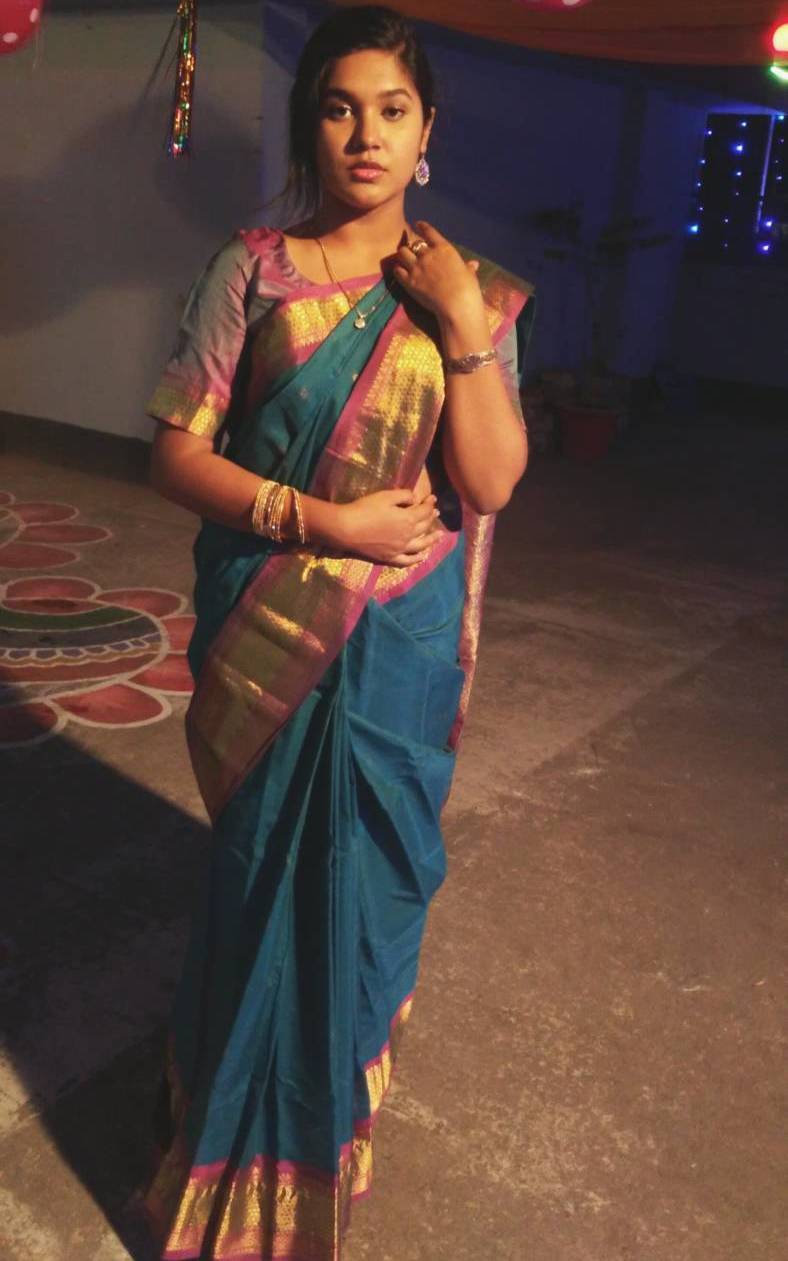
Sari length can vary based on region and style, but the saris that I have and Bengali style saris are often about 9 meters long. Sari blouses are often custom made – the fabric for them are made as part of the sari, and after purchase the wearer will separate the fabric for the blouse and make it in the style they prefer. The fabric for the blouse is usually an additional 1.5 meters long. I have some saris with the blouse already made (since I’ve worn them before) and some with the blouse fabric still attached. I decided to make a kilometre of my saris, sort of as a kilometre of my history and roots. Subsequently, this is the math I did: I counted each sari as 10.5 meters total (with the blouse fabric included)
So: 1 km = 1000 meters, 1000 meters/10.5 meters = 95.2= ~95 saris total.
After I did this math, I wasn’t even sure I had that many saris! I raided my closet and our storage closets and collected all the saris I could find and did an initial time-lapse video to count exactly 95 sarees! Turns out I had more than that too! Then I laid them all out on my bed (see below) and took a picture of every one of them individually as well. Here are the depiction(s) of my kilometre below:











Week 2: Marina Abramovic & Stillness Exercise
On Marina Abramovic: I just want to make a short comment on Abramovic after viewing her work and watching her film – on something that I think she does and that I actually really like. I really respect Marina Abramovic’s work in the sense that she relinquishes control of her body, but in the same sense, gains power in the freedom she allows her body to undergo. She lets others see and explore their own mistreatment of her body and gender (especially depending on the work), rather than necessarily only internalizing that feeling. From my personal experiences in looking at her work – I think that is why she is so comfortable and masterful with performance – I think that in the experience of it she finds a sense of inner understanding and peace – and she’s able to reflect that energy to her viewers – which in turn creates that cathartic experience for the participant. Even in her pieces that are mostly meant to engage with others – that release of control allows the participant to feel comfortable enough to do so themselves – and that is where you get those rare moments that people dream of having with Abramovic, where in sitting with her they get to delve into their deepest self. In her piece “Art must be beautiful, artist must be beautiful”, I really connected with the internal frustration, the sense of female rage that emanated from her action. Aside from her dedication to the action, there was a true involvement in the emotion behind her statement. The action itself is a direct testament to the feeling – women in my opinion are often not simply respected for their work, but must also be considered societally attractive for their work to be respected, and for them to be respected. I think with time this is changing, but the feeling is exactly that – you become trapped in your vanity because it is the only way you can be respected – but in the process, you feel like tearing your own hair out.
1 Hour Stillness Exercise: For this project, I had some experimentation and some trouble-shooting I went through. At first I sat in the corner platform of my stairs – we have a bunch of plants there. However, my mom runs a home daycare, and so not long into the process the kids my mom supervises see me at the top of the stairs and ask questions, as expected. So I ended up breaking my hour-long session, and decided to try again.
Soon after though, I took notice of a small space in my room, in between my desk and my bed. That space is always unoccupied, and I noticed that it was just wide enough for me to fit in. It made me think of the gap between my desk and my bed – which know have become most of my world, and how often I feel like I’m in limbo between the two. And looking at this space, I felt exactly that. I also decided to really try to take the hour to reassess myself, and truly spend an hour with myself. I did this twice as well – my first try was a bit of a fail and I wasn’t as still as I would’ve liked, so I tried again in a second position (as seen below). I had a lot of racing thoughts, but I think it was nice to sit and analyze myself, go over where I’ve been failing recently, where I’ve been struggling, where I’ve been thriving, etc. It’s been a super tough year – the hour to myself was really nice. At times I itched to get up and get back to work – and that was the worst struggle. I had to push myself to stay seated or in position. I felt so depleted, but I also felt like I had to get up and work. I kind of realized that being busy should not really be synonymous with being burnt out. I had to push myself to realize that it is okay to slow down, to enjoy myself. I often feel guilty when I’m not working on something, but I realized that I’m allowed to slow down and figure out why that is.
I had a really tough year (2020 and ongoing) with mental wellness – and it’s something I’m still working on and that I’ve also never experienced before. This exercise made me realize how mentally strong Marina Ambramovic must be – because there is a strength in being still, with only yourself. I think often many of us might be in go mode as a way to avoid our inner emotions and how we’re feeling. But Marina not only allows herself time, but she shares her self with others – and practices a full vulnerability in life that is truly admirable.
And in terms of the physicality as well – it’s much harder than it seems – whether sitting or otherwise. I finally understood how Kathryn (in class) described feeling – your body almost rejects the feeling and begins to react to the process. There’s a real physical effort in staying still. When sitting down my legs fell asleep twice and I had to extend them out because they were in so much pain. My back hurt, my bum hurt from sitting for so long, my neck hurt. When I was on my knees it was somewhat easier actually – I had very focused breathing however because somehow all my muscles were engaged – I felt like I was in a yoga pose almost. Marina’s training and art is truly full of so much depth and passion, more than I realized.
Week 3: Lee Walton, John Sasaki, Lenka Clayton, John Baldessari & Defenestration
On Lee Walton – Getting a feel for things: I like the integration of conceptual art as an exploration of semantics (kind of like Bruce Nauman) – especially now where almost all dialogue is often politicized (whether it’s done in due course or is unwarranted) – so I think Walton sort of prophesized the ridiculousness of semantics and how semantics can be even artistically configured to fit an exploration. It also allows art to be more comical and humorous – this sort of breaks down that barrier that might exist when we think of conceptual art – as he takes conceptual art quite literally.
My 6 Sentences
Lee Walton:
1) In any setting, move one object from it’s original place, and once you are satisfied, quietly go about your day.
2) Sit closely and quietly beside a stranger, and enjoy the company in silence.
John Sasaki:
3) On a sunny day, uselessly attempt to climb an unsupported ladder.
4) Drive your van into a narrow alleyway, and then proceed to turn back the other way.
Lenka Clayton:
5) Test how long you can bear separation anxiety from your toddler.
Exercise: Defenestrate objects. Photograph them in mid-air: I was quite unsure of how I wanted to go about this project. I didn’t have too many items I was comfortable throwing around. And then one night I was looking out my window and I realized that I wanted to explore how objects might look in the night. Eventually I came across the items I wanted to use as well. At first I experimented with a newspaper roll – but it felt sort of boring to be honest, I wasn’t interested in seeing how it might visualize because it had no individual movement and character.
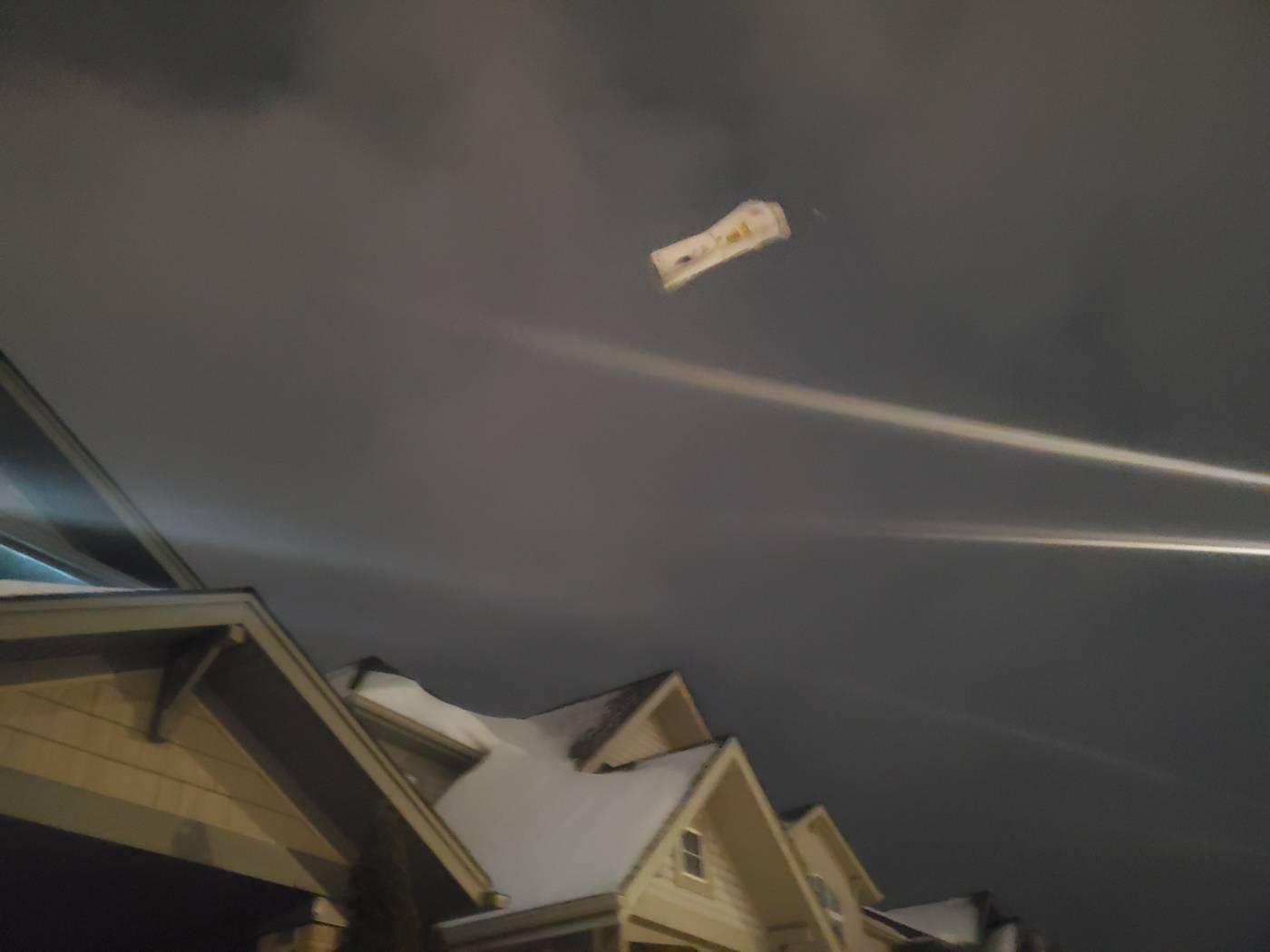
But then I realized: I might have just the thing. My birthday passed earlier this month – and one of my lovely friends had a balloon bouquet sent to my home. I took it apart and played around with throwing ribbon, the balloon portion and a gold foil weight – I had my mom throw them in the air whilst I tried to capture some images – and I really like the variation of light and movement that came from the process and that you can see in all the photos – I also unintentionally had included the moon in some of the photos and I quite like the effect is created:
Below are the images I took for the gold weight in the air – my personal favorite. There’s an effect of bright light and some great movement – it creates the image of something like a firework that really nicely contrasts the greyness of the sky surrounding it.






These are the photos of the ribbon thrown in the air and the balloons (below): I especially like the last balloon photos – the variation in camera focus created this lovely nostalgic tone and the colour scheme in the photo is so cohesive – it’s just a very satisfying photo:





Week 4: Adad Hannah & Social Distancing Artwork
On Adad Hannah: Adad Hannah’s work is interesting in that he investigates human behaviour by paralleling the experience in his artwork. His videos (both during the pandemic) and prior to, like the Burgher’s of Vancouver create a reaction in the viewer similar to Marina Abramovic’s The Artist is Present, where the viewer begins to analyze and monitor their own behaviour and emotion in response to the video of other individuals engaging in stillness.
There’s also a different power to a still video because that subtlety of movement (the humanistic shake) allows you as a viewer to imagine, to really feel the natural rhythm of the figure in each video, what their movements would probably feel and look like.
Adad Hannah observes people of every type it seems – he’s diverse in his selection and seems to select people in very naturalistic settings and routines. They’re different in their occupations, their lifestyles, and more, but through Hannah’s lens (and beyond) they get a moment to stand in solidarity whilst facing their lives during COVID-19. The portraits are like a snapshot in time – the environment continues naturally – people walk by and are unbothered. I think the importance lies in the simple humanity of these people. Especially when COVID-19 is looked at and investigated in a very wide-scale statistical way, it’s really nice to be able to focus on the individual journey each of us have in going through COVID, and how often sharing experiences can be so monumental in moving through it – again, in a time where almost everyone is learning to function more independently and more alone, Hannah’s videos are an insight to our collective human experiences, especially within the few moments we have outside of our homes.
I experimented with two Adad Hannah-style videos. My parents did not want to be filmed, so my options were pretty limited. I was speaking with my younger brother and we both sort of realized that our relationship with screen-time really changed during COVID-19 – so I decided I wanted to explore what that relationship might look like for each of us.
I was sure to center our figures as much as possible, like Hannah so we were the main focus, but my portraits do differ in that my brother engages with the camera, while I do not. Our videos are also inside. I do think my brother’s is the stronger of the two, my video was just initial experimentation. Mine took a bit of extra work – I had to tape my phone to my ceiling, and I think that the distance was 2-3m, whereas my brother’s video was definitely filmed from 5 feet away.
Week 6: Thoughts on the Mask: Reflections on Darcy Steinke, Maurizio Cattelan, Cindy Sherman, Erwin Wurm, Janine Antoni, and Others.
On Darcy Steinke’s “Turn and Face the Strange”:
Describe a situation from your recent experience where not seeing faces has caused significant misunderstanding, confusion, or grief: Often when I think of not seeing faces or understanding the message I might be receiving from an individual (in terms of body language), there are both positive and negative experiences that come to mind. In the past I’ve had the embarrassing scenario or waving back to or saying hi to someone that wasn’t speaking to me, but it is interesting how often that happens now due to masks. The more significant (and unfortunately negative) scenario I’ve had due to not being able to see full faces due to masking is the amount of public sexual harassment, catcalling and uncomfortable behaviour from men I’ve received. Steinke mentioned that overtime she has felt less interesting to men and that the mask (among other things) further emphasizes the experience of becoming invisible. But I might argue that the mask at times dehumanizes me as a woman, makes it easier for inappropriate men to dissect my body and objectify it as a separate identity. It makes me invisible but makes my body into a mannequin for display. As mentioned by Steinke, not seeing my family and friends creates this feeling of almost floating within an empty abyss. And then if and when I am violated, I begin a free drop within the abyss, and lose myself. This feeling sort of exists in general for me as a woman in public, but the pandemic, masking, and the ratio of these occurrences in comparison to how little I venture outside my home amplifies the experience tenfold. I grieve for the self, and for the loss of what little control I had over my body.
Which of the faces discussed in the text were of particular interest to you and your experience? How do you think about these faces?: What I found quite interesting was the discussion of racial identity functioning as a mask, whether the mask be applied by a specific POC as a shield or by a white individual in the name of oppression or even understanding. It was interesting to hear about people experimenting with blackface experiencing the sort of extreme burnout or fatigue that comes with the experience and attempting to control the amount of experience they want to have. There is always an irony in the fact that the individual who often doesn’t require the mask in the first place, can decide when and where to put it on, or take it off.
Who are you without your face? How is your experience different without your face in public? Can you imagine new ways to face the world?: To be quite honest my face is where a lot of my confidence lies. Especially as a women of South Asian culture my body is secondary to my face. If I go out, my outfits might be quite similar in styling, but my face, my makeup is what I play with to feel ready to head out. Sometimes when heading out there is comfort in knowing I don’t have to show my face; at times I feel way more comfortable not wearing makeup and wearing some baggy sweats and a tee – I know that I’m relatively hidden, and in this sense it no longer matters. But I will say that in my life, taking the time every morning or day to become “presentable” in my eyes was the way that I spent time with myself. It was the way that I was able to prep for a day, feel ready to conquer my goals and energize myself. And that experience is something that is now few and far between, and I miss it greatly. I think now I still try to take the time to present myself – and work with what I have. False eyelashes and colourful eyeshadow have been my new best friend, and hair products are also a bit of a new priority too.
Alternative Masks Exercise: I was actually quite inspired in this exercise – I had lots of fun and enjoyed exploring the different meanings I could create in altering my “mask”. I even went back in my previous work – and found this image I took in SART1050 that I felt was very fitting as a sort of mask, so I’ve attached it here as a sort of prequel:
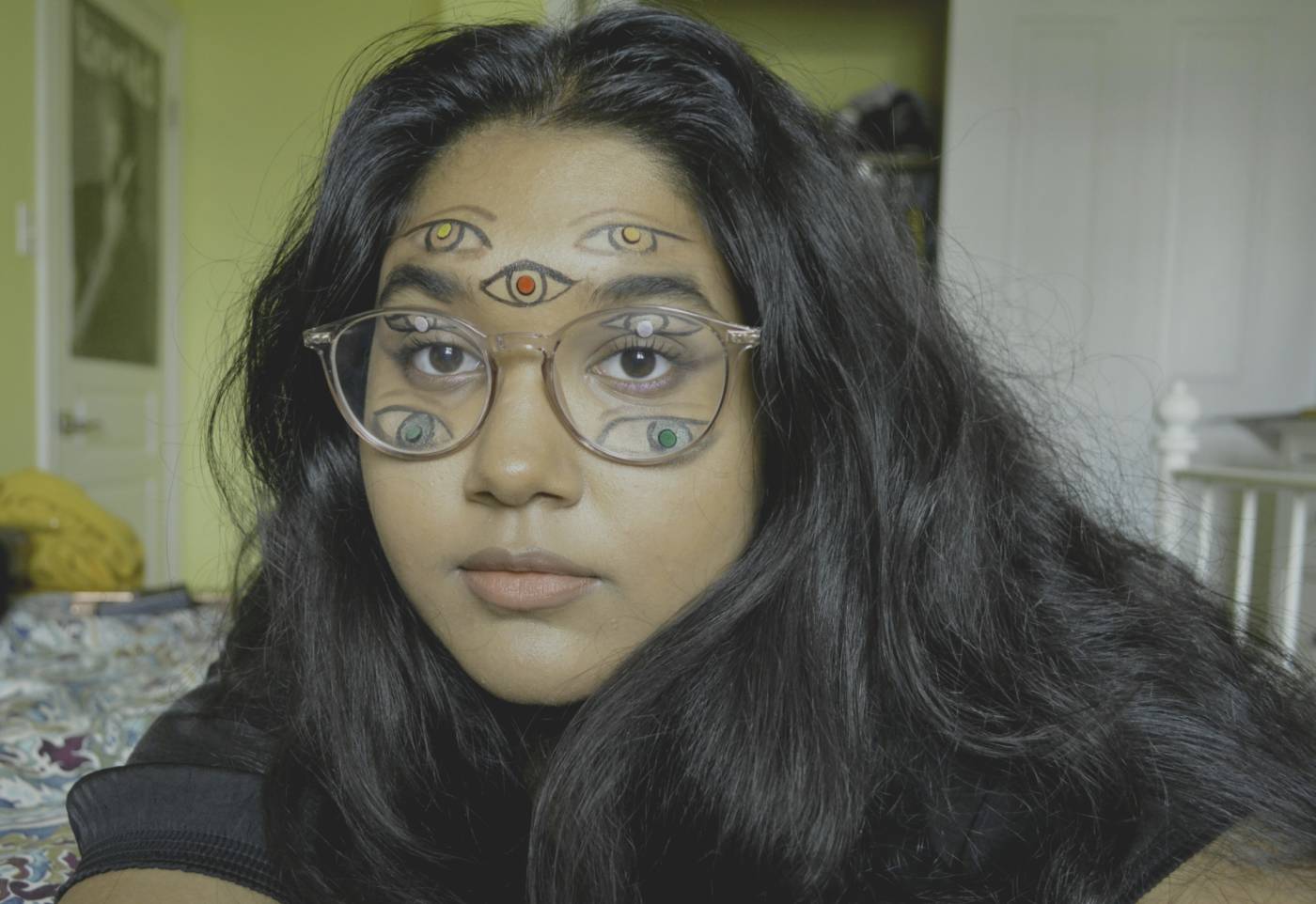
Here are my masks that I created. There are more than three, but I’ve categorized them so that you have different angles or poses in the same type of mask. Initially I was inspired by Janine Antoni and her “disguise-based” masks and work. I thought of her investigation into identity and purpose, and additionally thought of the reflections I made above on Steinke’s article. Based on this I created the following “masks”.
Hair felt like a good-starting point – hair plays a big role in my presentation, identity and self-image. But in understanding that it can also be a sort of shield for me I decided to experiment in imagery that shows how it often can control some of my choices.
Then I moved on to make-up. Make-up can function as a mask and a shield for me – so I decided to see if I could sort of camouflage myself in makeup. I was inspired by Janine Antoni and by Sol Lewitt as well in terms of the layout of all the makeup swatches. And yes, my skin is crying underneath.
In removing the makeup (which was very difficult) I found myself in a new state of reflection. Could my makeup really become a true face covering? In the moment I stuck my micellar water and makeup soaked pads onto my face and snapped a quick picture. As a note, this was gross. Don’t try this at home.
This was a small experimentation based off some inspiration from Jan Hakon Erichsen and Erwin Wurm. I found some tissue paper in my room and stuck it up my nose. Surprisingly, it’s a rather charming photo to me (save for the first image), and is so opposite to my actual experience of the pandemic.
Finally, I was really inspired by Jackie Nickerson’s work and immediately thought of this South Asian long drape I have. The patterning was so naturally attuned to what the pandemic feels like most of the time – and I especially like that the sheer quality of the fabric allows the impression of my face to peek through – it makes the tonality and messaging of the drape even more intense in my opinion.
Weeks 7-9: Audio Art
On John Cage’s Interview: It’s quite interesting that Cage makes clear the fact that music, in reality, doesn’t have to mean anything. He said it so simply and it was quite a shock to hear, and even more interesting to have to think about. But it’s true – music if you really delve into it functions as a conceptual art piece with no true bounds to it’s expression, save the medium the work is formatted into. But sounds can be experimented with in any way really – and it can become impactful to a million people or just one – but it would still always exist as a piece of music. I also enjoyed his thoughts on how he didn’t like sound to be a puzzle – often we overlook the emotional experience and resonance that occurs in very simple and direct noises. For example, the uncomplicated sounds of nature are calming to many people, baby toys and old nursery rhymes are a consistent and classic form of nostalgia, and old songs from our childhood become faded memories that we end up sharing with our families. The idea reminds me of that audio clip that we were shown in class called “Forgotten School Song”, and how endearing that audio piece was. Simple, charming, and actually a quite meaningful insight into the way memory functions as a marker and as our inner child.
On Daniel Olson’s Thumbrolley: Olson essentially played various toy musical instruments as his prompt. His piece however deviates from the expectation of what musical instruments might sound like. To me, the sounds are more calming, reminiscent of traditional sound bowls compared to loud nursery songs, electronic noises, or even the “loving” memory of children incessantly banging on toy instruments (Initially I was apprehensive of this piece since my family owns a daycare – but this was a nice surprise). Film scoring is often created to amplify the mood or tone of a scene – whilst this audio piece exists as an outside force – not entirely linked to one specific emotion or event. There seems to be a slower experimentation present – Olson seems to have experimented with the sounds to hear how long they extend, the sort of “wave pattern” or vibrato that each sound makes, and also seems to have experimented with the actual musicality of the toys – it sounds like he’s trying to see which sounds are complimentary to one another, and which sounds aren’t. There’s a cycle of singular notes, which then overlap with notes played together – I can sort of visualize the two short drumsticks being hit and tapped along the toy. The effect is quite calming – and sort of functions as this meditative yet nostalgic experience. It reminds me of those moments of comfort and quiet within childhood especially.
On Christian Marclay: In watching Marclay’s short documentary, I thoroughly enjoyed seeing the literal investigation into lingual meaning and sound in repetition. I also found it interesting that he experimented with vinyl records – specifically in terms of what musical sounds they might make in the literal sense. It sort of functions as this layered investigation into the noises instruments make – in this comical and interesting form of irony within its extremely literal interpretation of the prompt. Marclay also clear investigates the role of sound as a marker for social behaviours and patterns, such as his “Hello” piece. And his influence in this regard is similar to Laurel Woodcock and Dave Dyment, and seems to be visible in student works as well, such as Carmen Mattear’s Love, in Kathyrn’s 60 “Seconds” in Under a Minute and Maddi’s Name piece from class. His work is also somewhat reminiscent of Daniel Olson’s Thumbrolley, but in a way that is more experimental, and comical in practice – it’s more of a consistent investigation done consecutively by both the artist and the listener, whilst Olson’s piece is a themed piece with a specific language of memory and effect on the listener.
On Marclay’s Guitar Drag: Marclay extends his original prompt from his documentary (Make noises that a musical instrument might have) using vinyls further, using a guitar instead to create this eerie, uncomfortable and loud noise that quite literally, drags on. It is sort of reminiscent of the musical sound that happens when you drag your fingers along the strings of the guitar – but in an almost radical and angry expression of the idea. The drag allows for this randomized freedom of expression – but reminds me of horror movies and the building soundtrack that occurs in moments of extreme tension. There also seems to be some repetition present – which may be something to sort of add mystery to the possible editing and conceptualization of the piece – it forces the listener to question whether editing played a part – whether audio was only recorded up to a certain distance away and then looped so sound was consistent all the way through the piece, etc.
On Kelly Mark: To me, Mark’s work is reminiscent of John Cage’s thoughts in his interview, and in his mentality. She sort of has this perfect amalgamation of Thumbrolley’s effect, whilst using the more literal style of artists like Marclay, and perfectly utilizes pause and silence like in John Cage’s work. It’s very direct and honest – and Mark doesn’t manipulate her pieces and her sounds to create an altered meaning. She, like Cage, uses sound in it’s everyday form, in order to investigate it’s impact and human response.
On Mark’s I Really Should: Kelly Mark quite literally goes through a list of things she should really get done. The messaging itself is extremely relatable (there’s a lot of things always left to get done) but the repetition creates this depressive feeling. It functions entirely differently from music or film scoring, and instead acts as an internal dialogue that loops essentially, with new tasks being added. Eventually it sounds the way those psychedelic trippy art videos look – forever ongoing without any seeming end, every addition ringing louder and louder in my ears.

I can also imagine how long it may have taken Mark to prepare for the work – I’m curious about the process of conception itself – she may have possibly had a list prepared well ahead of time – or maybe it was on the spot. However, she maintained interest quite effectively, in the specific tasks she mentioned. Some of her tasks were quite essential, or even emotional; there seemed to be a sort of sorry behind each one. Other tasks were seemingly meaningless, but interesting nonetheless. Again, her piece really exemplified the way our thought process might give way to becoming overwhelmed, anxious, sad and stressed – and made me think of the way we attribute responsibility to ourselves – often we are much harder on ourselves than others.
Audio Piece Ideas/Proposals:
1) Vegetable Violence – the sound of cooking as a microscopic and ironic look into environmental destruction – I specifically thought of this work as something inspired by Marclay’s and Matthew Saywer’s work – sort of this fun rethinking of an albeit regular noise
2) What is Unsaid – Recently I was watching Meghan Markle’s interview with Oprah and I sort of noticed how effectively pause was used – in other words, the absence of noise. I’m curious to see how I might record this noise – or sort of catch the hesitation in conversation as a separate emotive noise
3) Broken Telephone – I wanted to explore technology as a barrier – I’m interested in depicting what often happens in zoom calls – i.e., the lag, the breaking up that can sometimes be such a barrier in conversations, especially emotional and serious ones. This audio piece can be played off as this almost comical piece as well, where a serious conversation is continually cut off – and could also function as a commentary on avoiding the uncomfortable.
4) What It Is To Be in Love – I was also thinking of possibly collecting snippets of songs that make me sad – or specific moments that make me feel entirely vulnerable – I might even try to collect the emotional response to the music – because I’ve always been surprised when I’ve cried to music – and I was wondering if I could end up collecting that experience.
My Completed Audio Piece(s):
I ended up completing three audio pieces in total.
Firstly, I created Veggie Violence. This piece in it’s creation was quite simple. I just cut some veggies. I wanted to mostly experiment with how uncomfortable and unnerving I could make the noises – and how far I could push the range of noises. I experimented a lot with the moving around of the knife as well, and also handled some veggies as well to make noise in that sense as well. I took inspiration from Olson in the sort of “one-take” fashion of the piece, but my main inspiration was from Marclay’s Guitar Drag and Matthew Sawyer’s Piss Record – in terms of how uncomfortable the noises – and the conceptualization of a sort of story with items and noises that often have entirely different connotations.
Then I created Broken Telephone. The process for this one was harder than I expected – but luckily my mom calls abroad and long-distance often and so anytime she would have a call abroad I would sort of sit and wait until a lag happened and would go ahead and record them. It took a while, but I managed to collect enough sound clips to be able to use. In terms of this piece I was sort of inspired by Kelly Mark and John Cage in their emotional honesty and really smart use of silence as a tool in their works, but I was also inspired by The User’s Dot-Matrix Symphony as well. Because of The User I actually ended up creating a second piece called You Seem to Be Lagging, that only consists of those glitchy disconnected noises and no additional noise. I think both have different tones and experiences, but I enjoyed both (even though making Broken Telephone was a little more awkward).
Weeks 10-12: My Conceptual Portrait
Conceptual Portrait Ideas/Proposal:
1) A collection of my singular moments of joy, based on funny moments with friends, and family. This idea was sort of inspired by John Cage stating that laughter needs no meaning. I am considering a collection of items or words by chance? For example, I have a list of words that I add to every-time my friend messes up a word in a ridiculous sort of manner, whether it be over text, call or in-person. This piece can also be done in reference to On Kawara, in the sense of recording time through subjective means – motifs and symbols that are personal and depict a sense of a journey over time. This work can alternatively be reminiscent of John Baldessari. Baldessari’s work reminds me of having to write lines back in elementary school when you get in trouble. But I can also see the process of actualization that Baldessari goes through in what he writes – he becomes the writing itself. In this way, it might be interesting to see how written forms of memory can shape my identity and journey with my relationships over time.
2) Another idea I have is based off Sophie Callie’s work. She essentially records the variation in the visualization of universal human experience, but I’d be very curious to see what that might look like from one person instead of say, twenty. Below is the jot notes for this idea:
- A series of videos with me looking for something (this can function as a metaphorical concept or a literal one)
- Different vantage points, different shots
- They can be one after another – or be put together at all once as a collective “Where is it?”
- At the end maybe it can be found? – what is it? – a small paper airplane (emotional value – a callback to Callie’s work).
My Conceptual Portrait:
I decided to create a timeline of my emotional journey with someone – through the depiction and collection of mementos over a period of 19 months. It is quite literally titled How I Fall In Love With You: A Timeline of Monthly Mementos. I decided that amongst all the chaos that I wanted to create something a bit more lovely and quiet and sweet. Especially considering that the person this piece is about is one of the better parts of my life. I really hope they never find this website. Anyhow. I was inspired by Kawara’s exploration of time as the main set-up, and then wanted to create an emotion-based collection of items. It’s based off of my first proposal but with a few changes so that the overall piece is more streamlined.
The project took some deep thinking. Firstly I created a list of specific times in my life that I wanted to mark within the piece. I’ve known this person for a few years, but I decided to record 19 months specifically. Originally I had included texts and conversations and notes I had shared with them – but then decided that I wanted each object to speak for itself and have their own sense of mystery. I also felt like the individual objects create a more elevated discussion with the viewer – where the true significance might be only known to me, but the viewer can ask and question what the significance of each memento might be. There’s also a universality in that even the most insignificant or random objects can have emotional value – and there’s always a sense of connection that can be found in that aspect. Each object is a specific symbol for a memory I have with that person for each month I have loved them, or something that built my relationship with them or my understanding of them. Objects are specific to their chronological month, but I won’t share which month the series starts with (I don’t think that it matters). And some objects are just things that remind me of them, and have nothing to do with them at all. Overall I think keeping it relatively anonymous is what makes it visually and conceptually interesting. Currently this is an individual project, but it could become a larger project, like that of Sophie Callie’s.
In a perfect in-person world each object or picture would be framed and set up in one long line that would be ongoing as the months and years continue. But I’ve tried to arrange them below in a chronological grid order (from left to right). Each image is the same size (or ratio of 3:4).
How I Fall In Love With You: A Timeline of Monthly Mementos
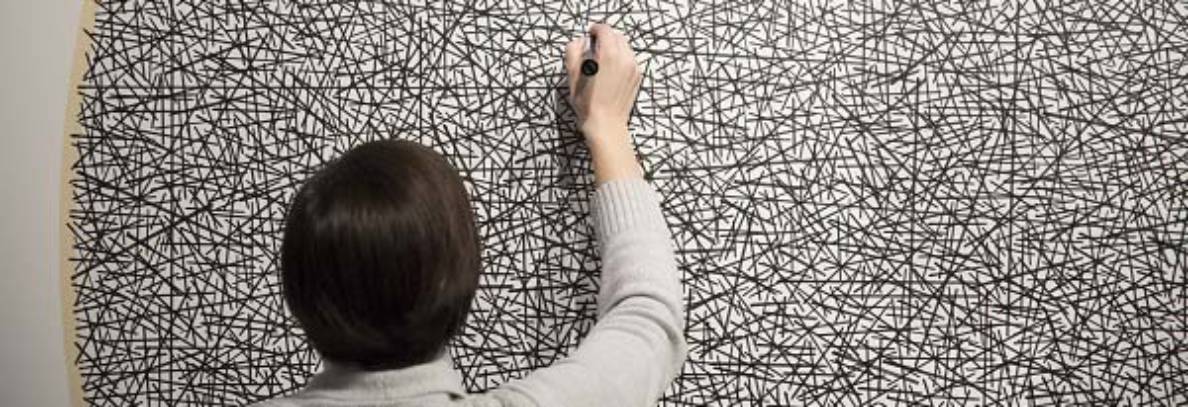
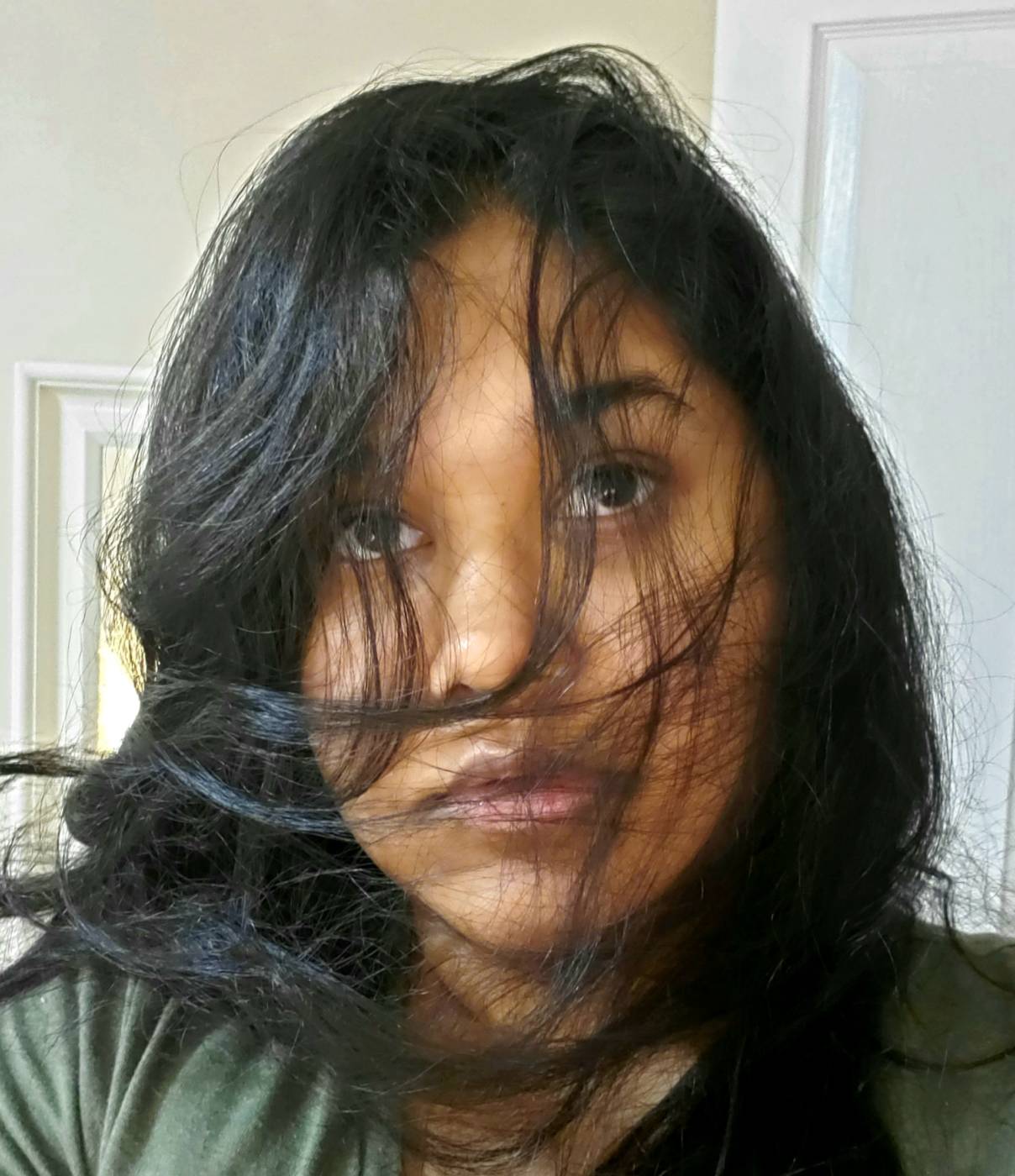
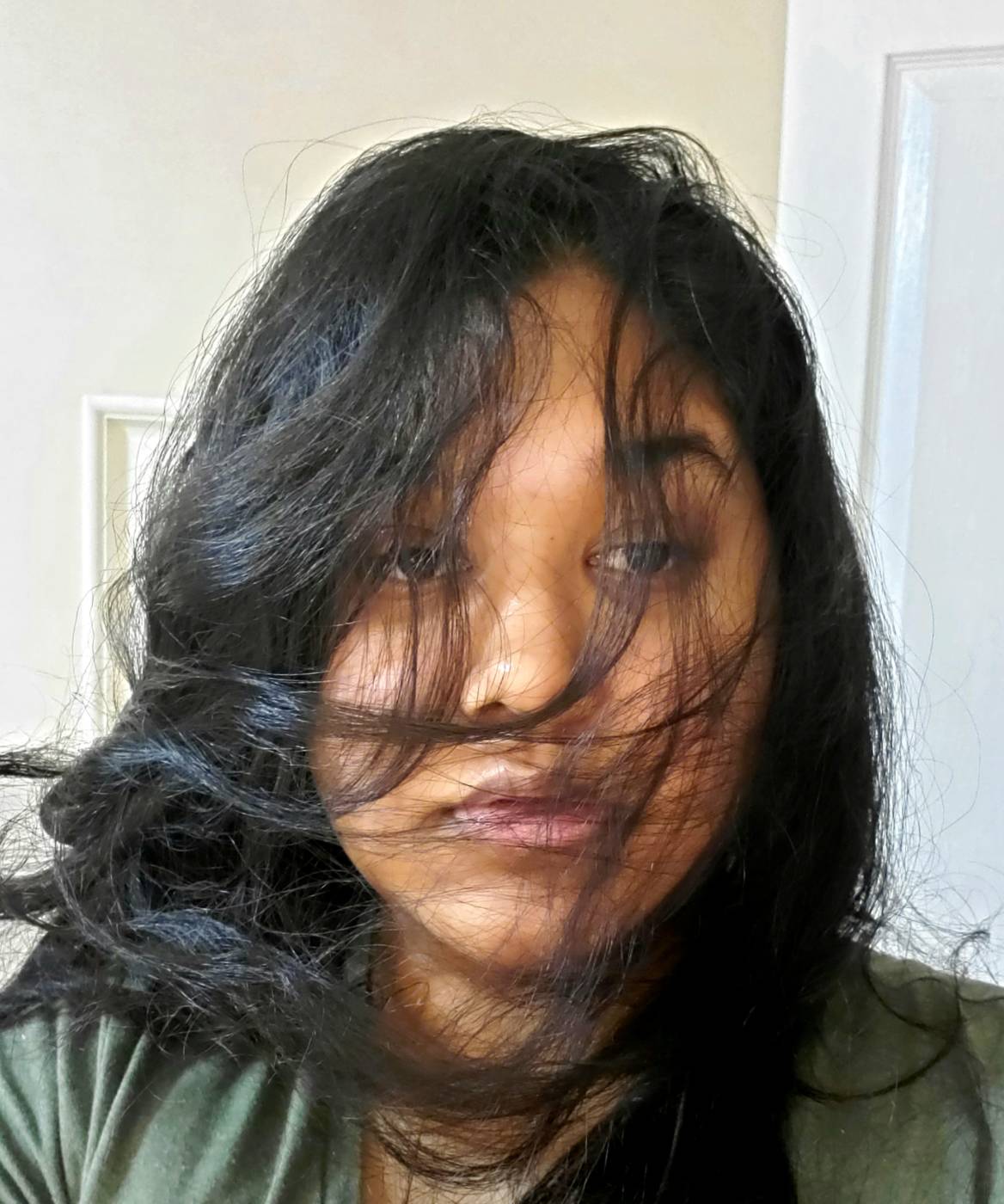
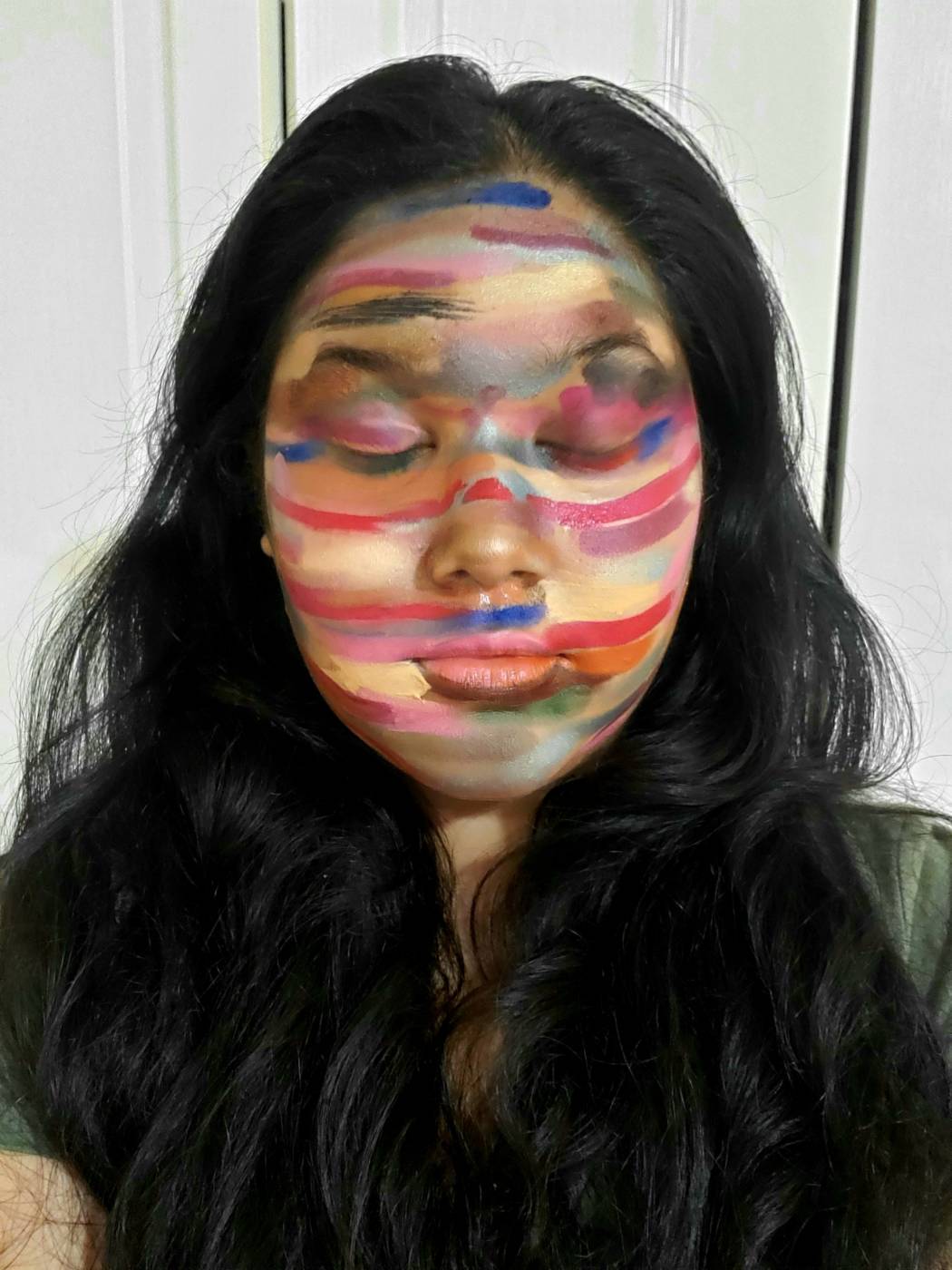
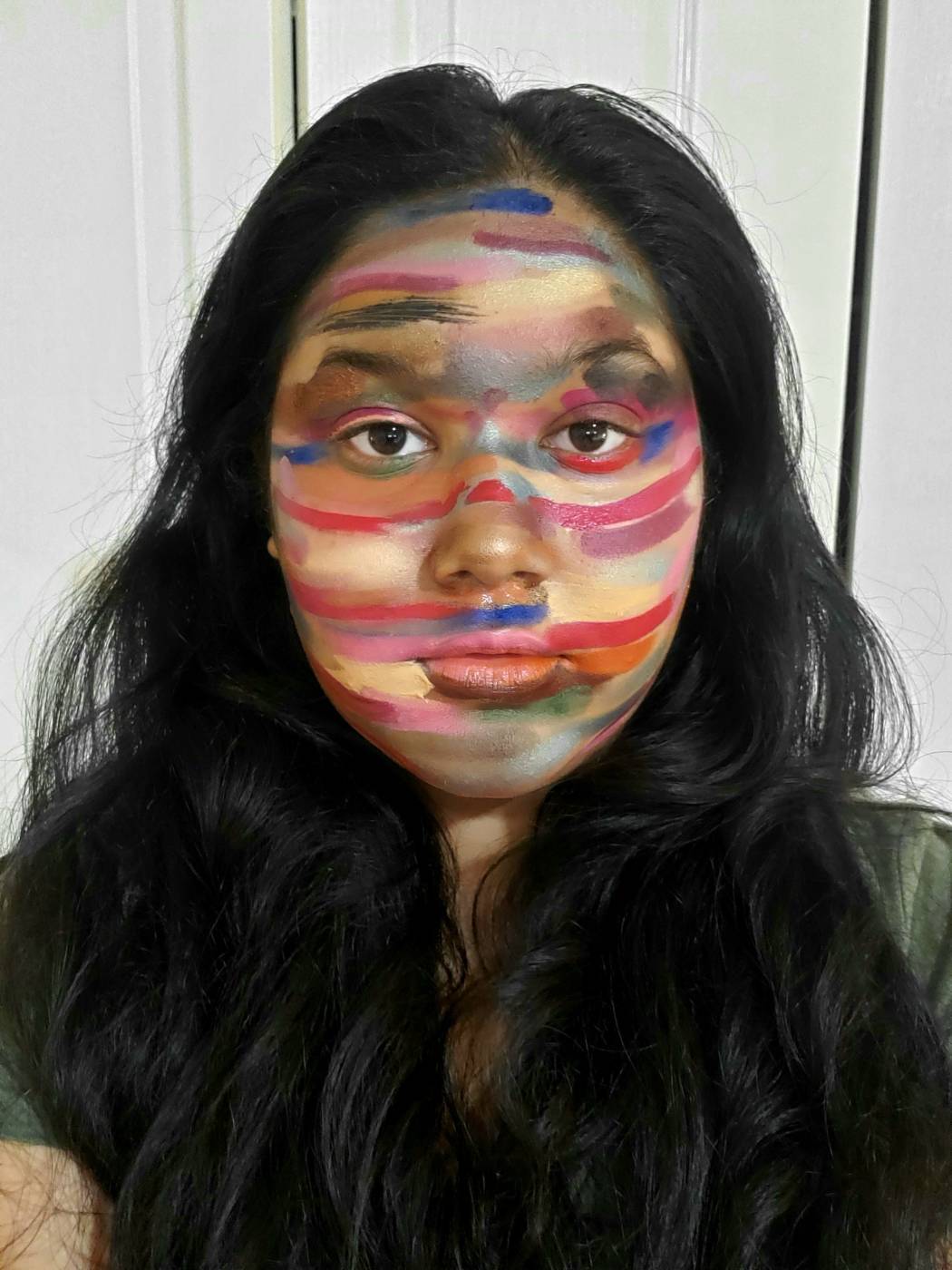

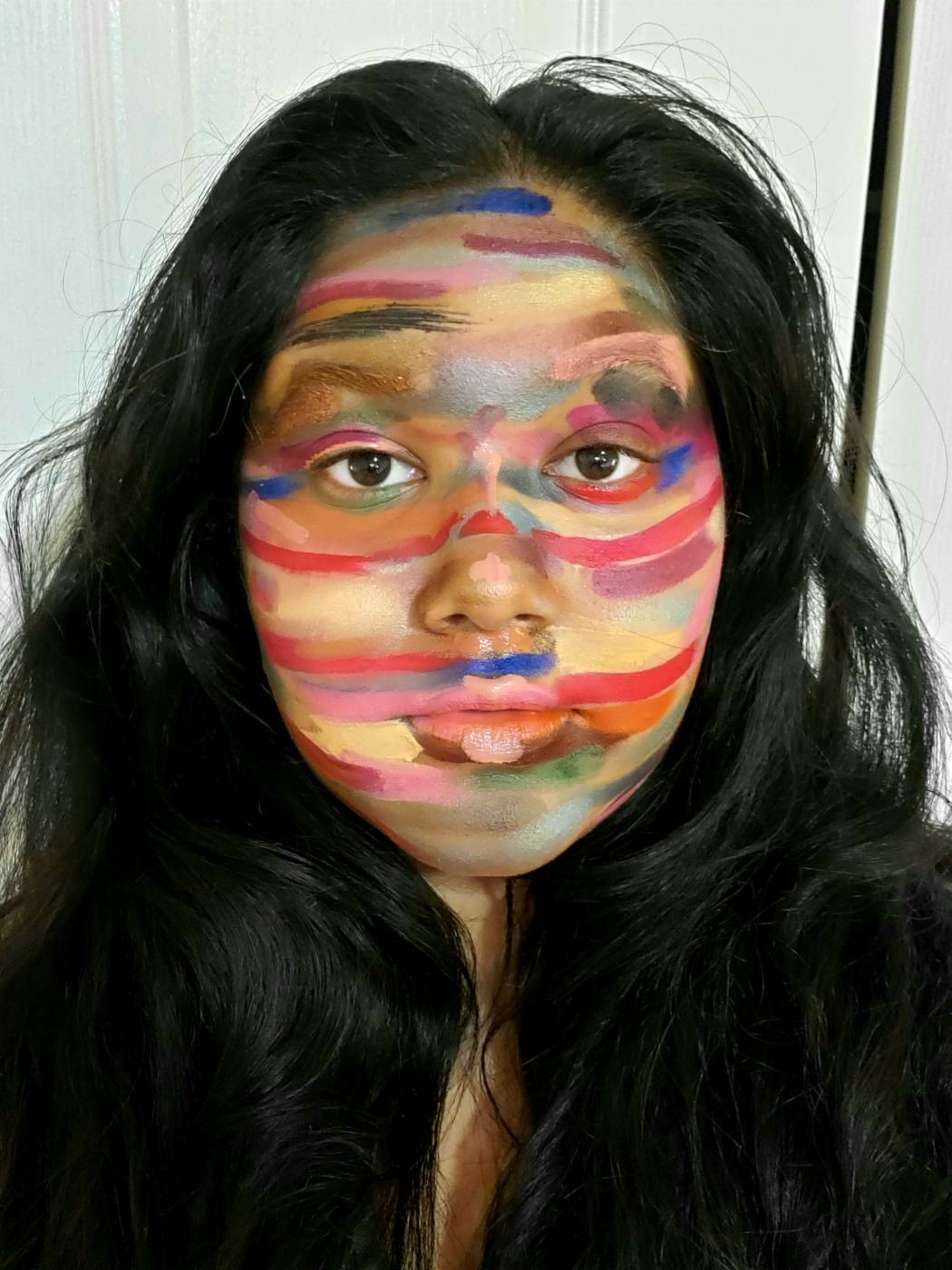
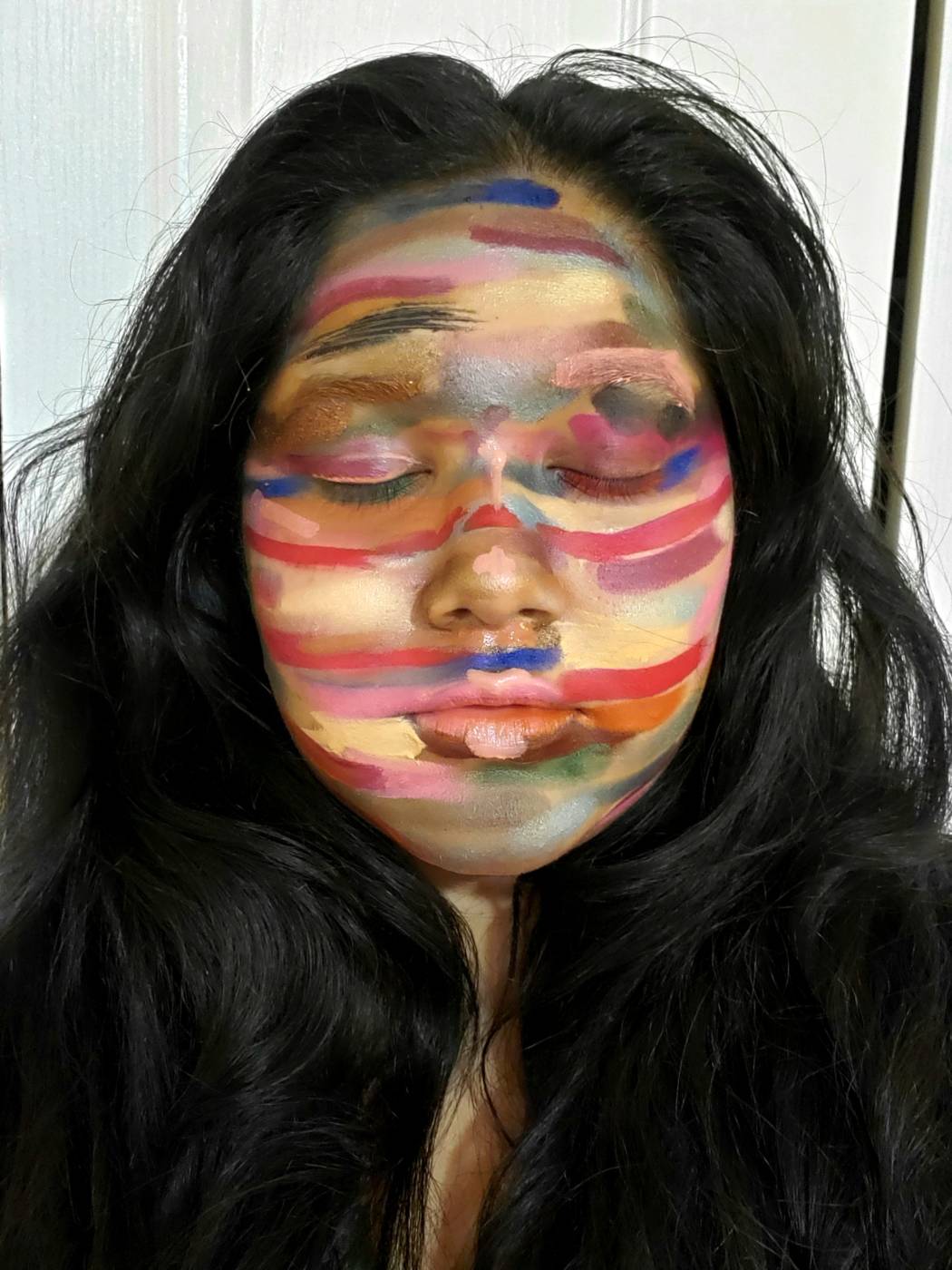

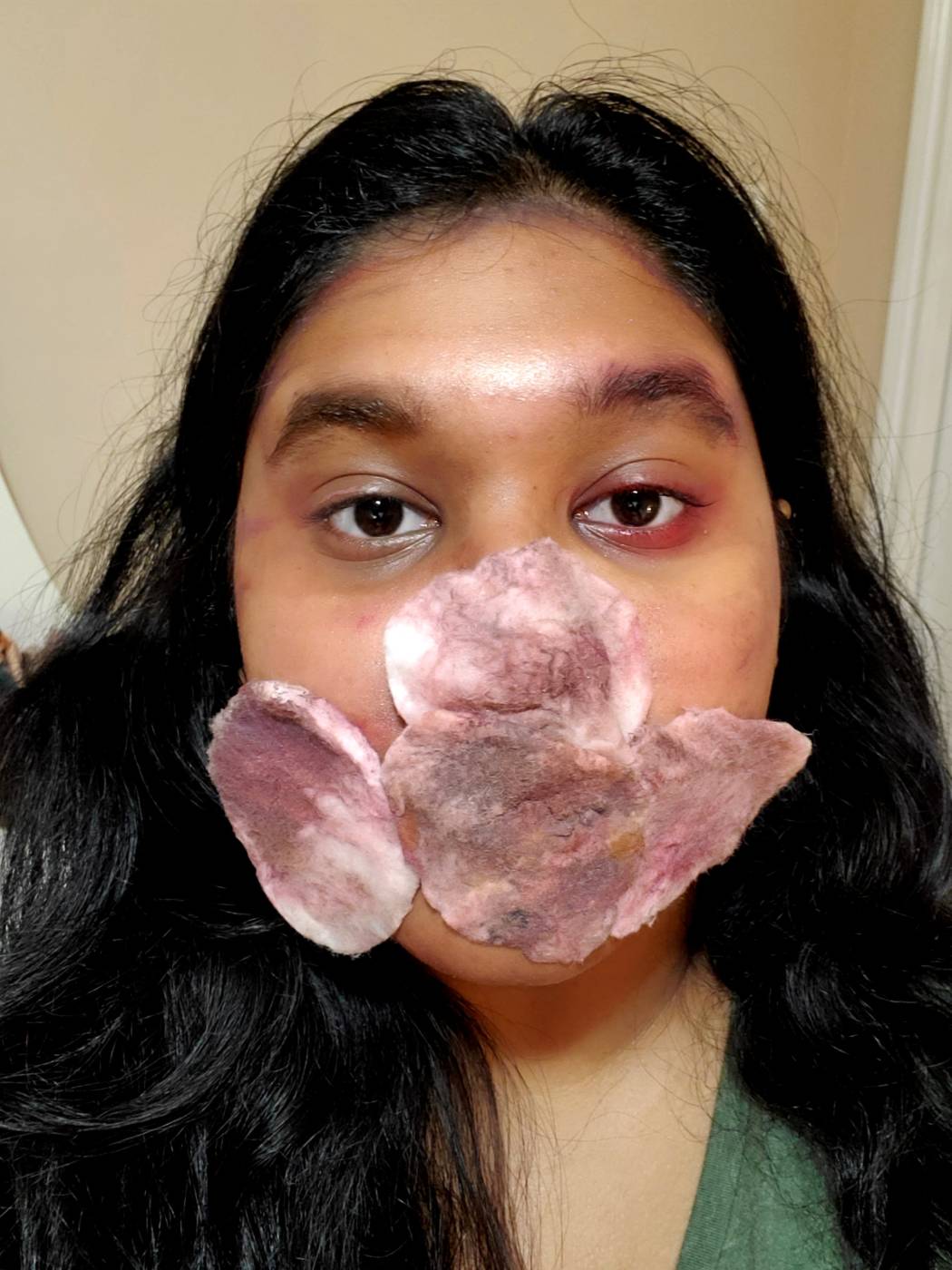
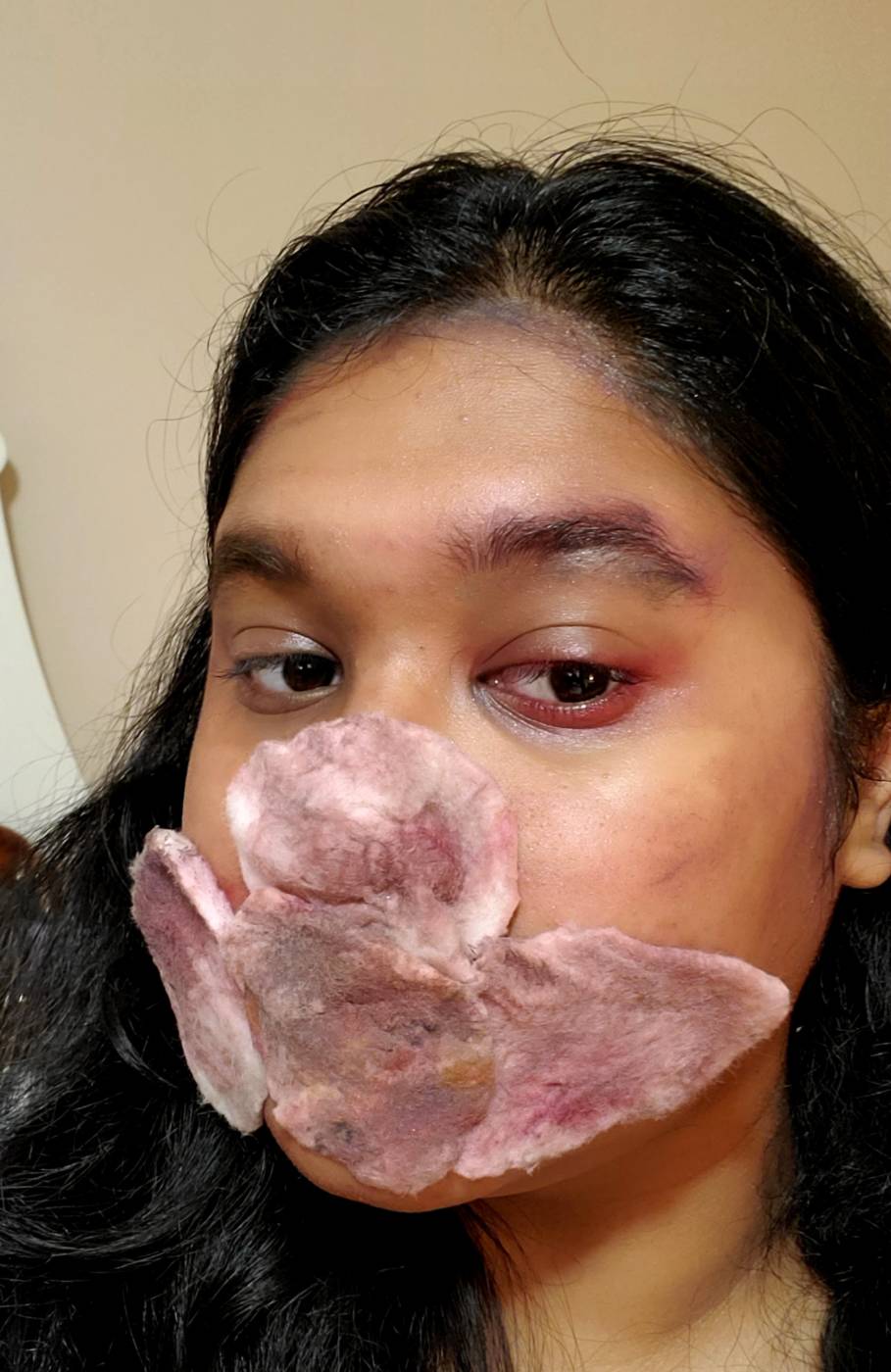
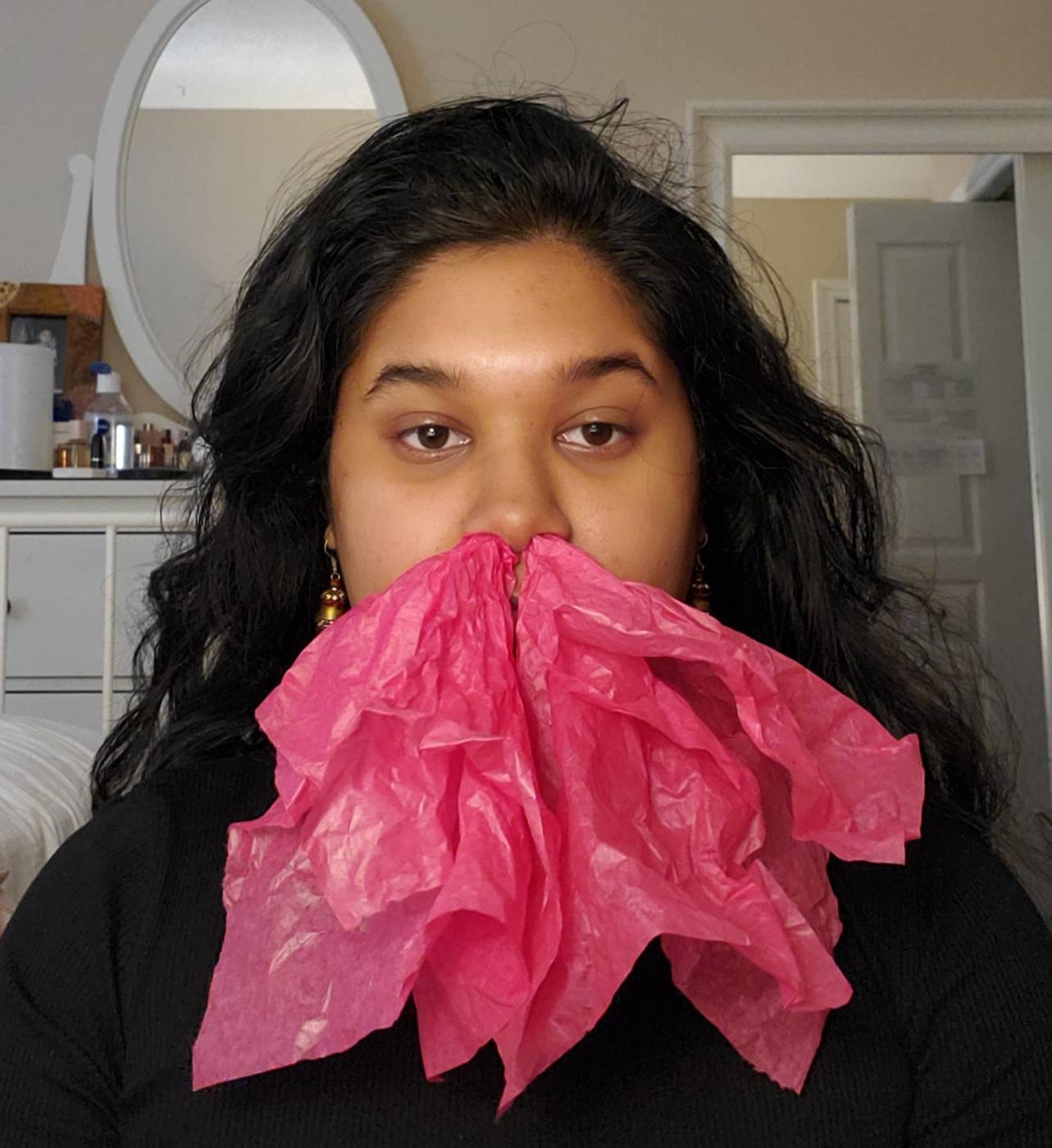
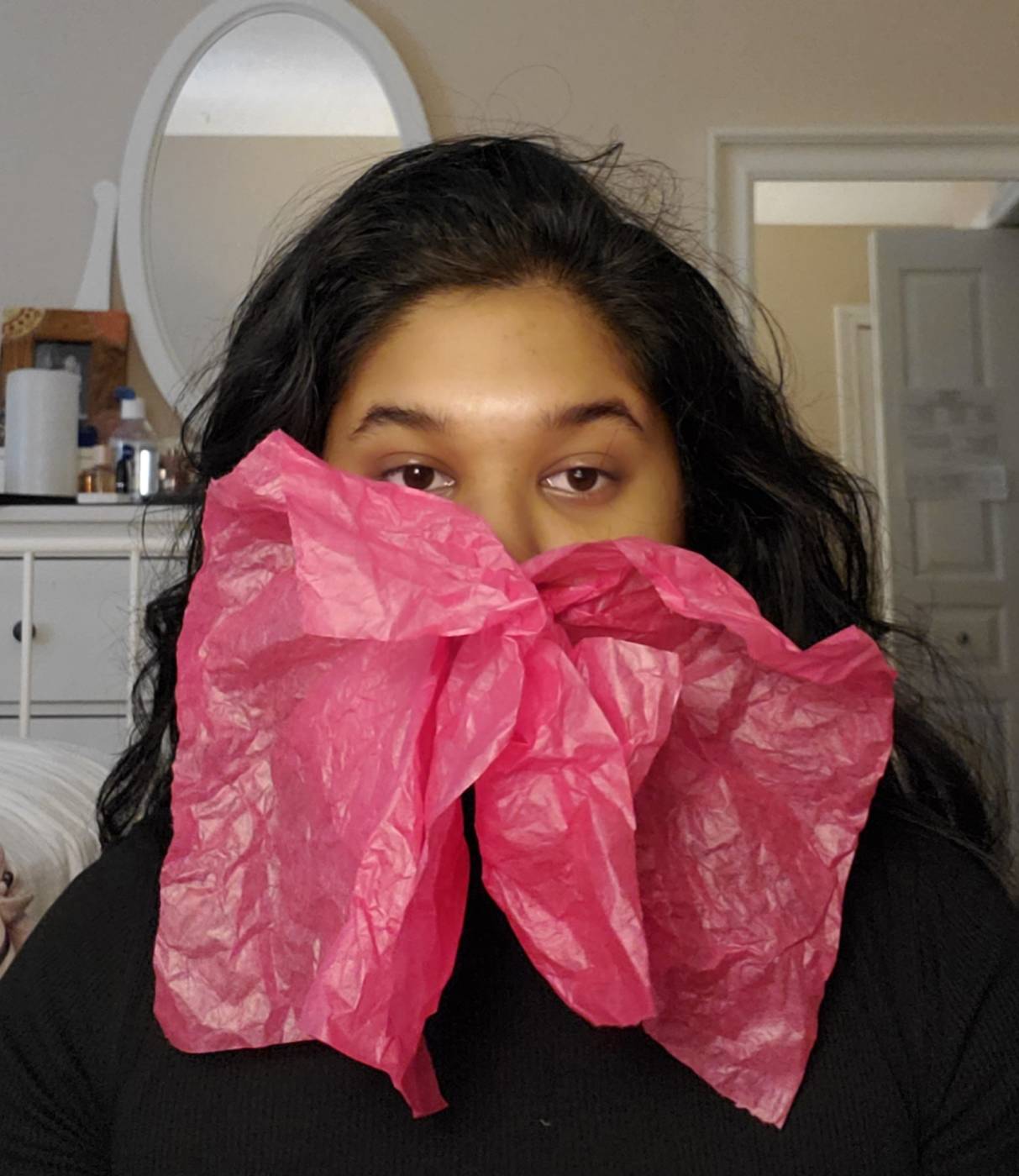
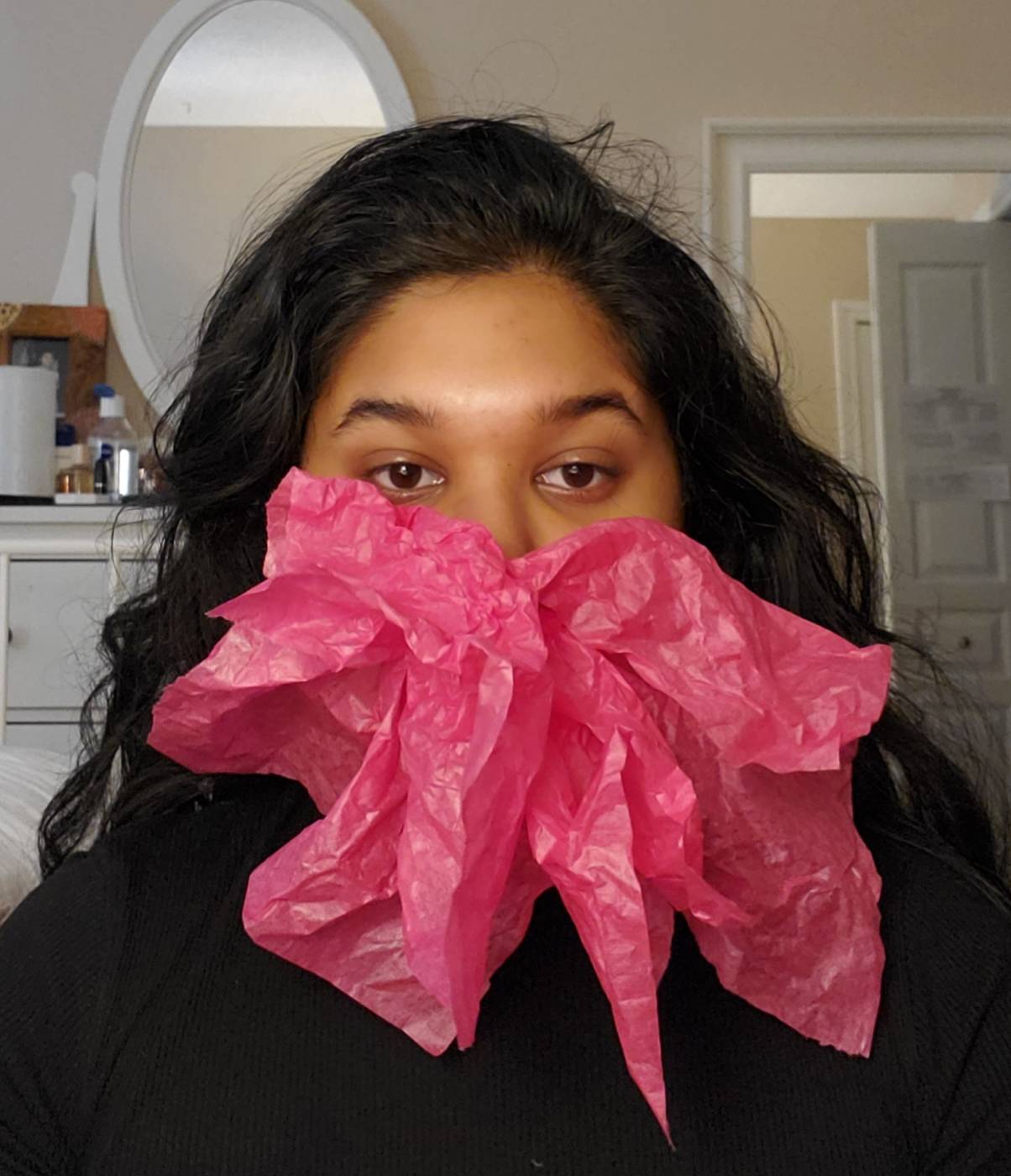
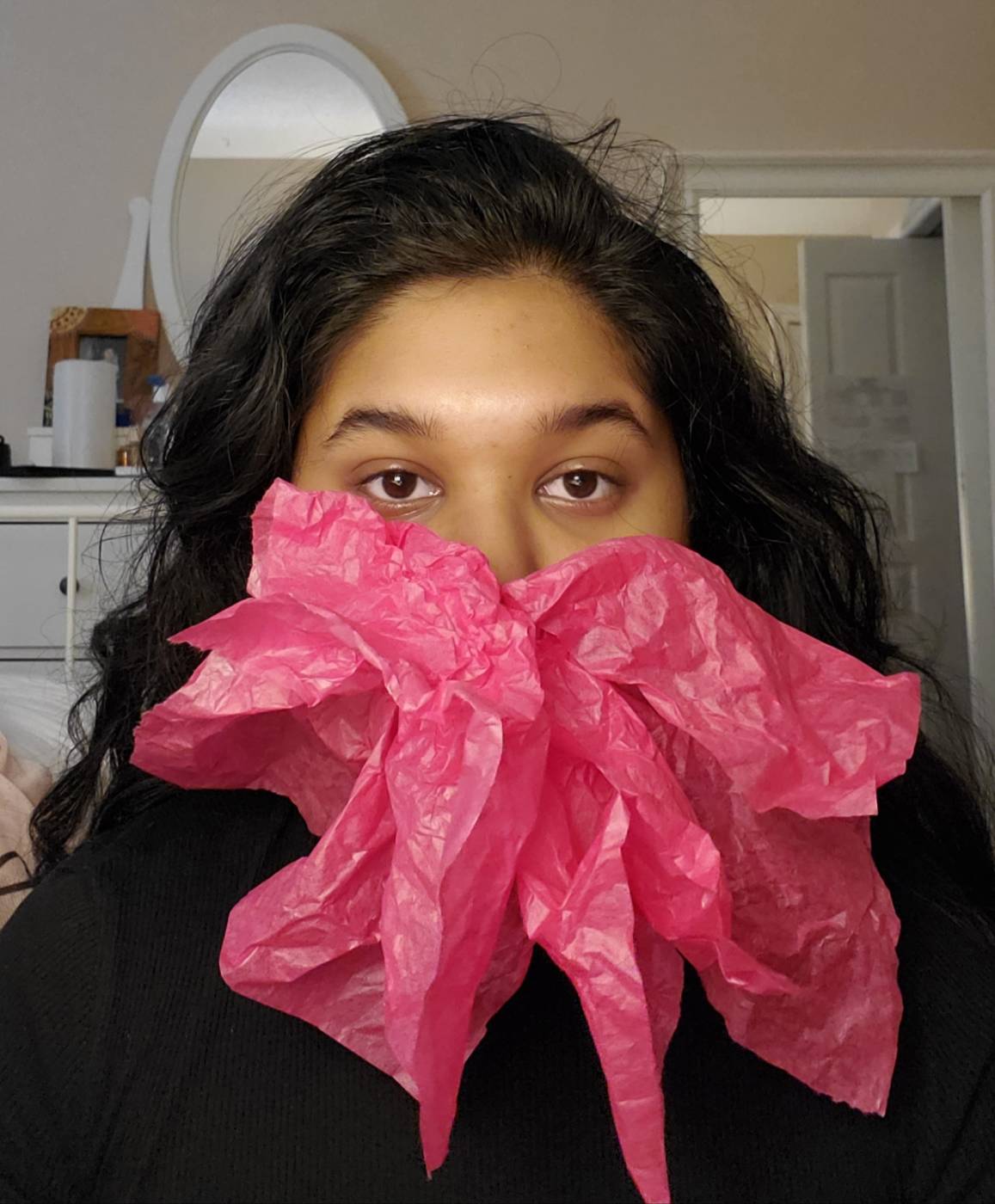
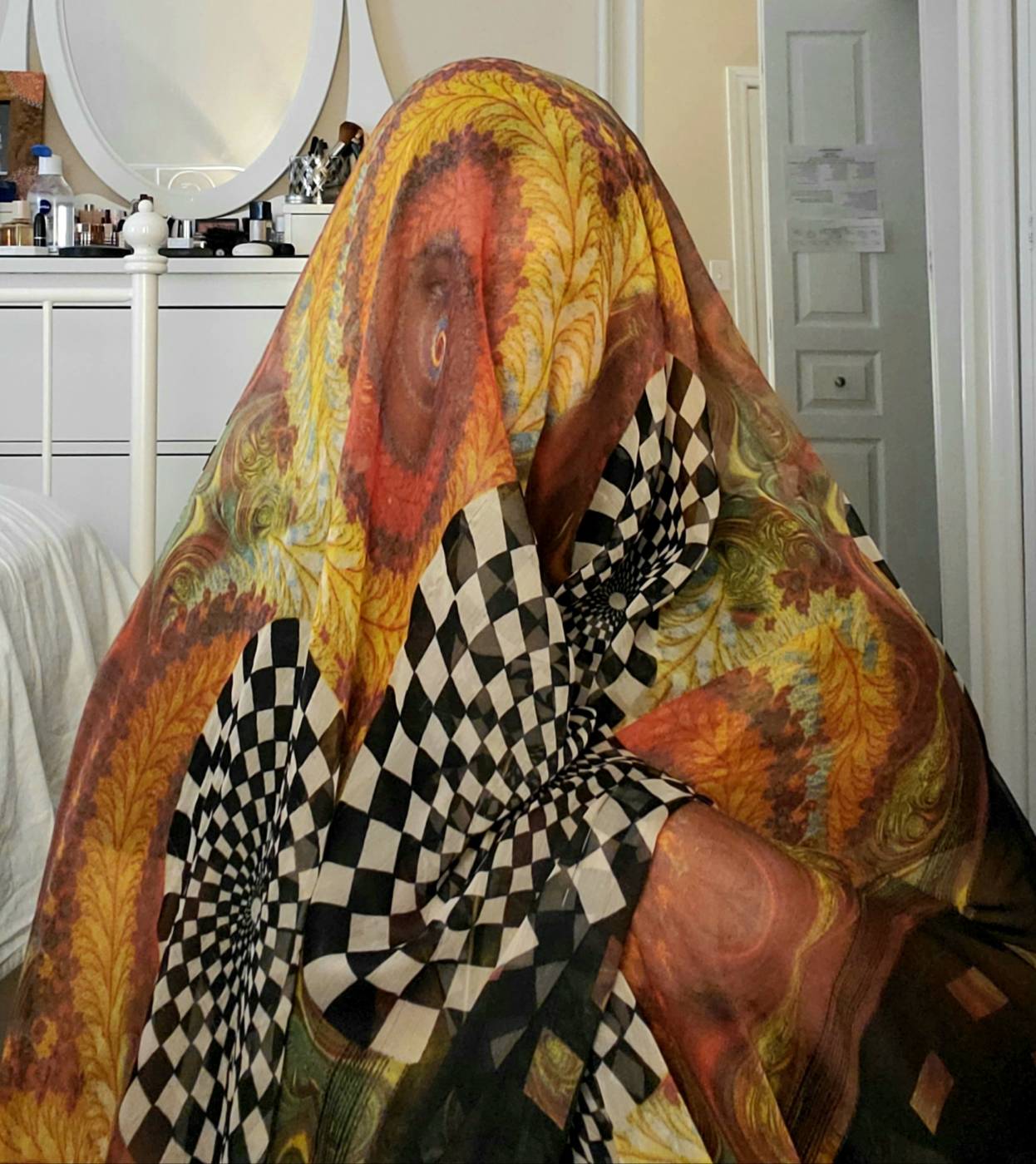
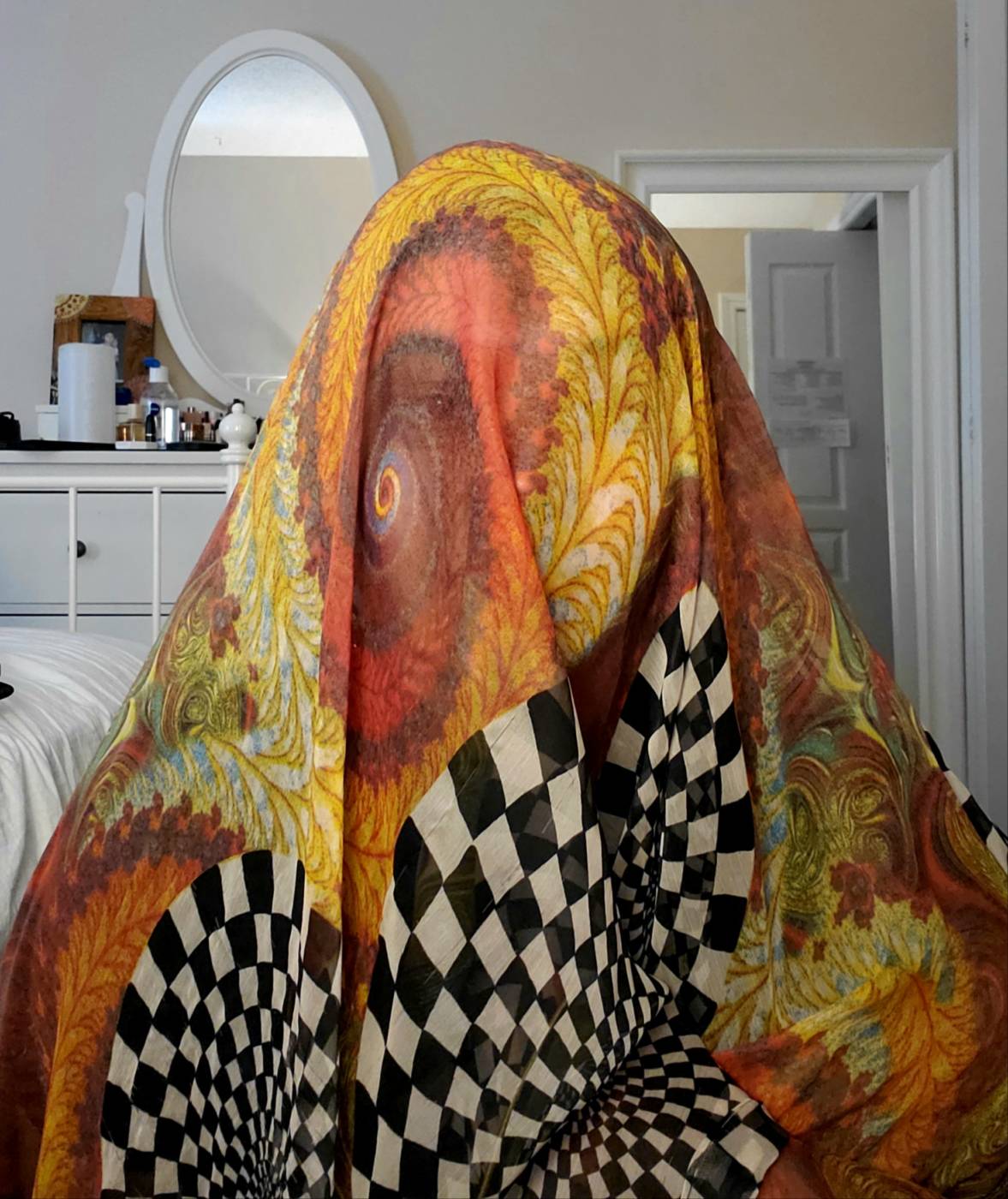
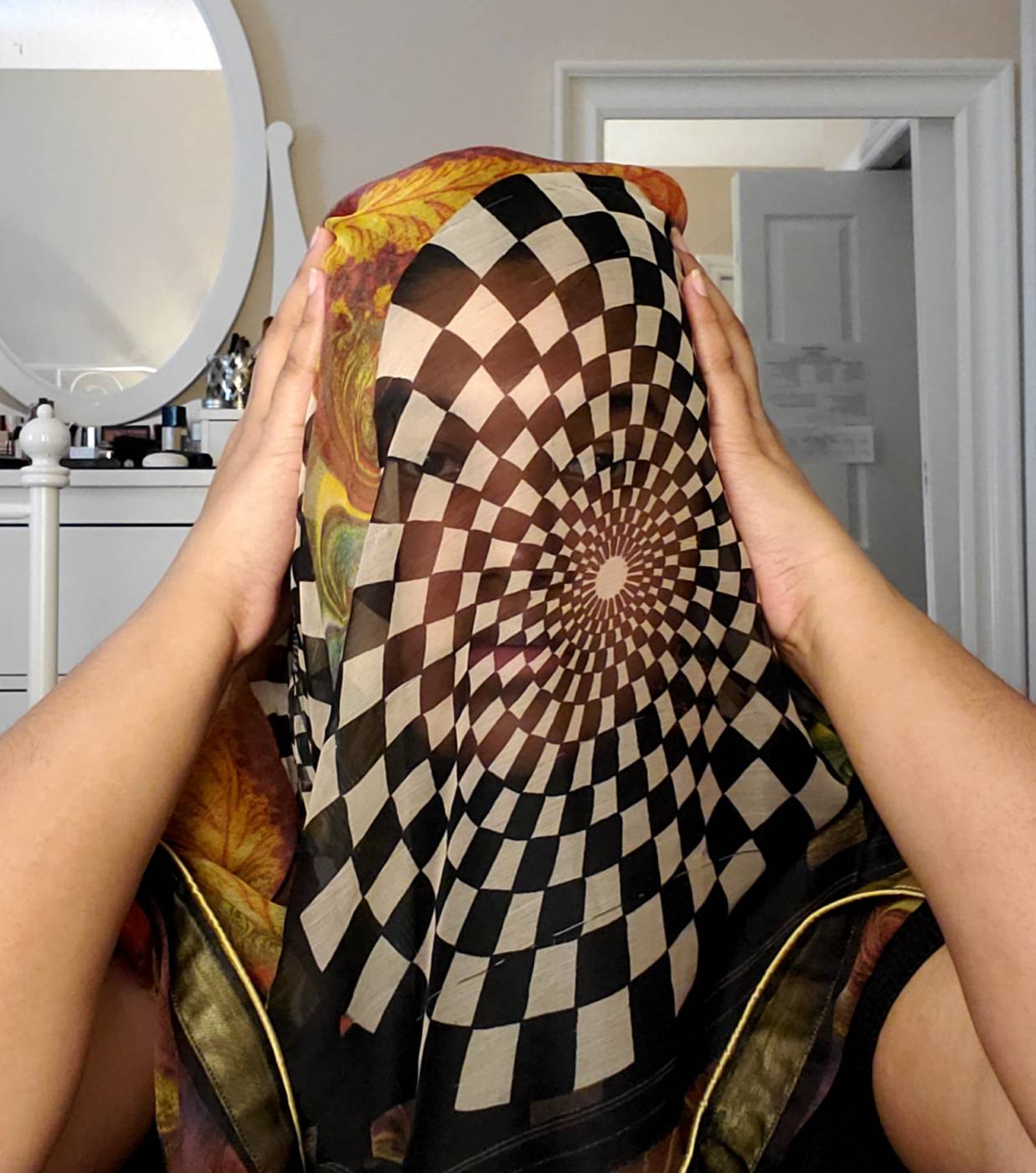
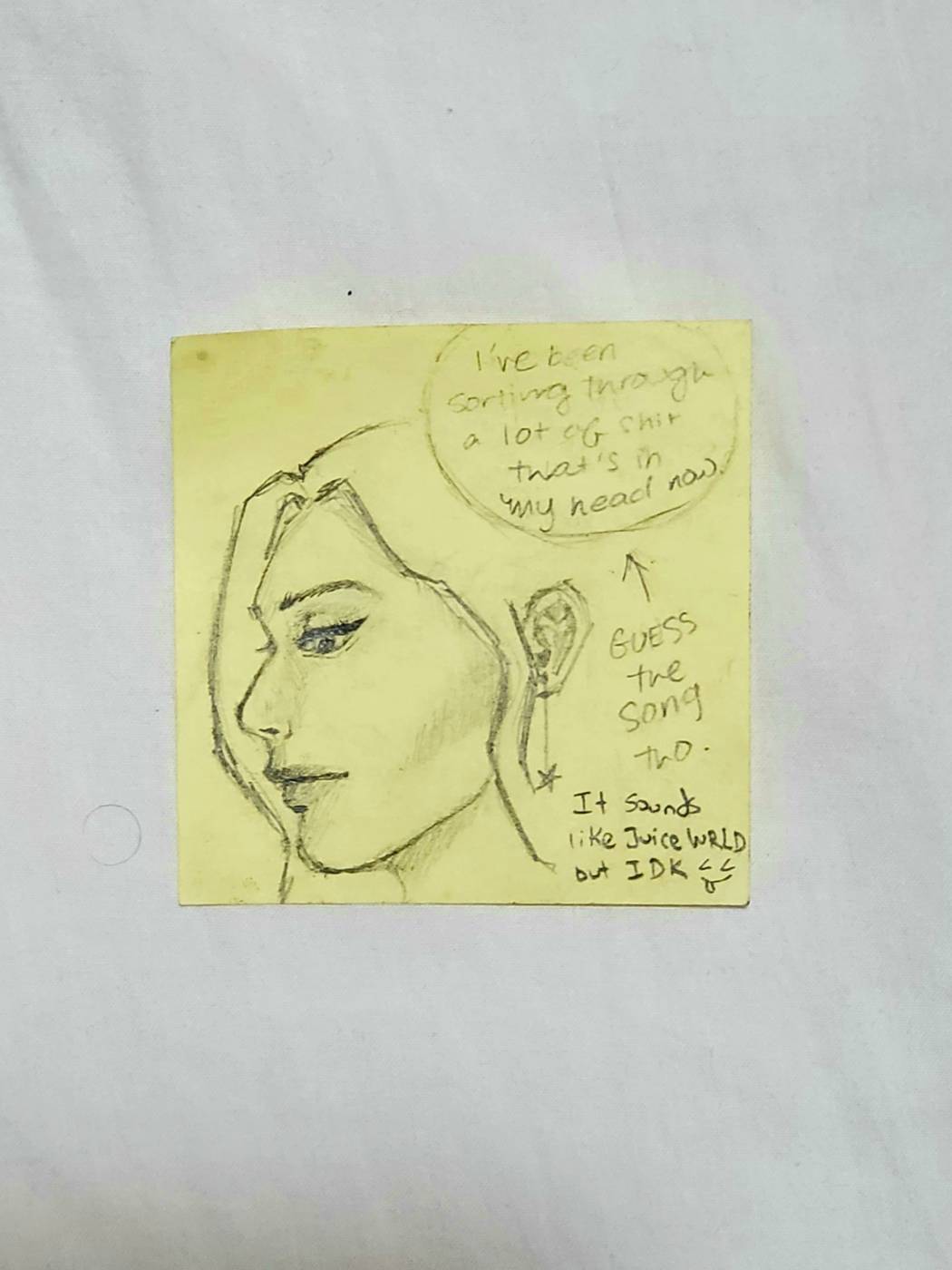
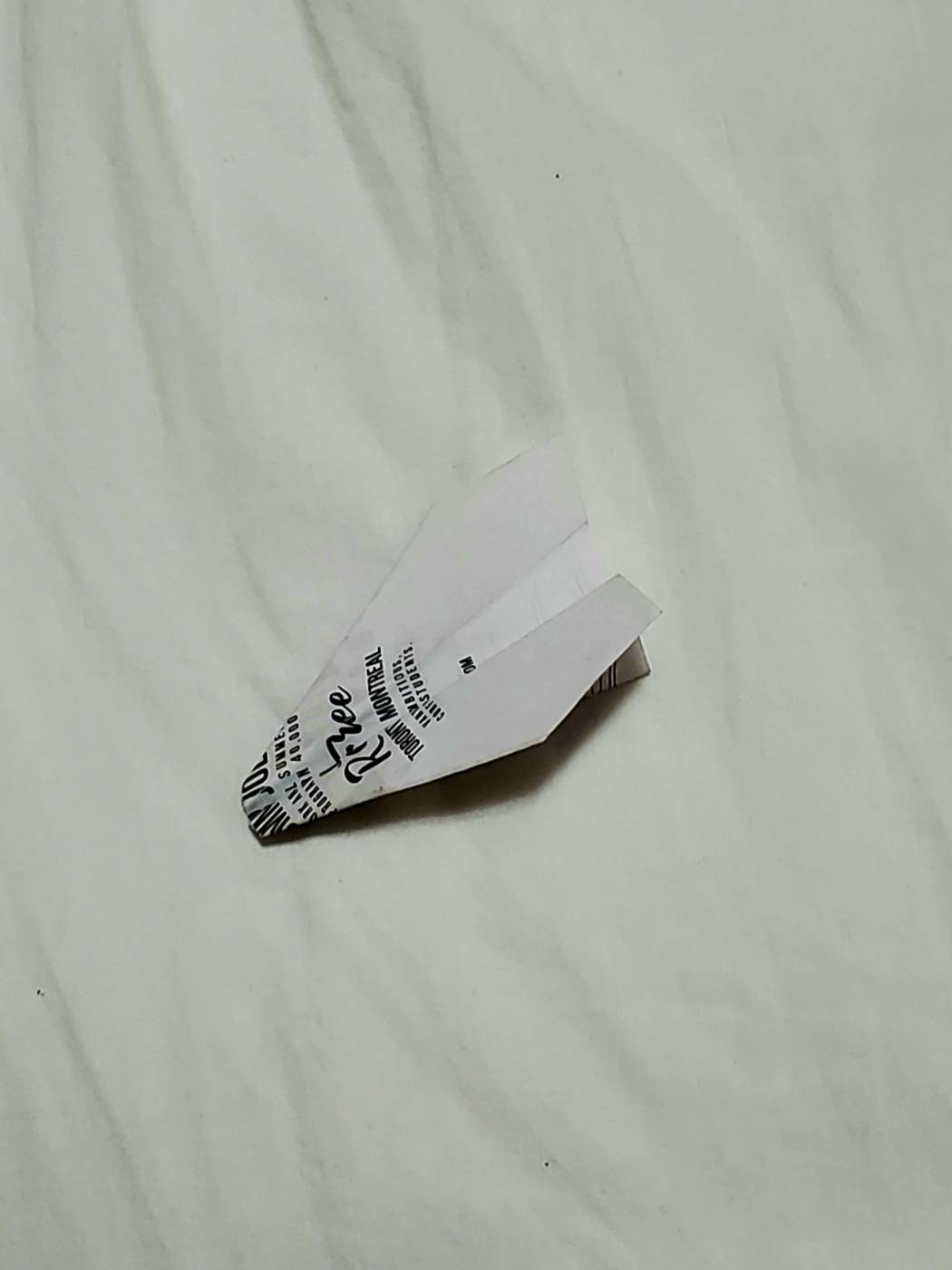
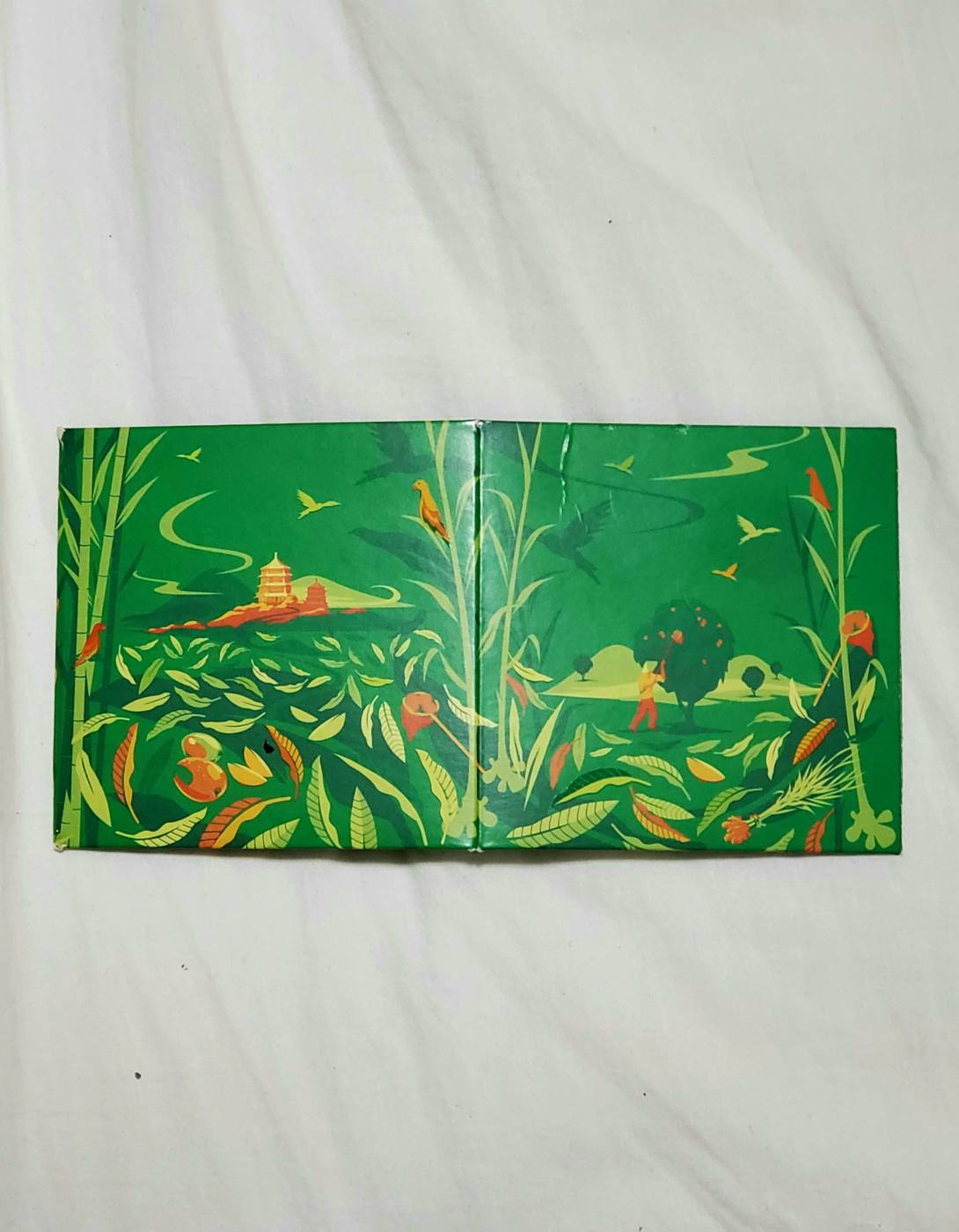
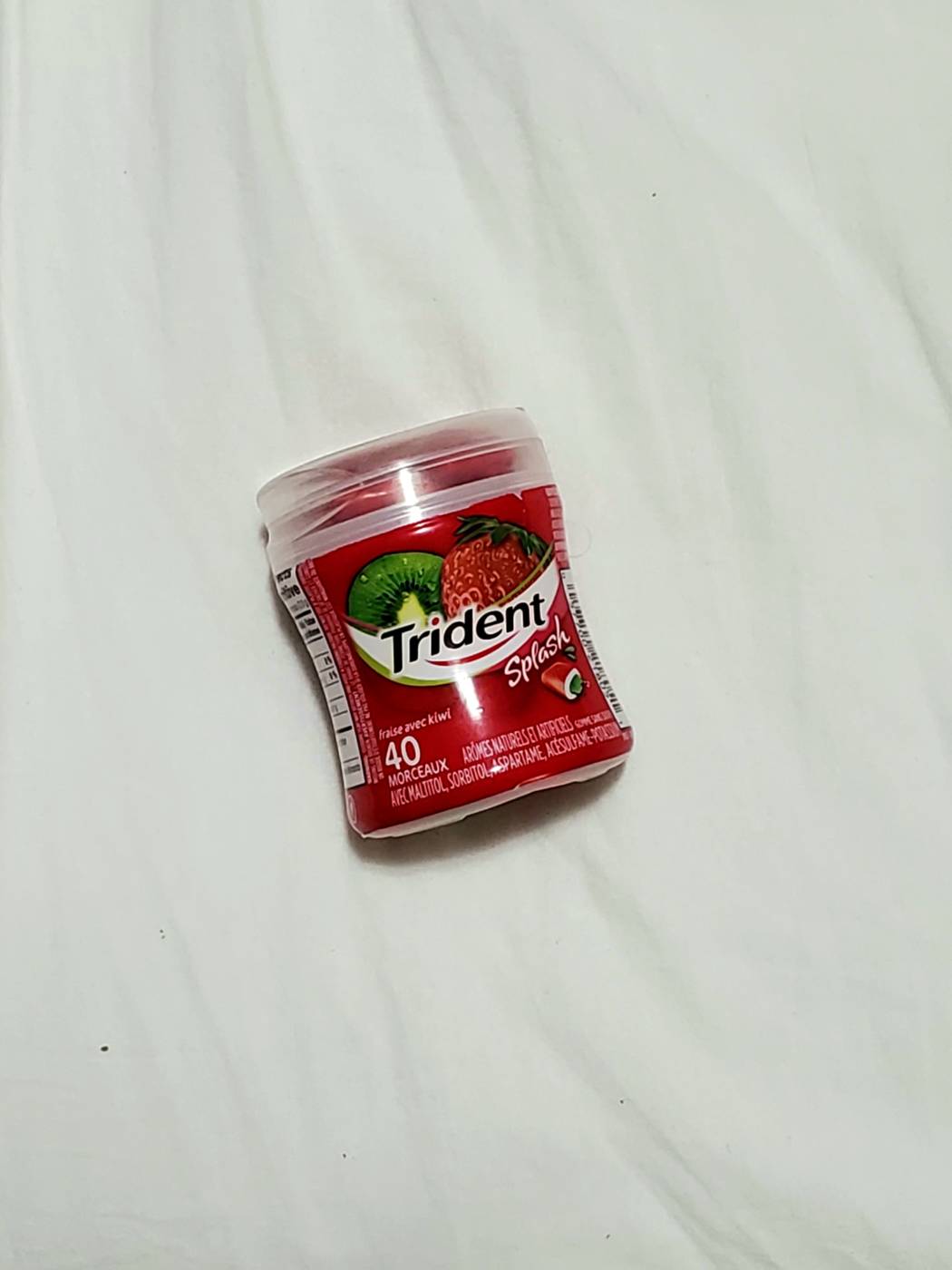
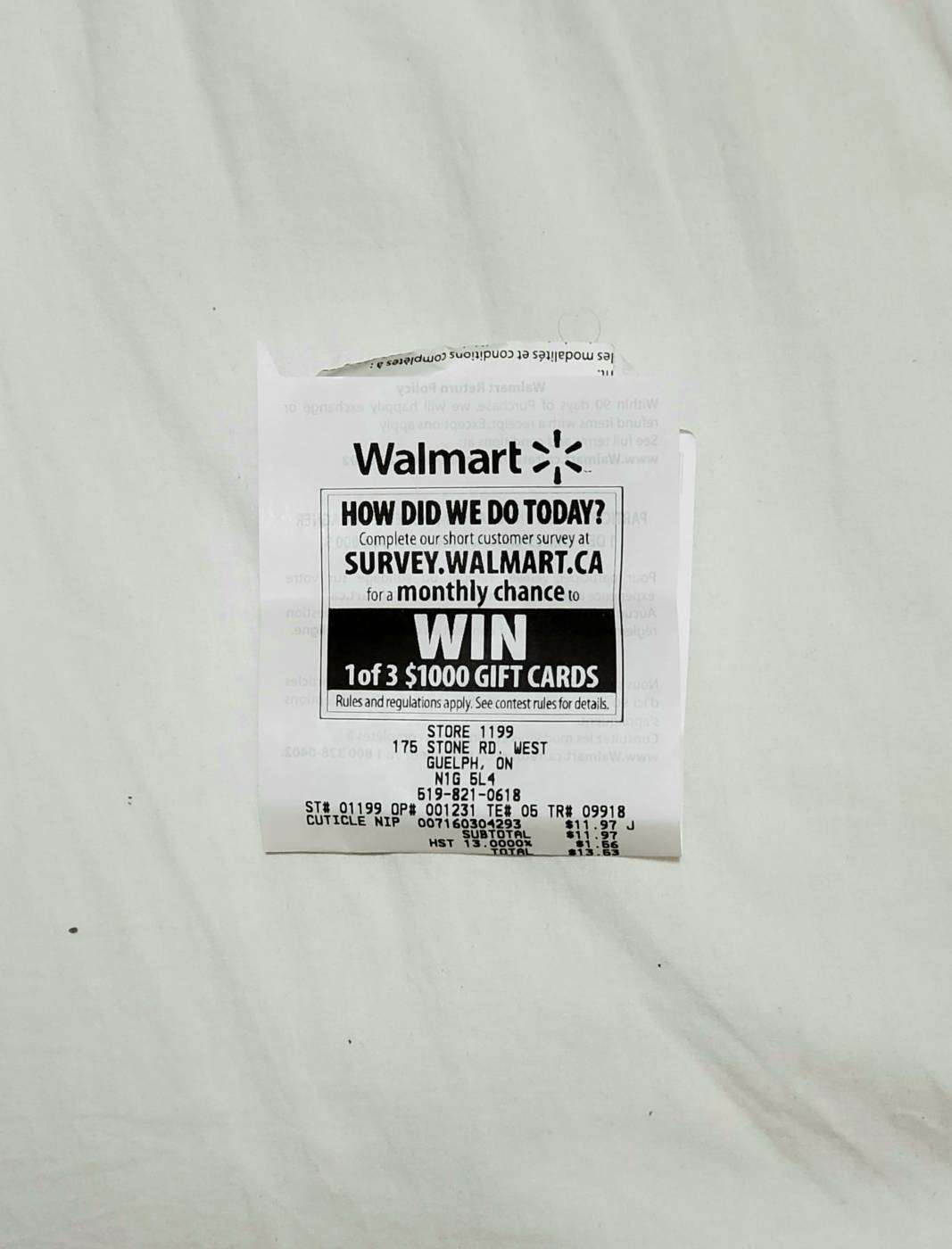
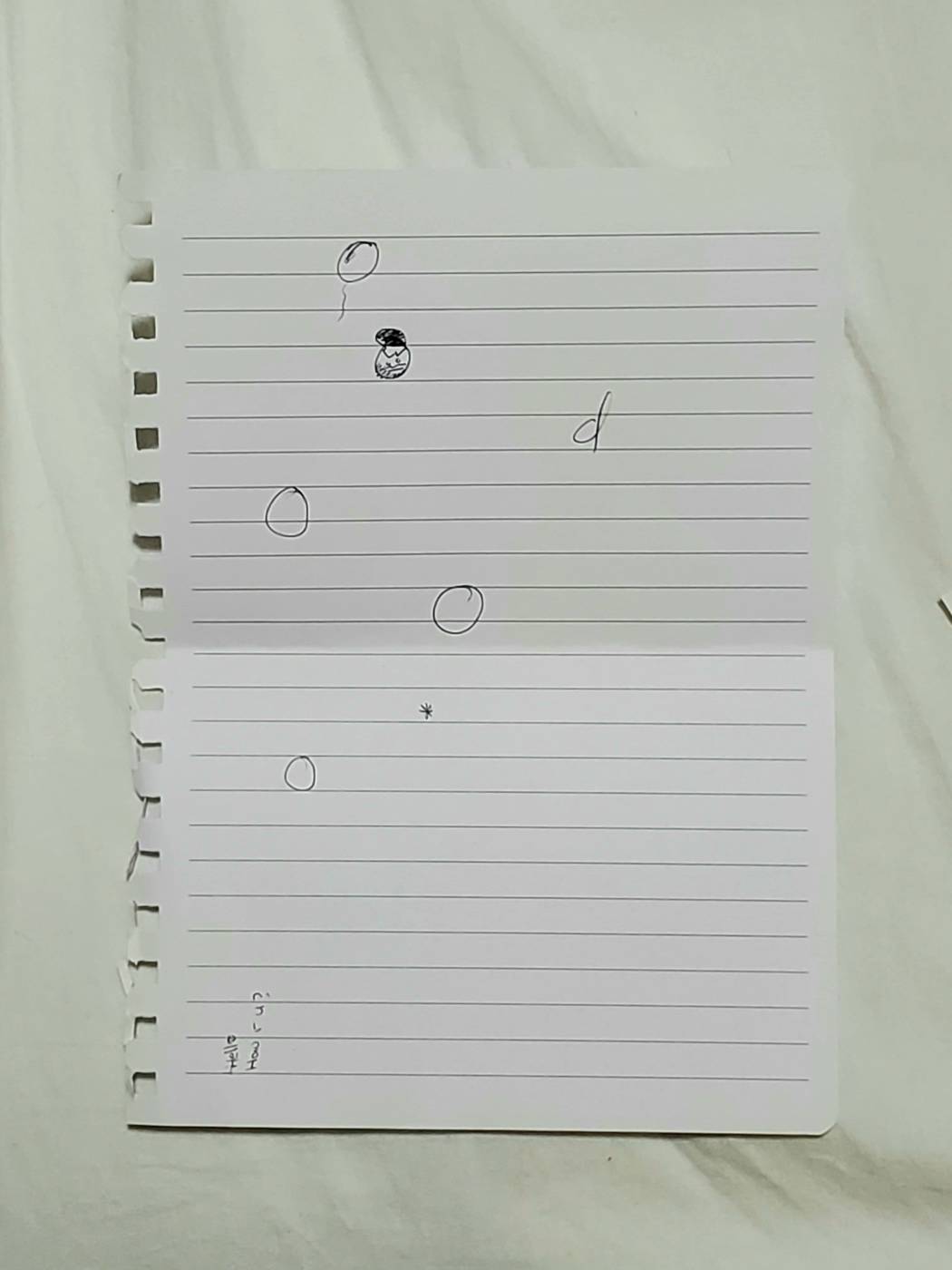
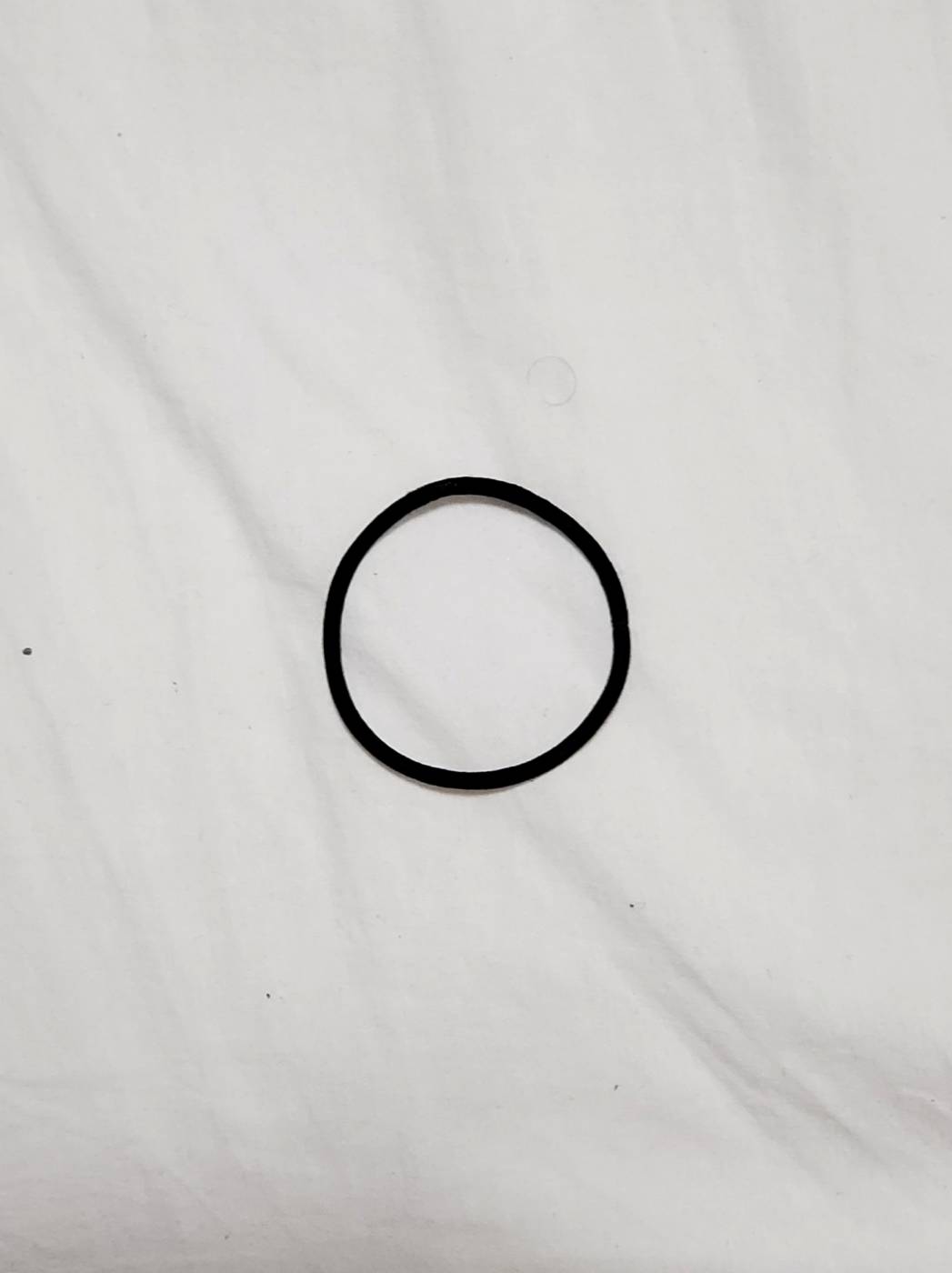
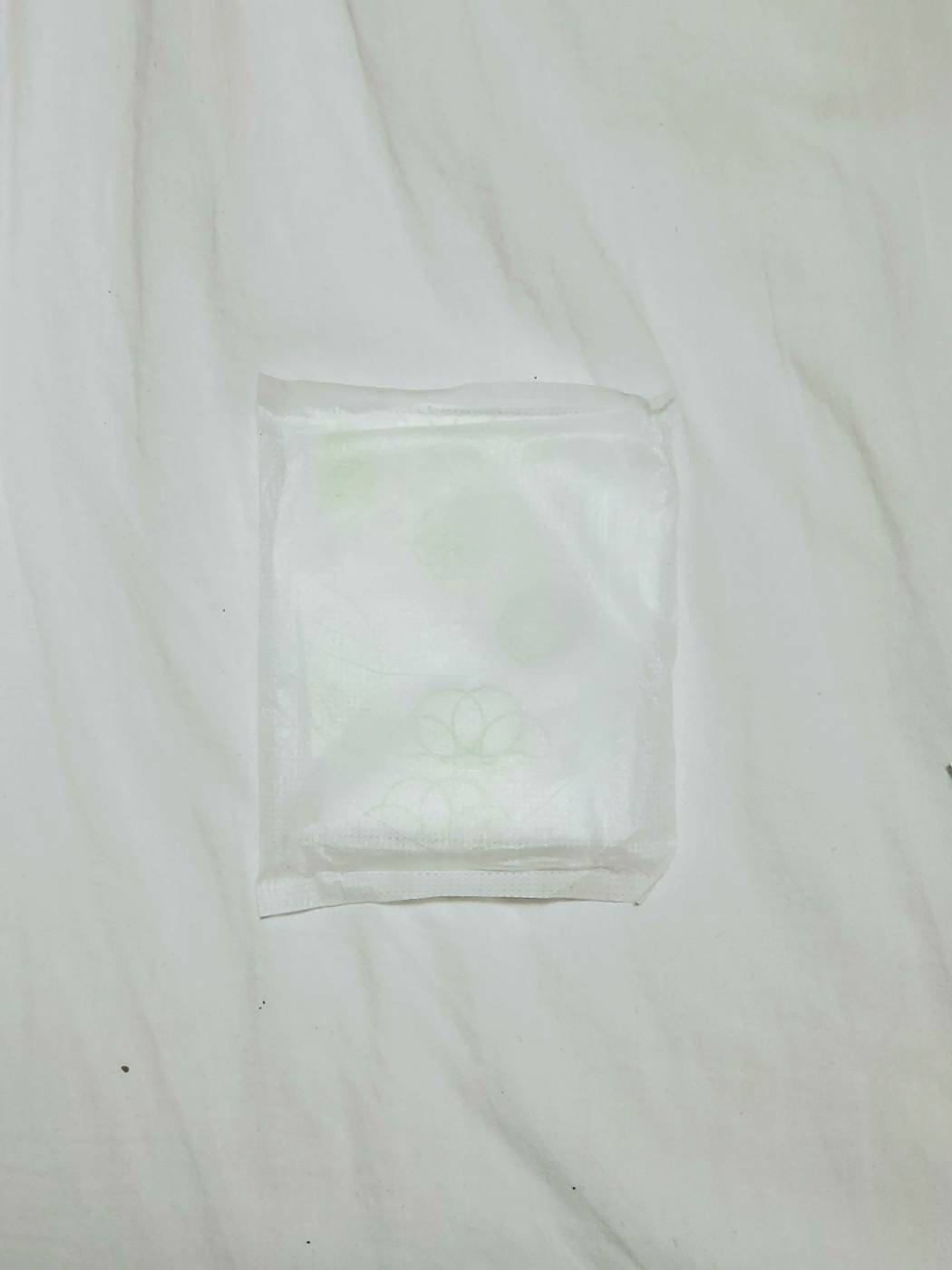
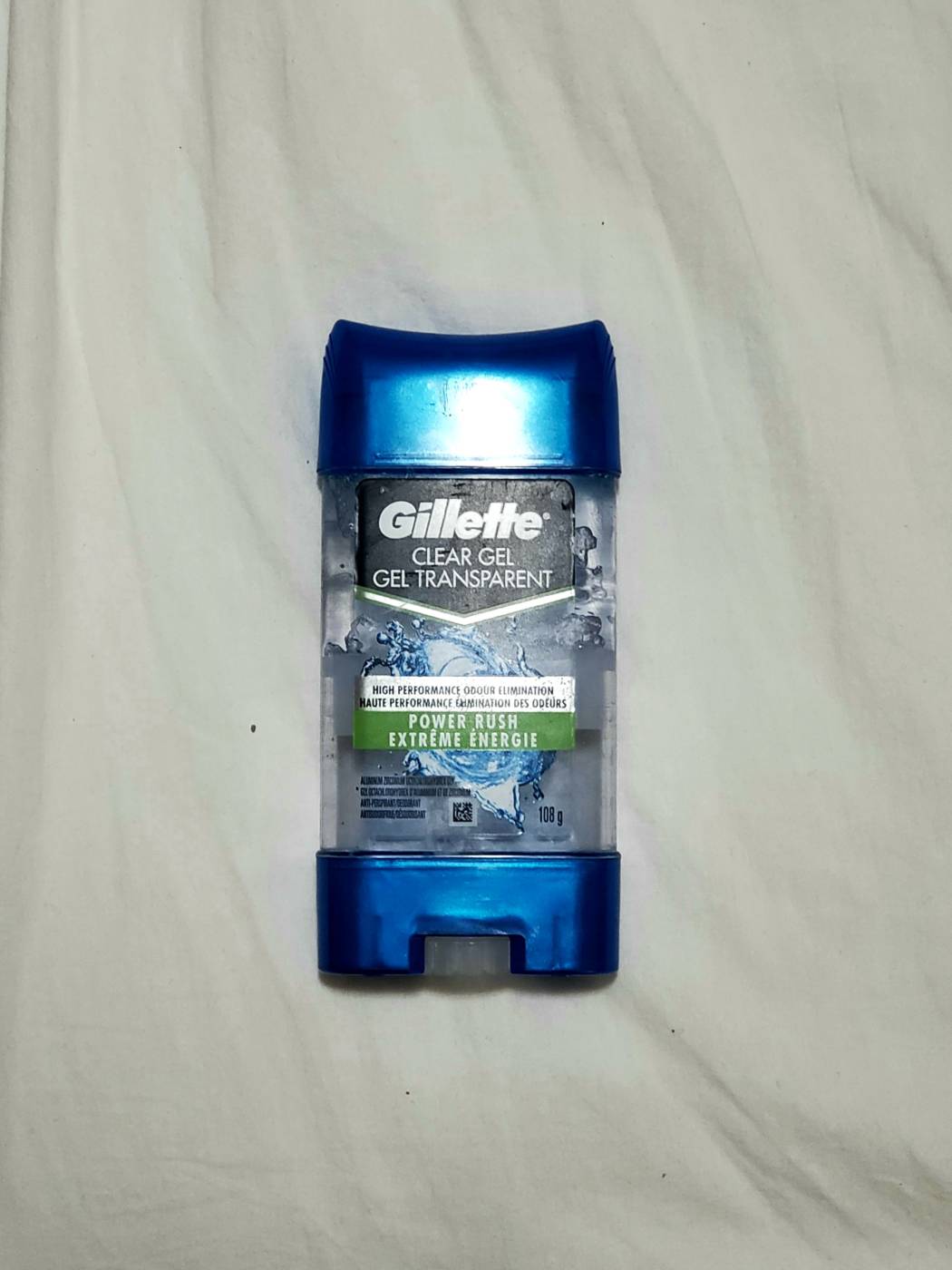
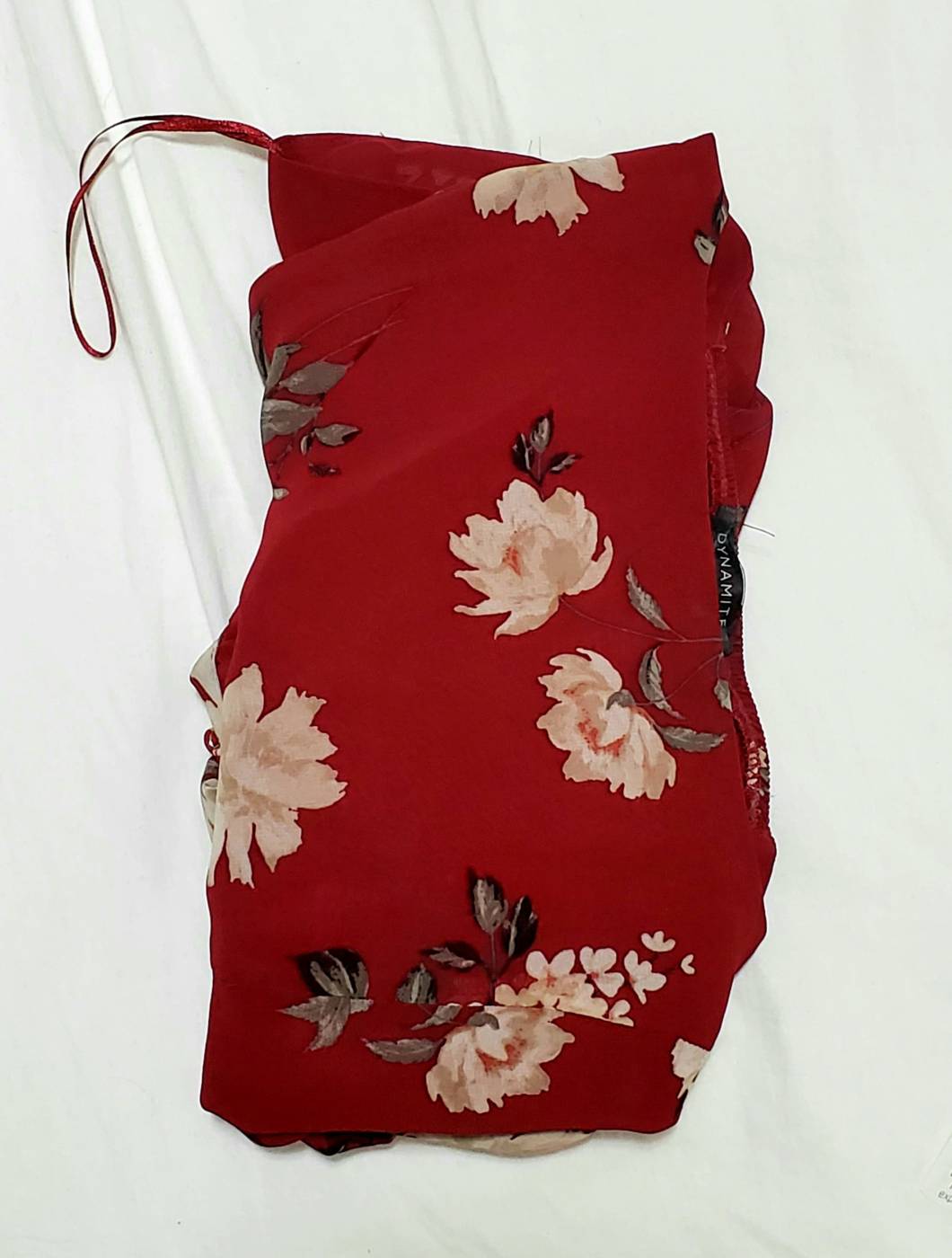
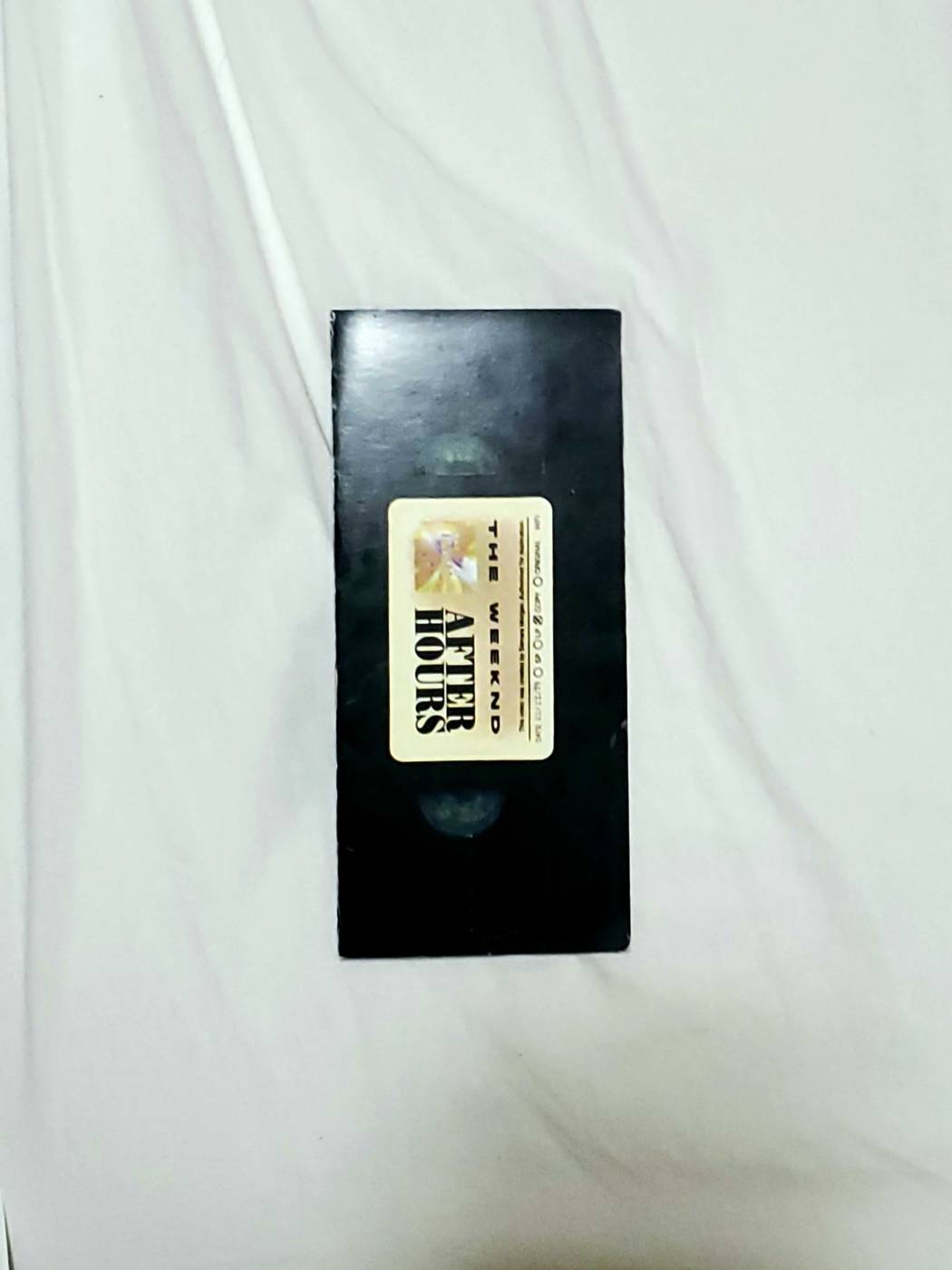
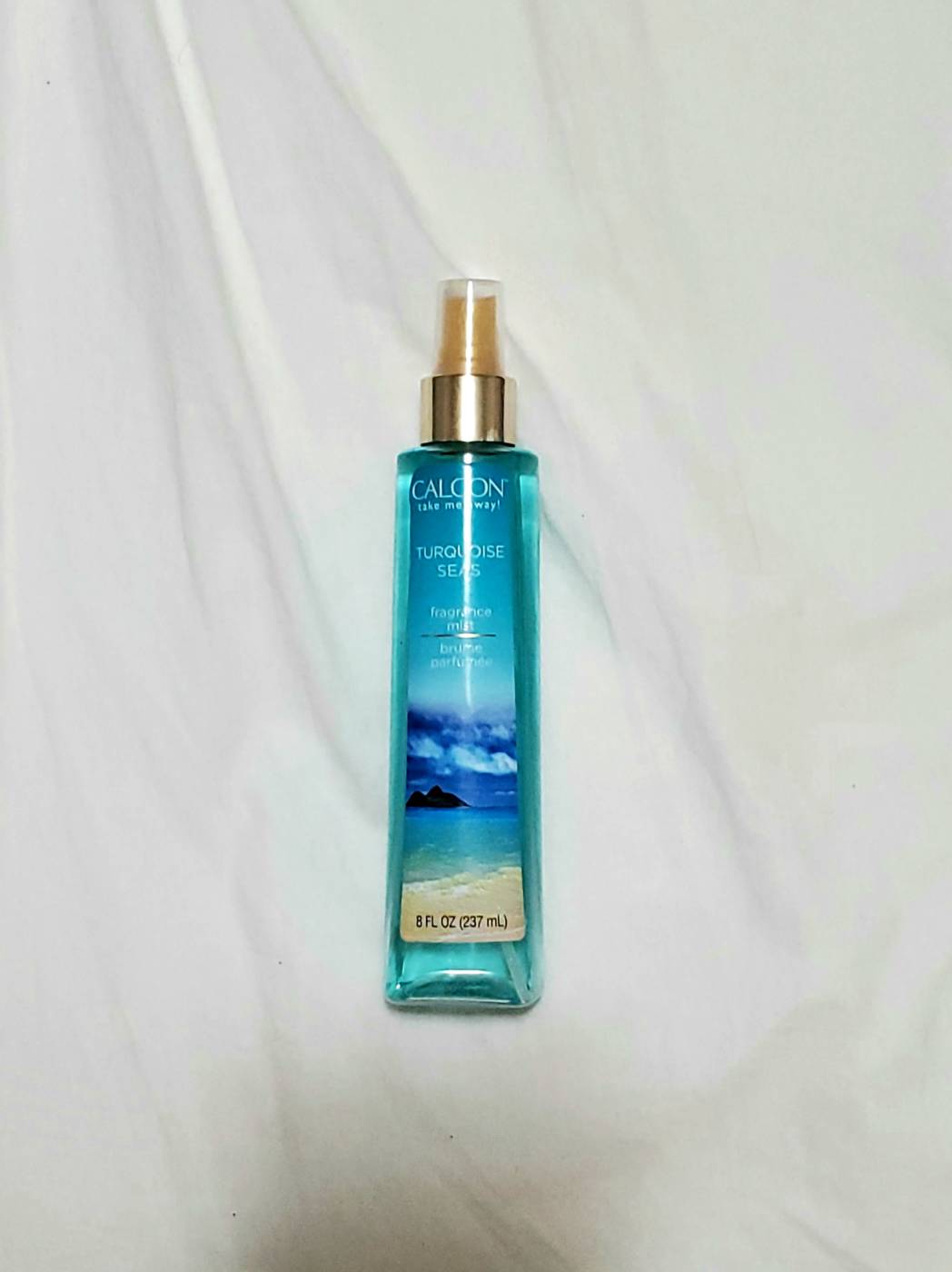
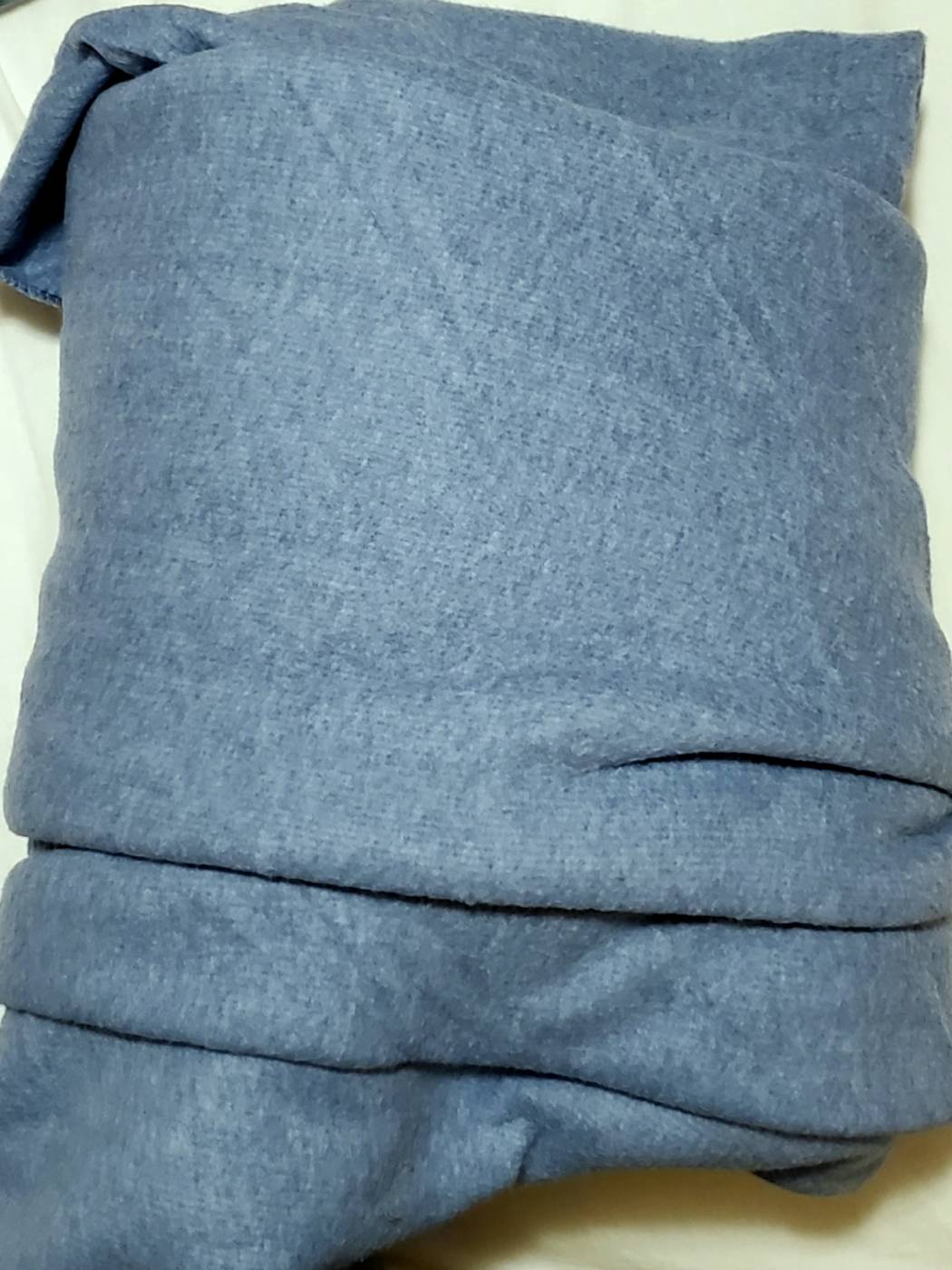
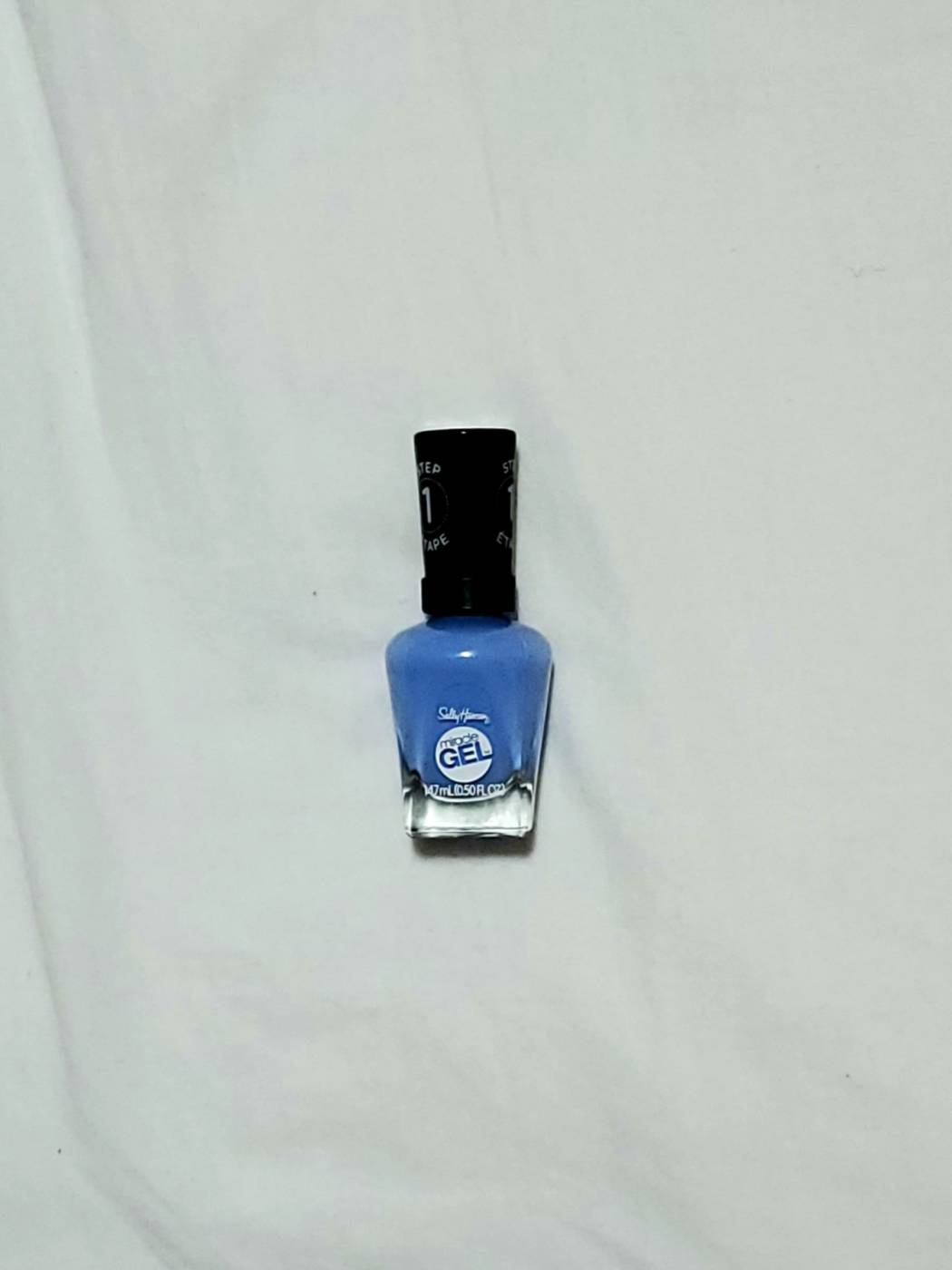
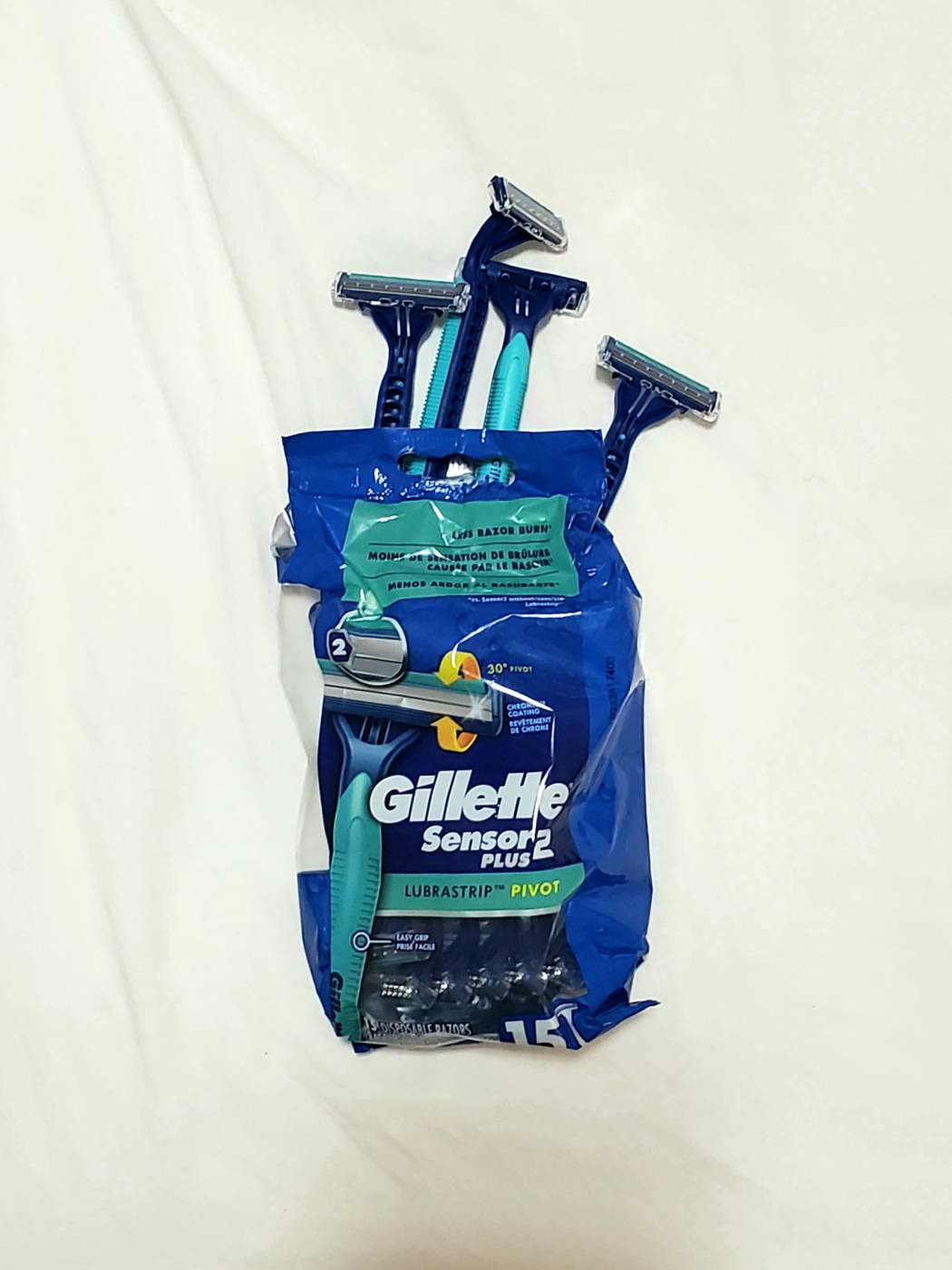
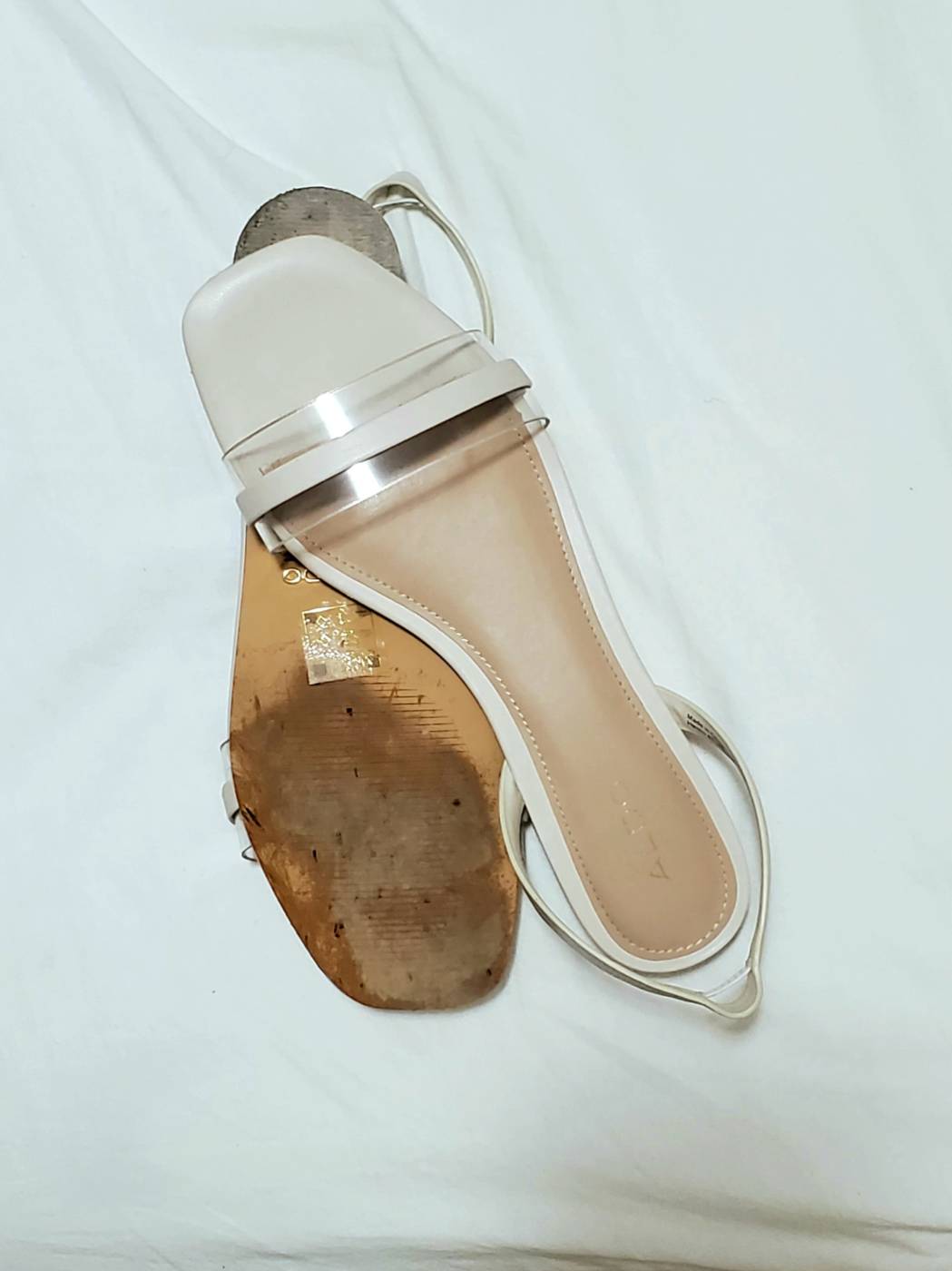
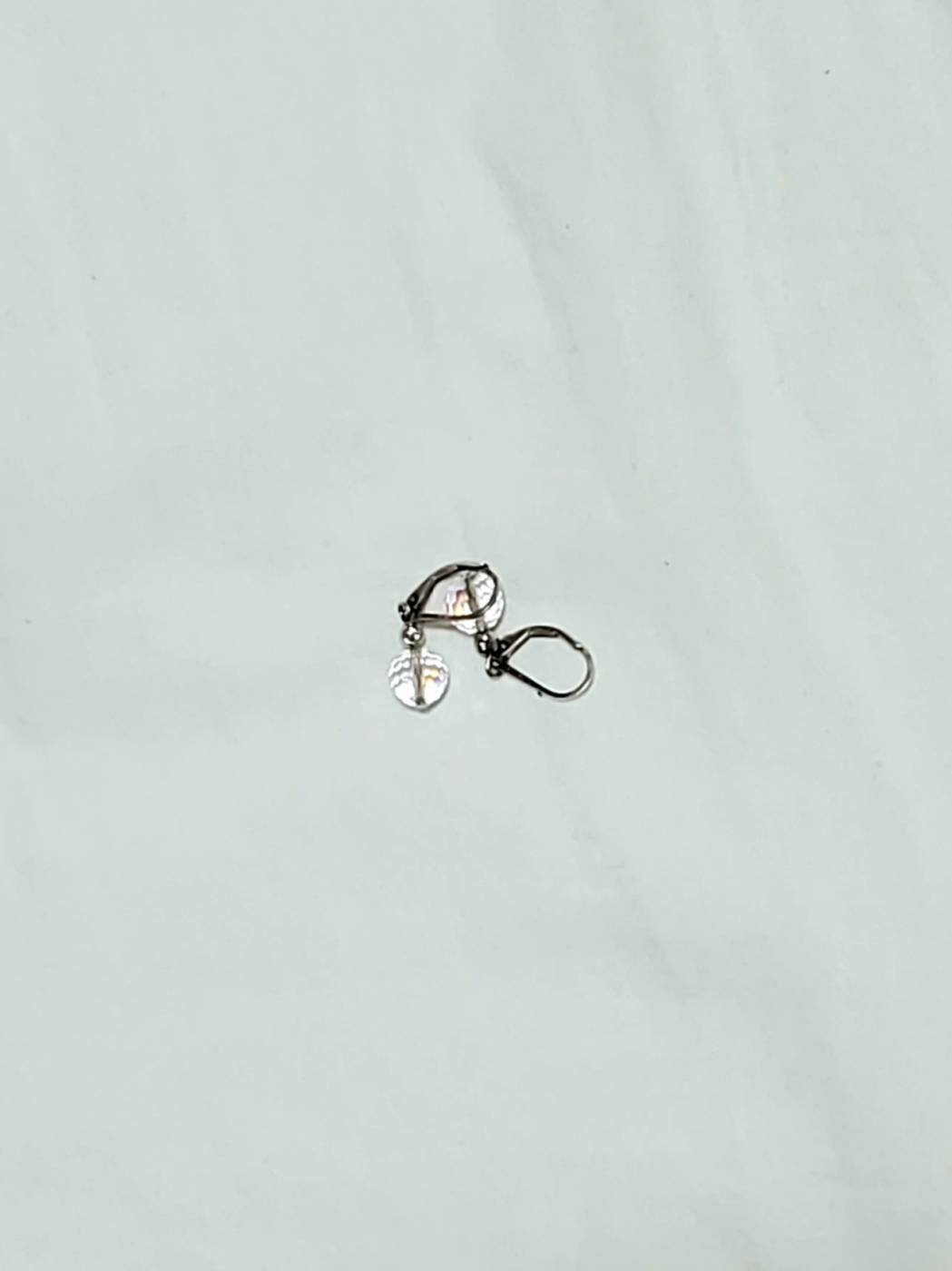
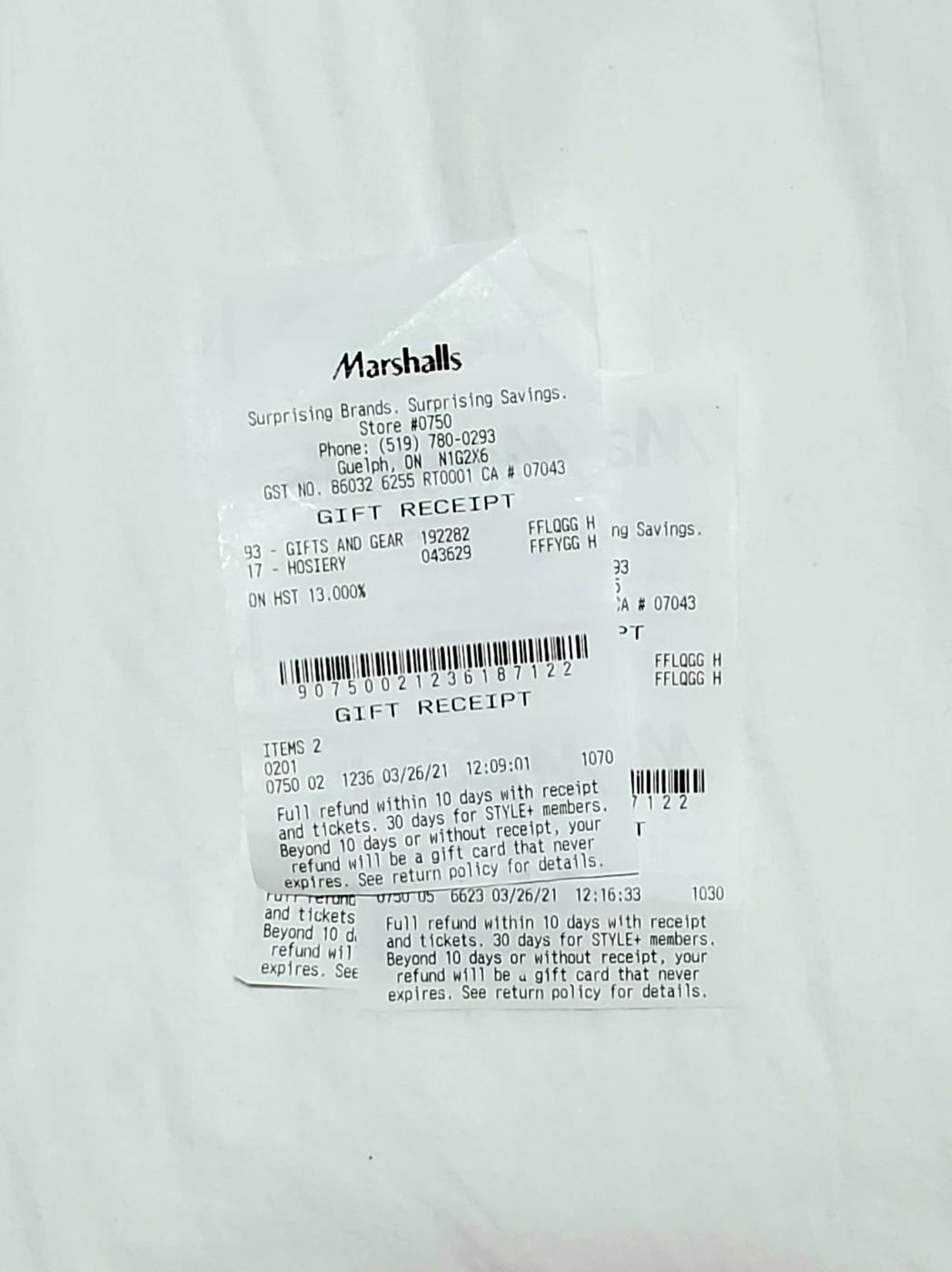
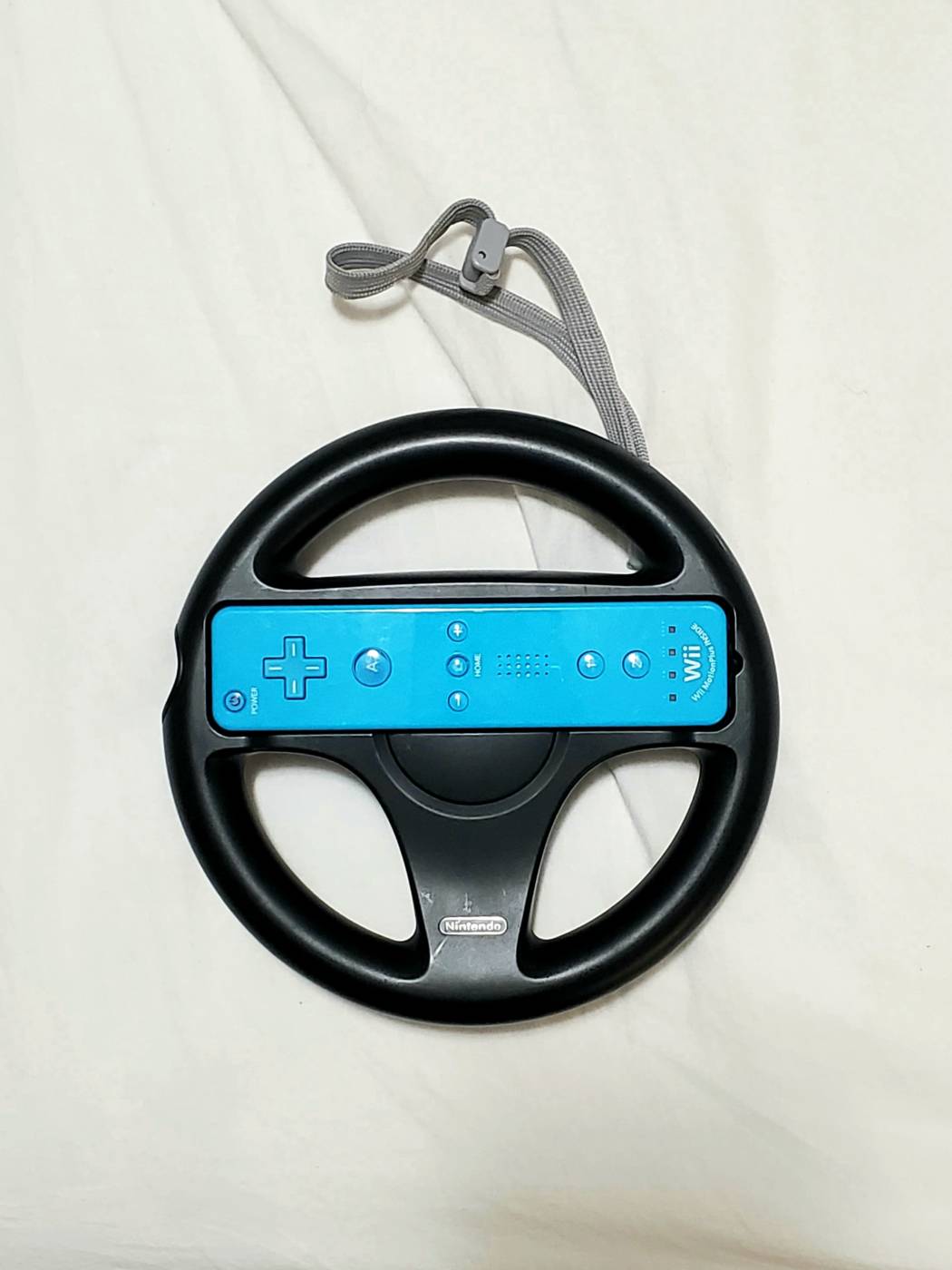
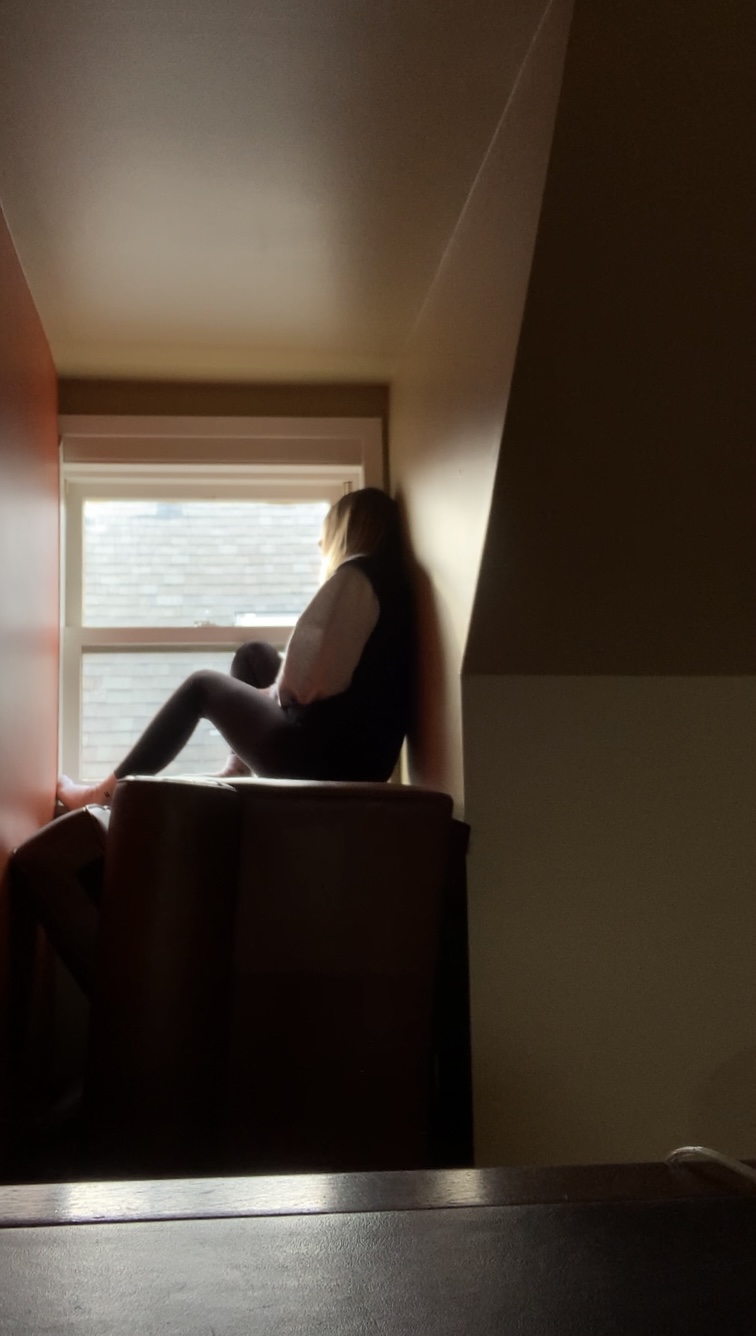
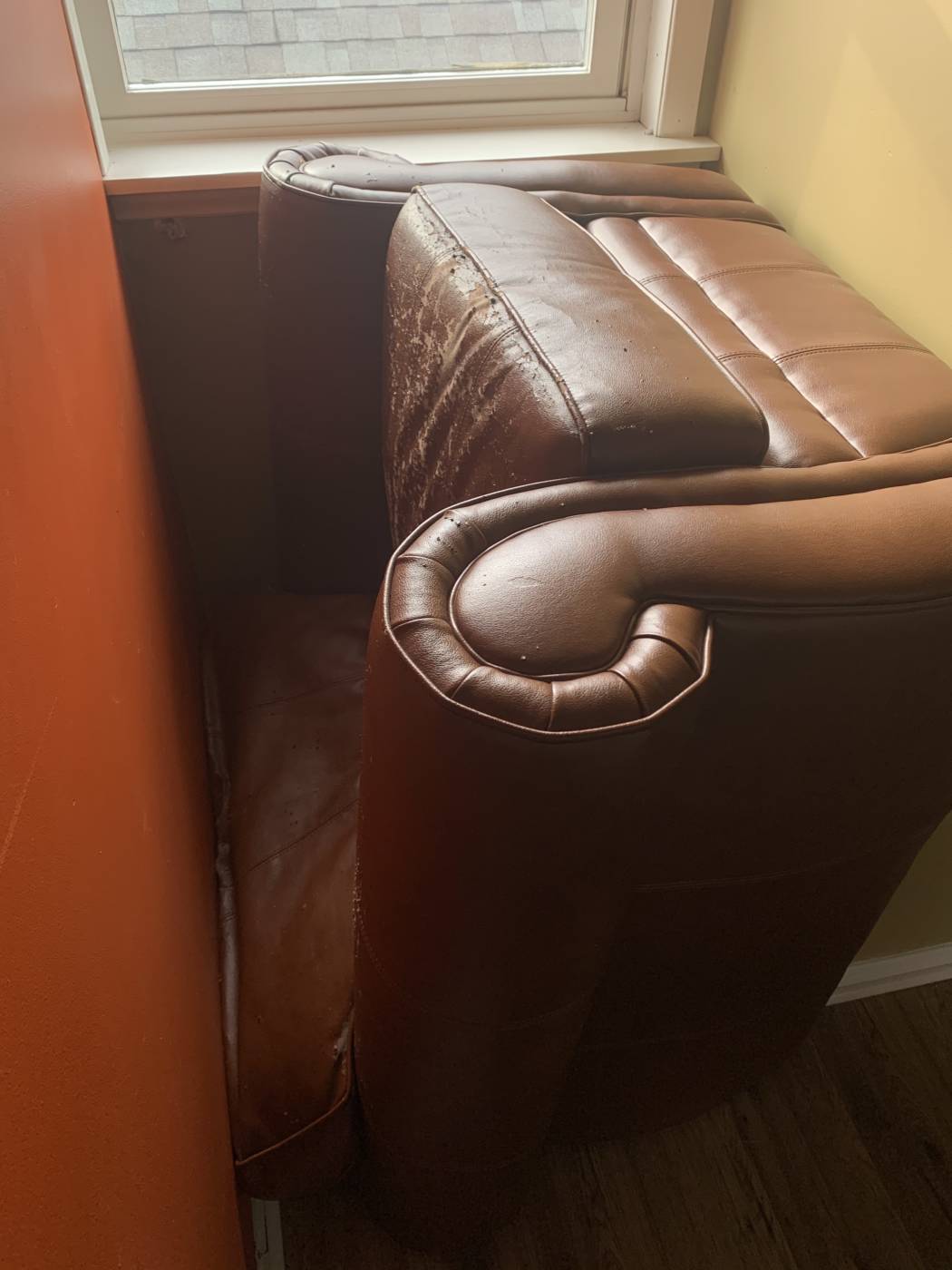


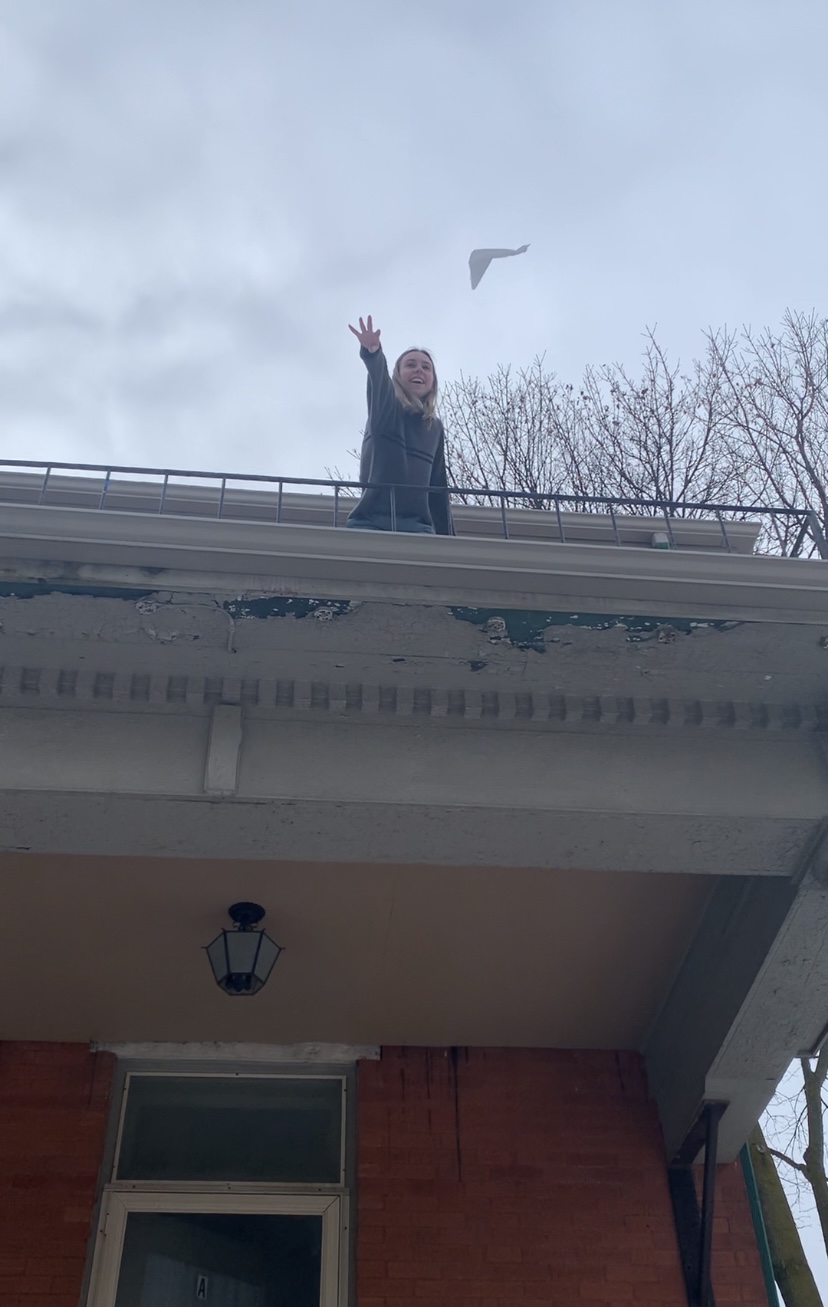
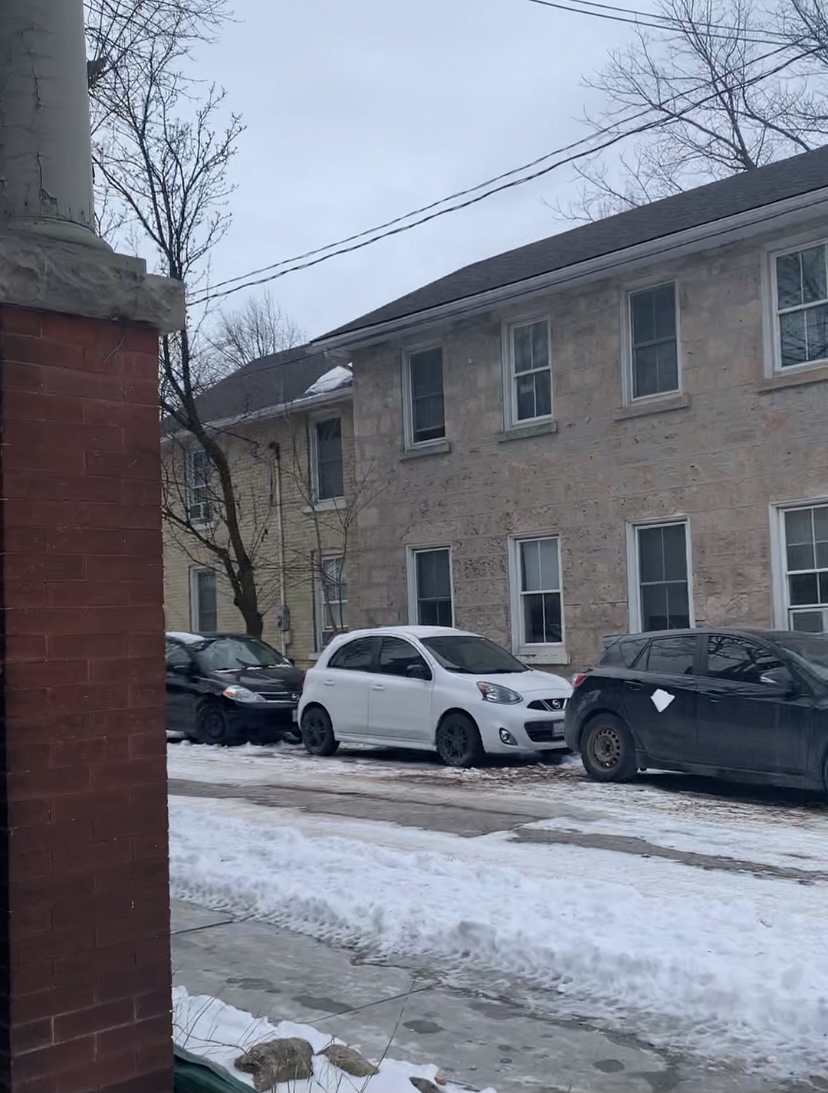
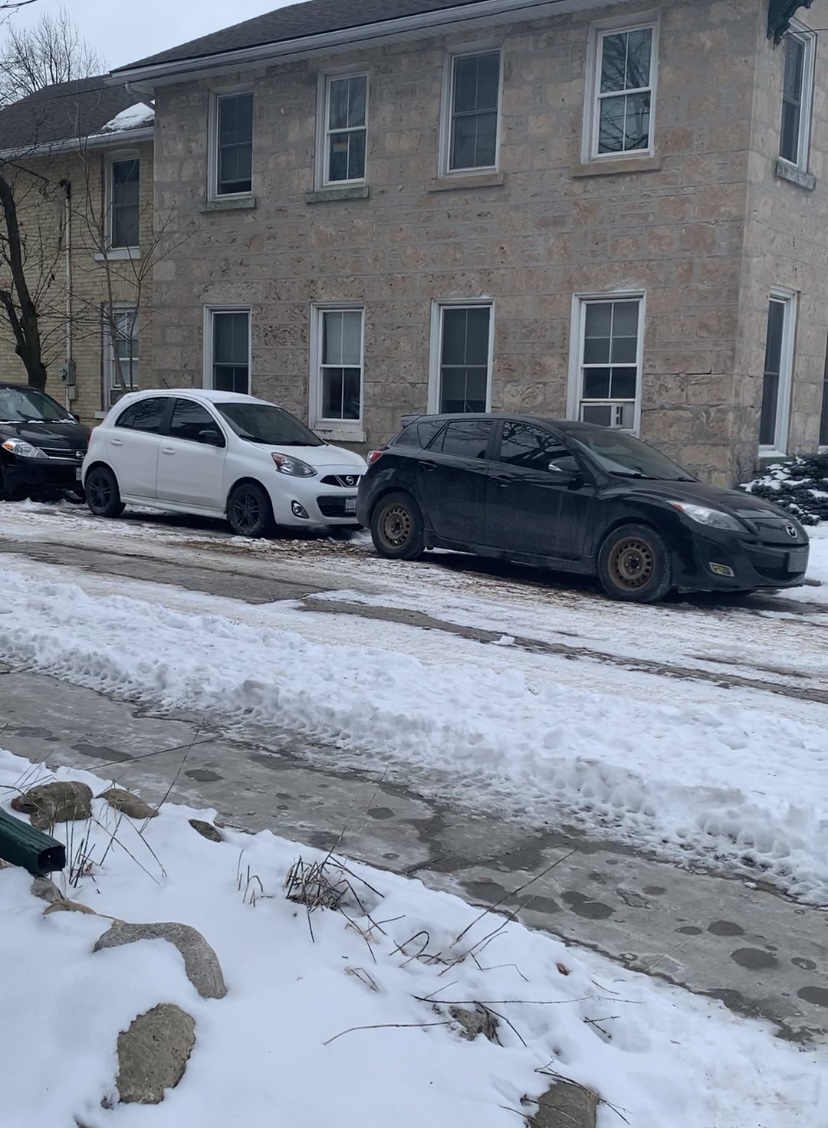
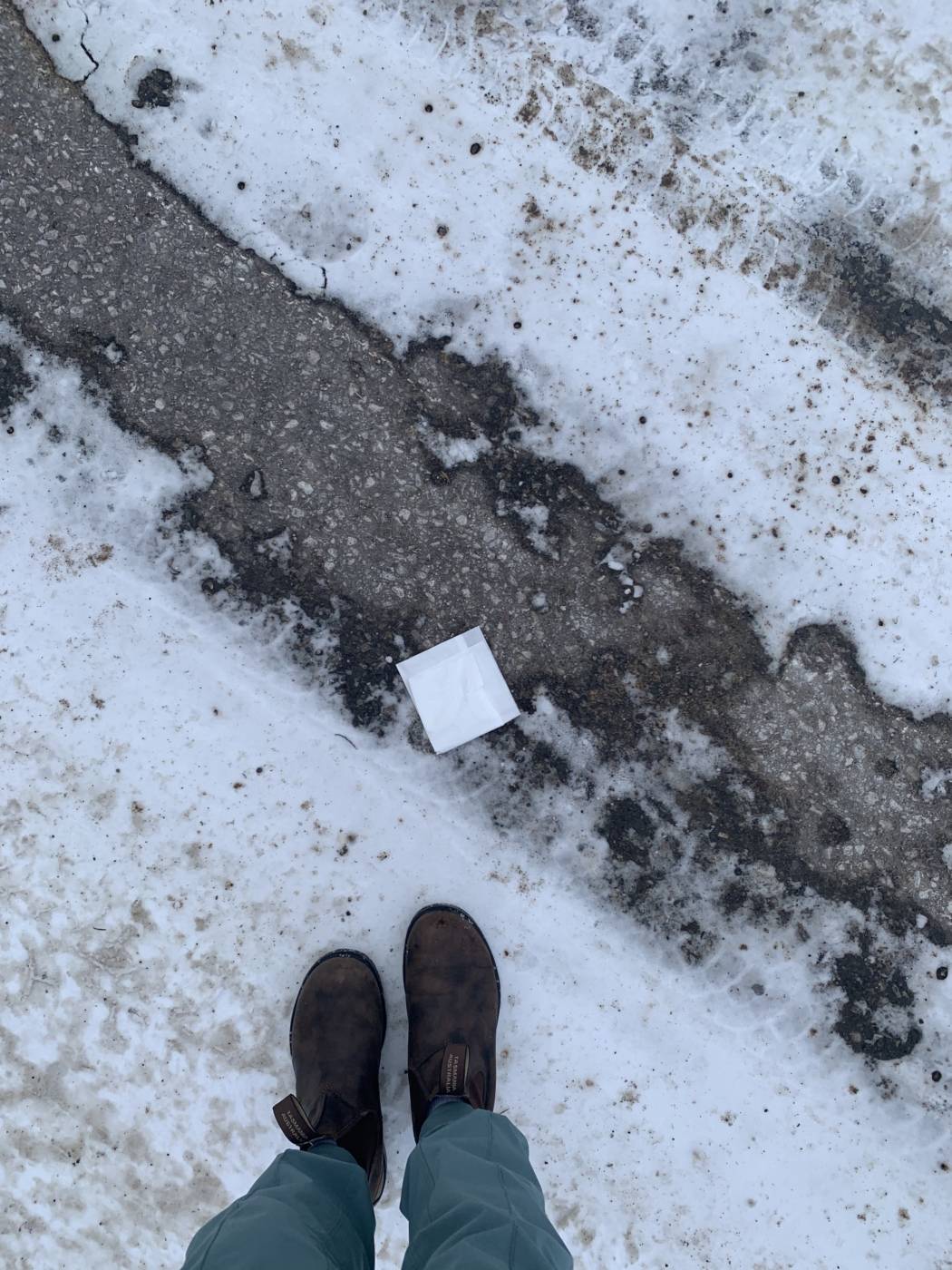
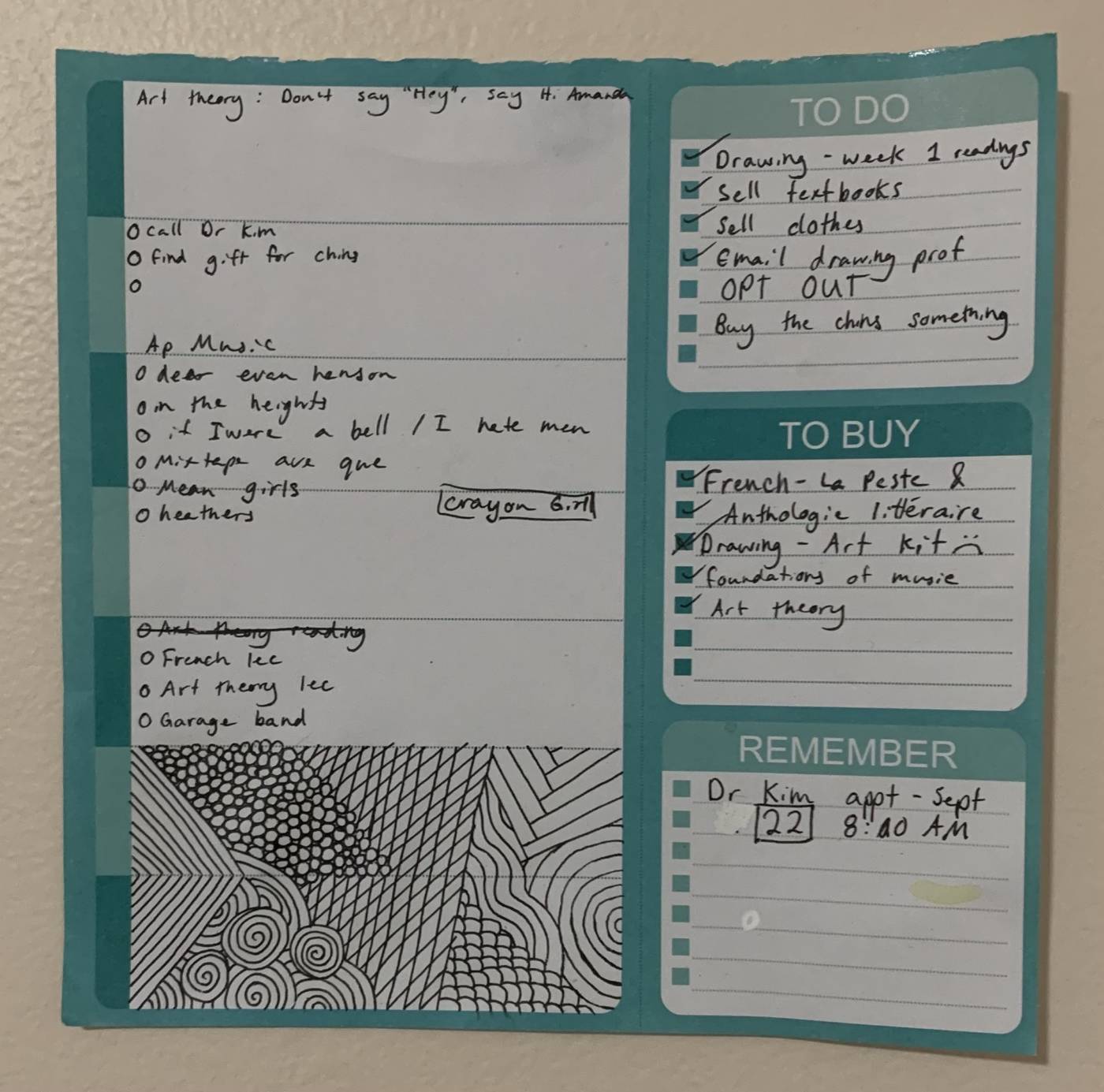
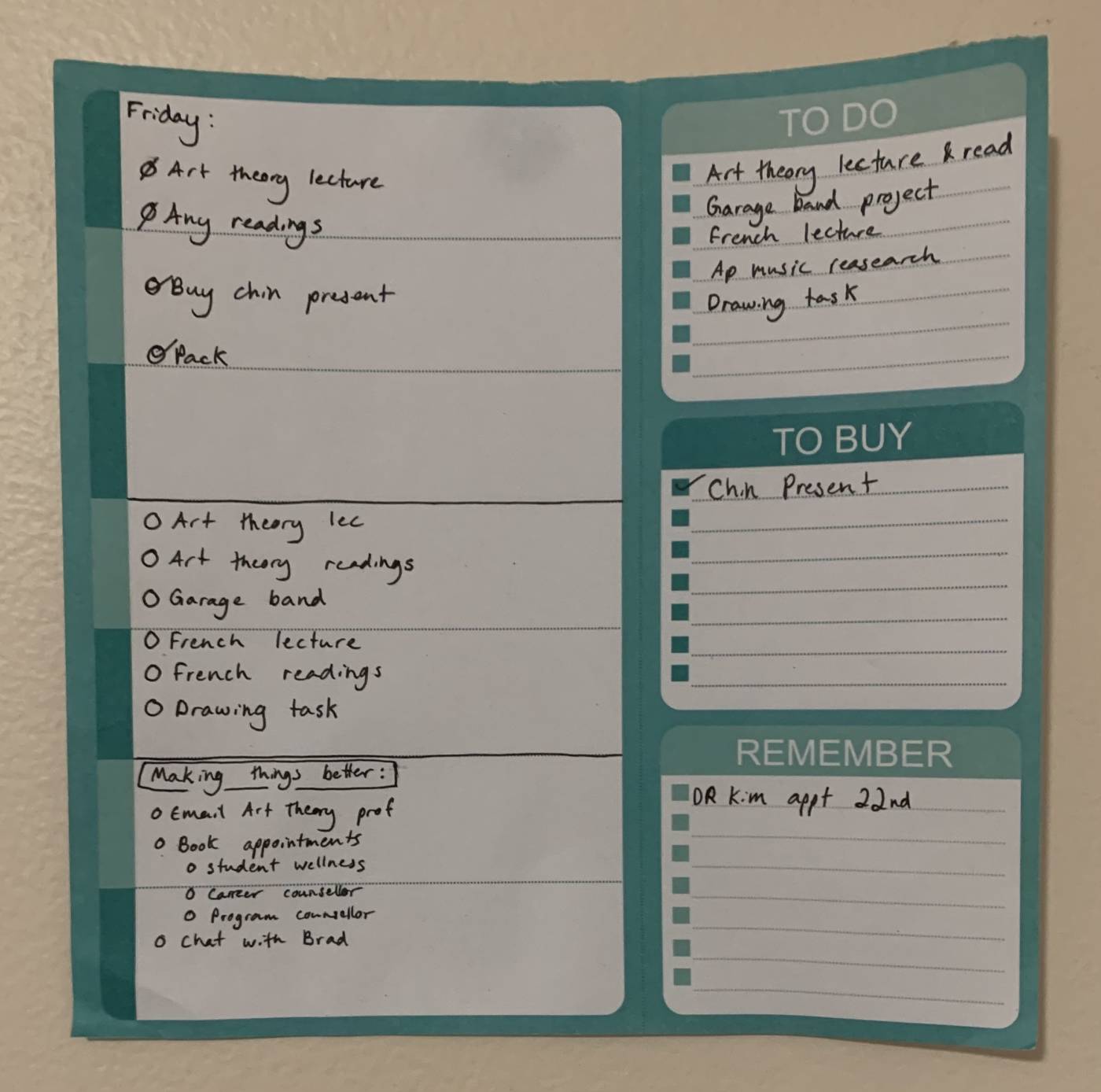
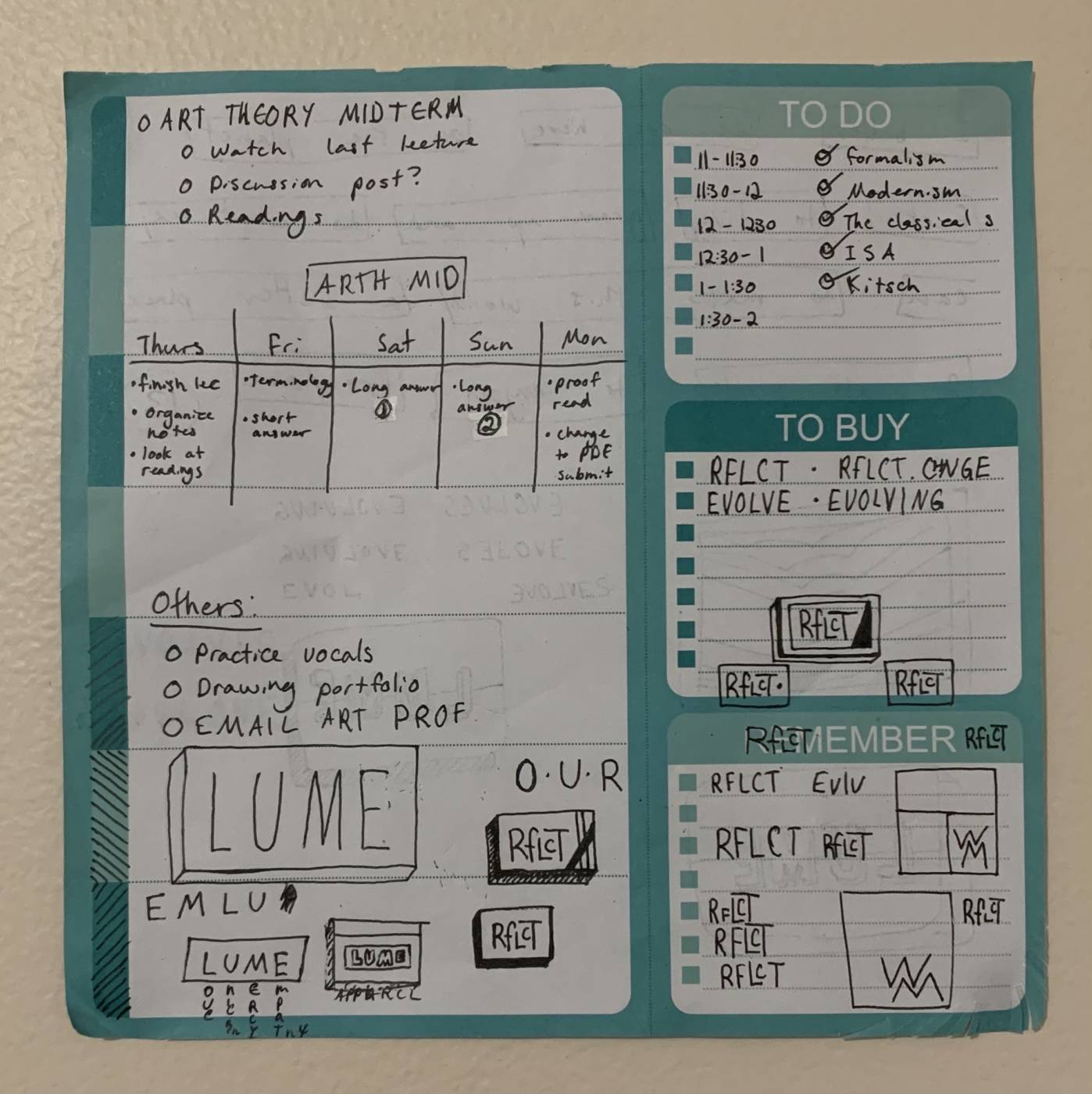
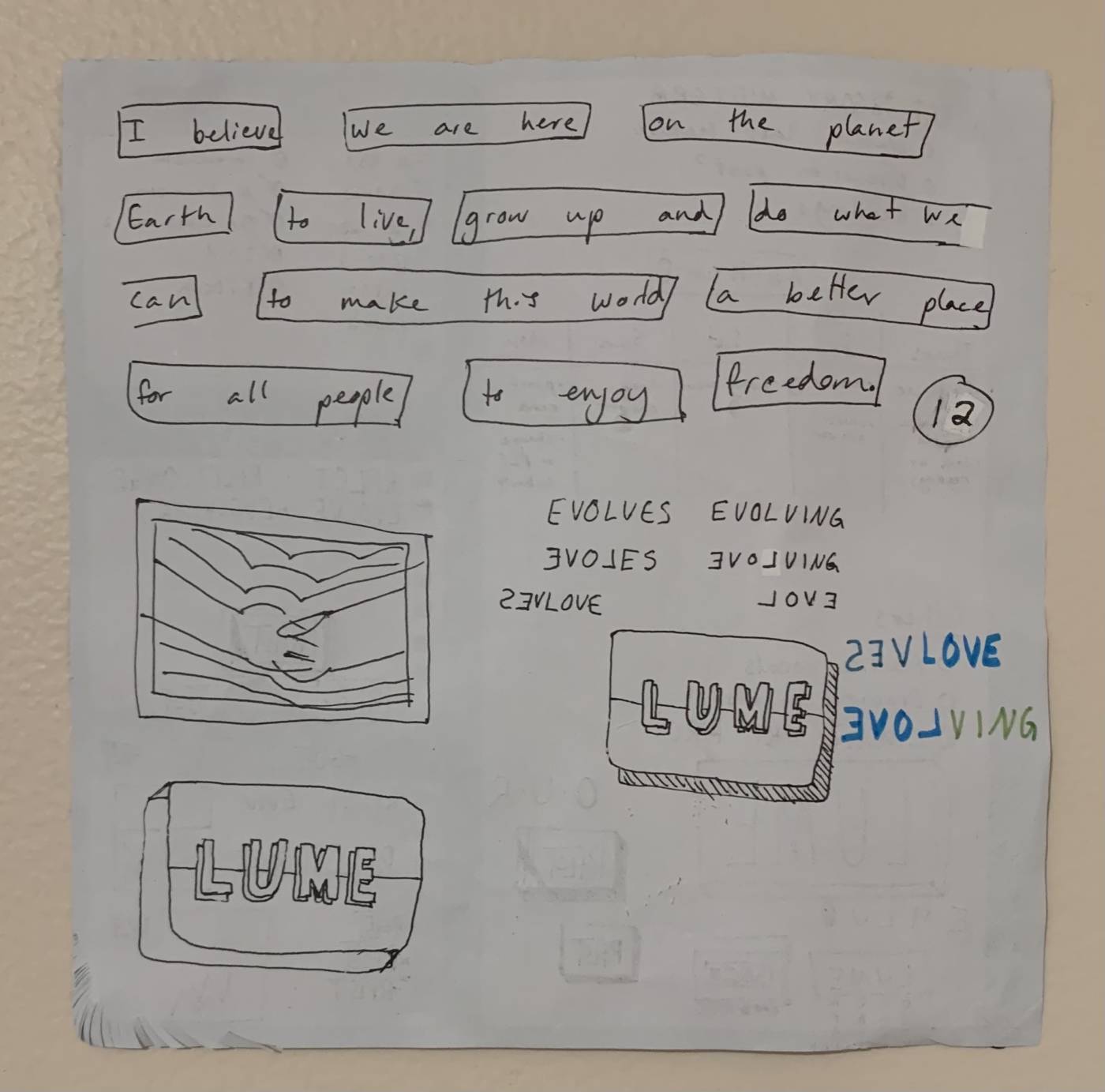

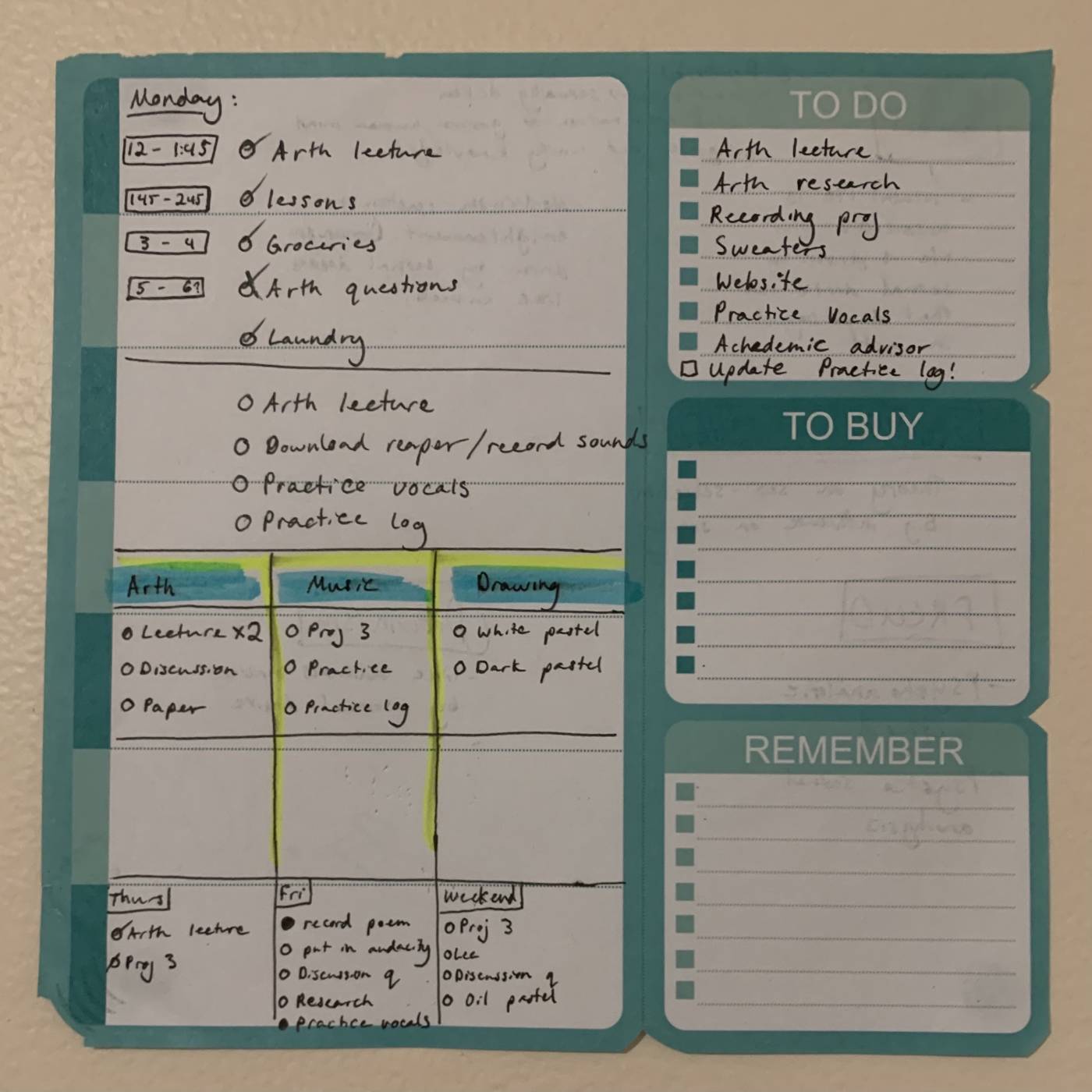
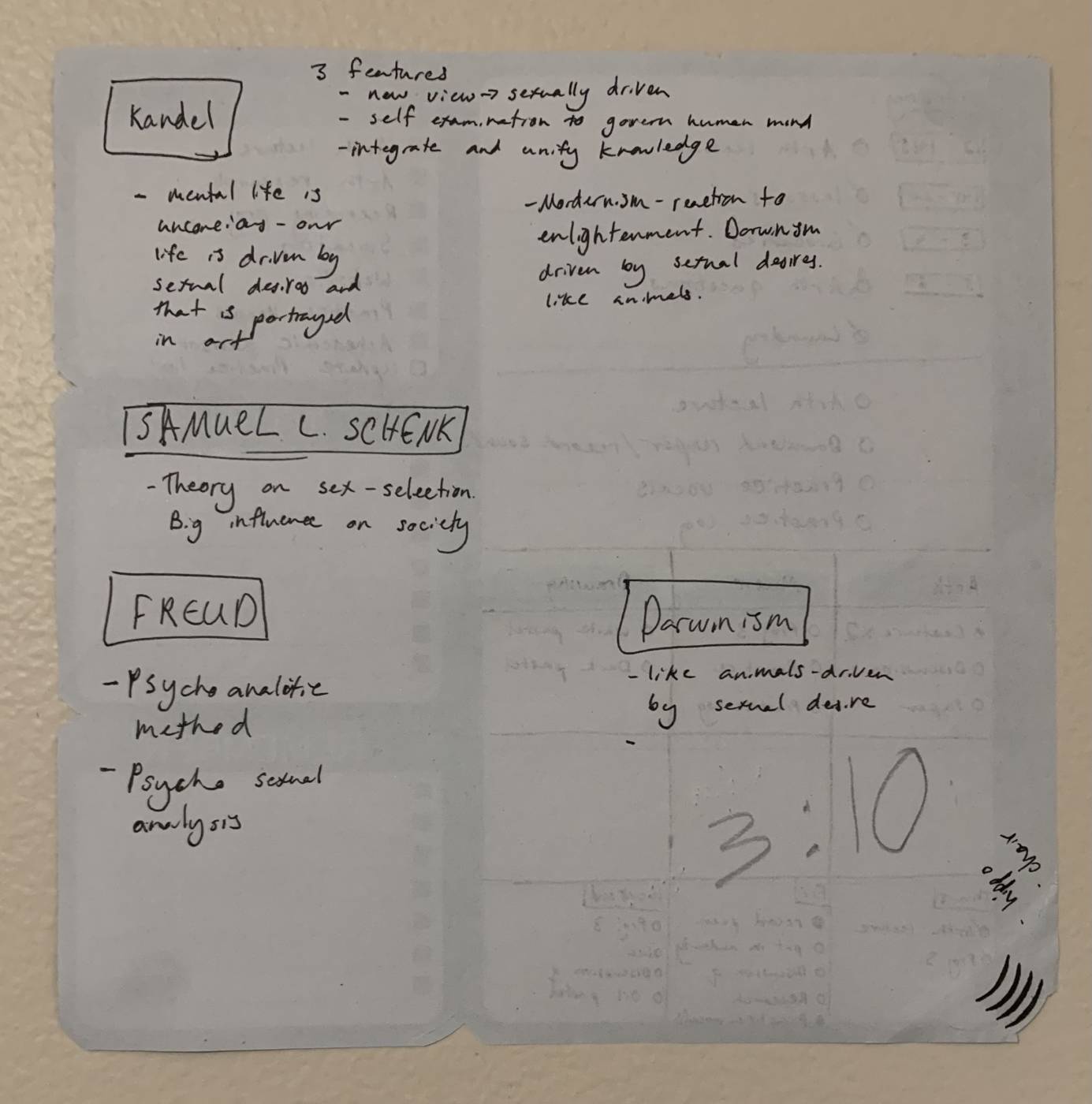
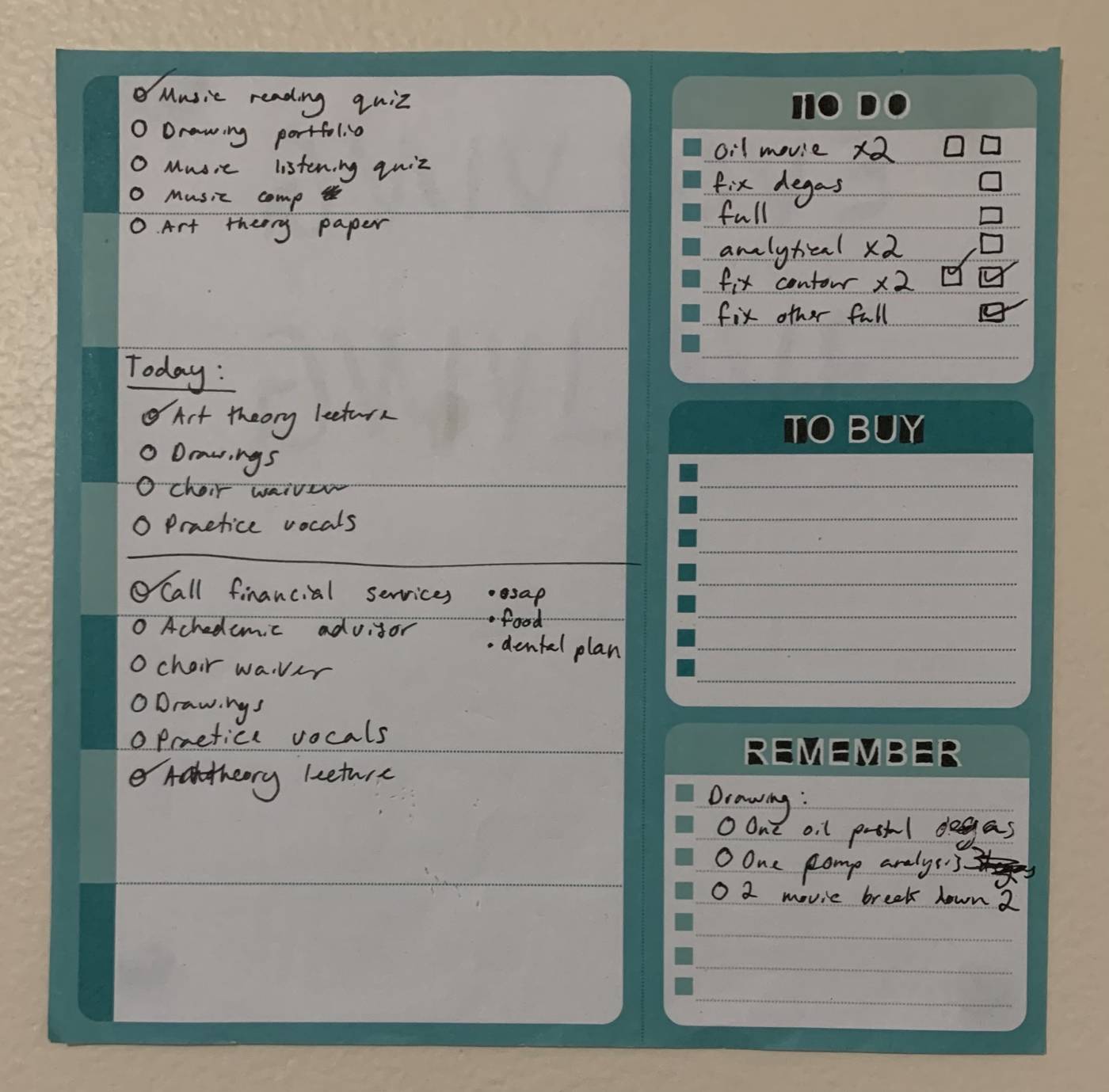
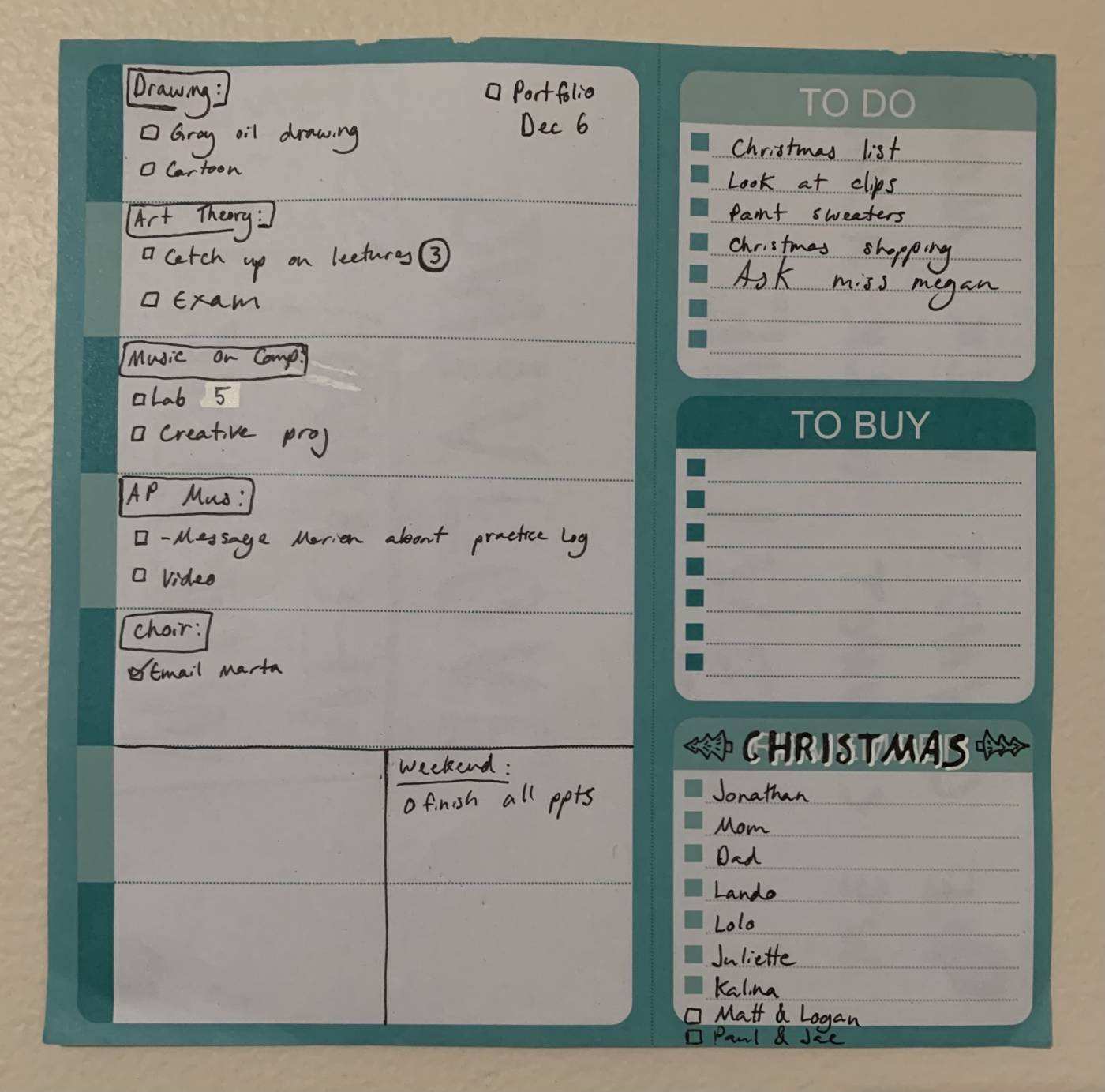
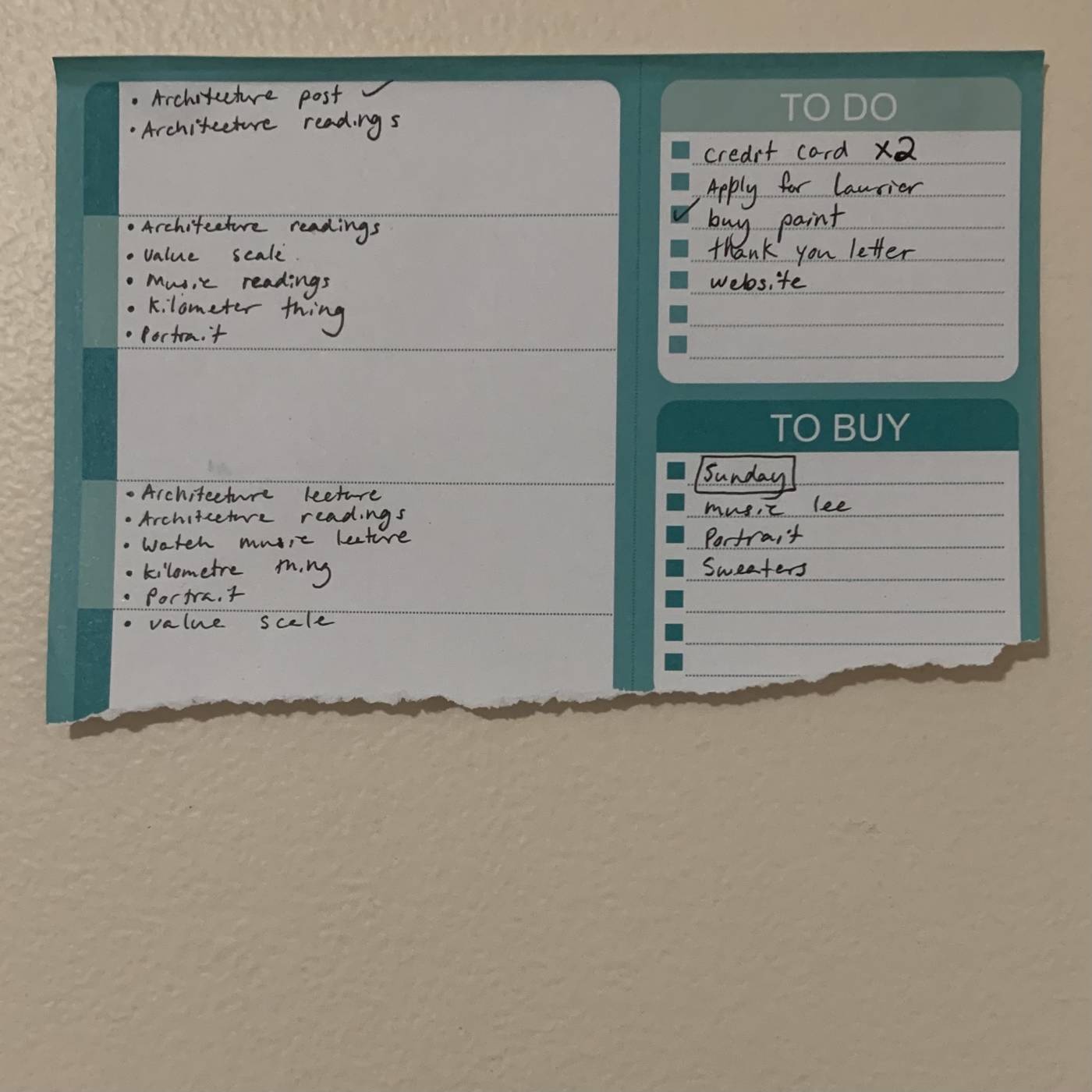
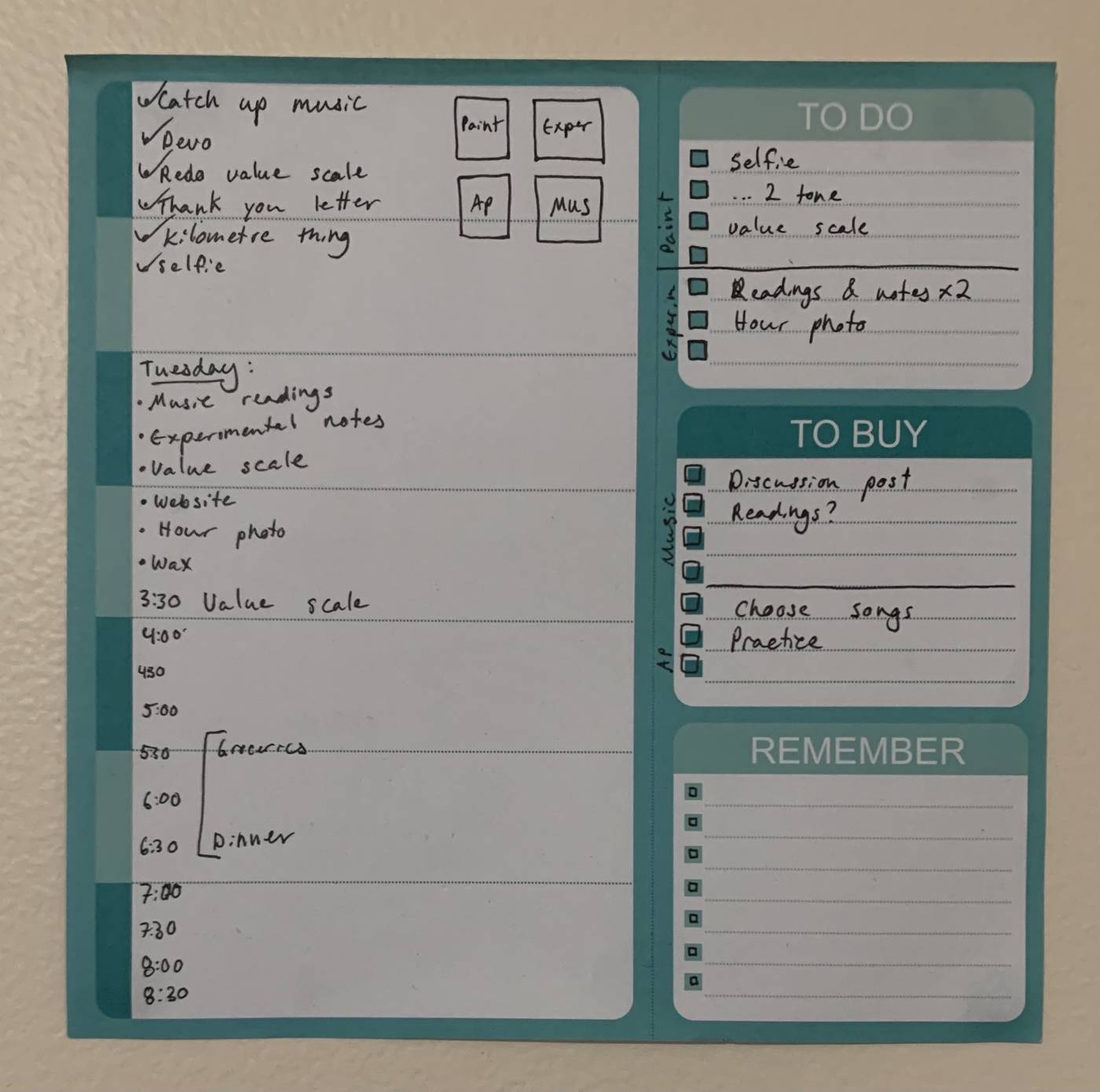
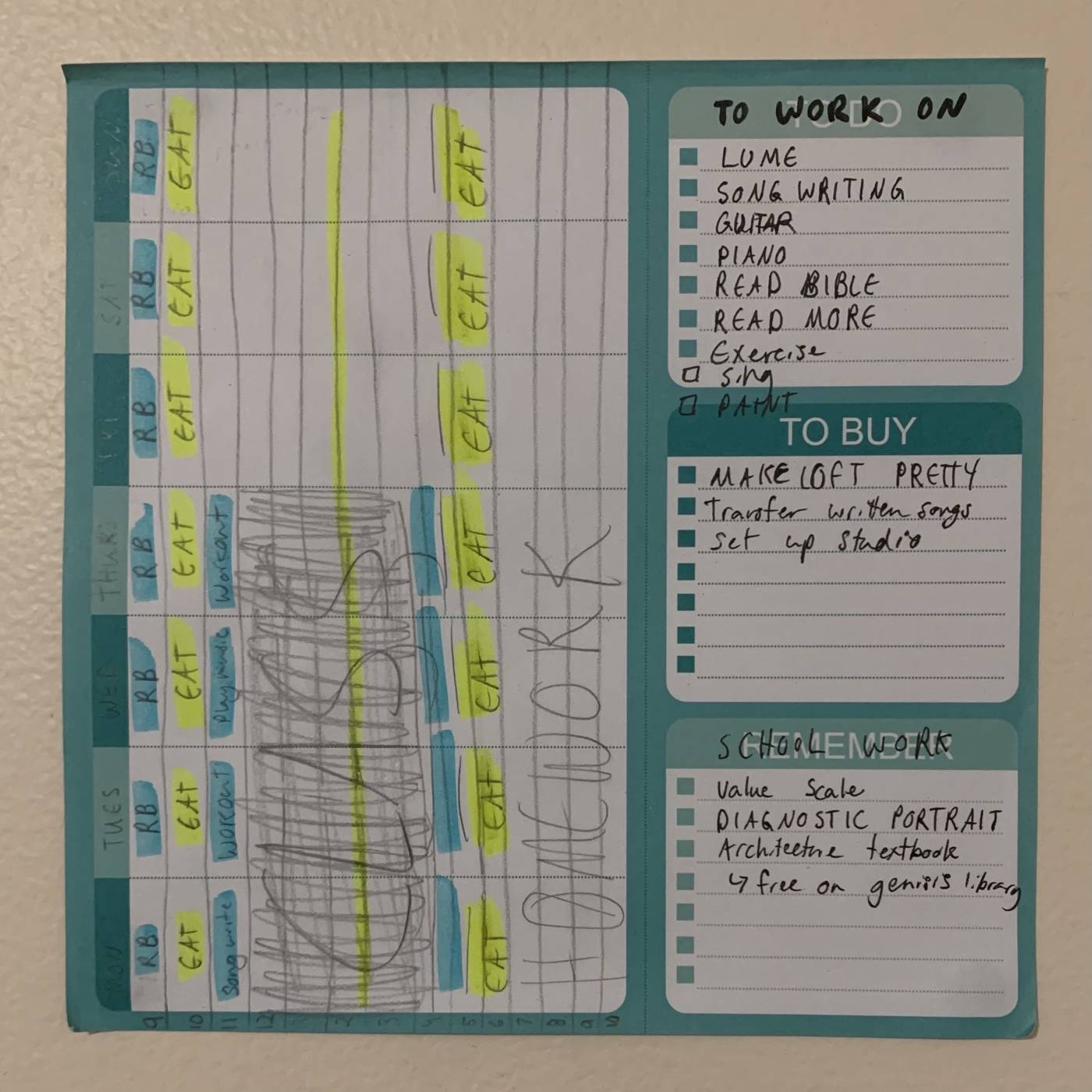
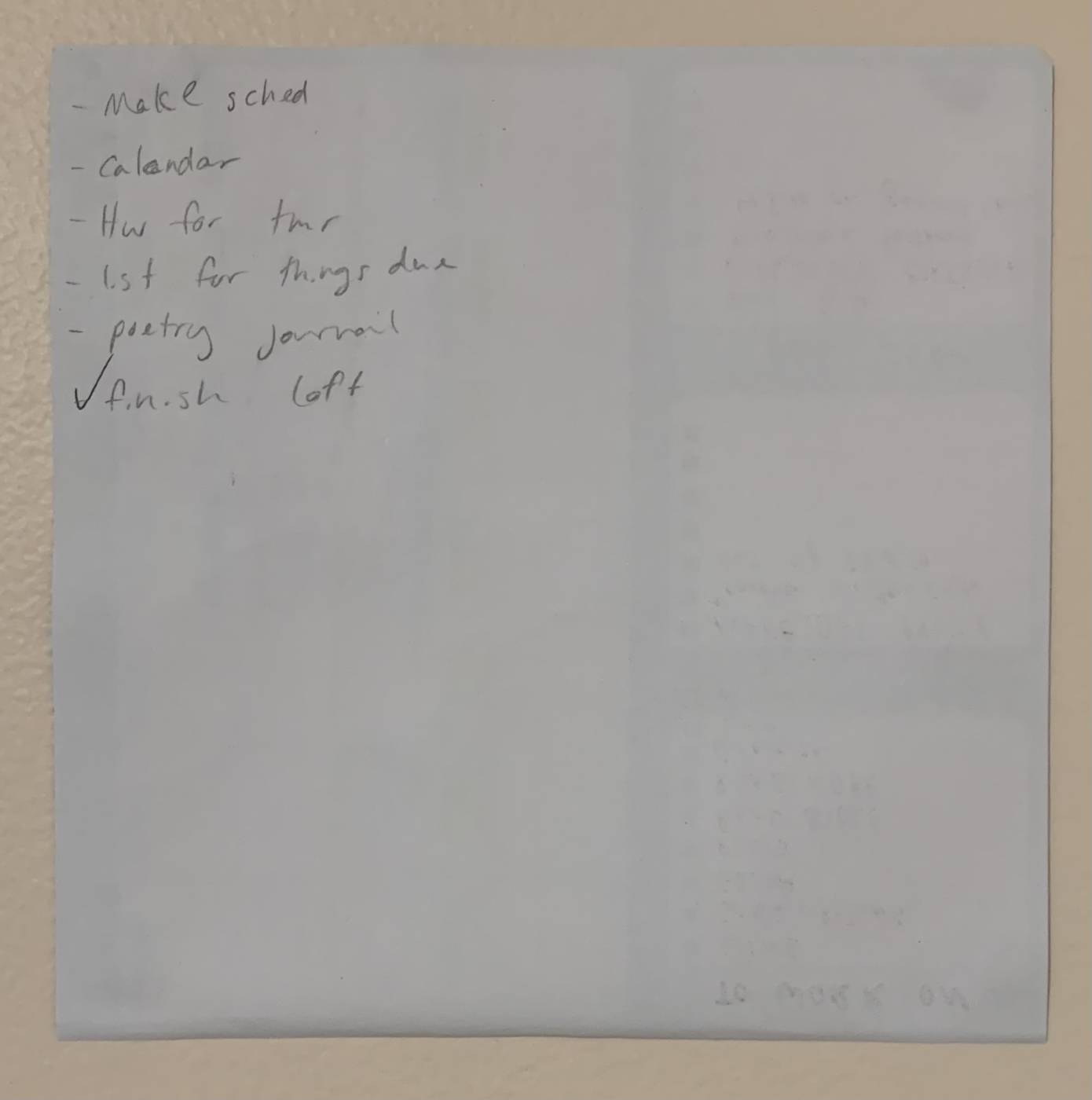
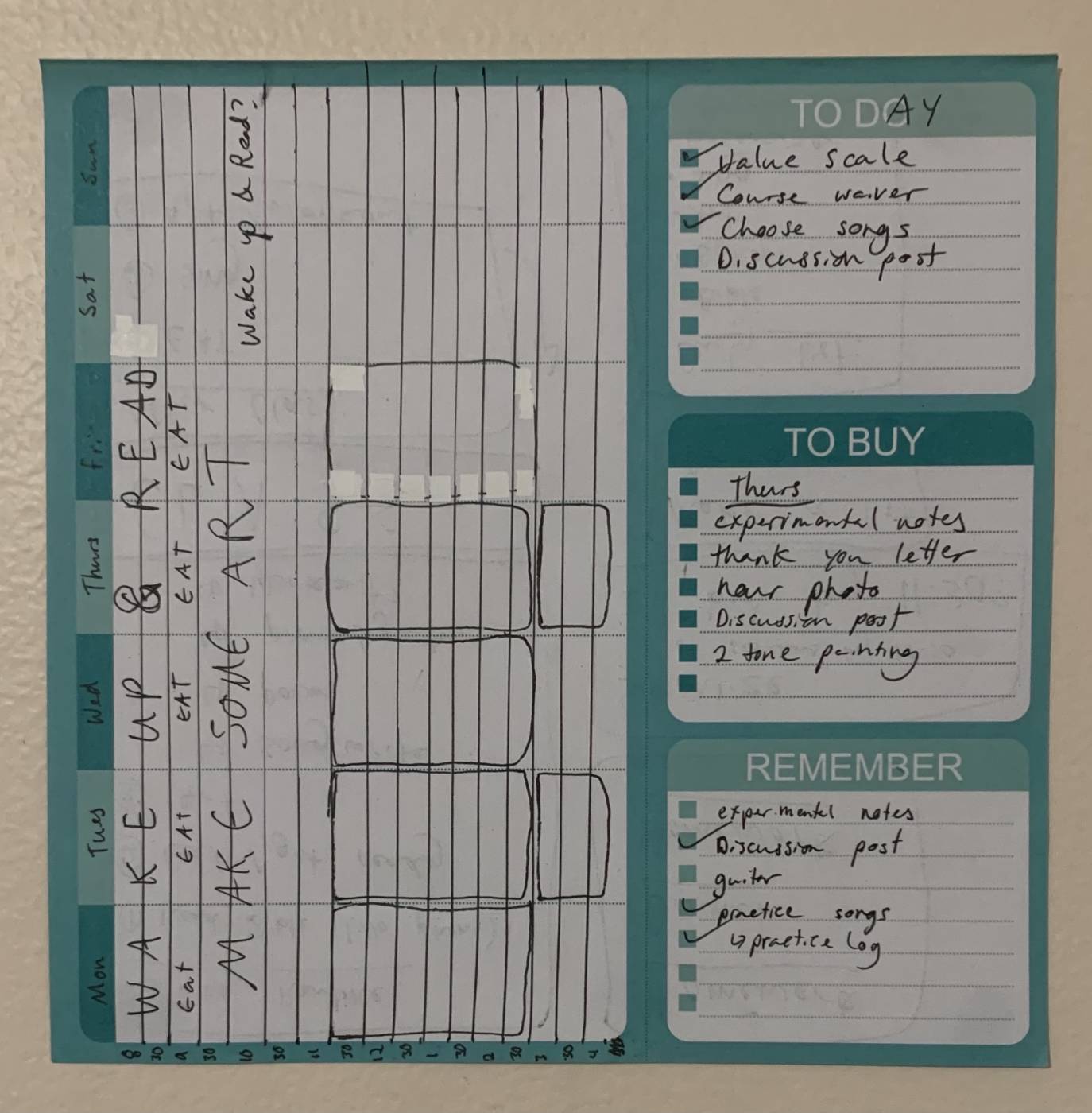
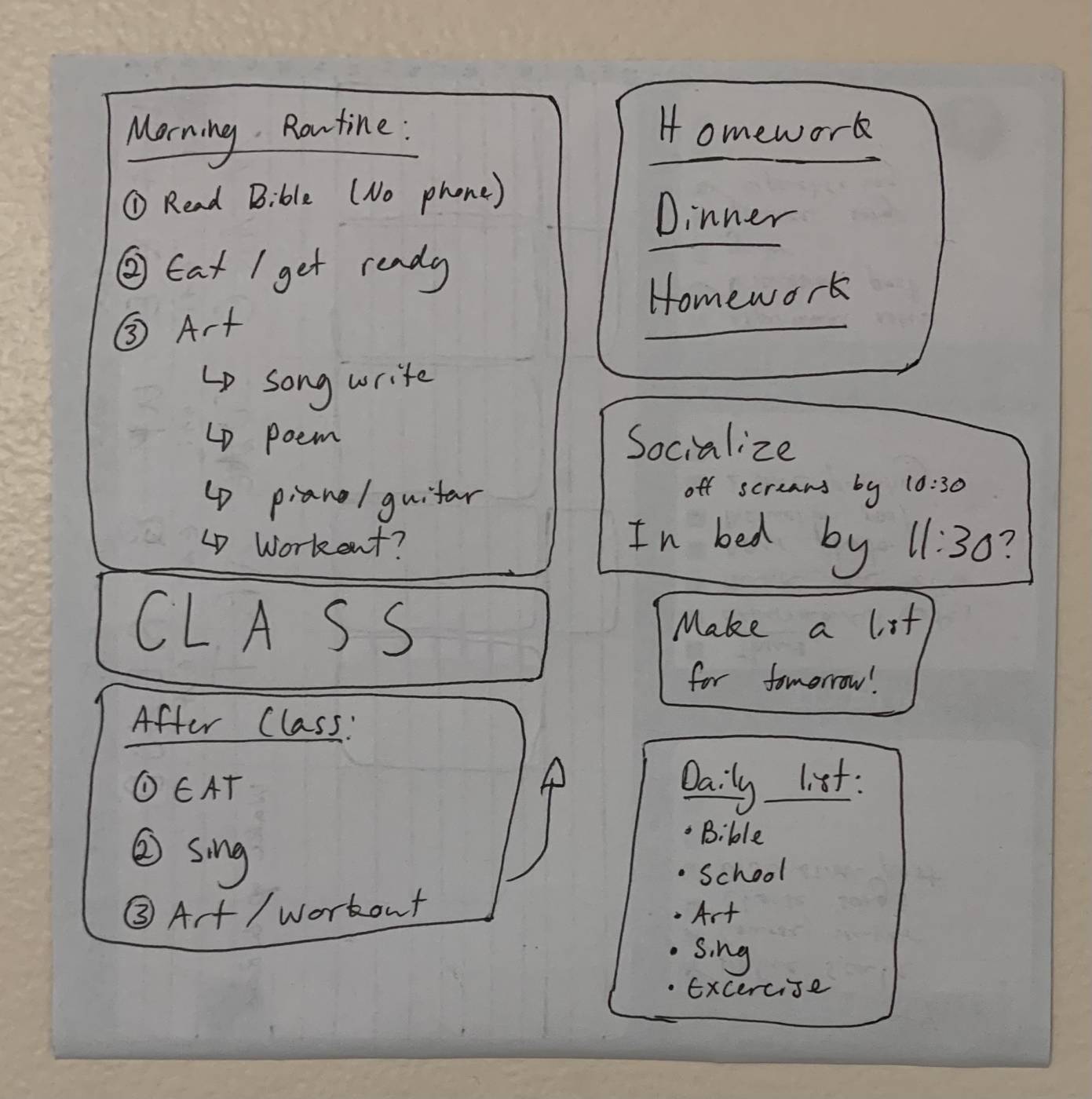
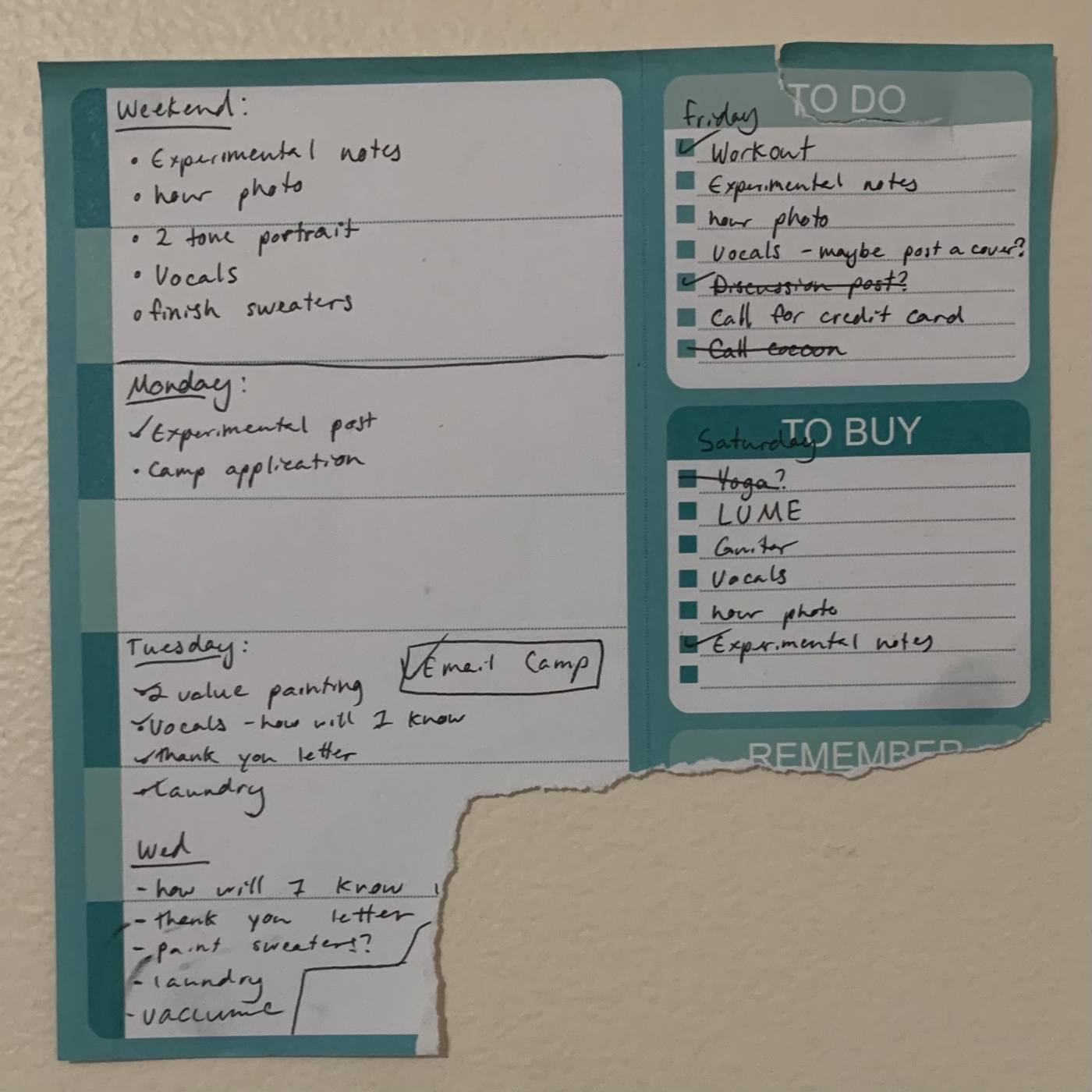
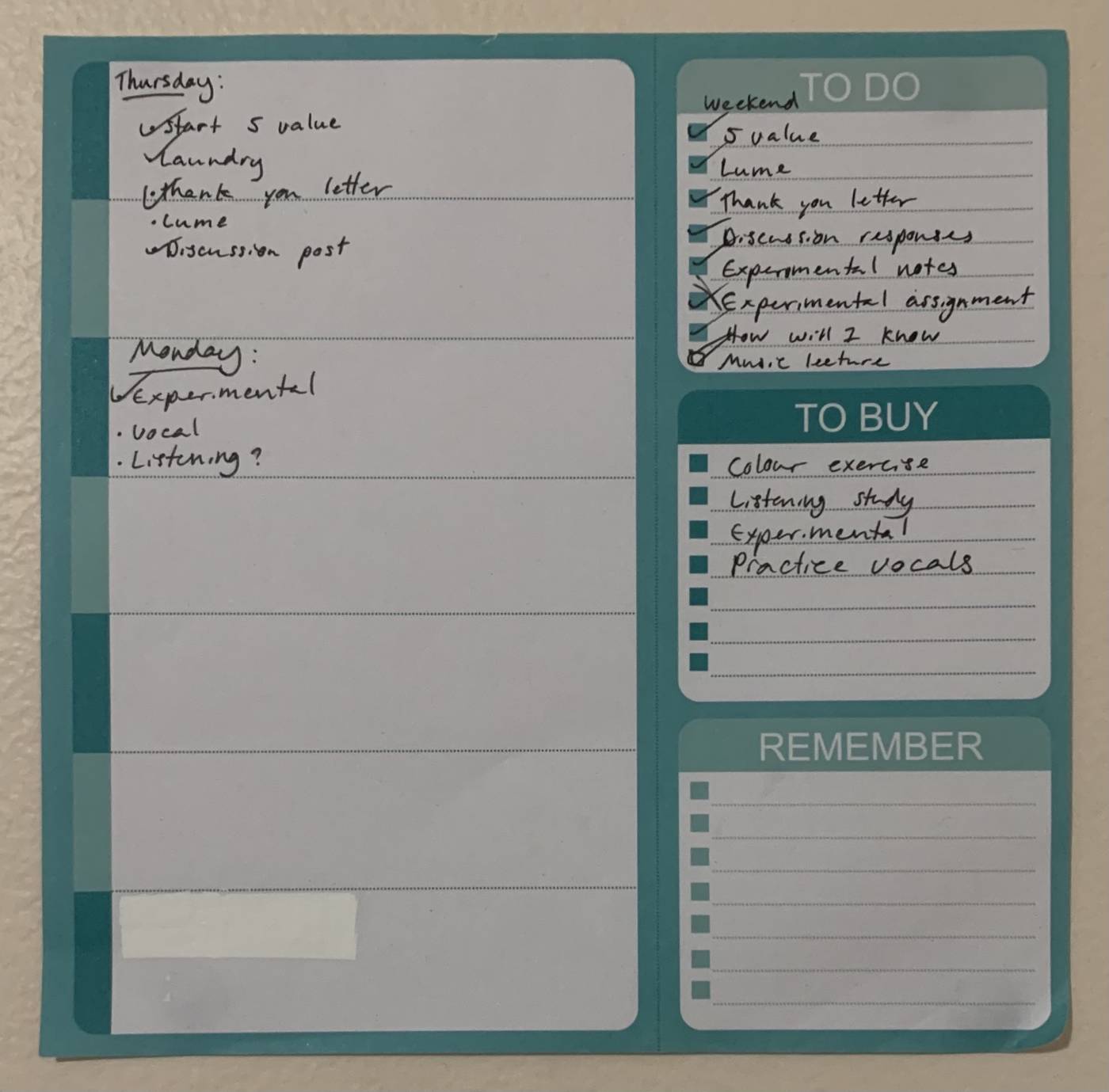
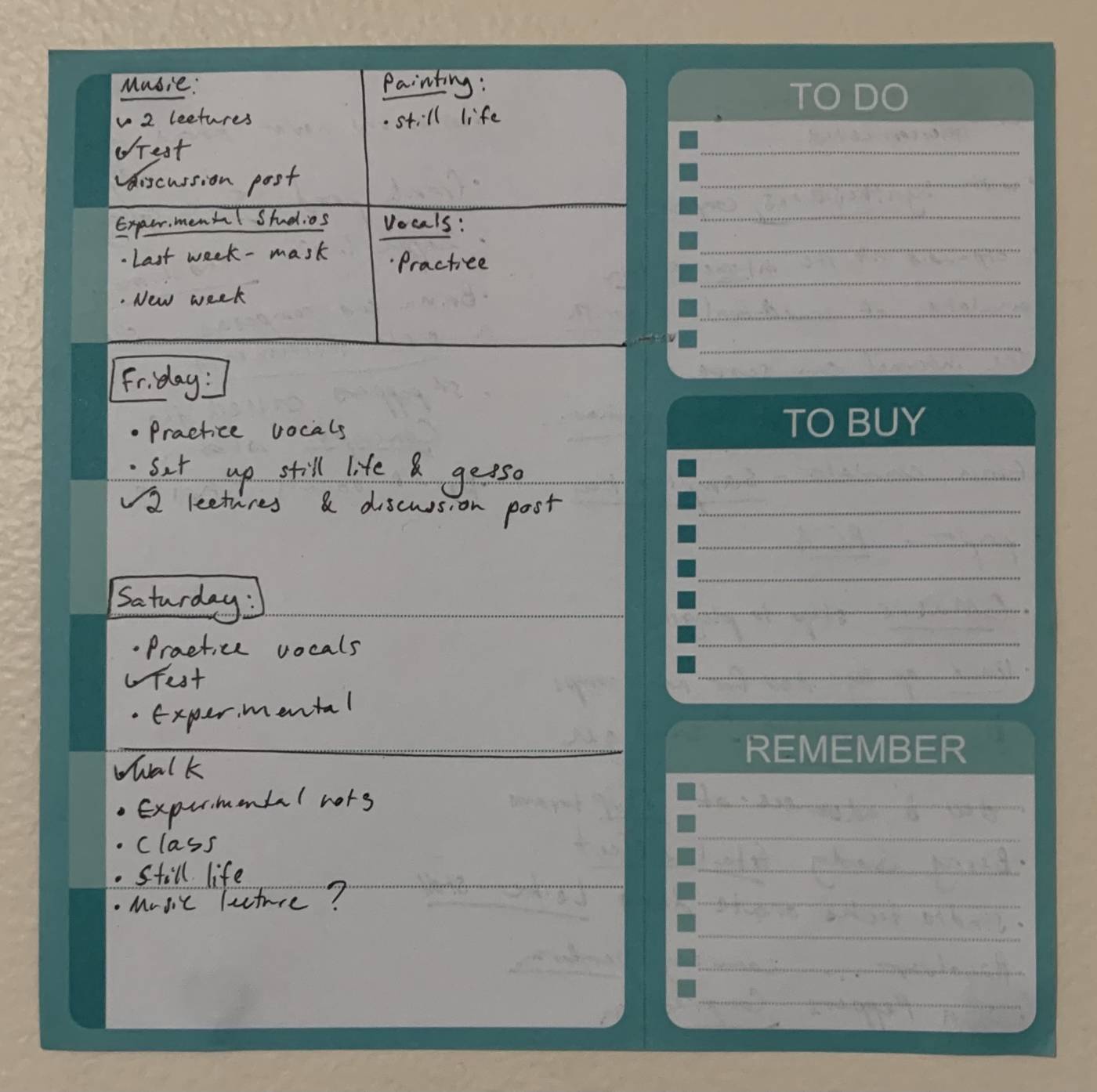
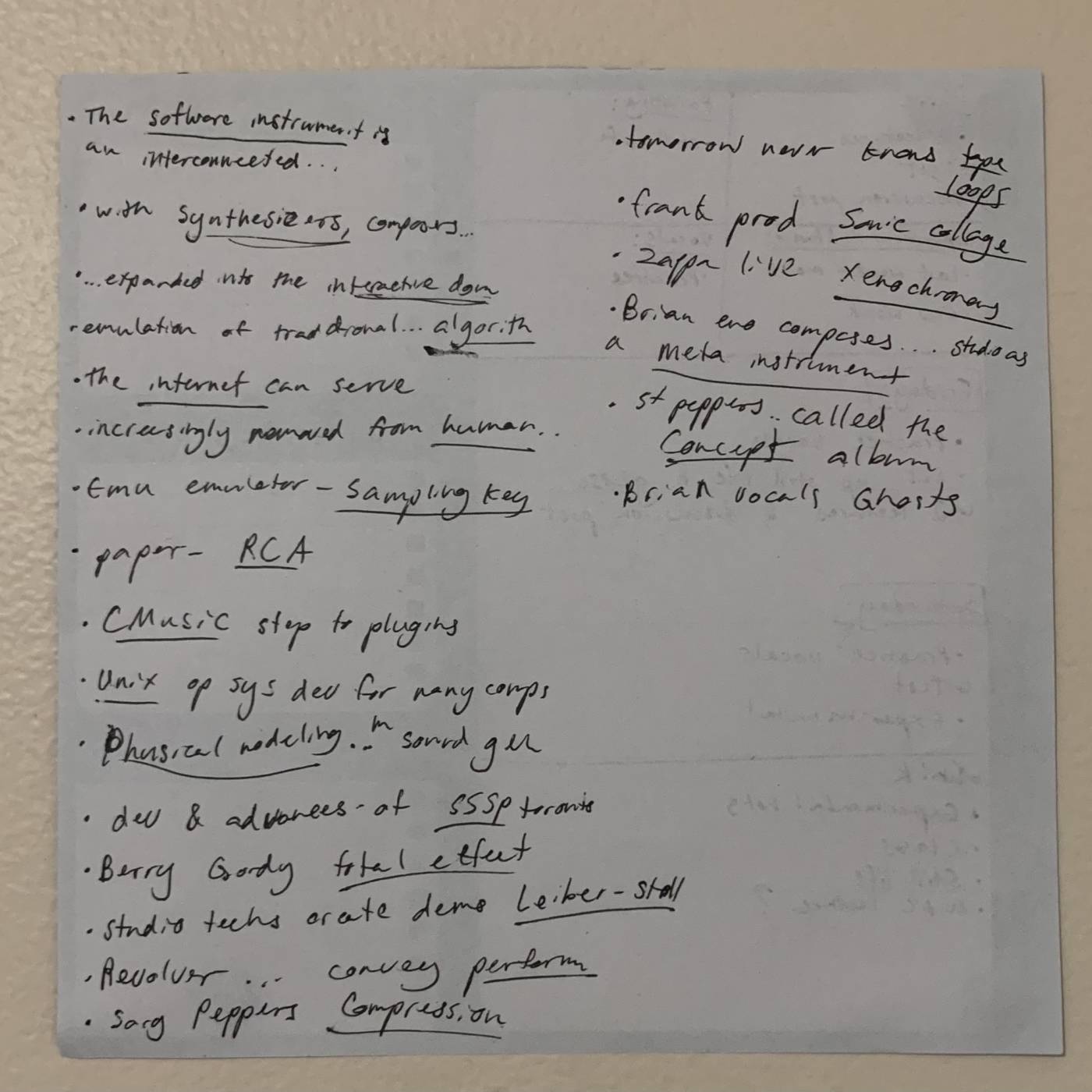
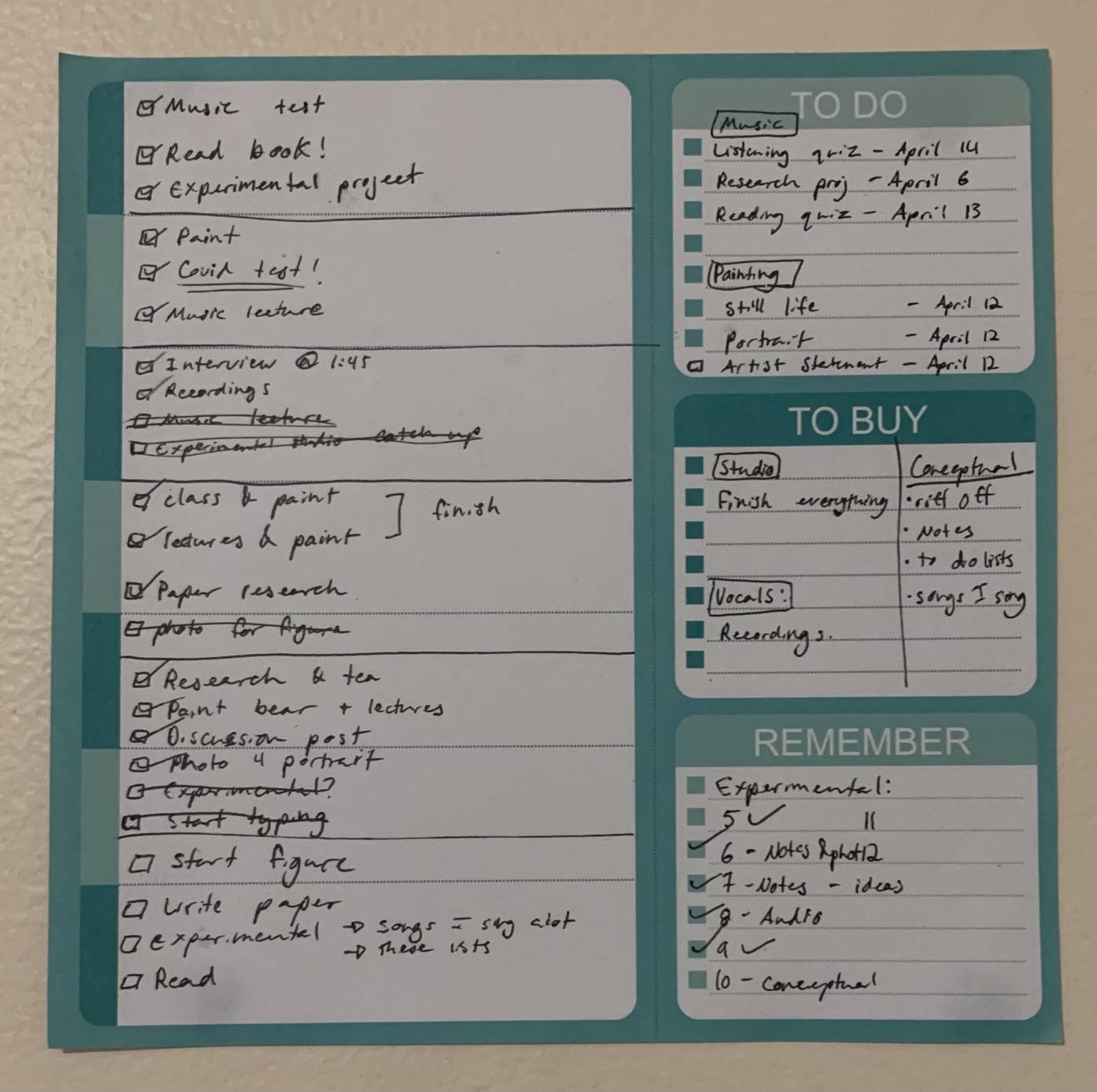

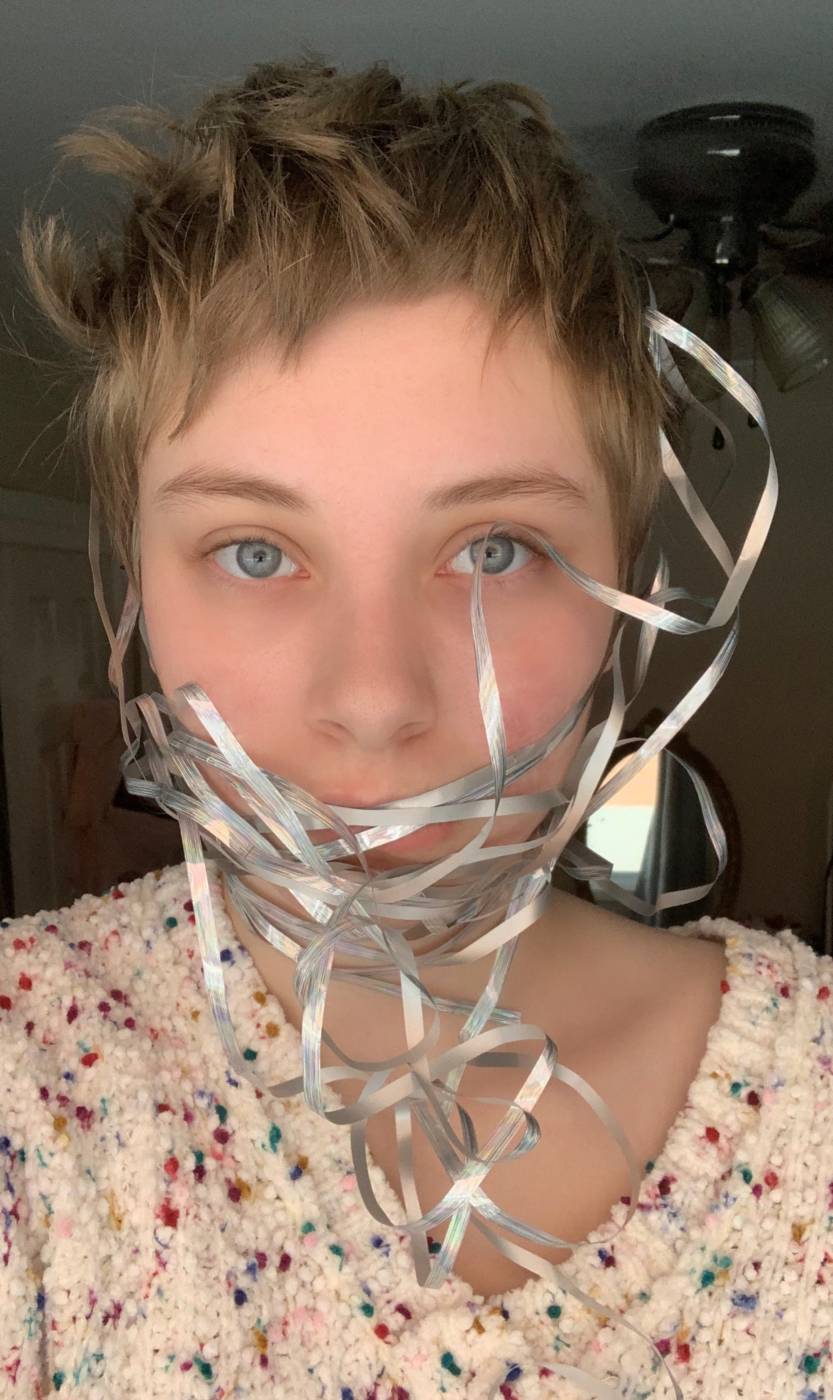
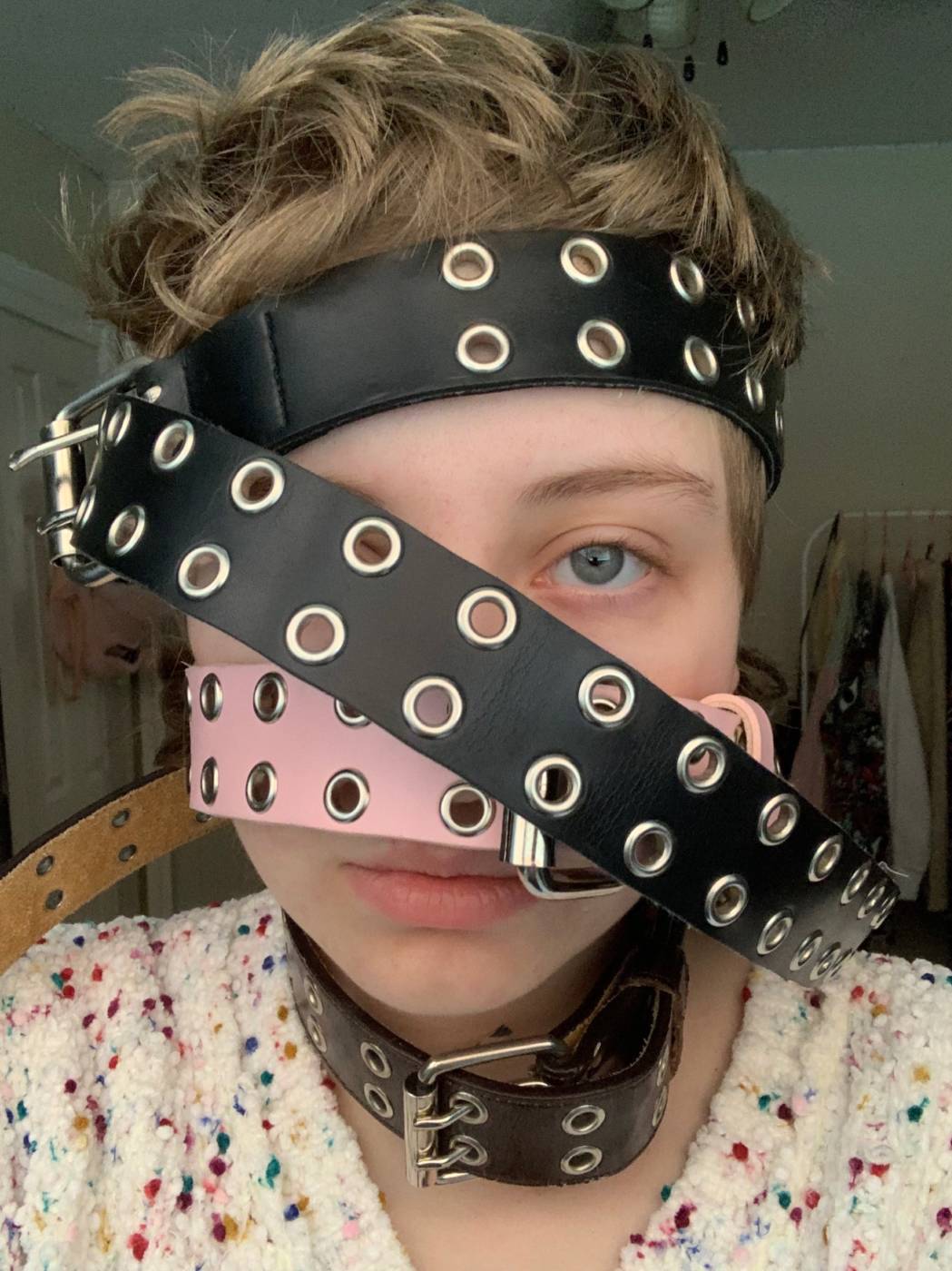
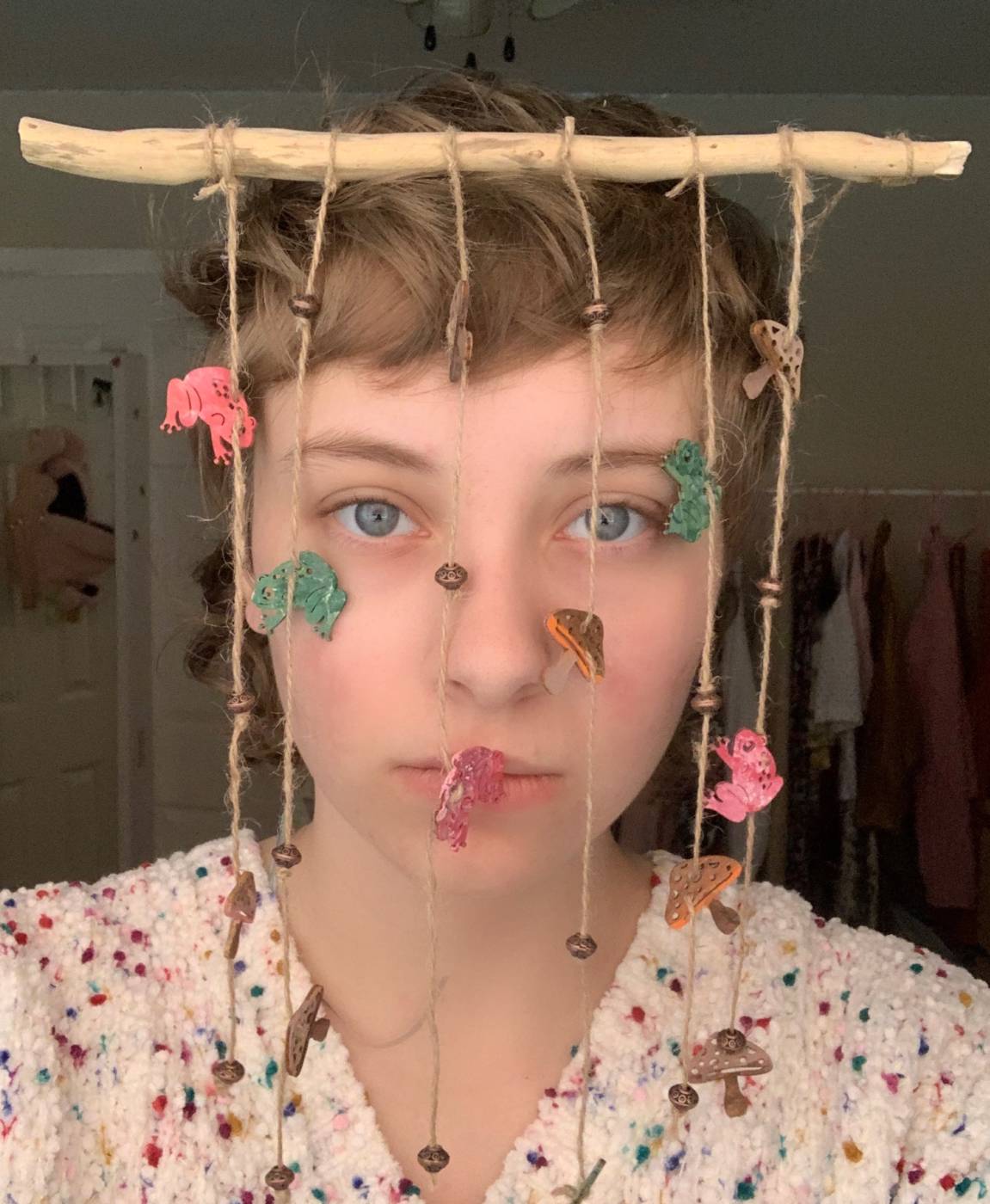
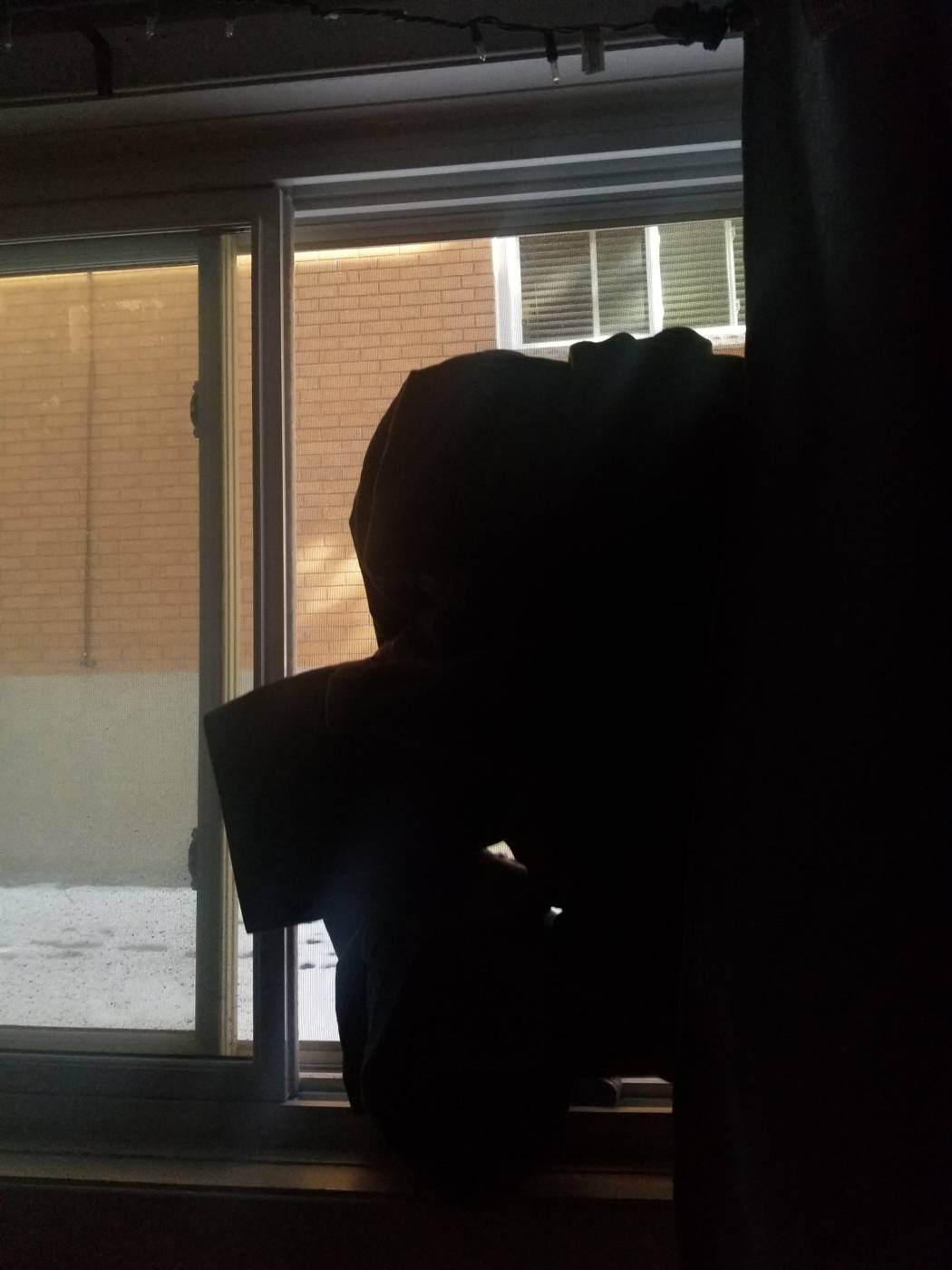
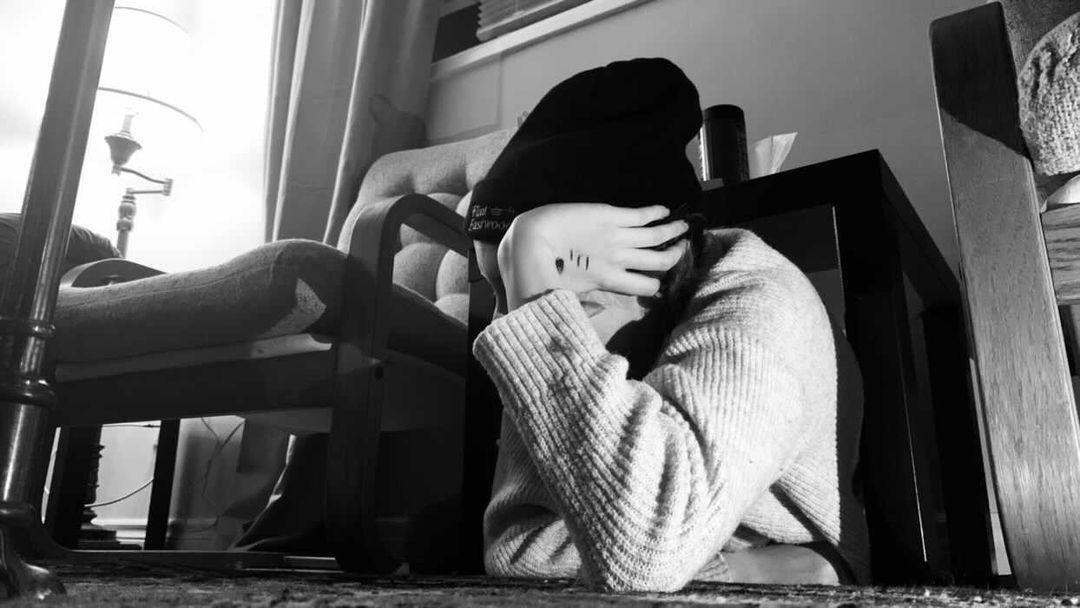
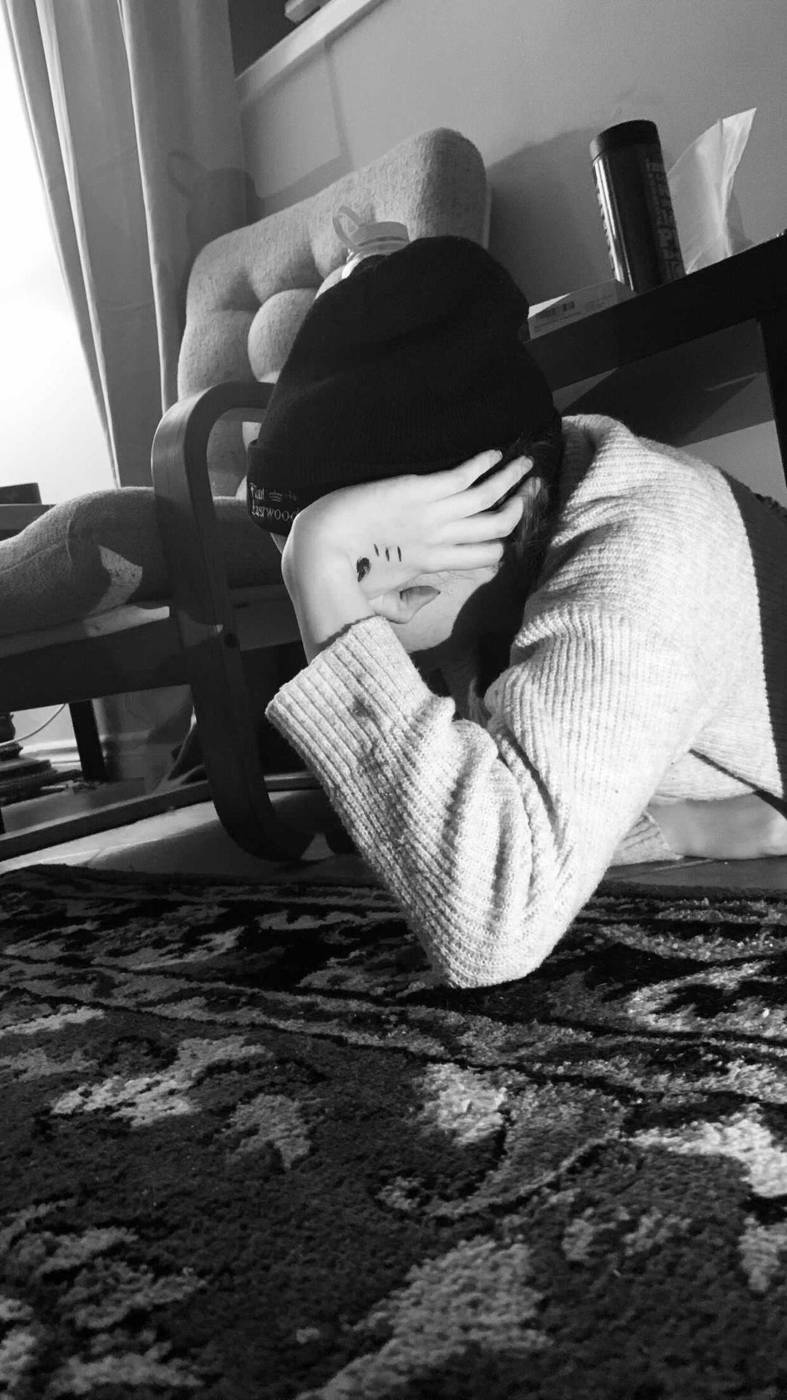
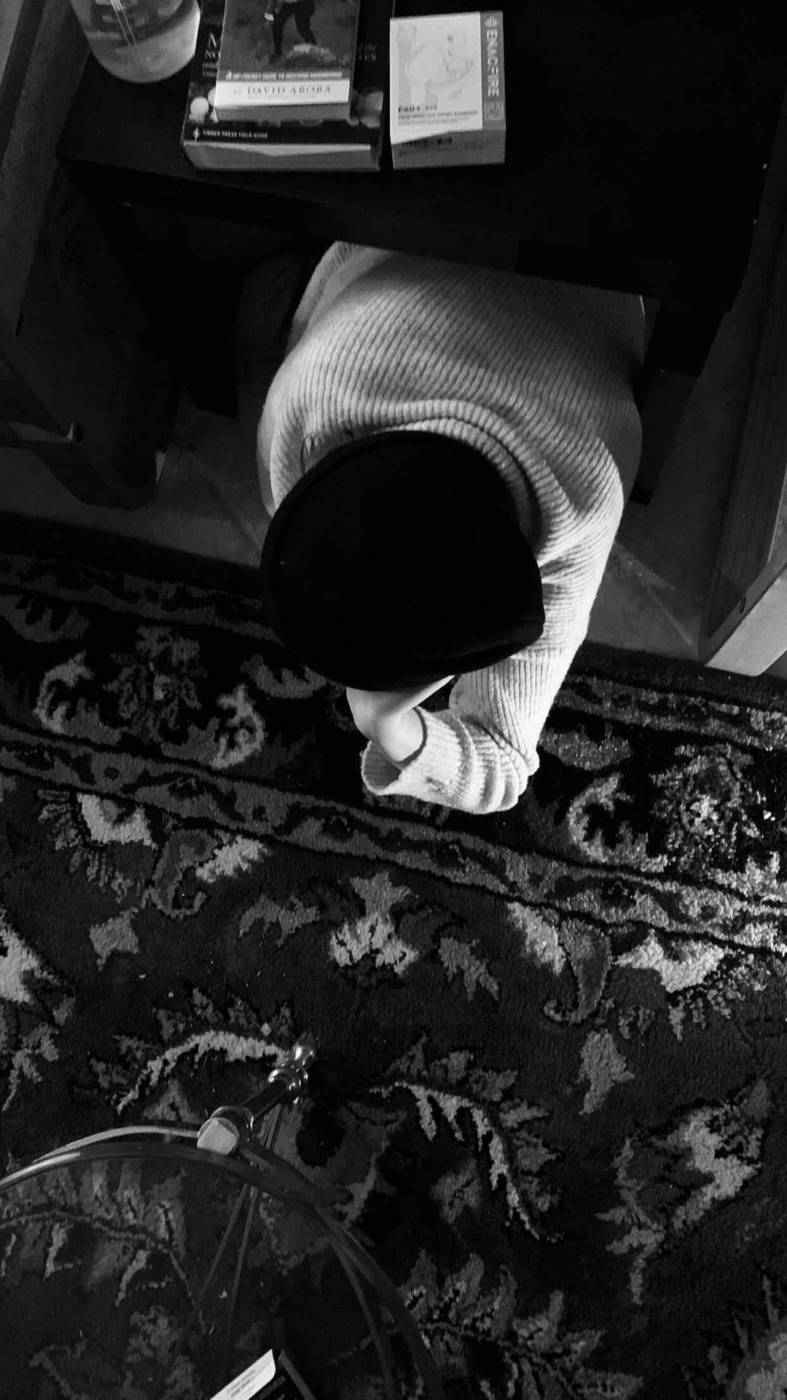
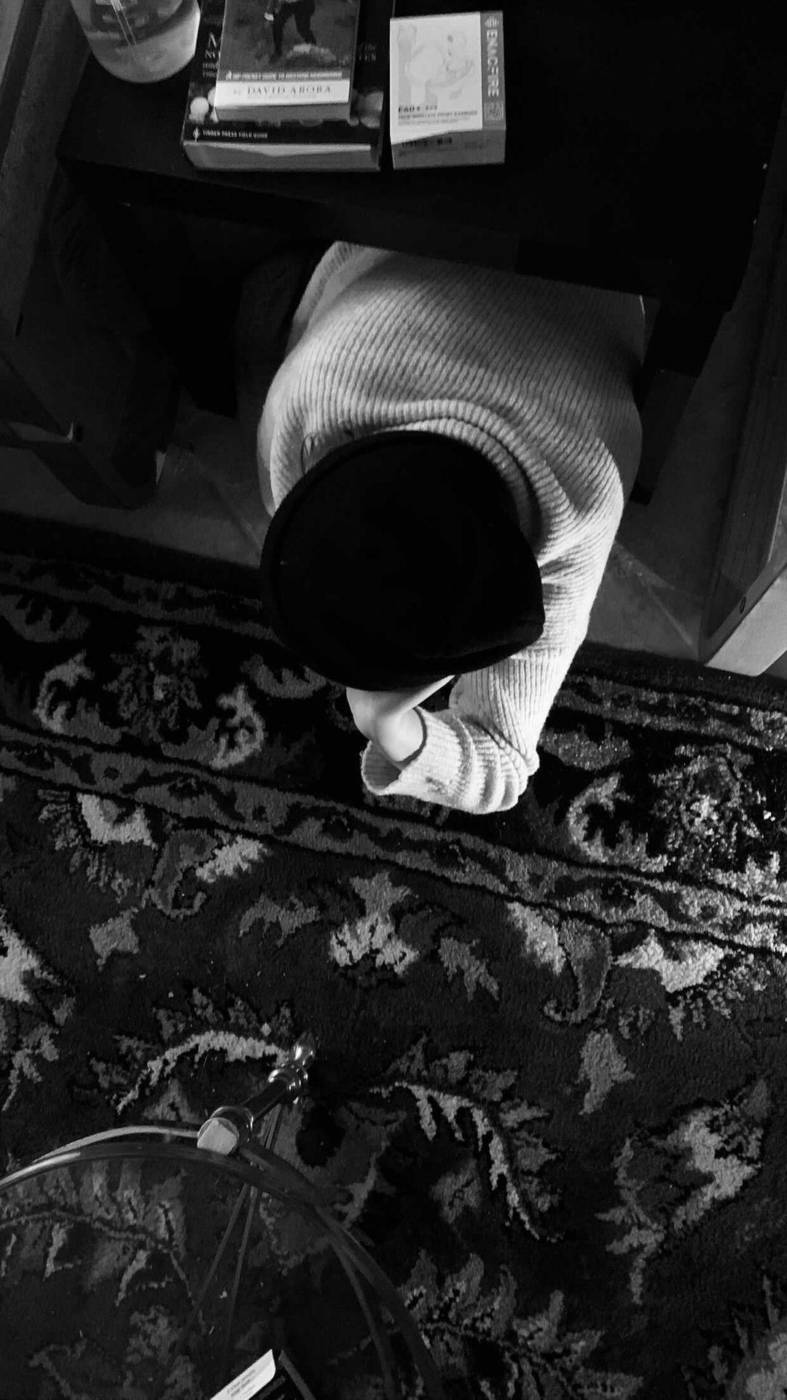
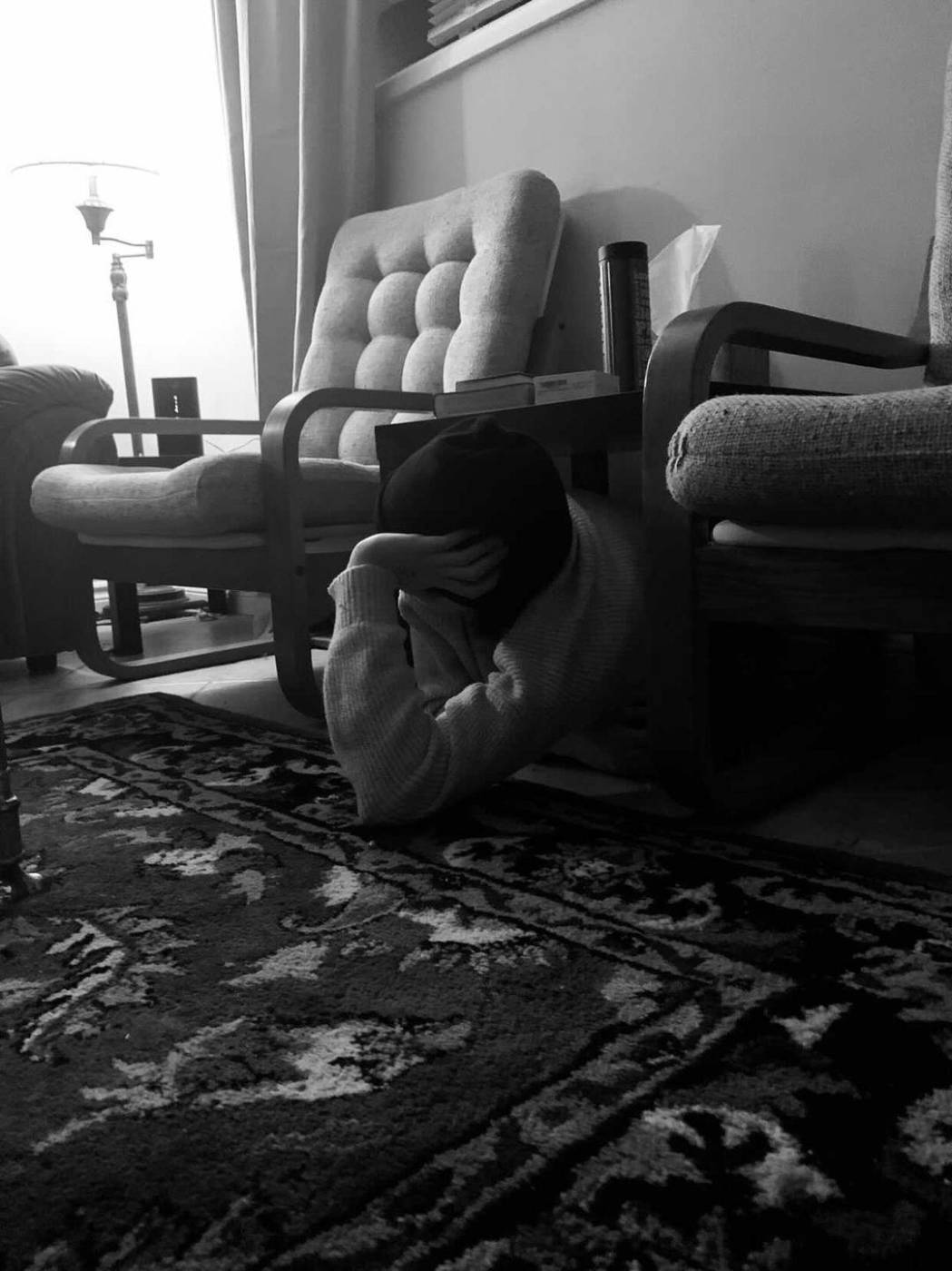
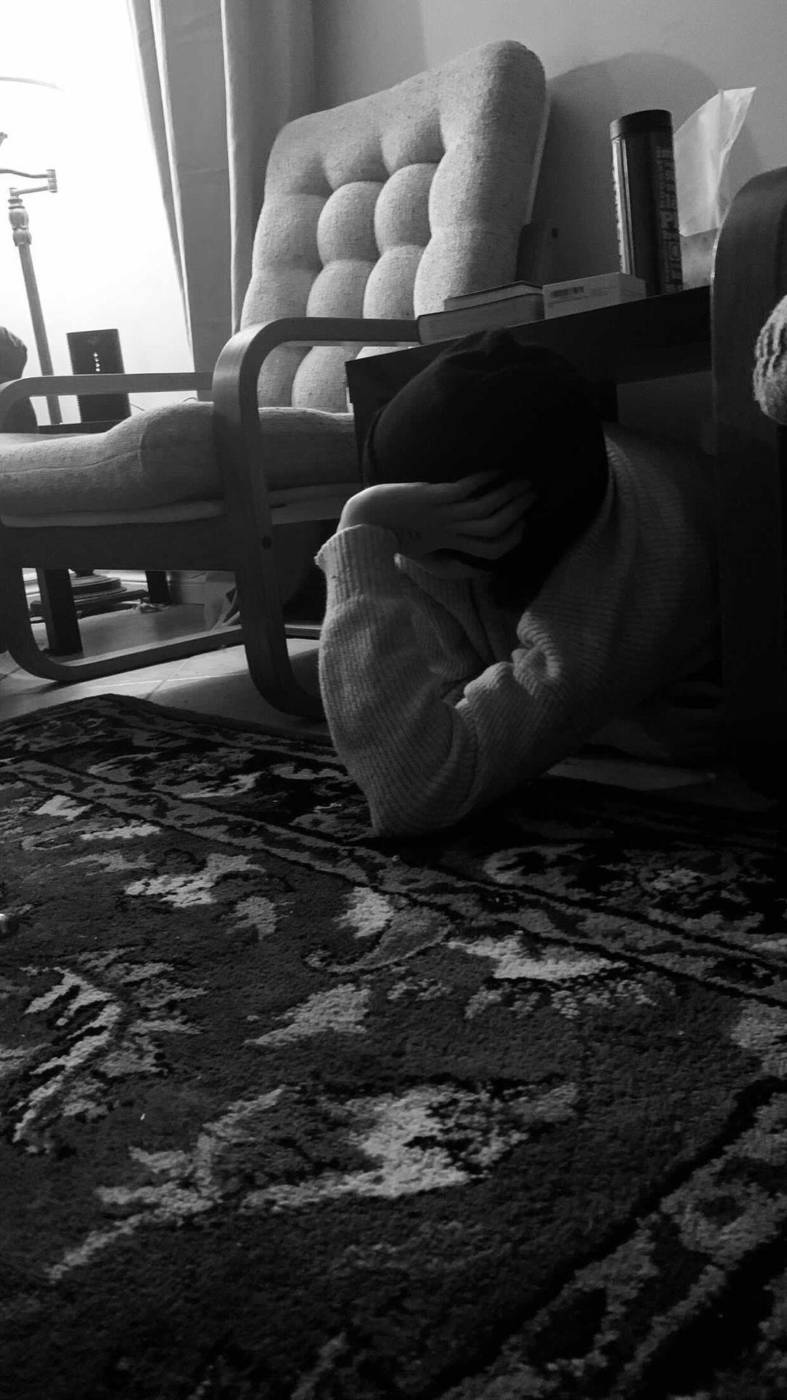

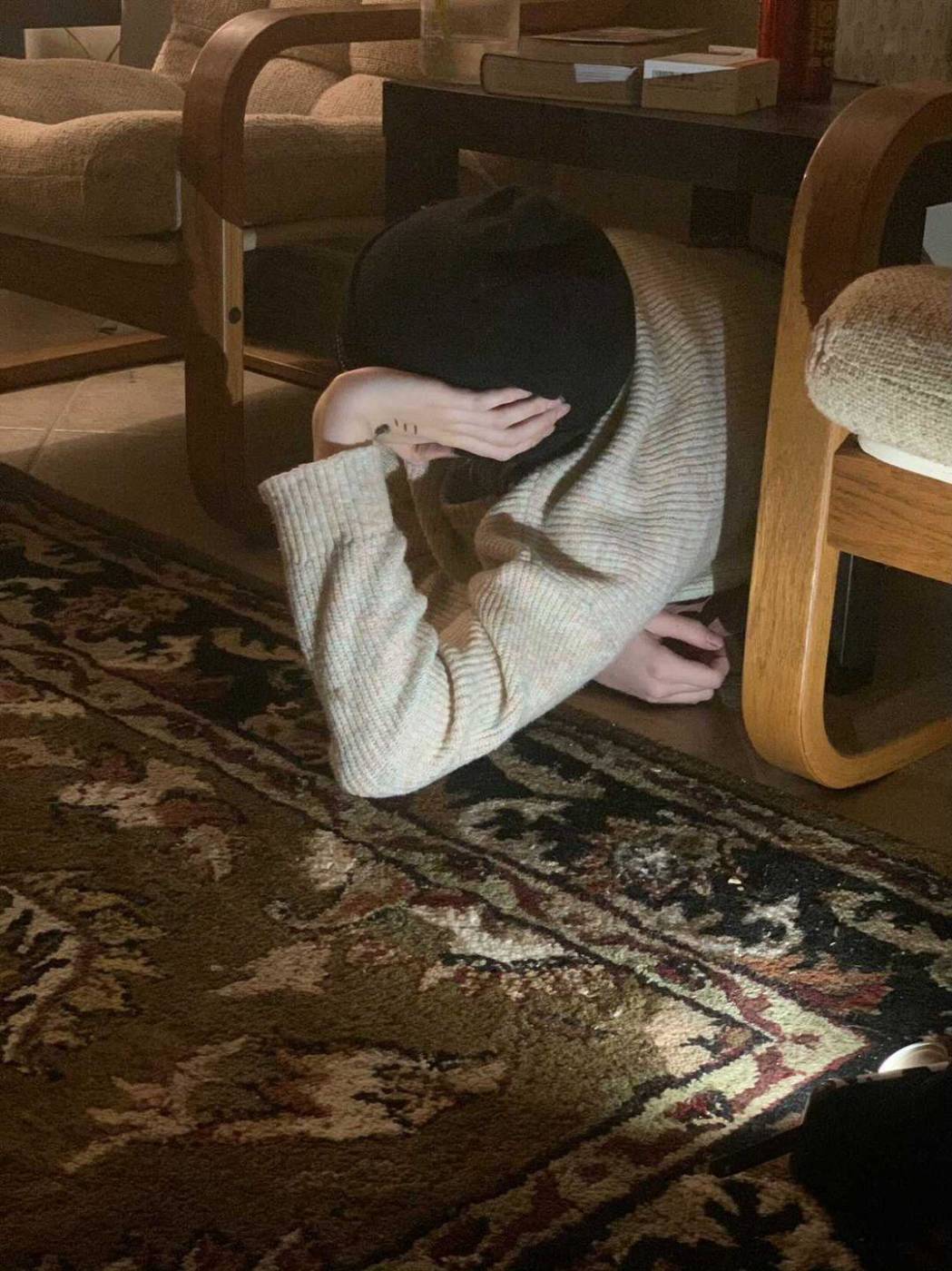
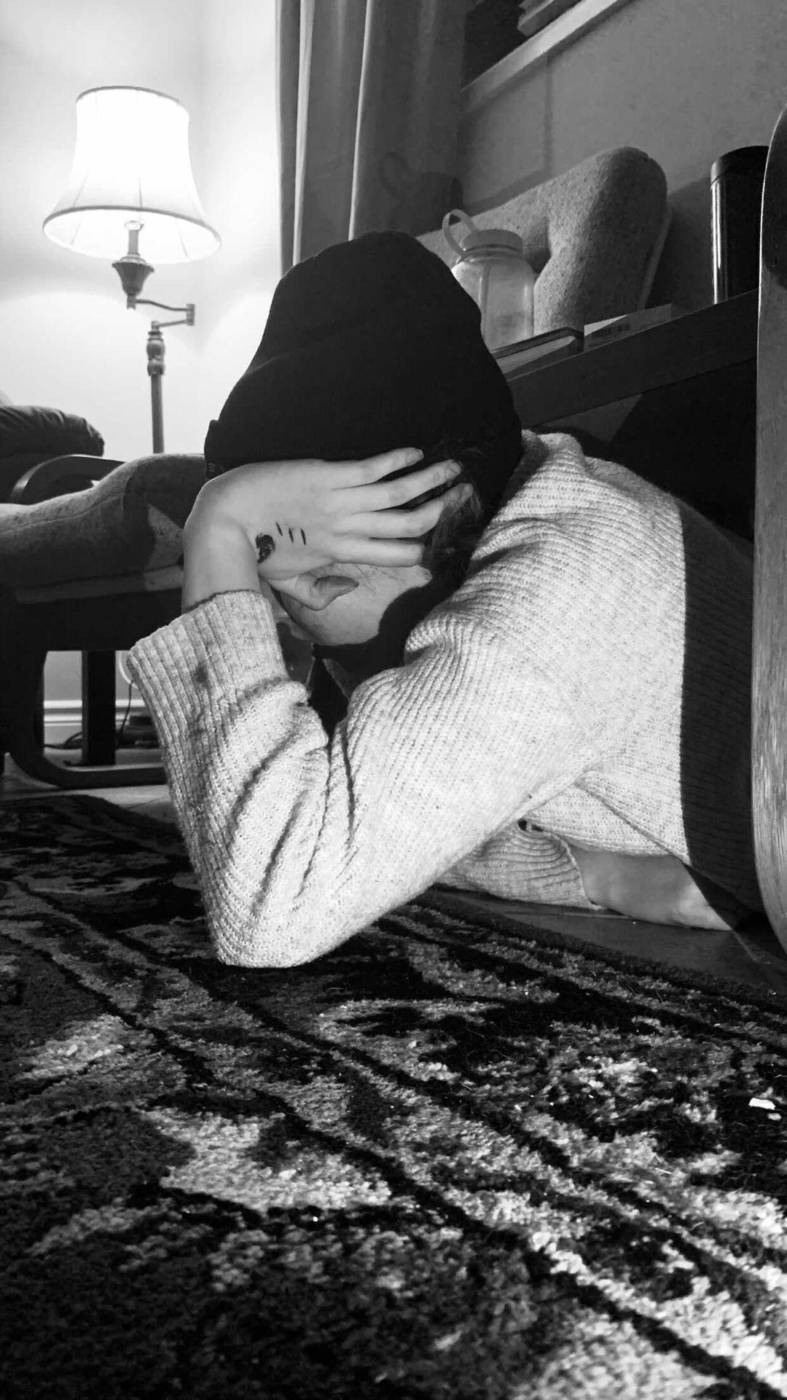
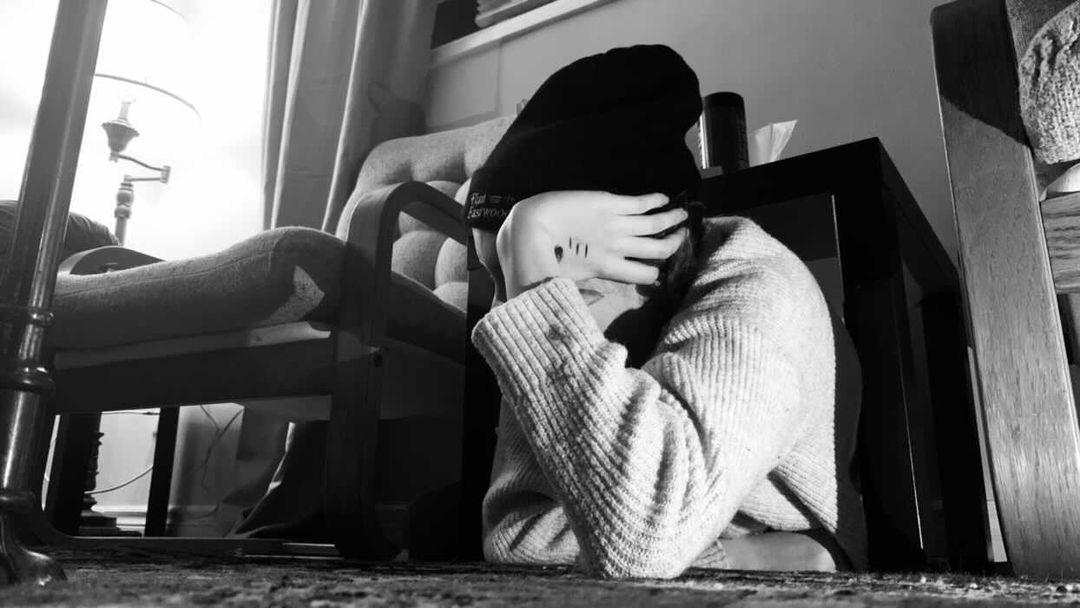
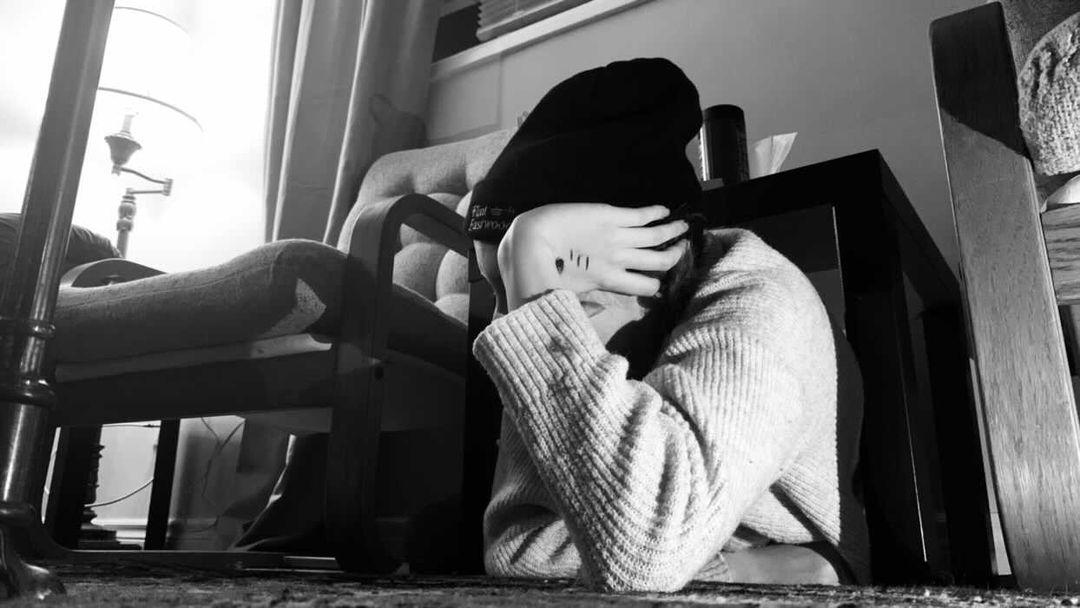
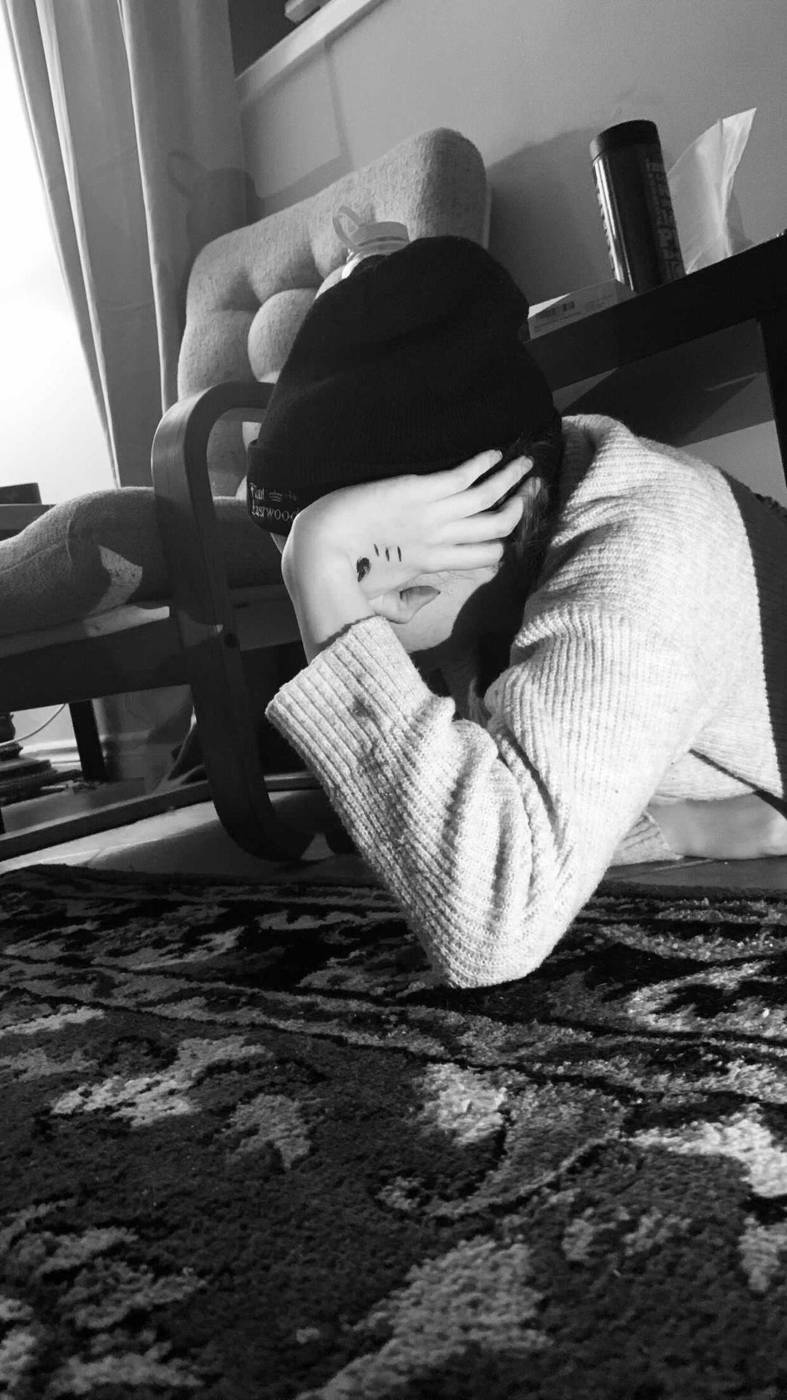
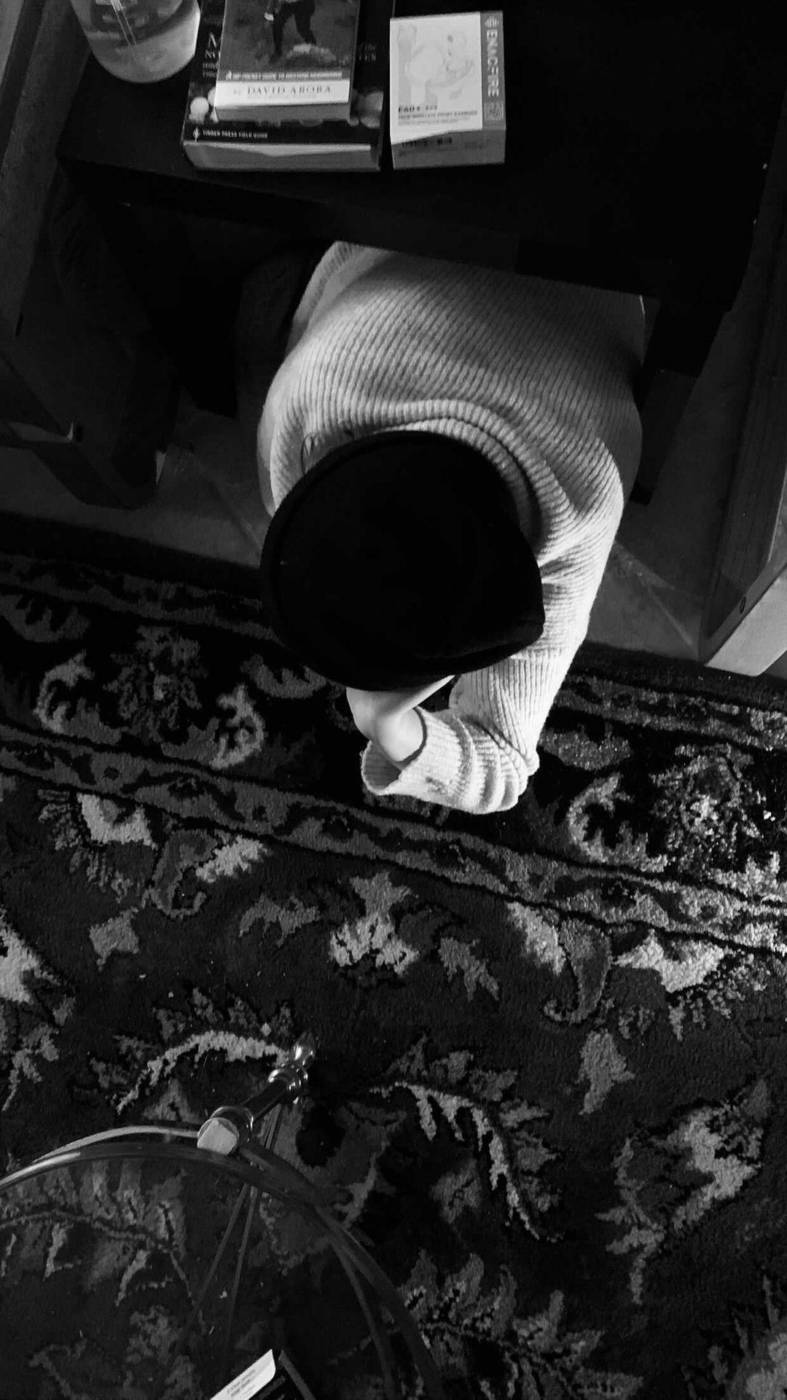
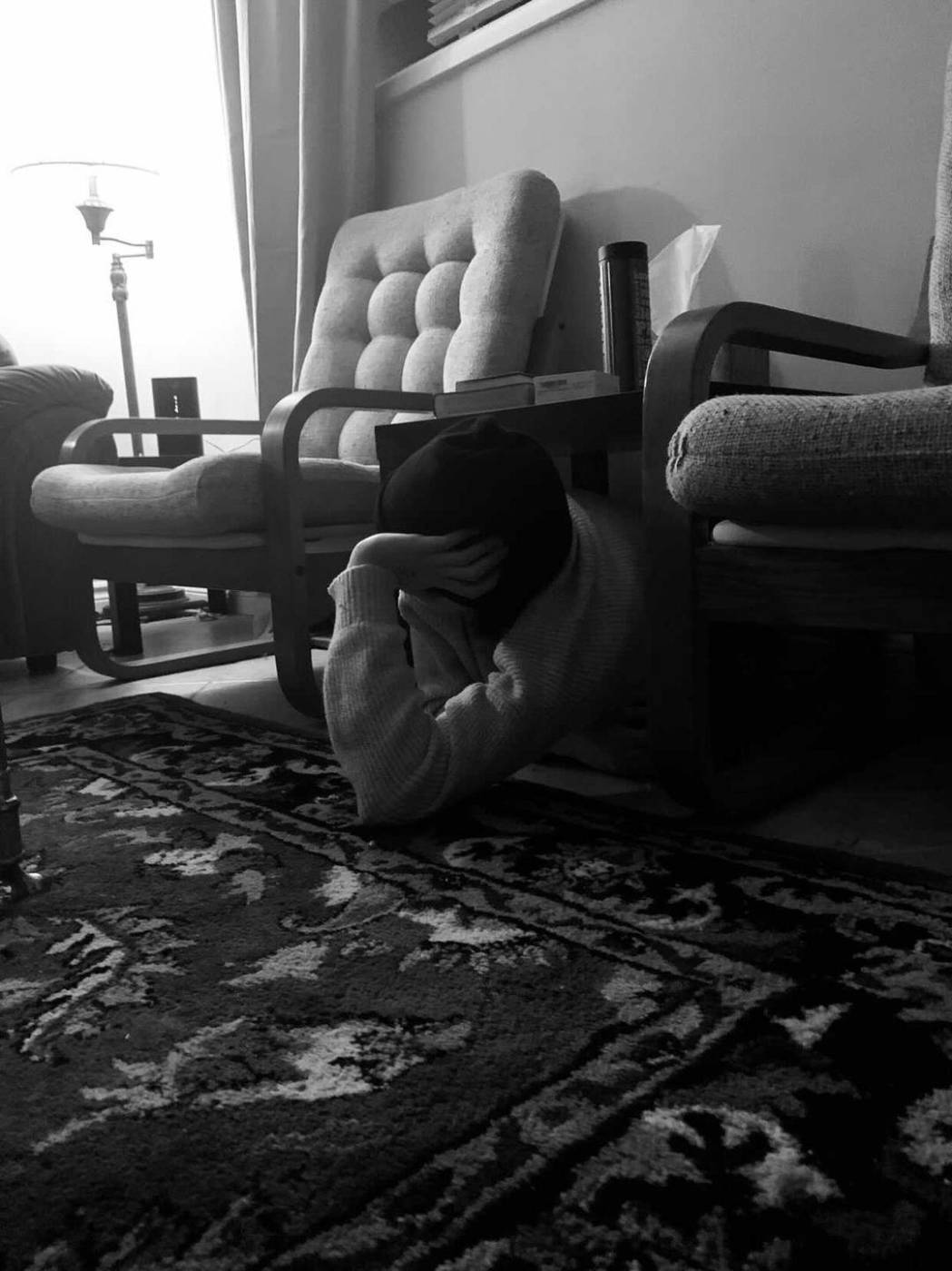
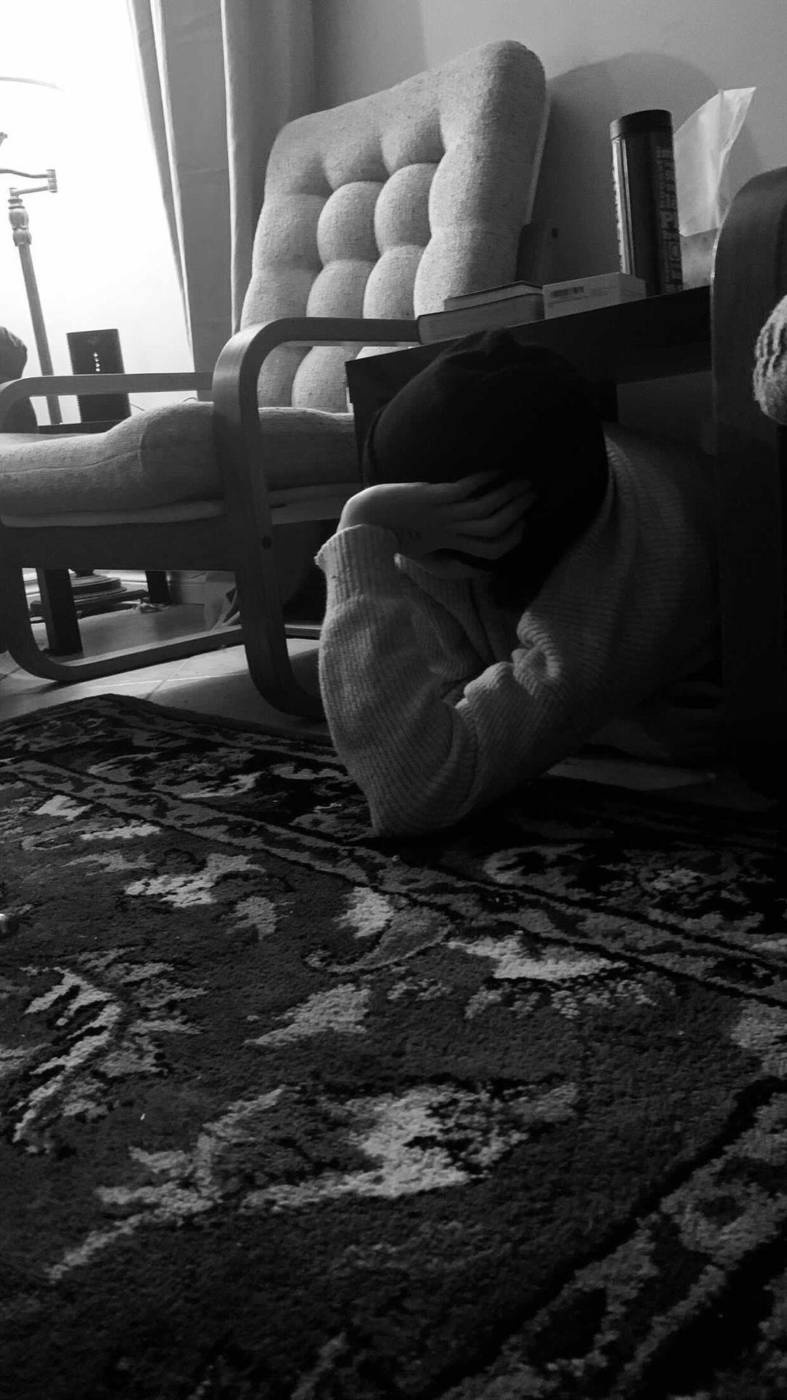
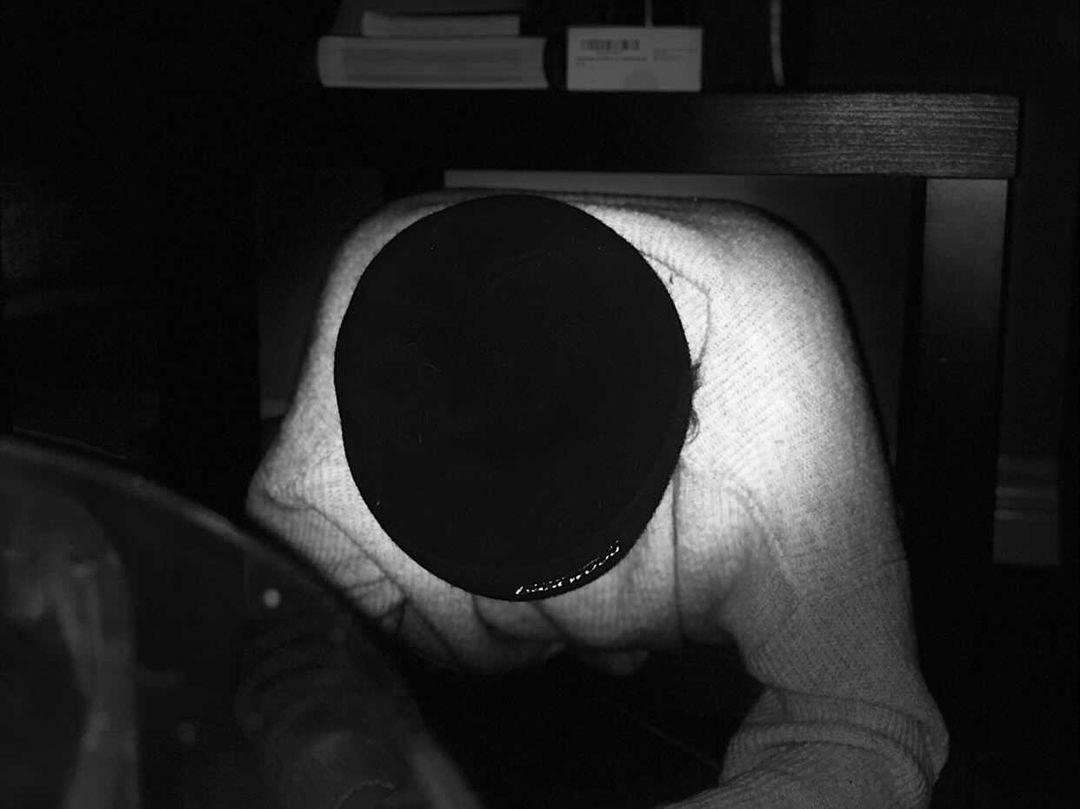

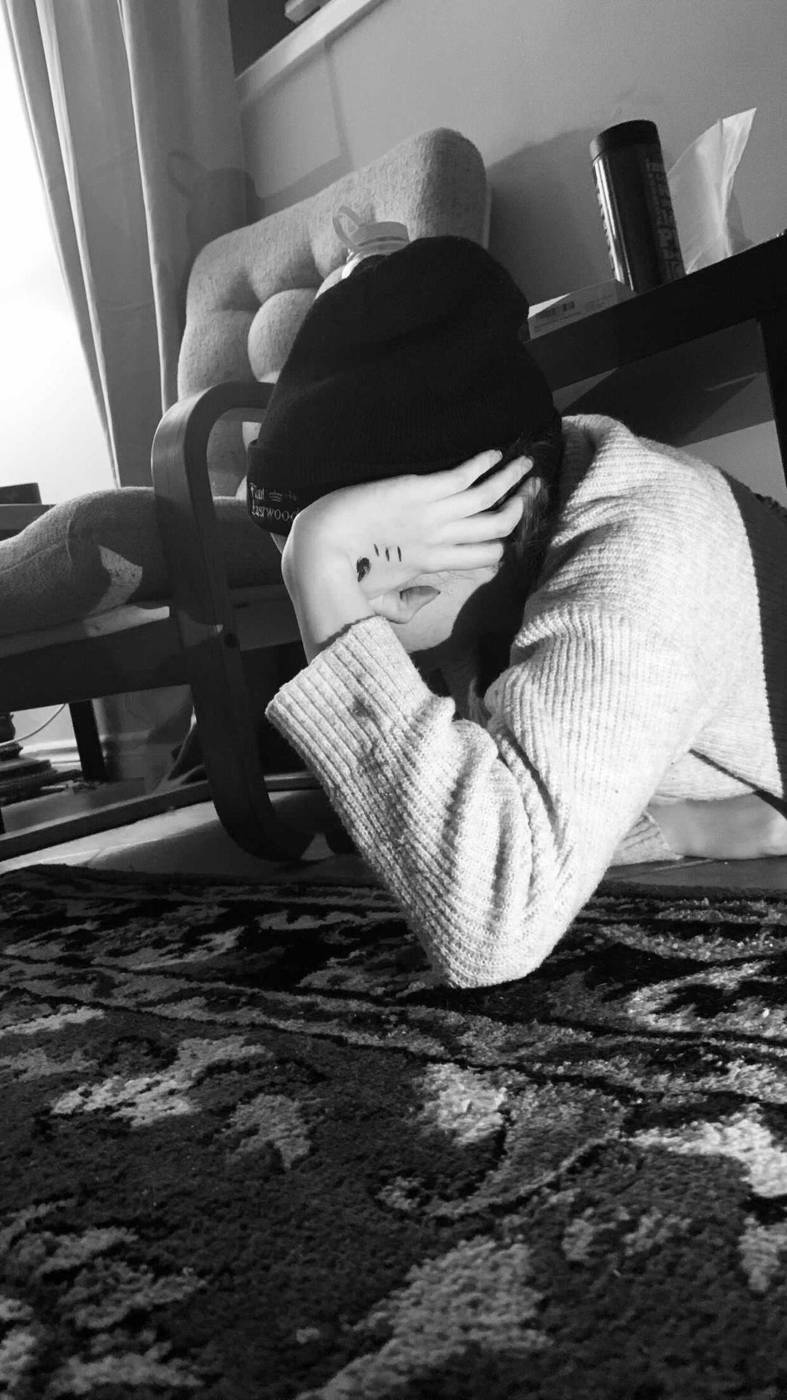
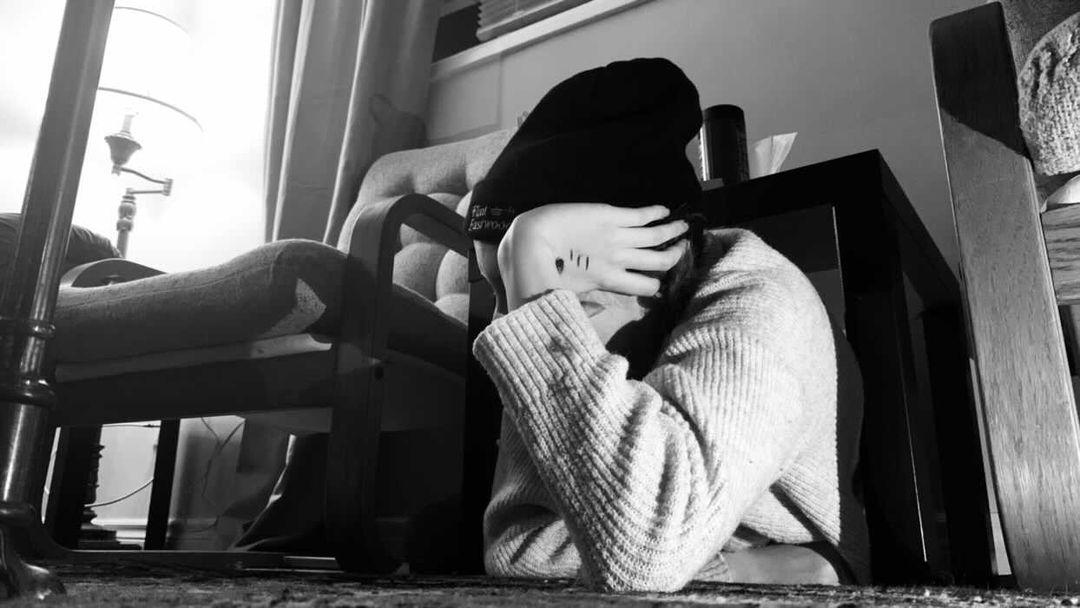
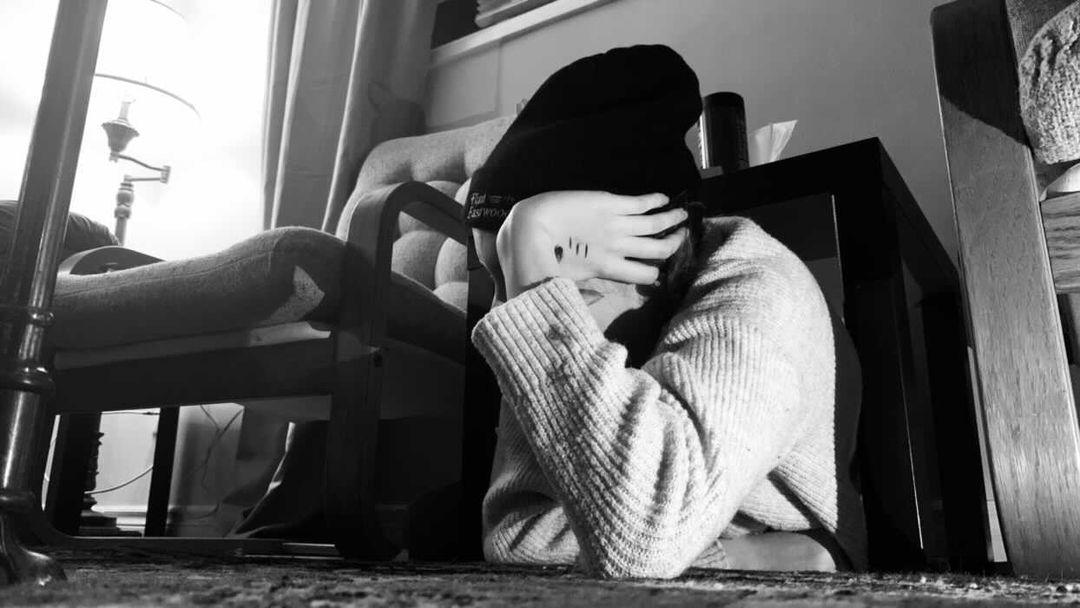
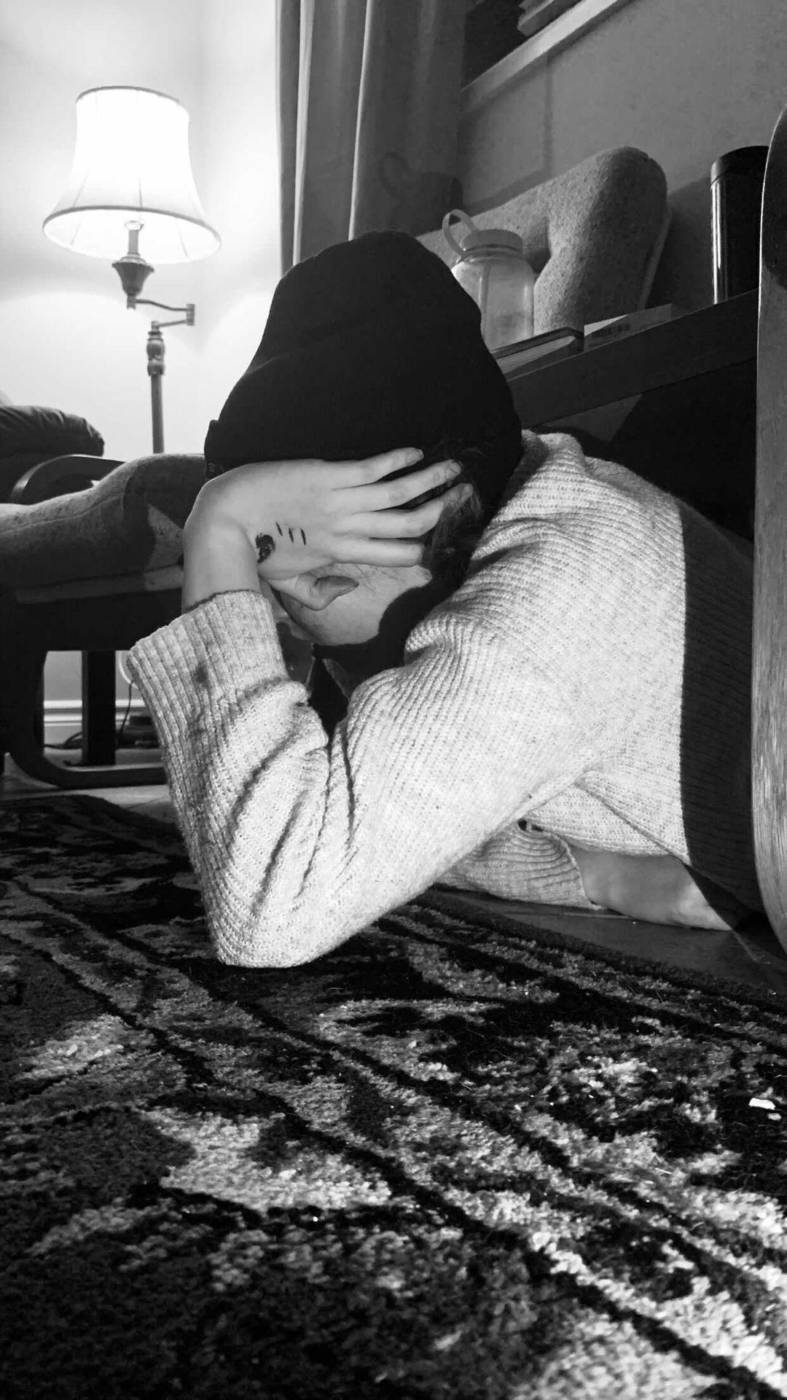
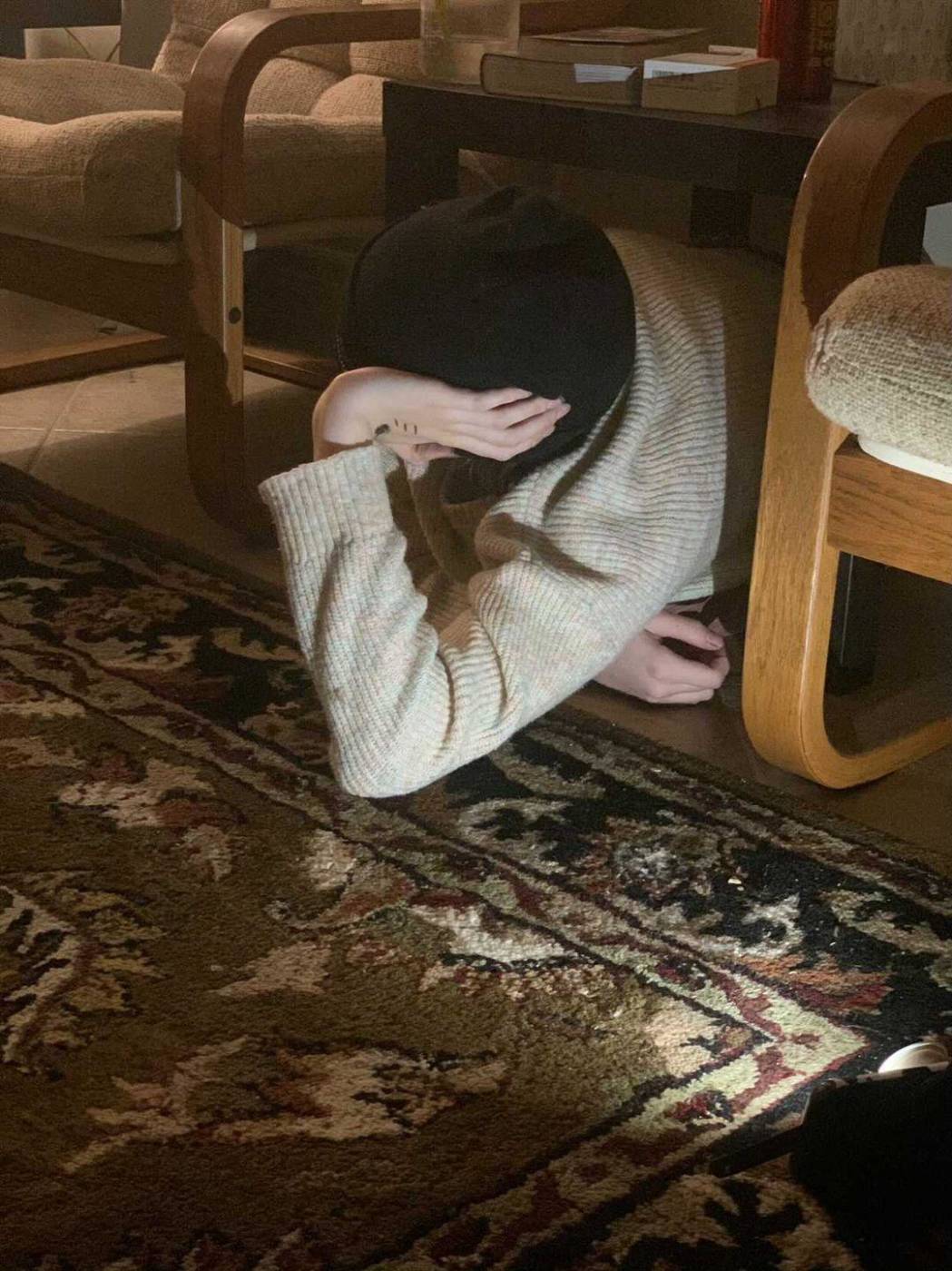
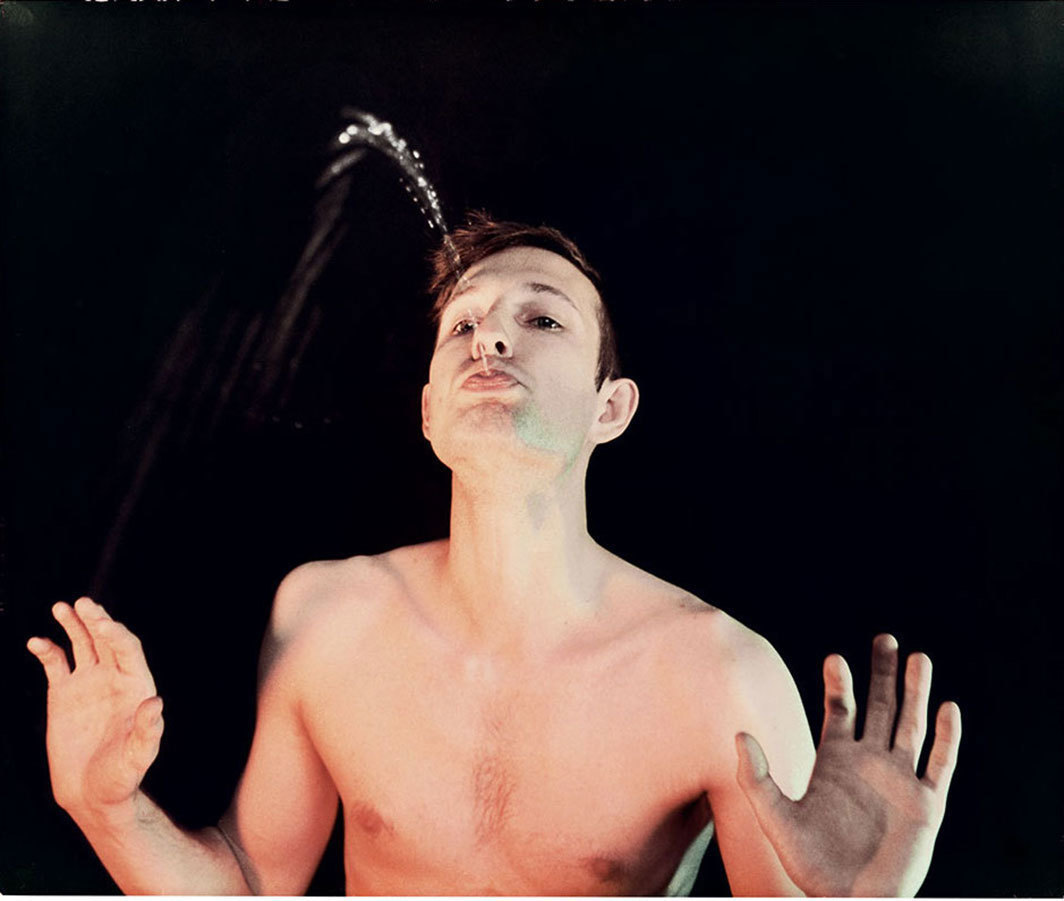
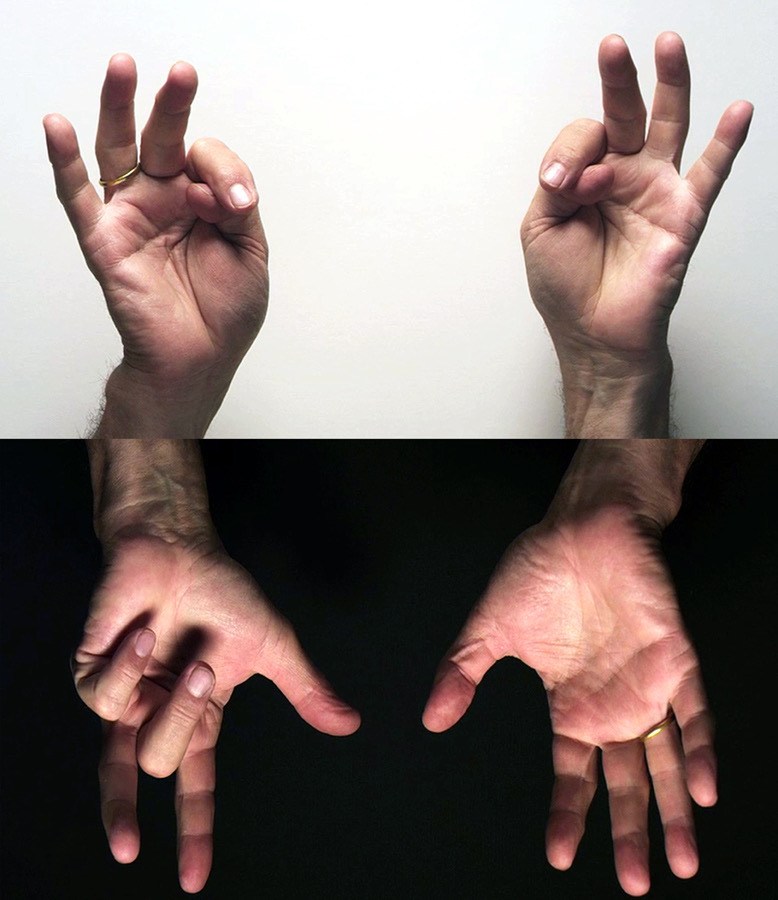
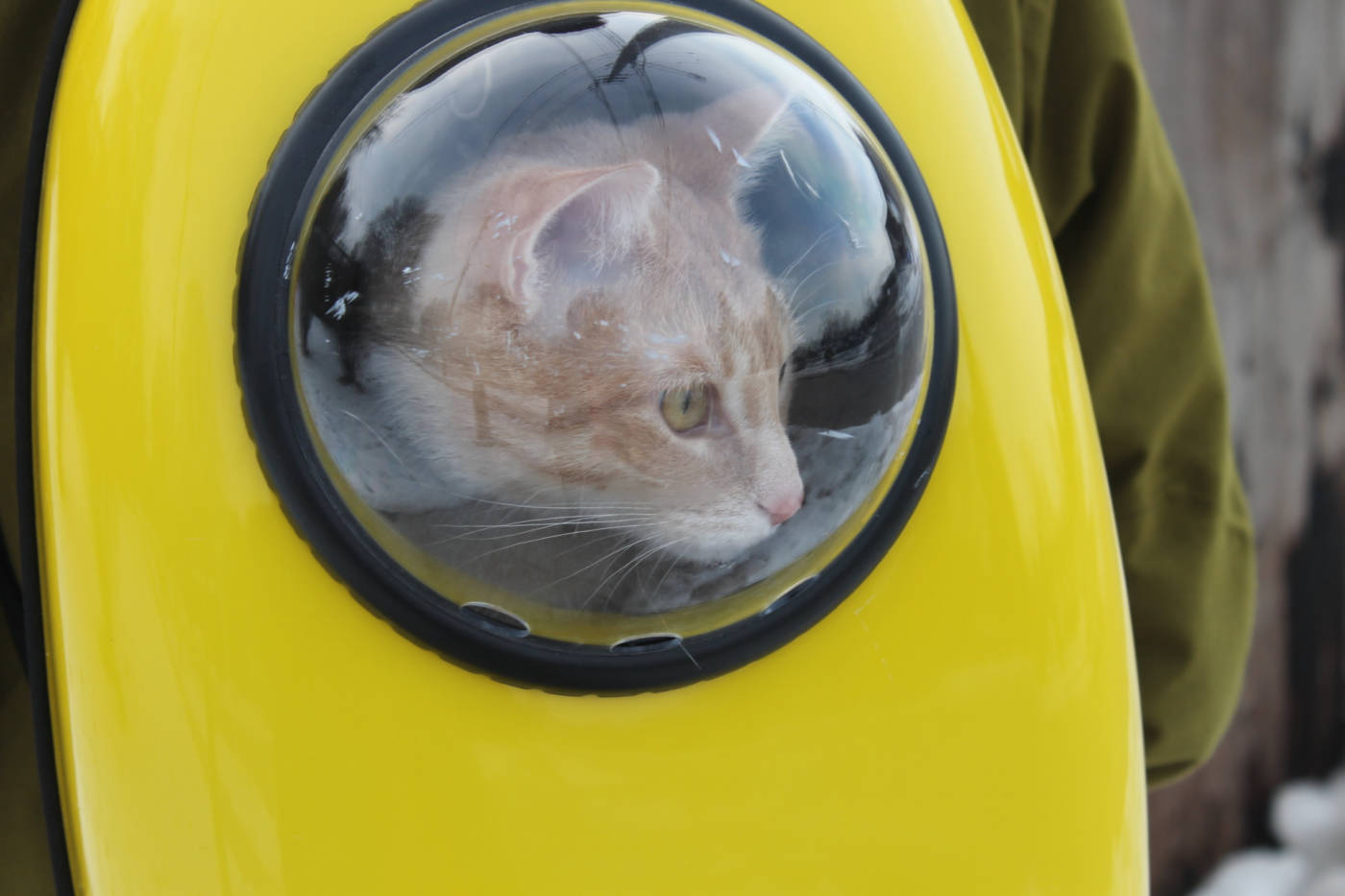
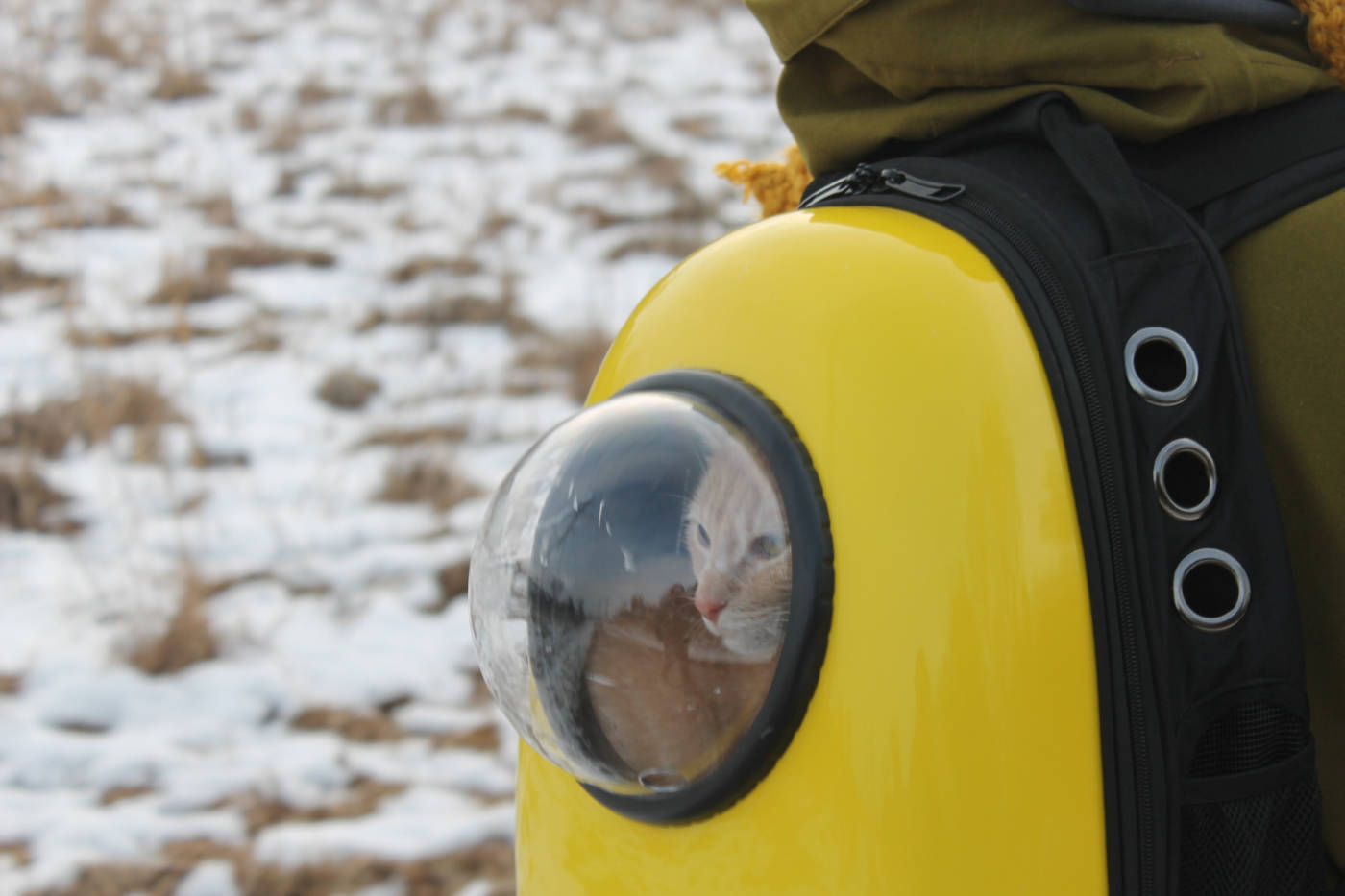
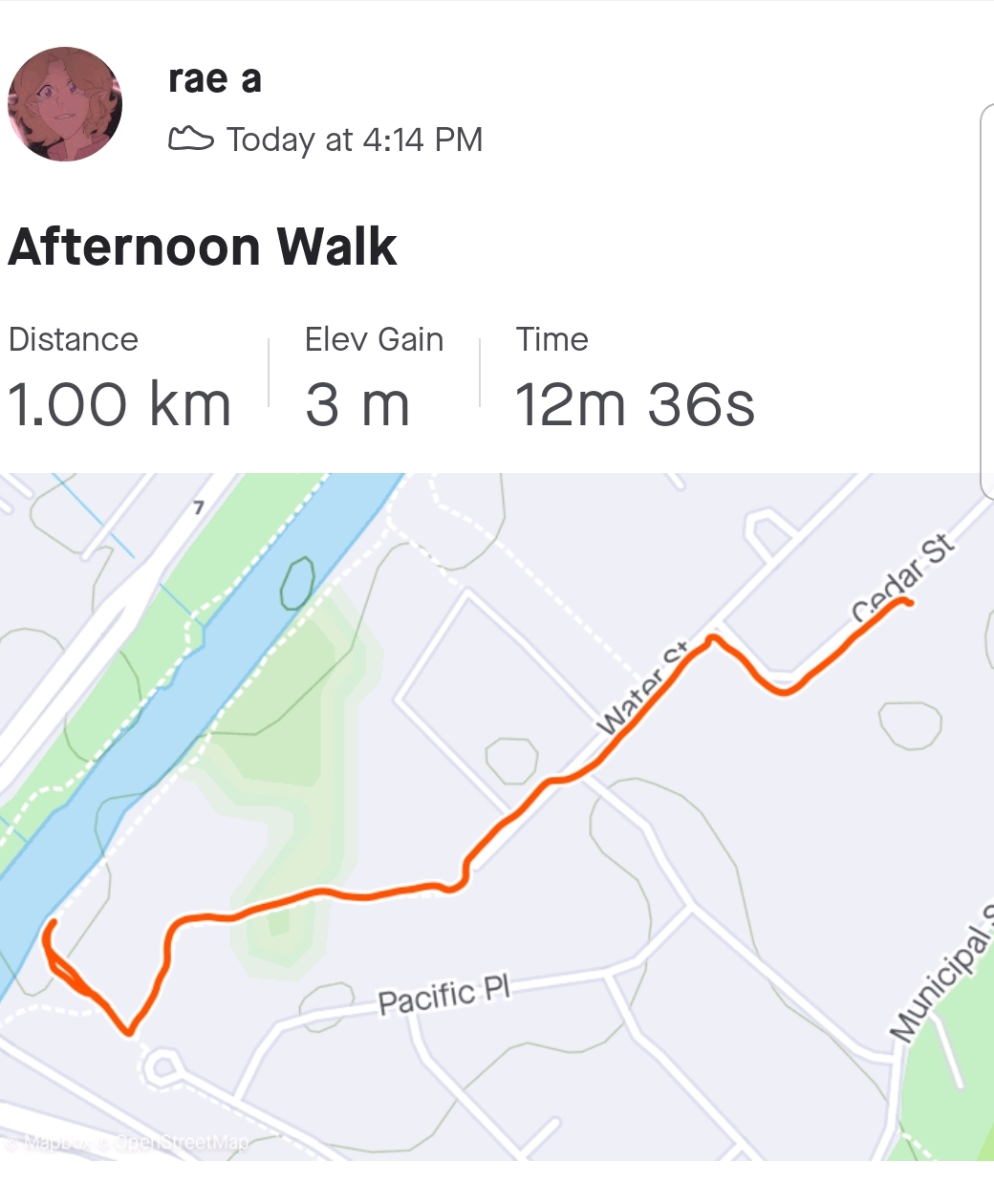
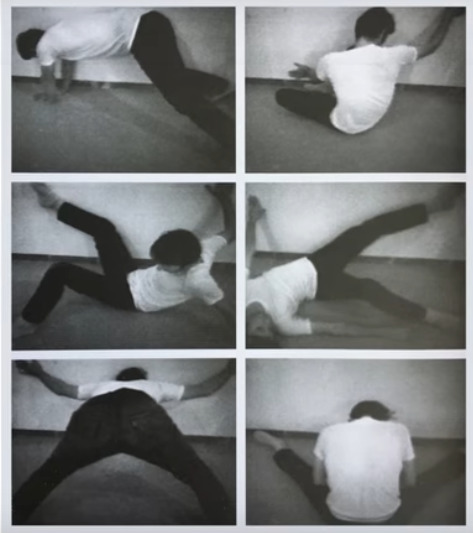


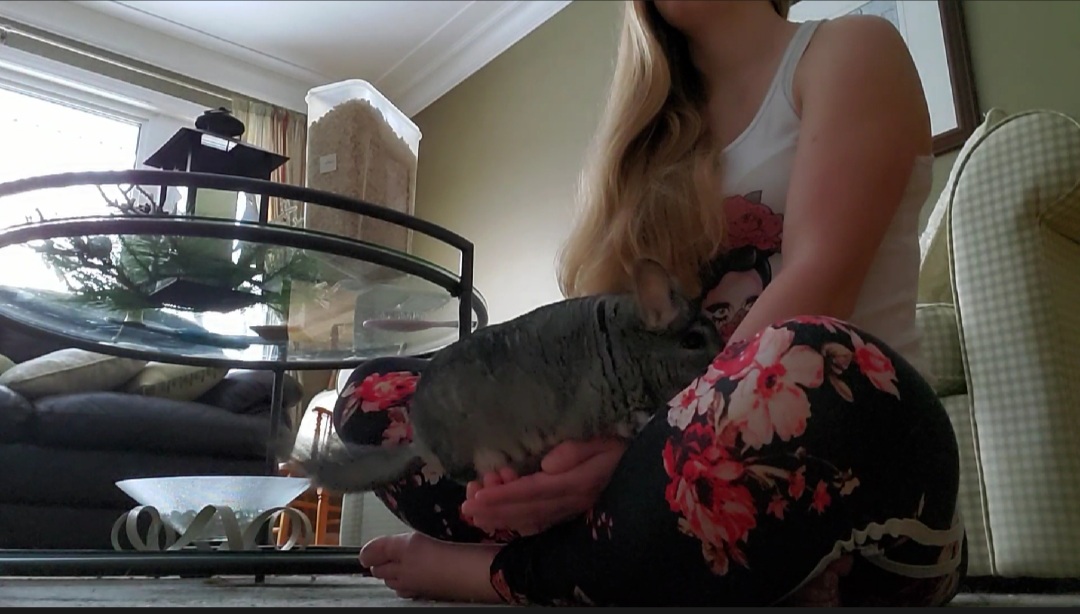
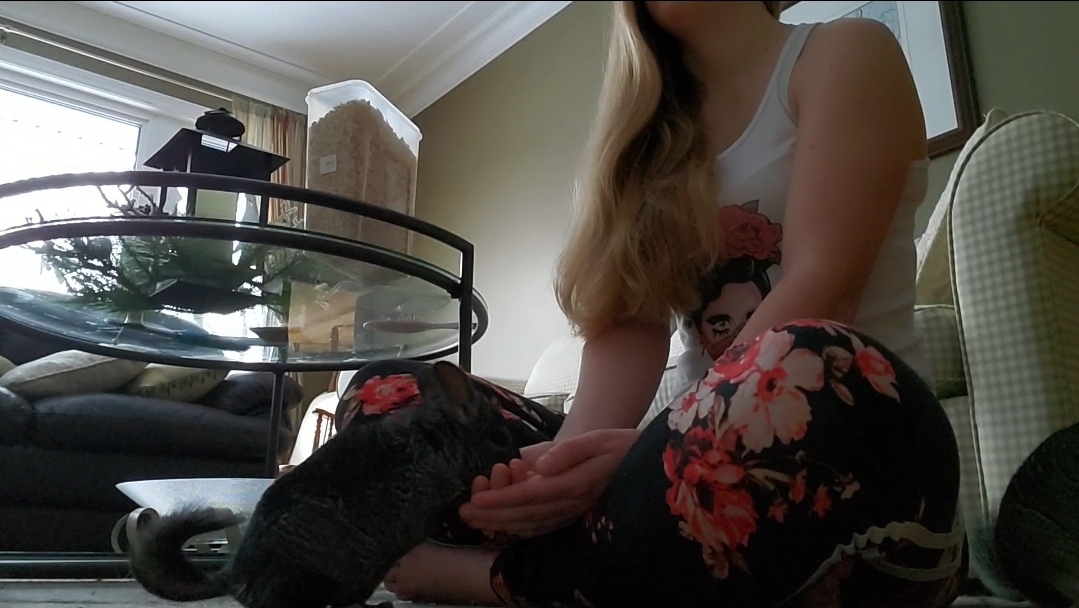
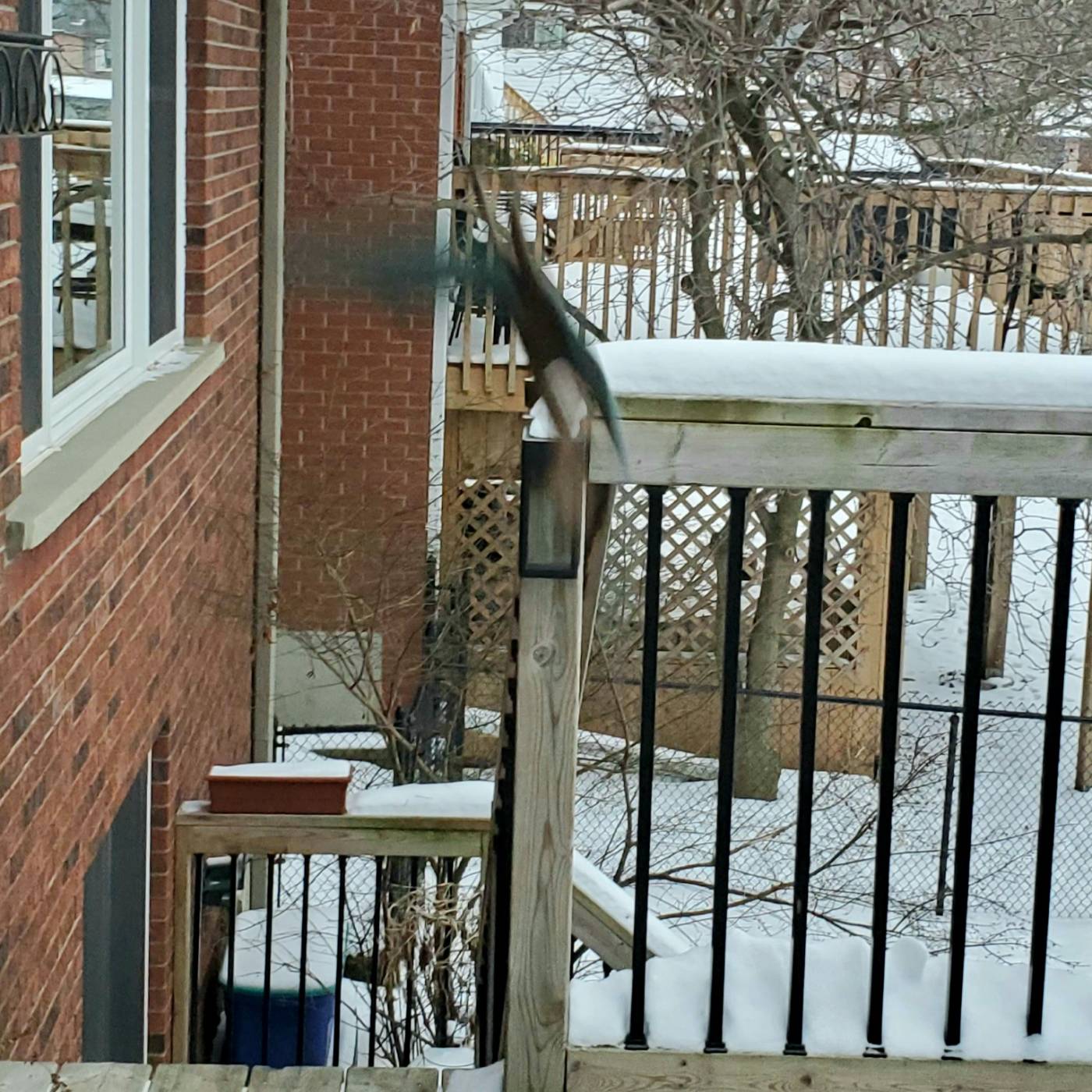
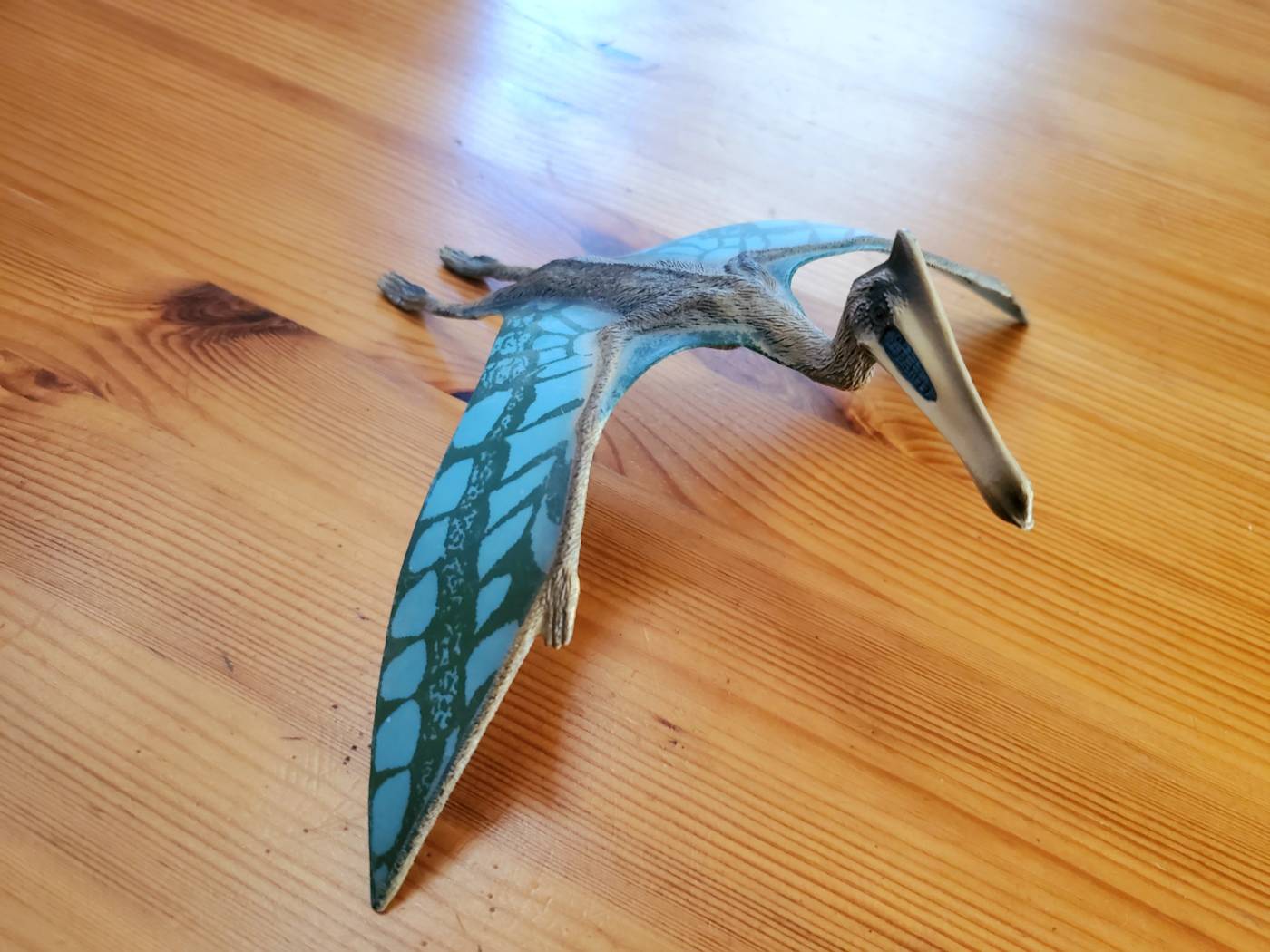
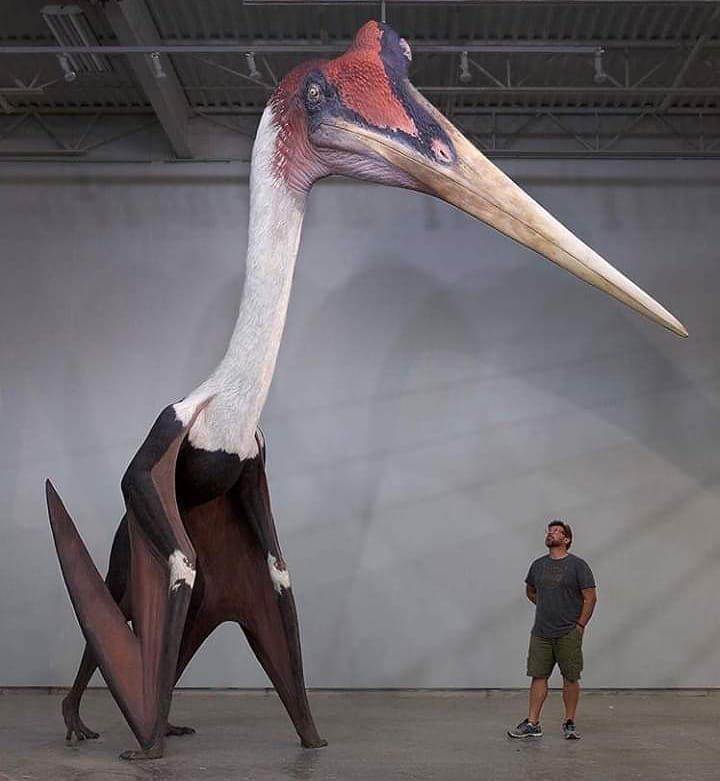
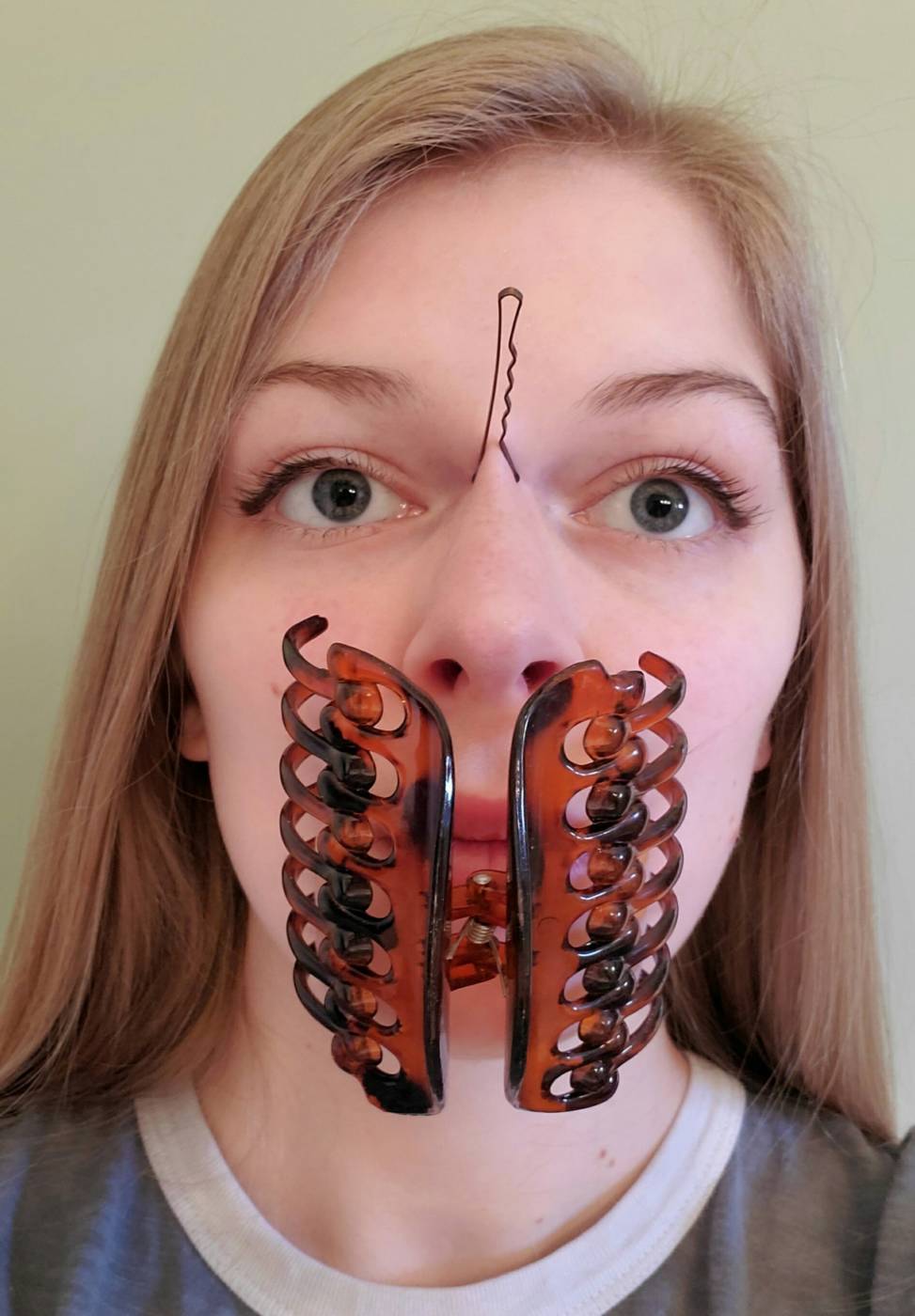
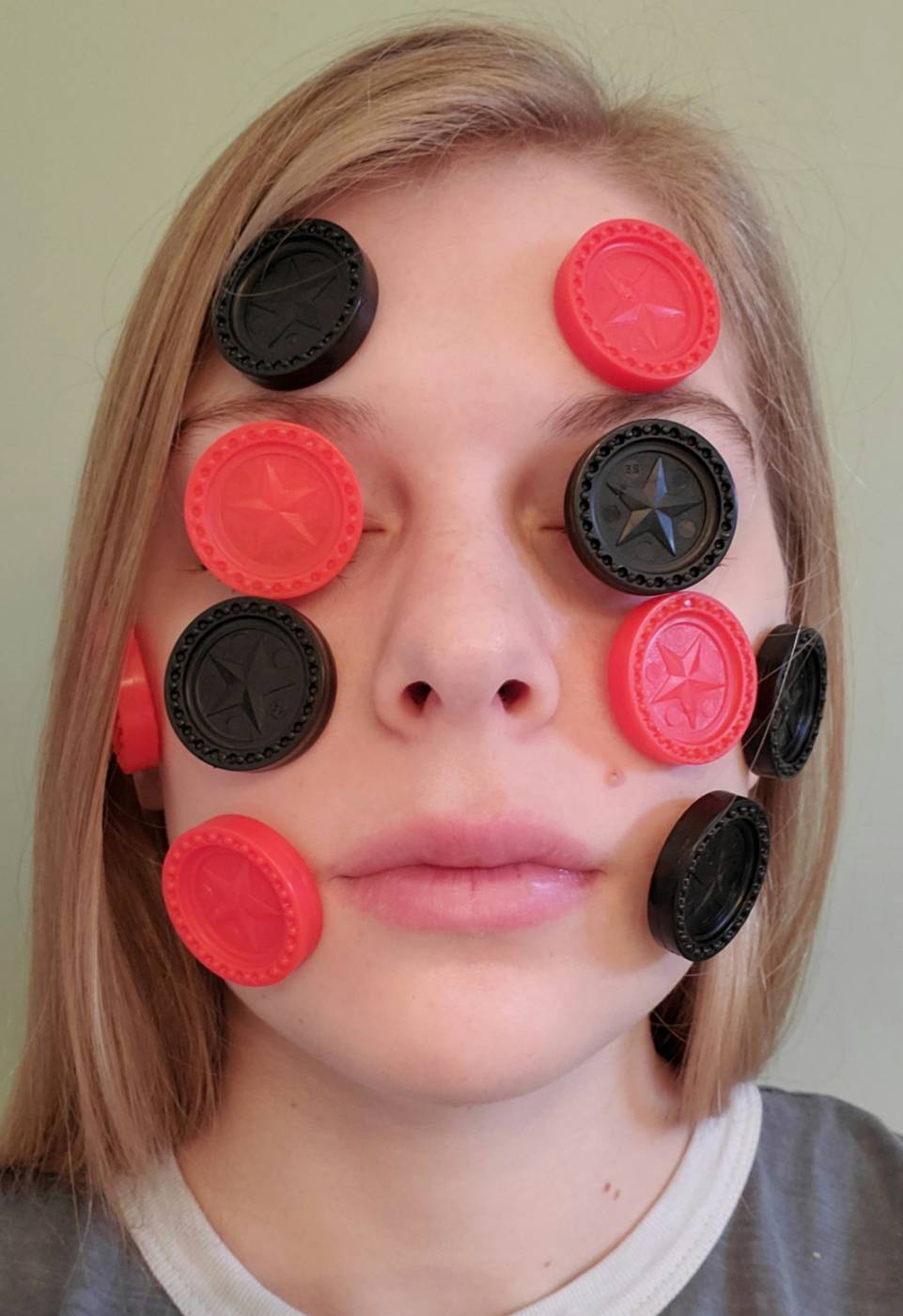
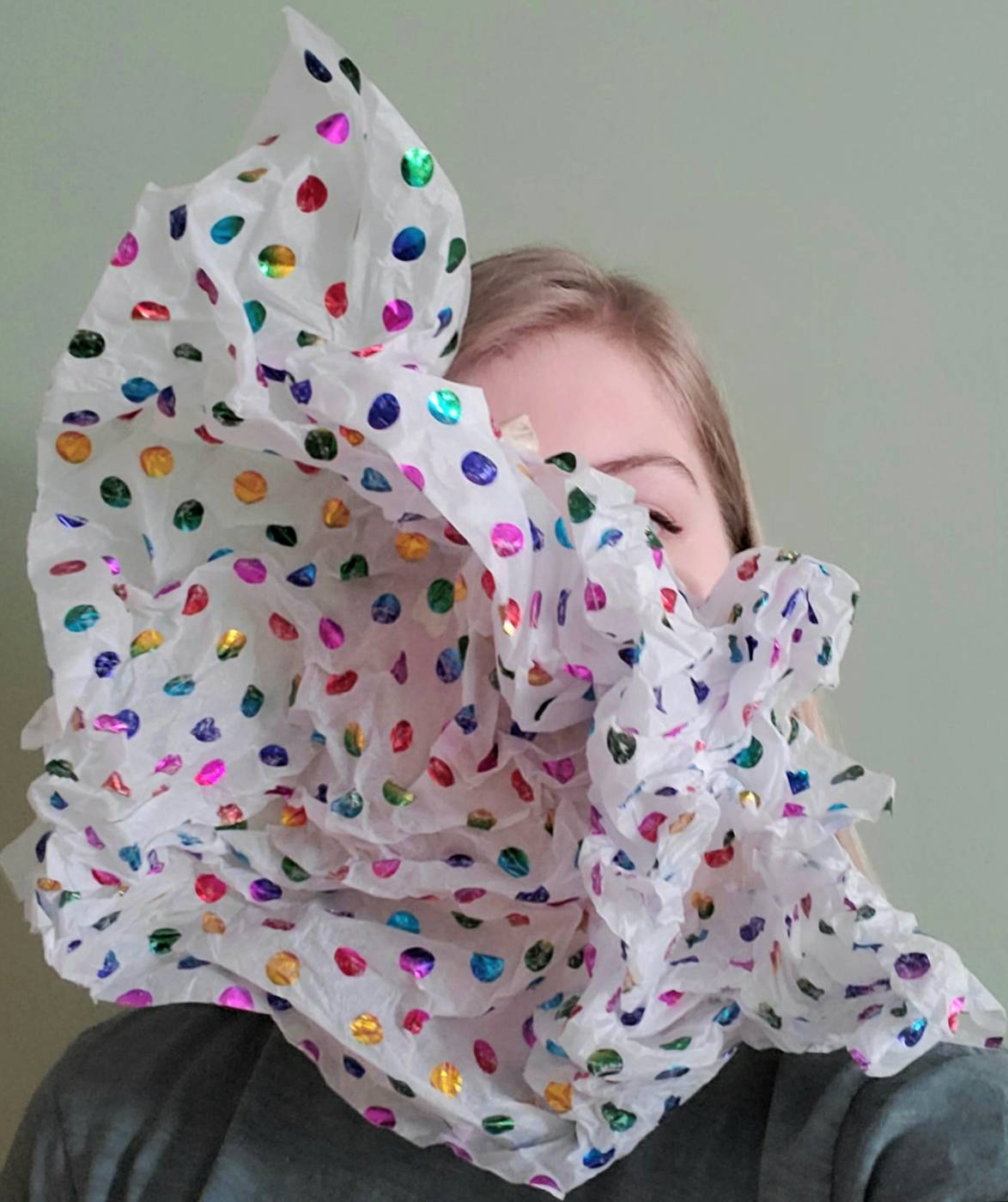


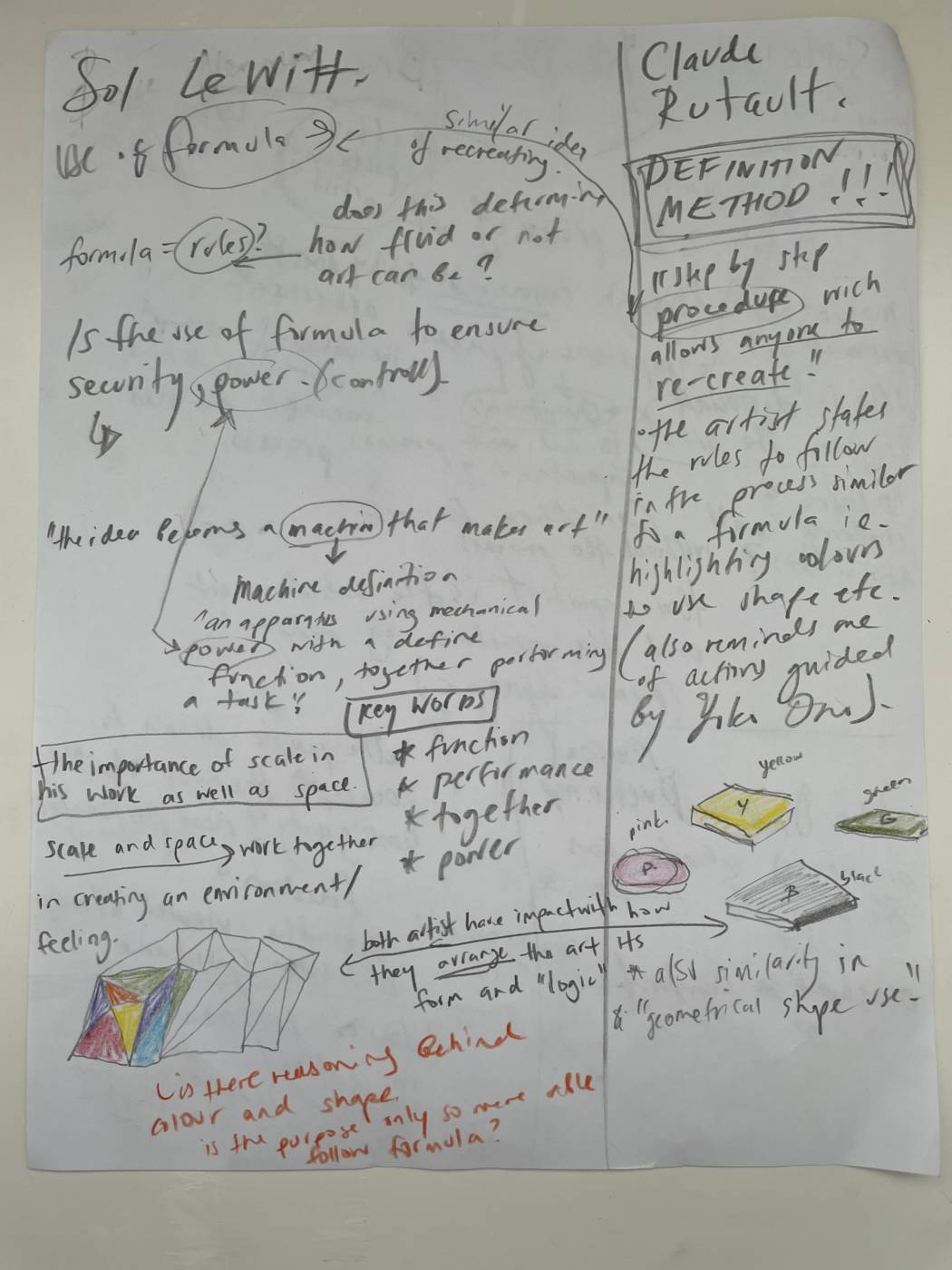
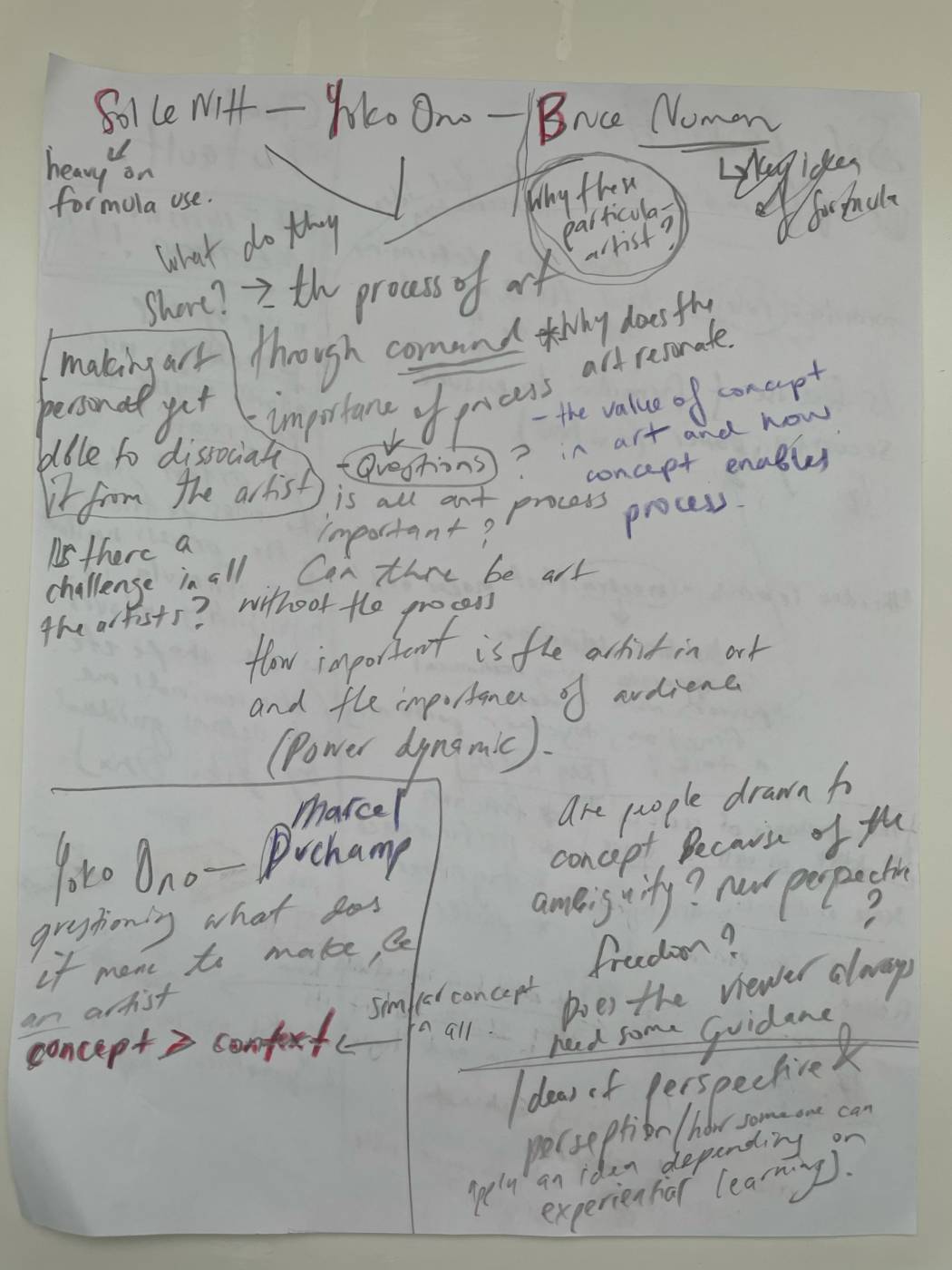
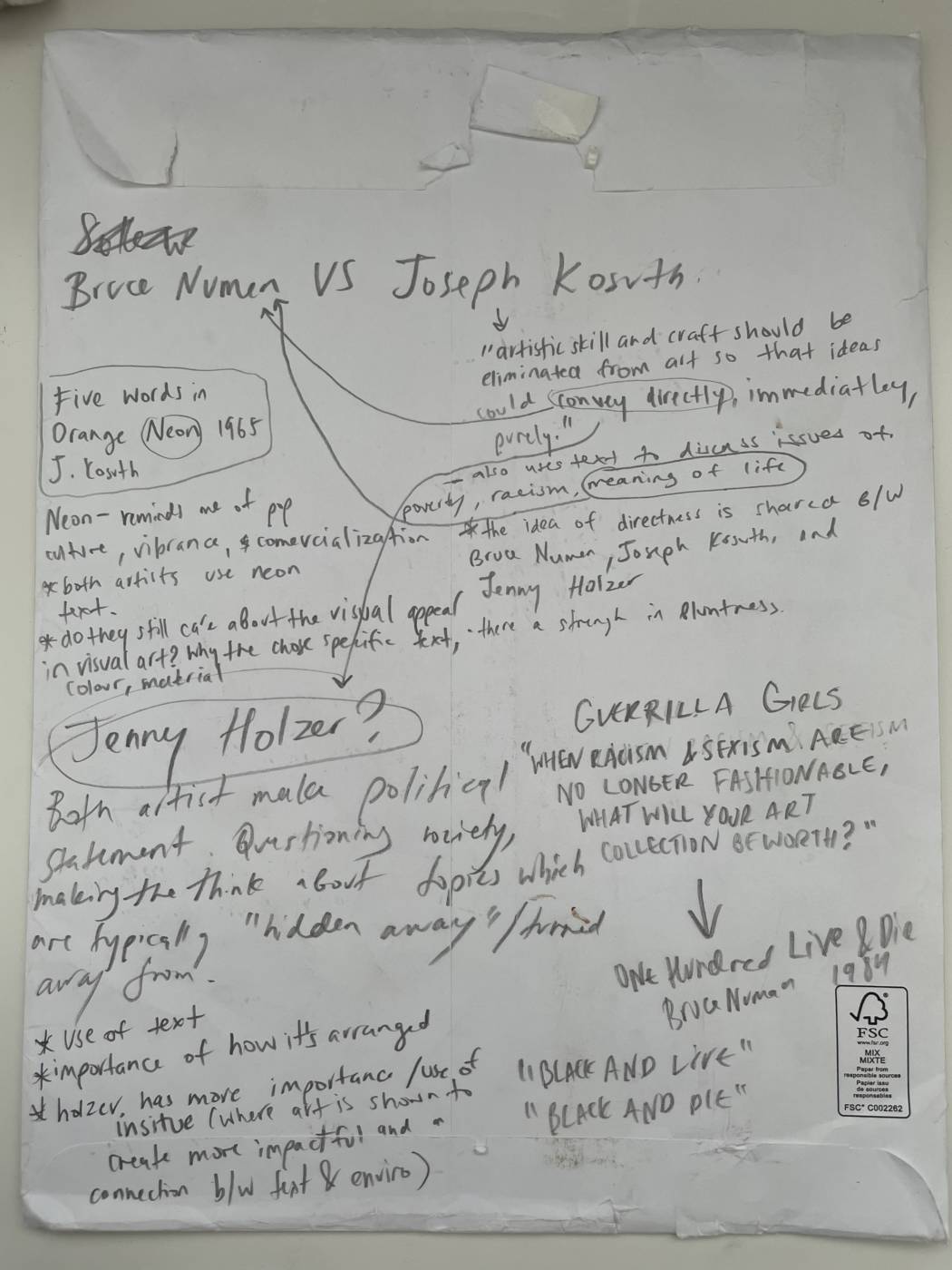

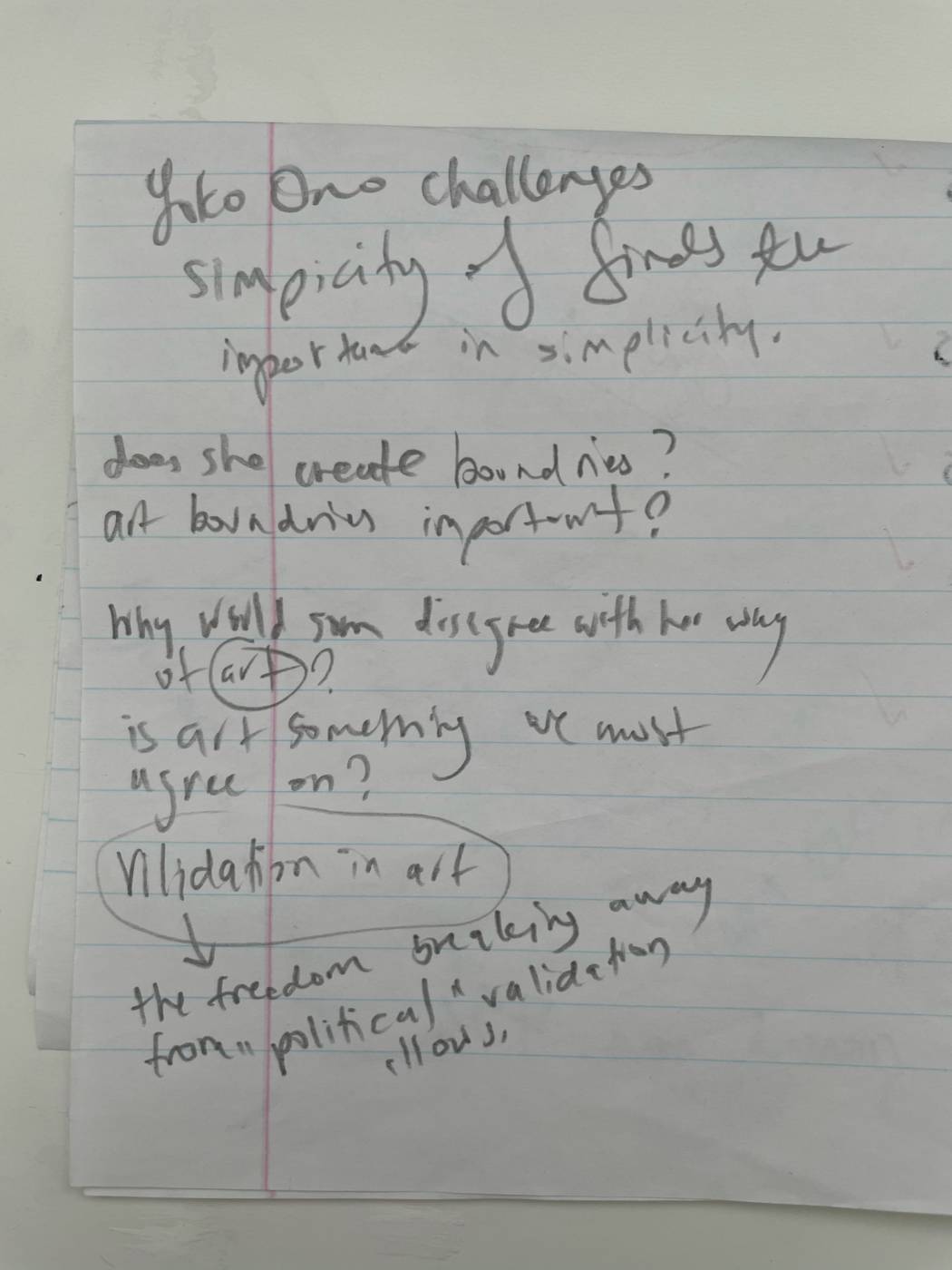
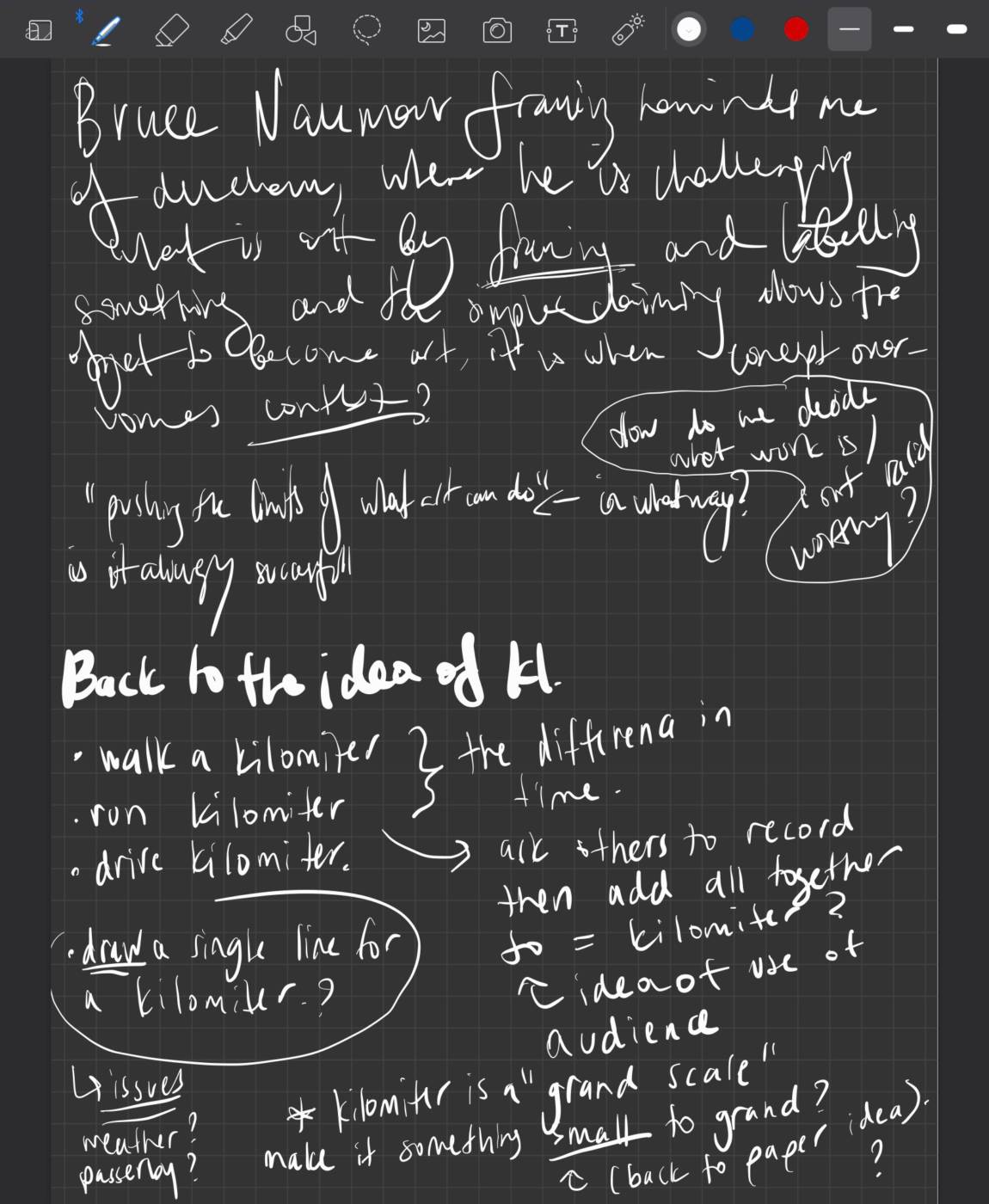

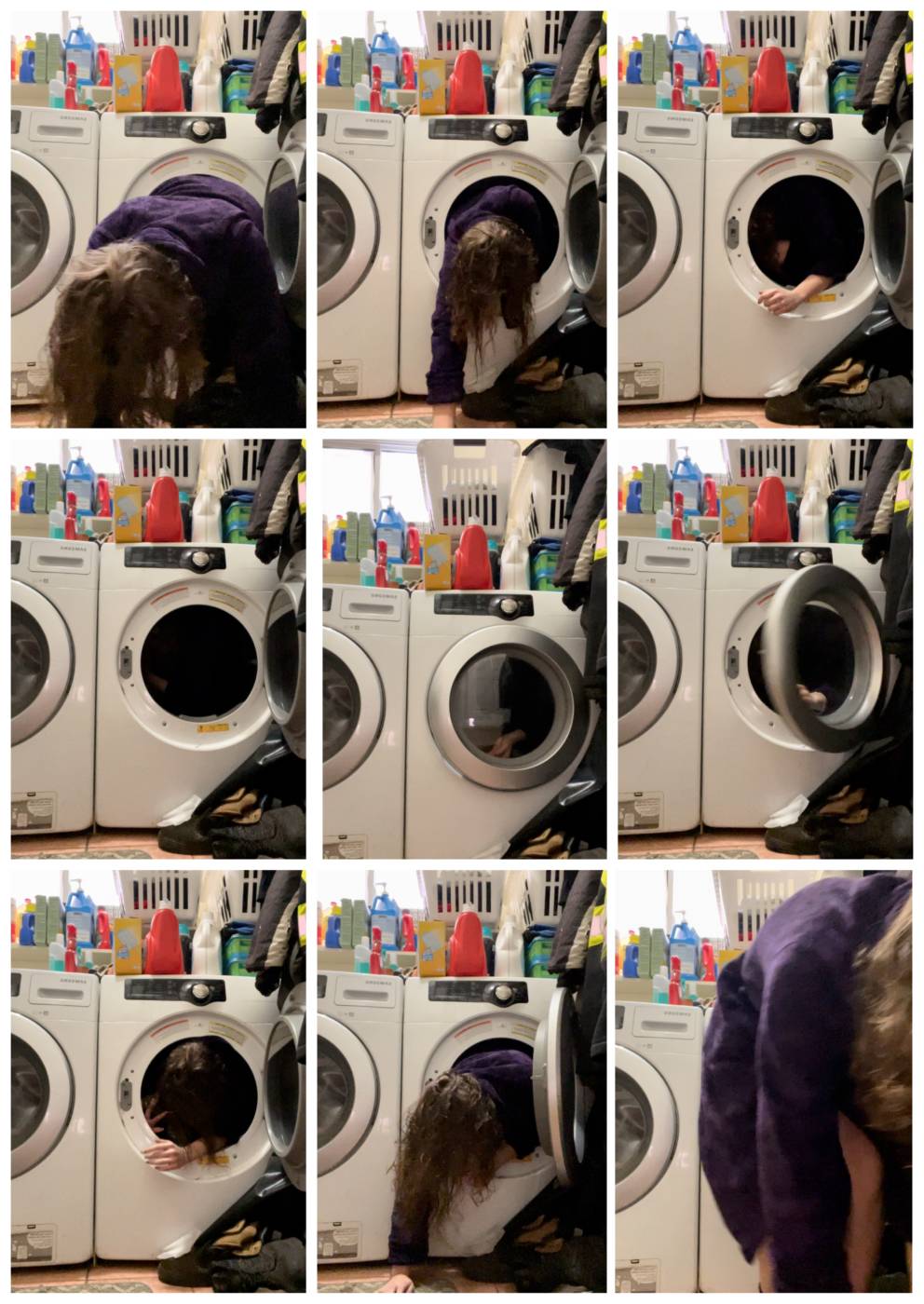
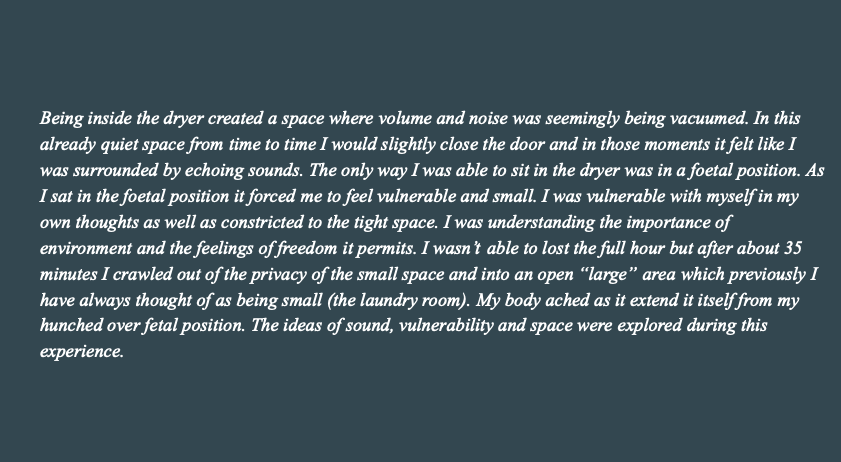
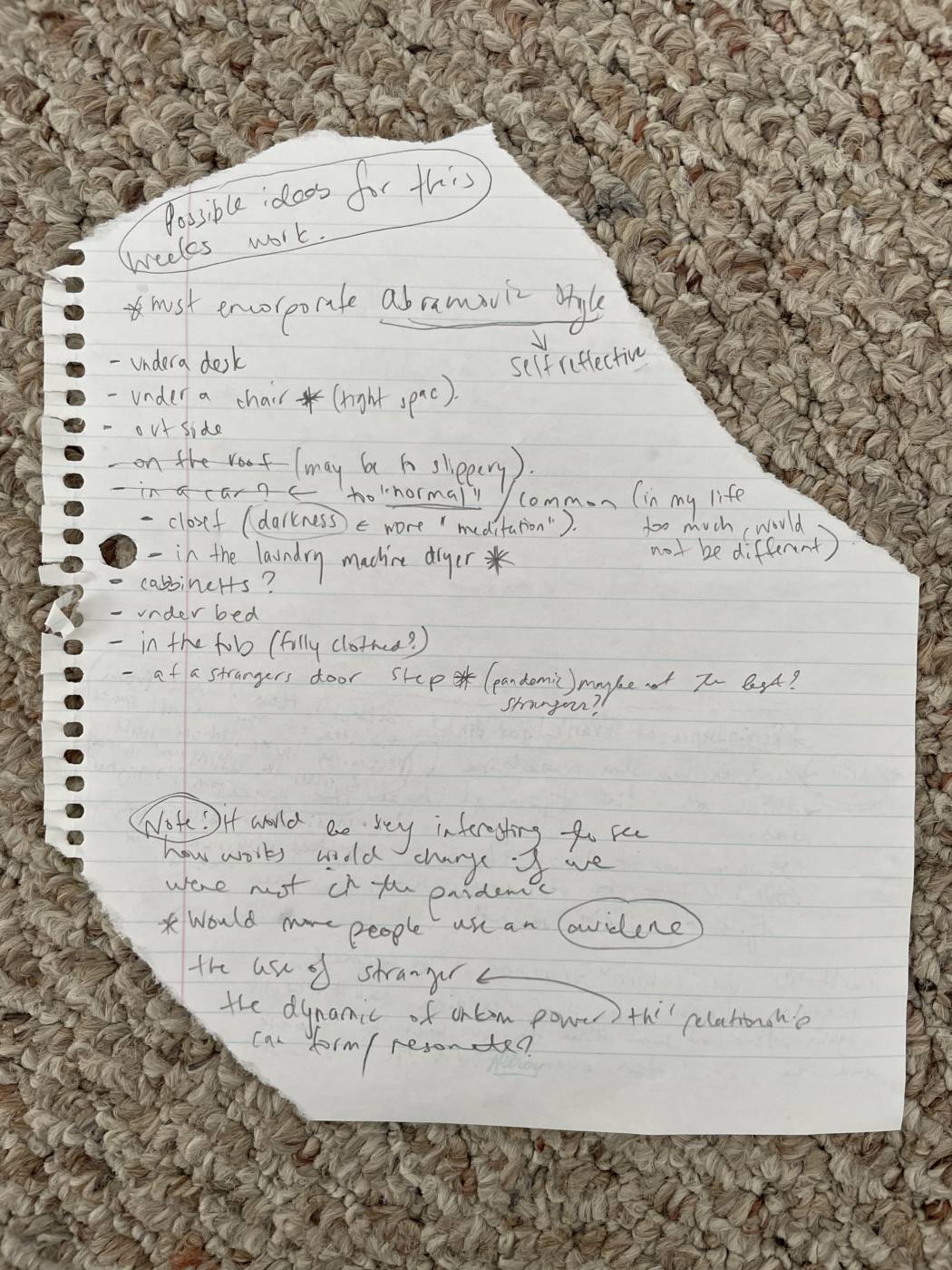
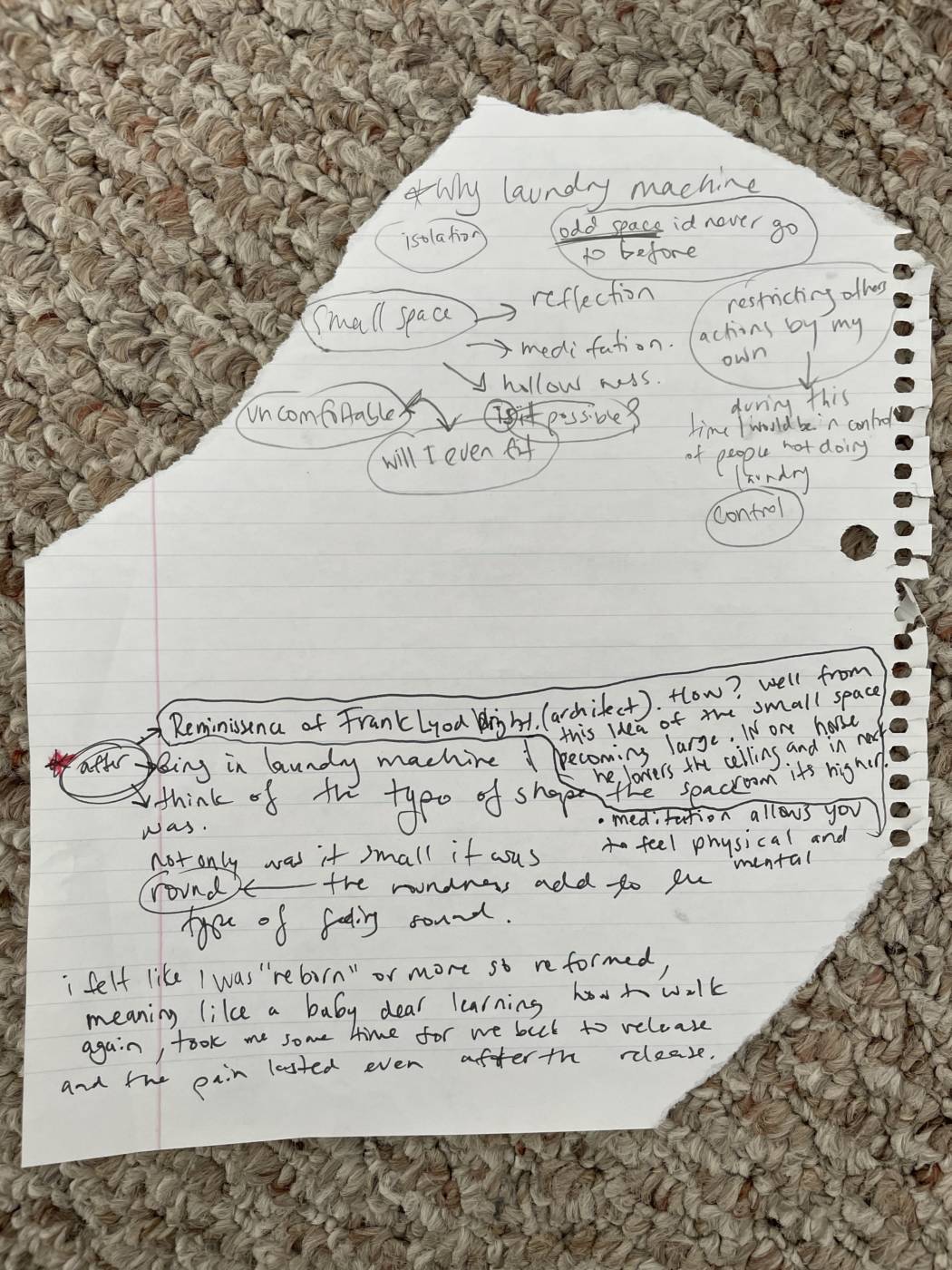
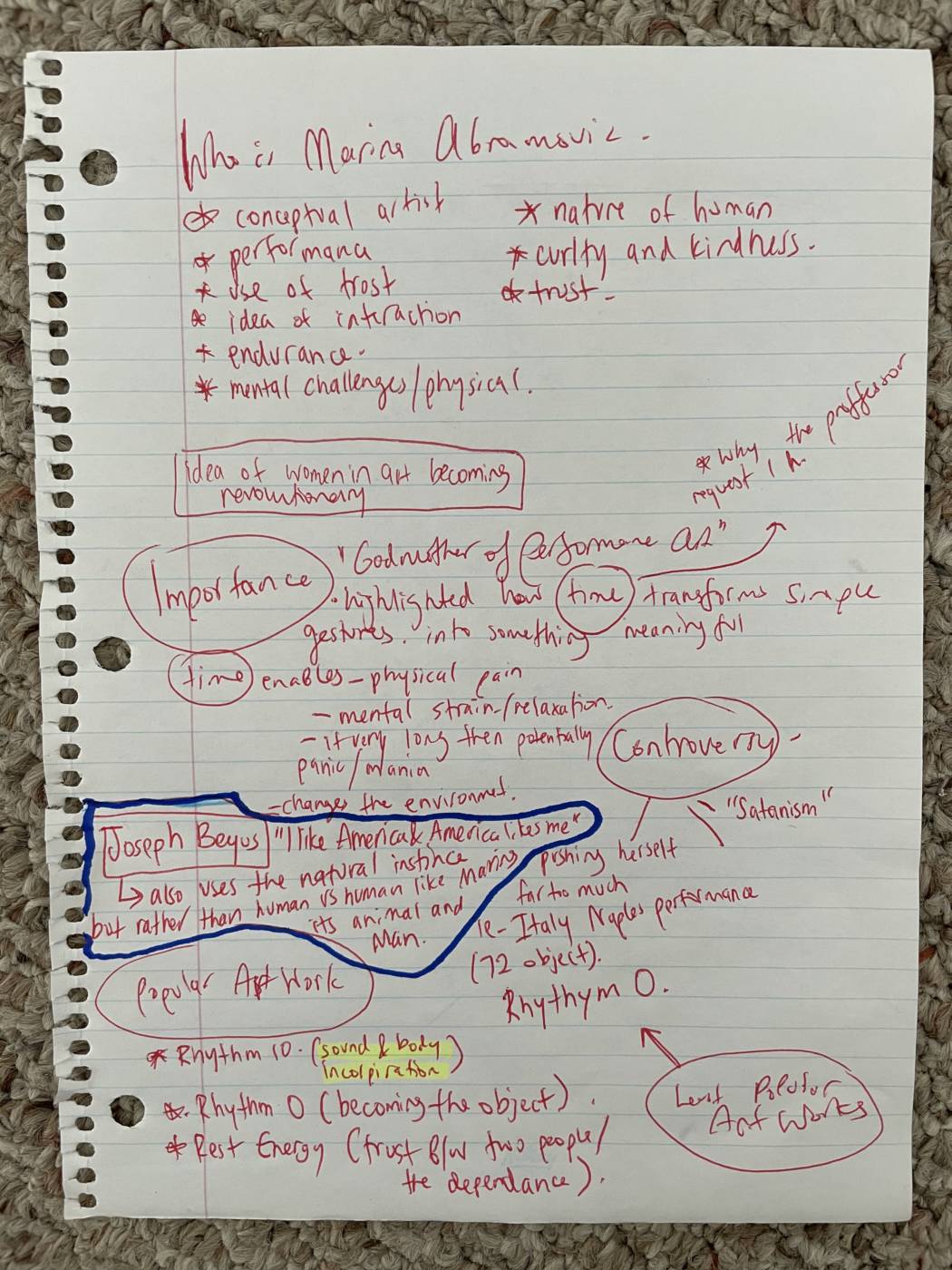
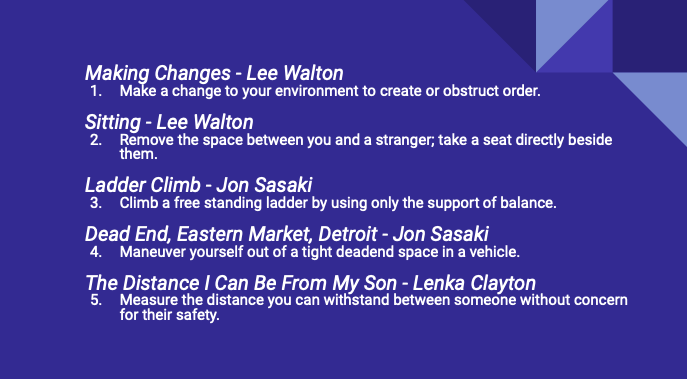
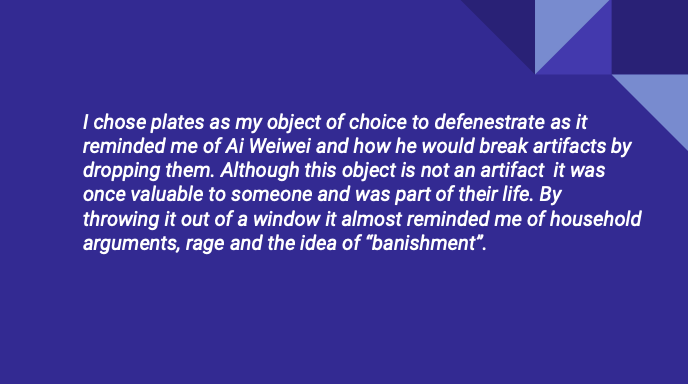
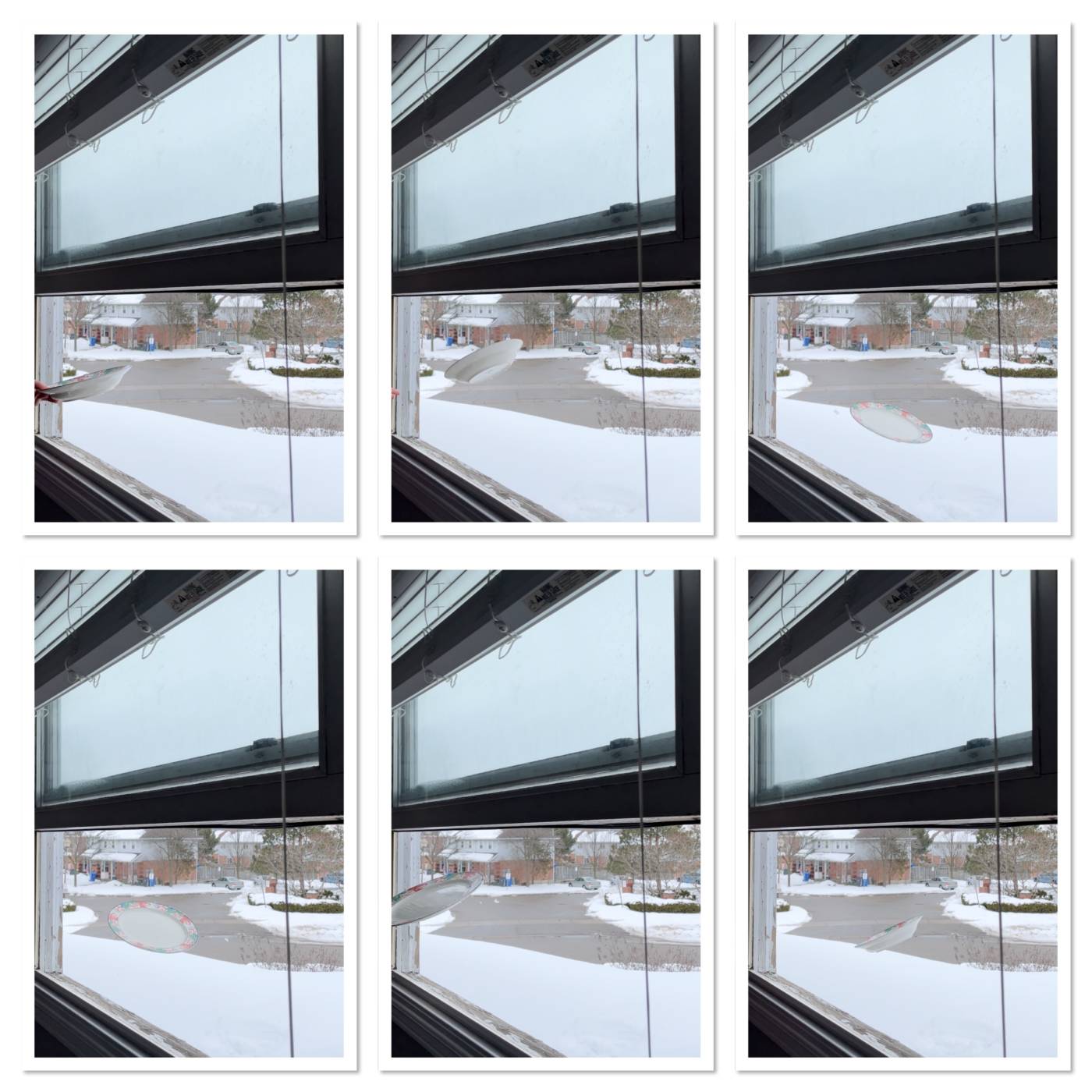
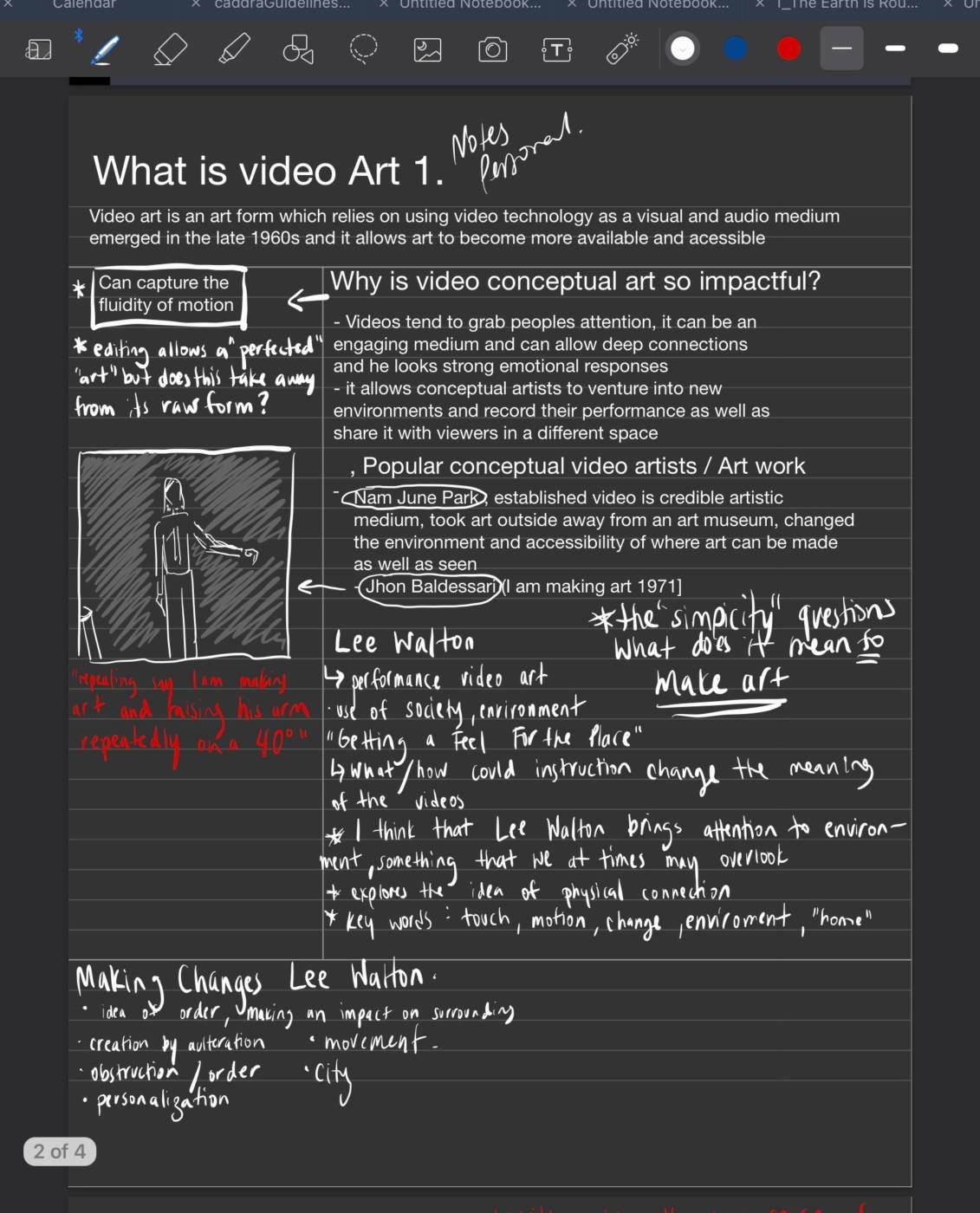
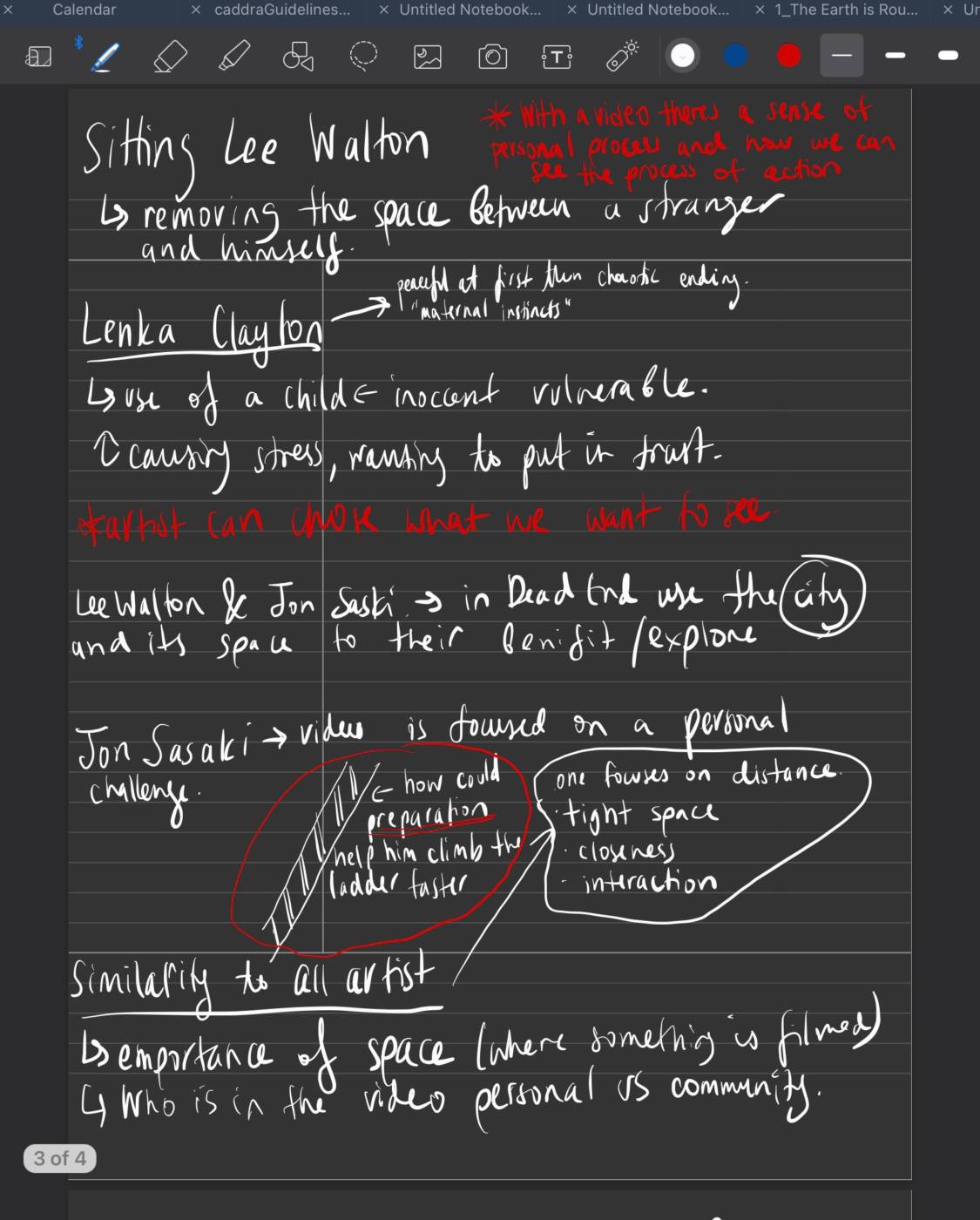
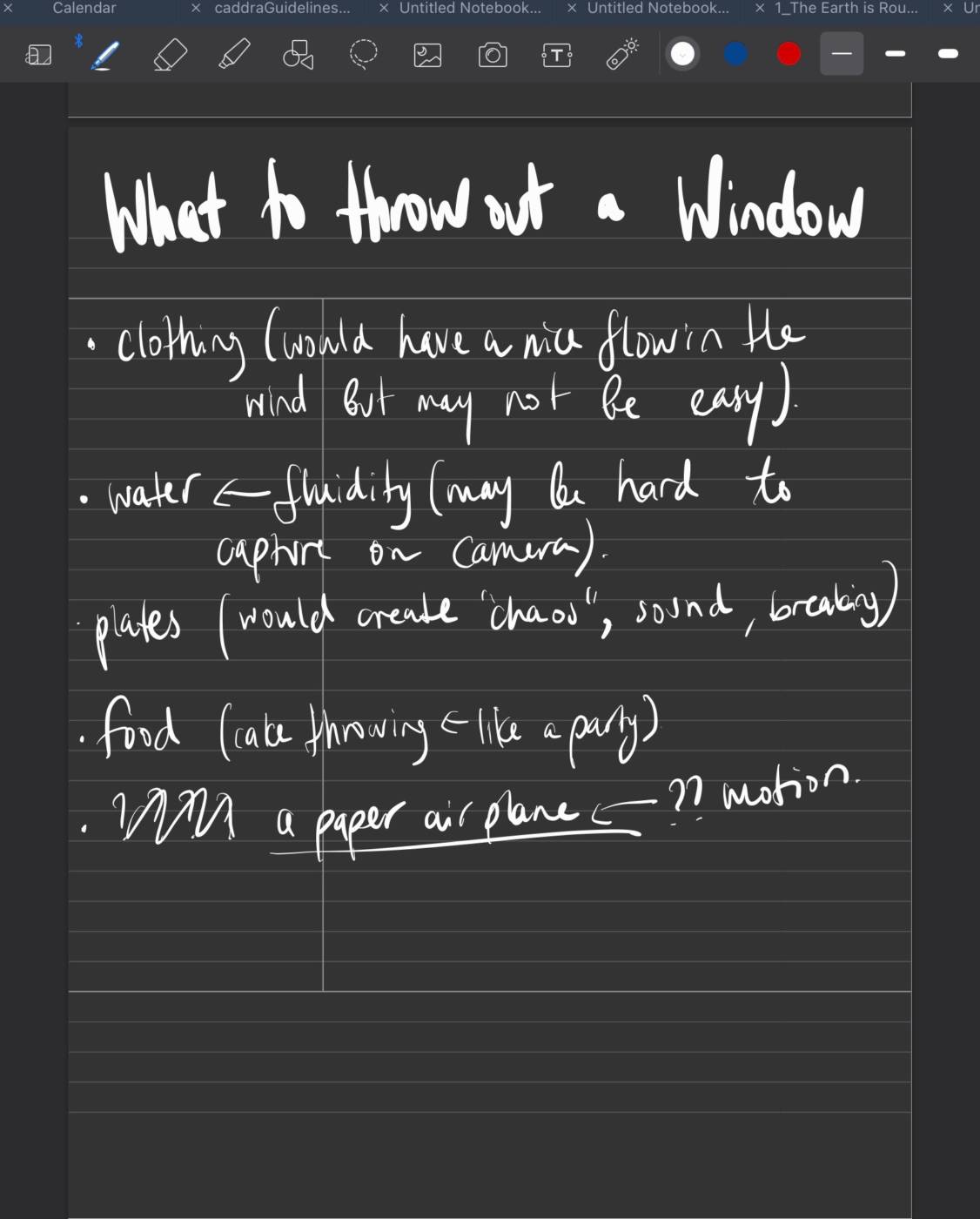
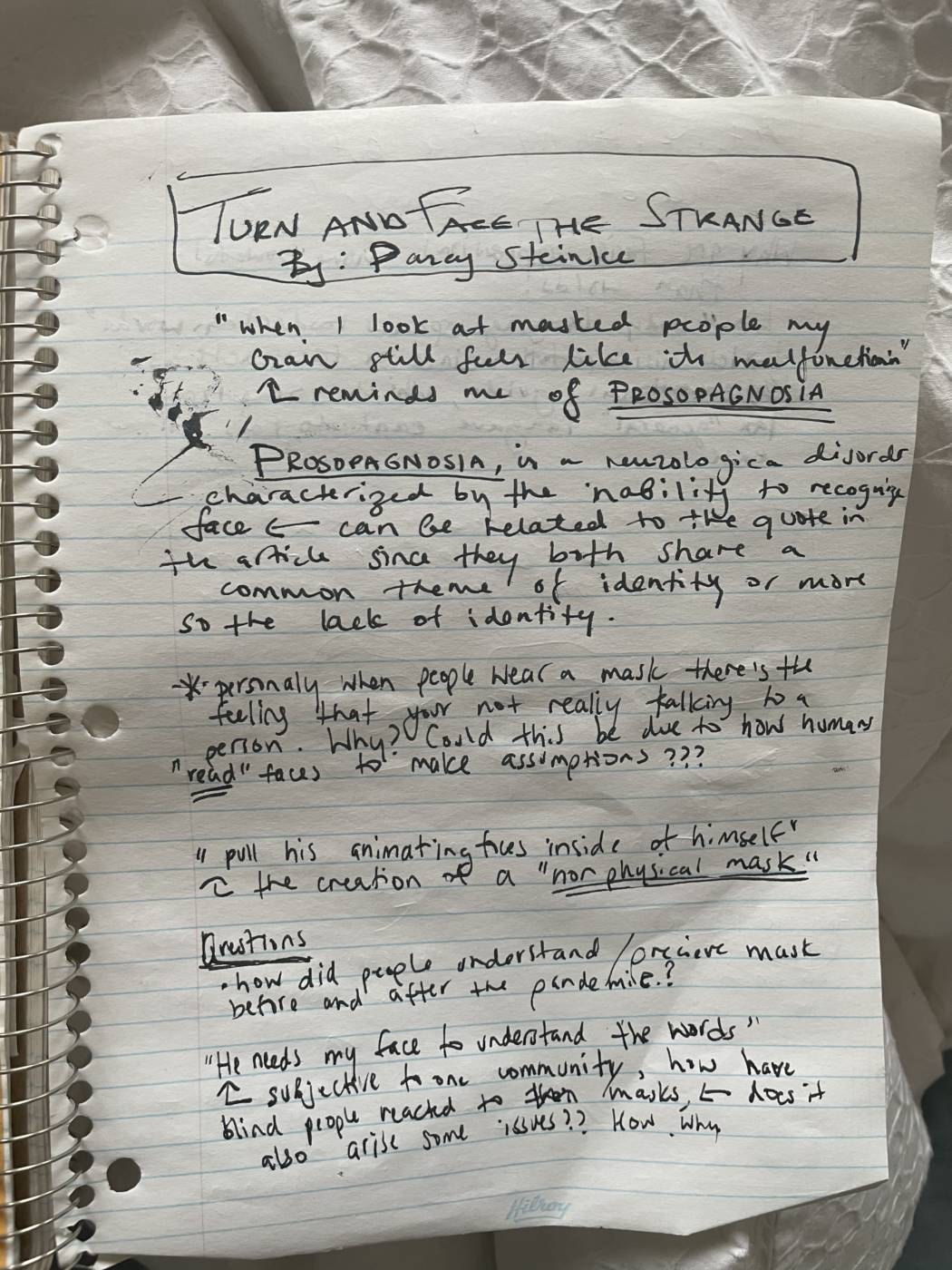
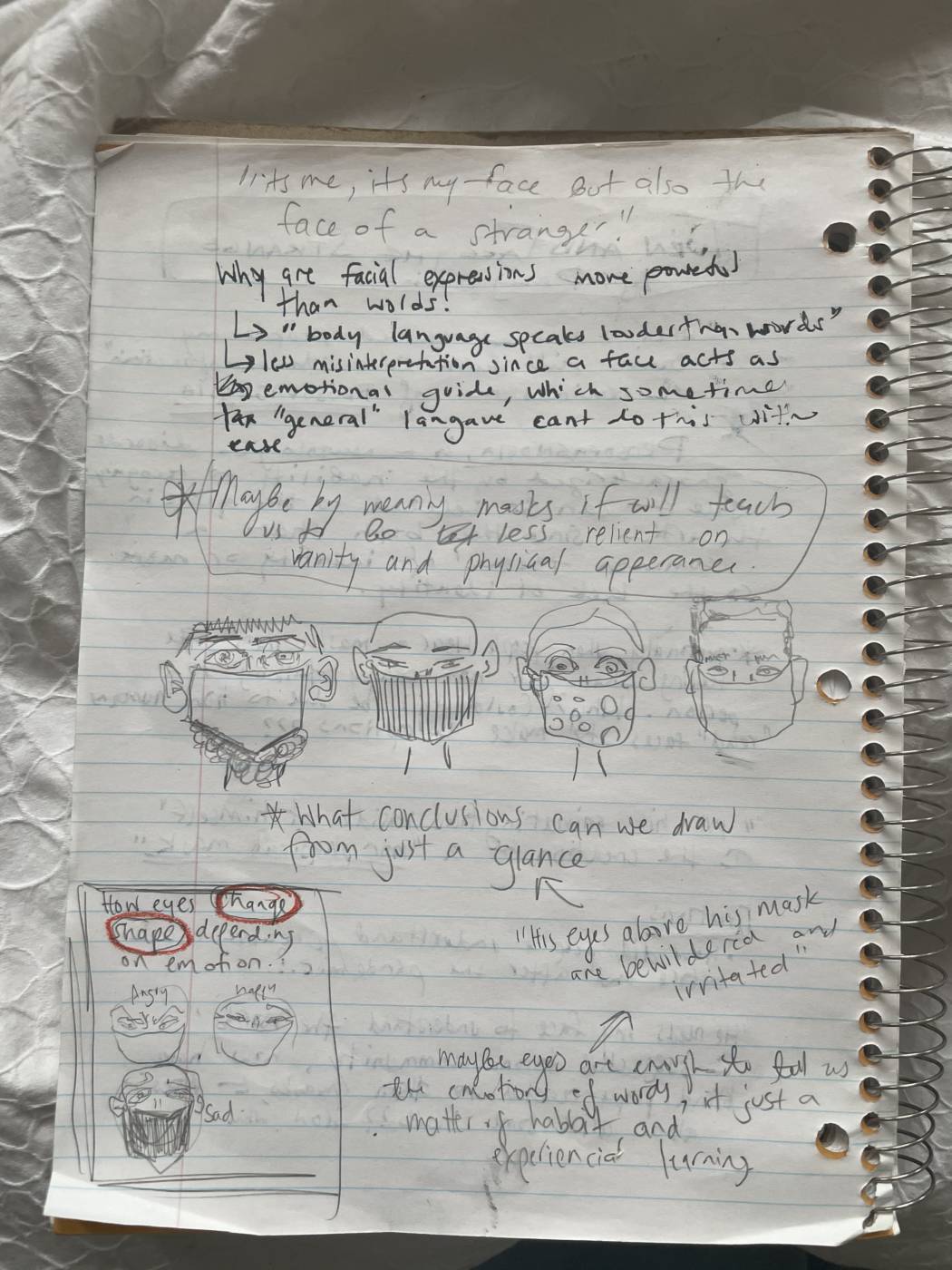
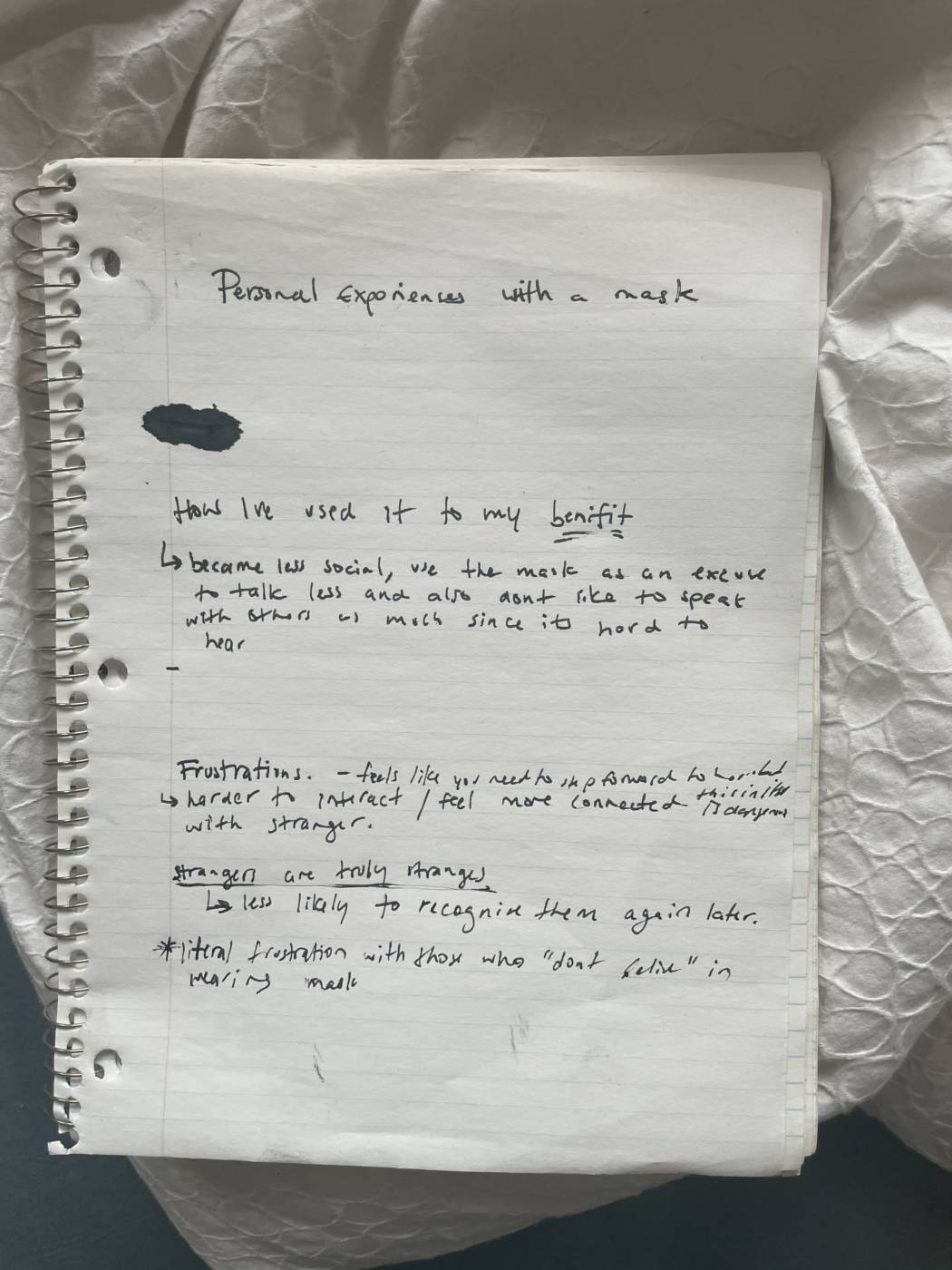


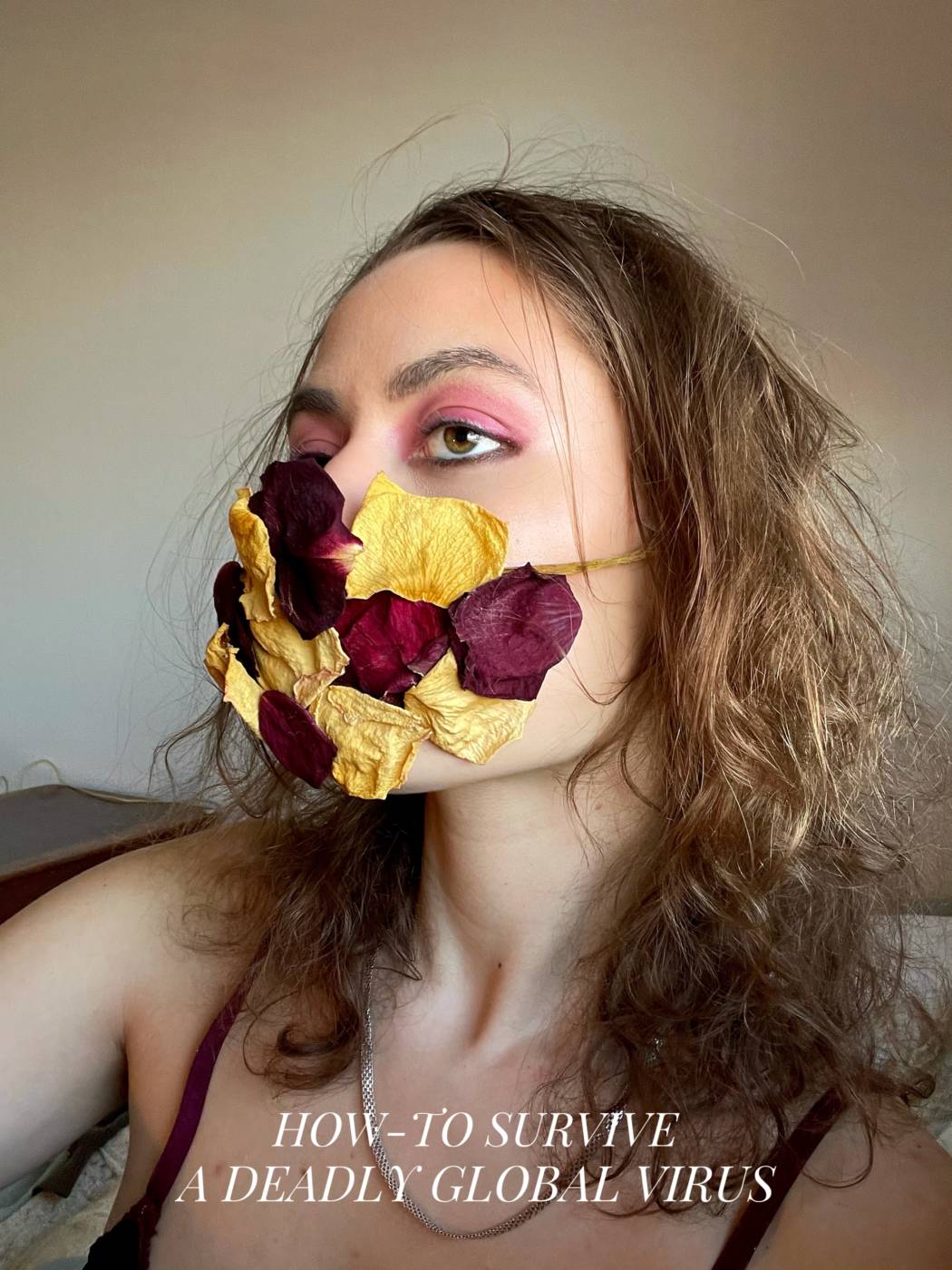
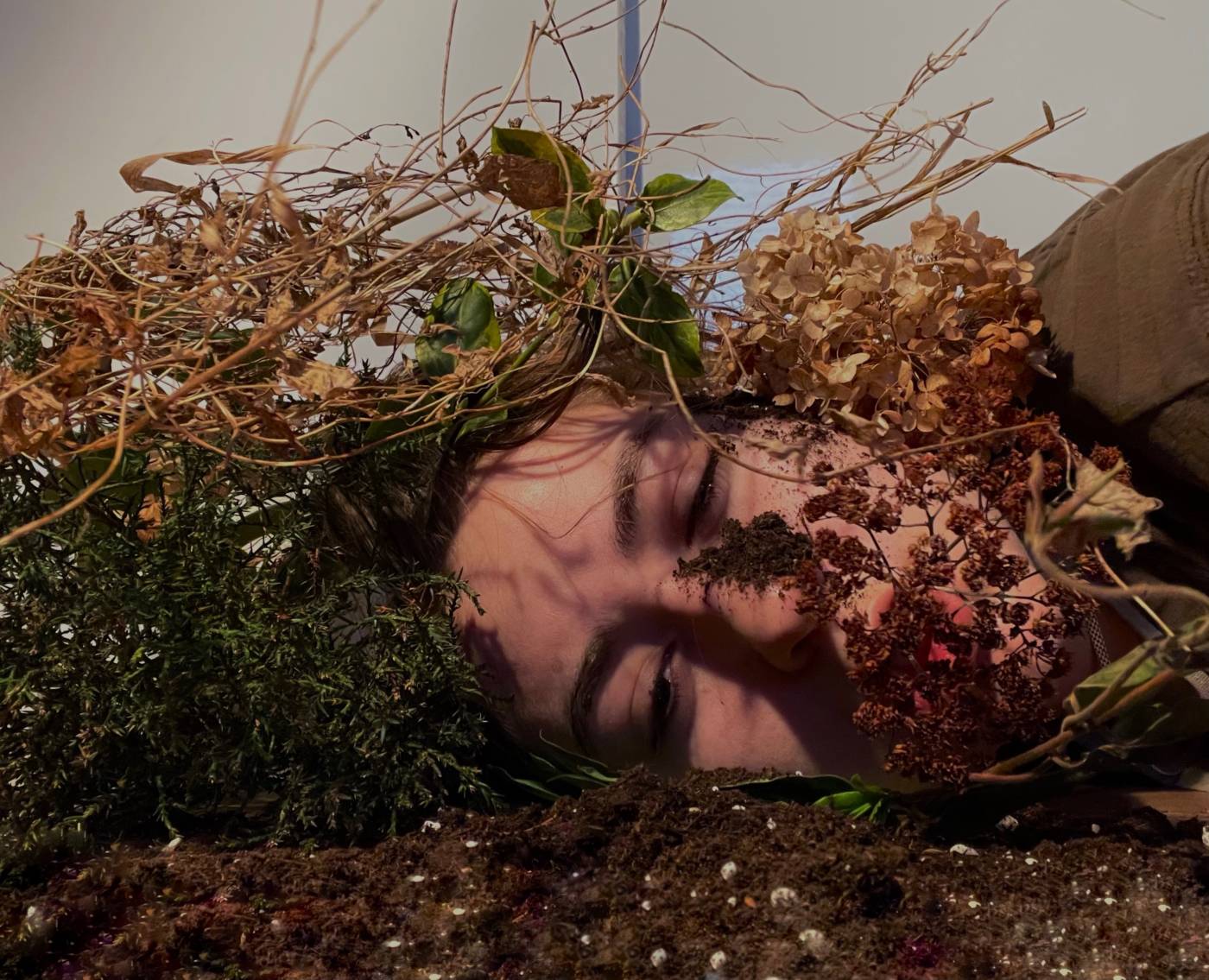
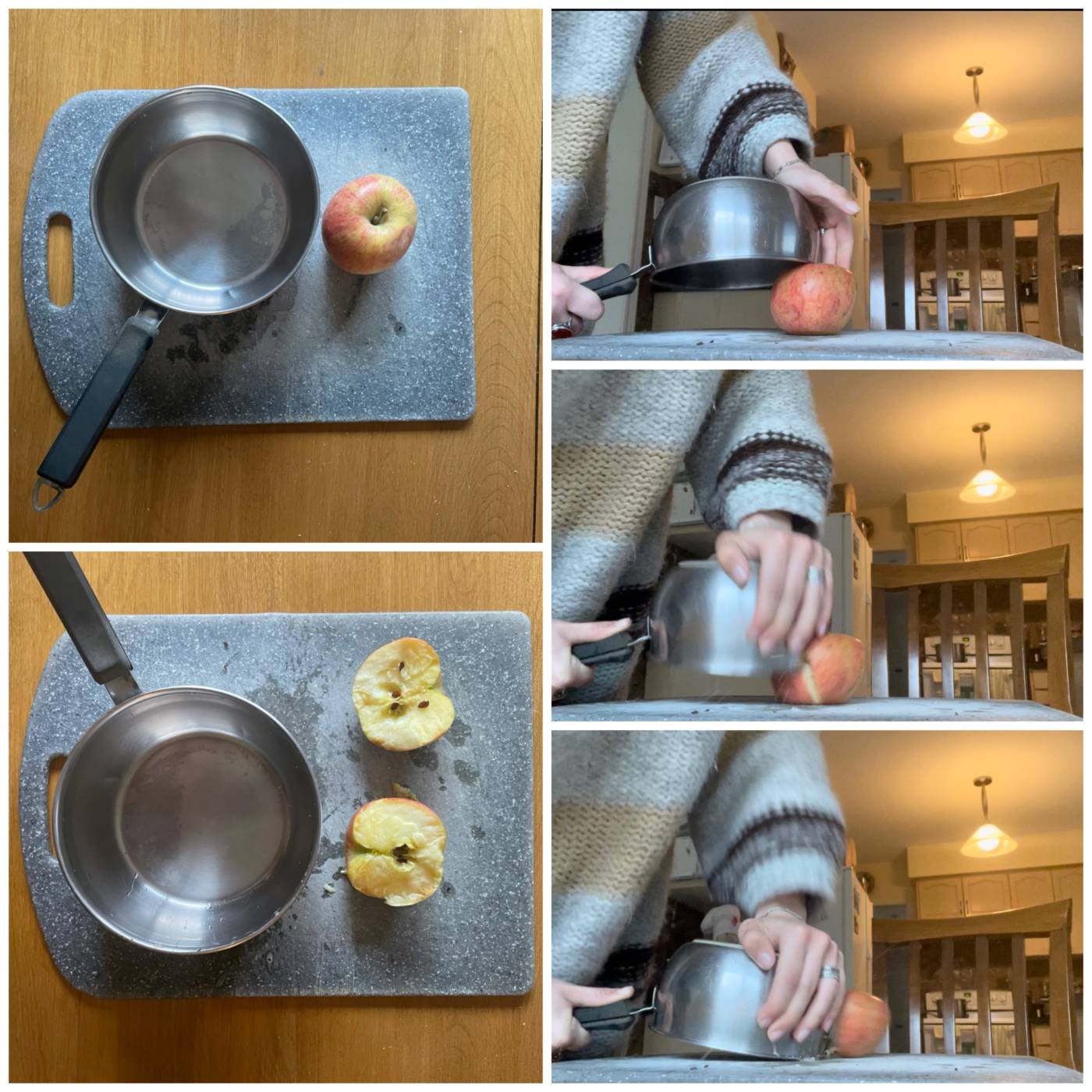

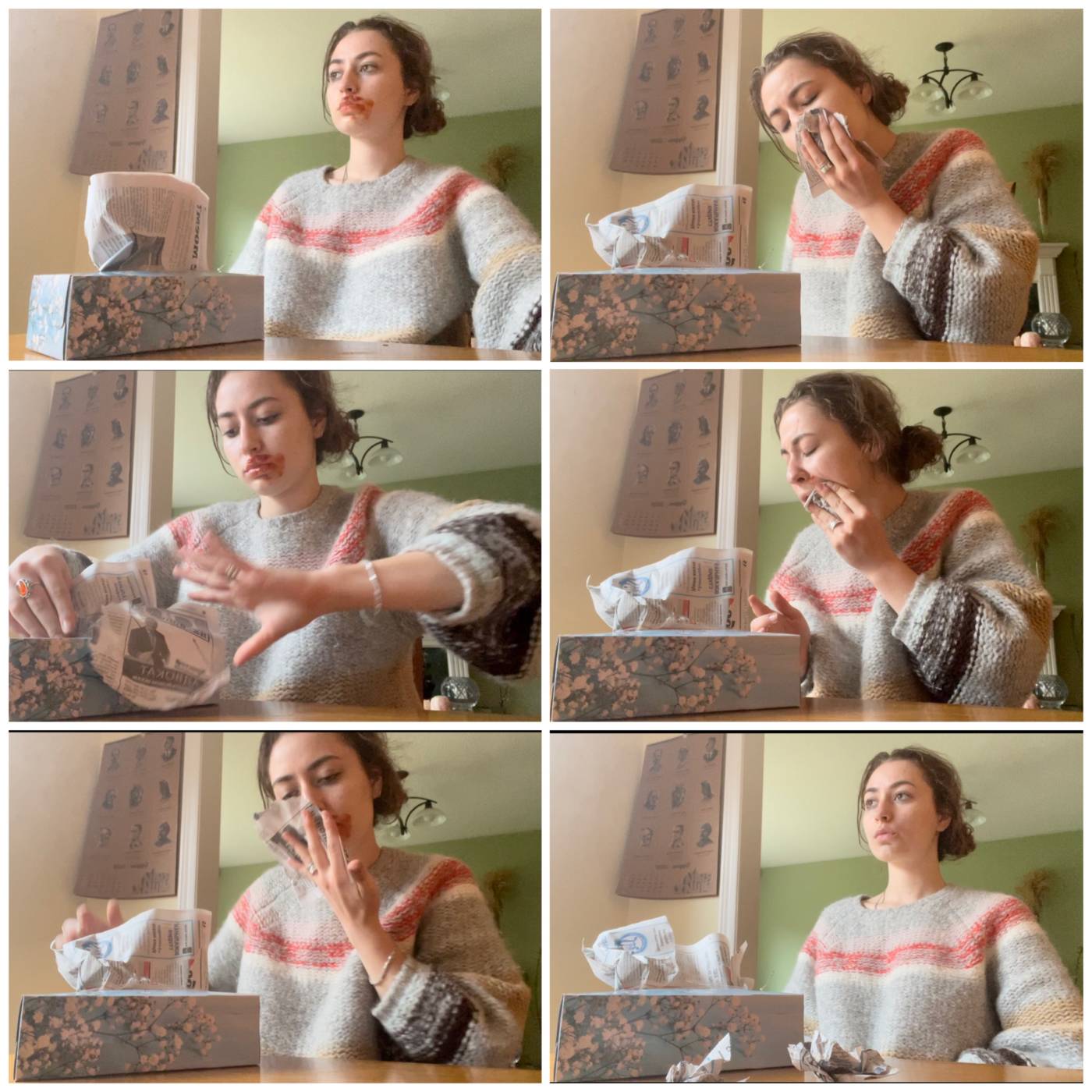
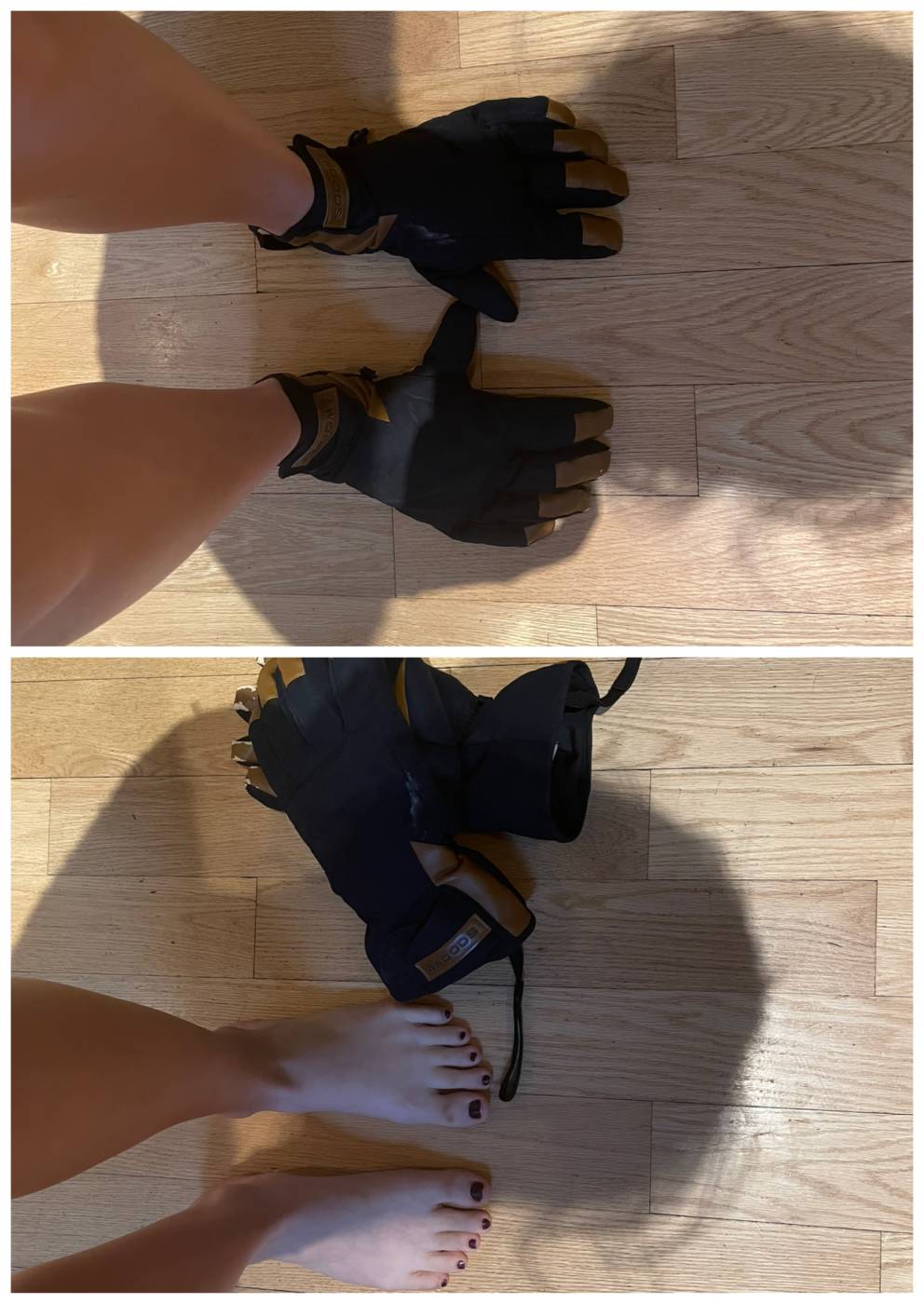
You must be logged in to post a comment.